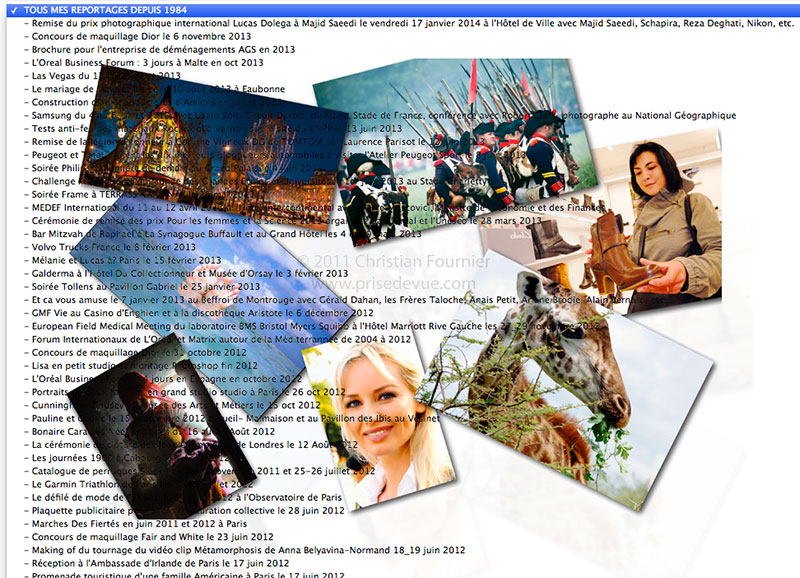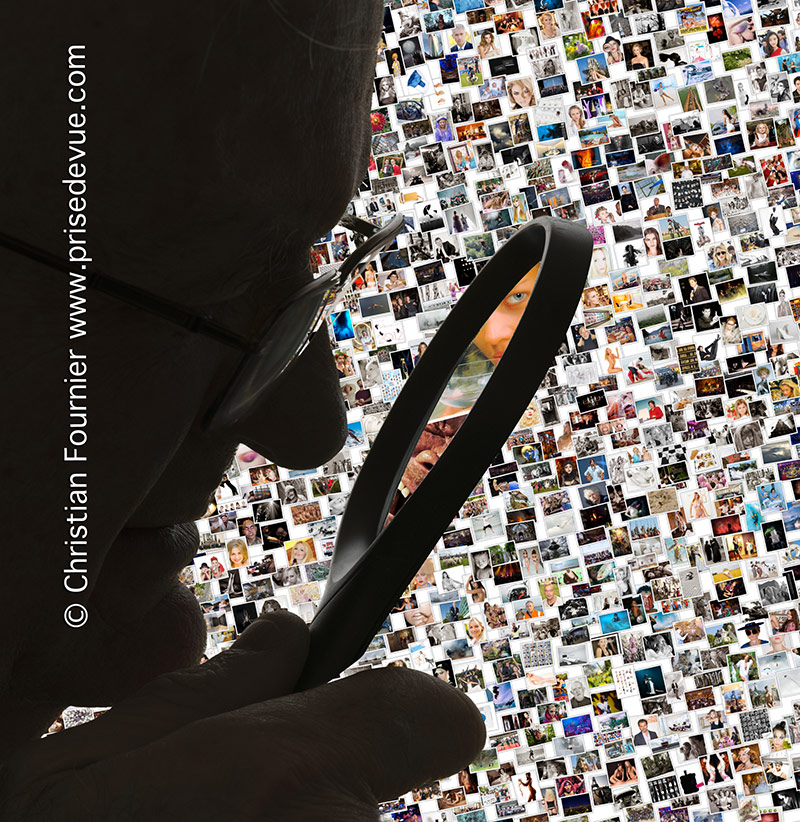Page 3: Anatole France Primary School, then the Robespierre Secondary School for Boys in Arras, Pas-de-Calais, France.<
I was a well-behaved and studious boy. Be assured, this did not last very long.
My first passion: Mathematics.
|
I suffer from severe asthma, which runs in my family, so I had not allowed to play any sports, not even running in the school yard.
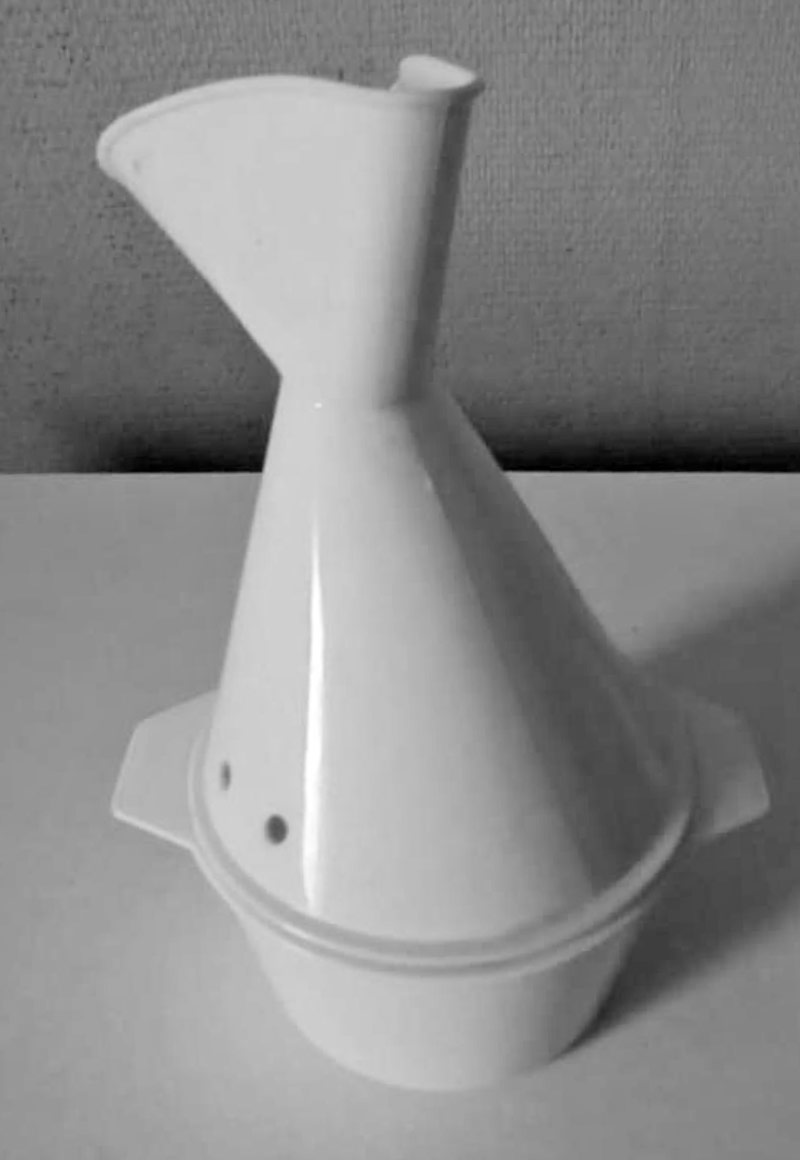
Therefore, I knwo nothing of parallel bars, weight throwing, kick a ball, etc ... Very sad.
But later, once in the USA, I took revenge and learn scuba diving, and dived everywhere in the world and went glacier climbing in Alaska.
1953
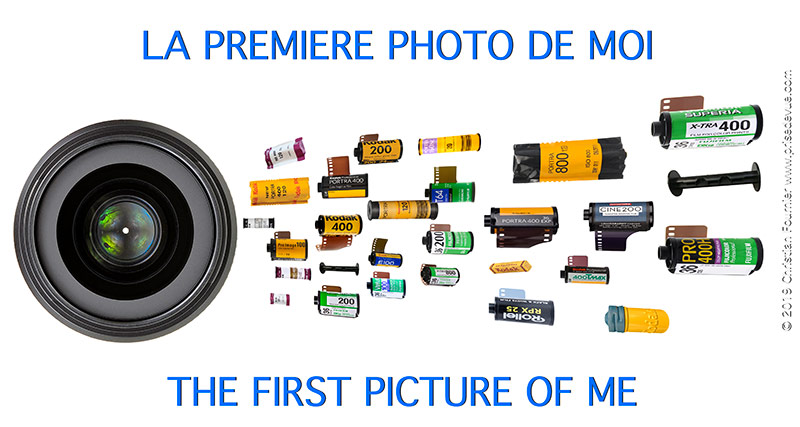
Well, OK, just before my conception.

La dernière fois où les gens étaient contents de me voir.

World population 06 July 1953 = 2 567 231
World population 07 July 1953 = 2 567 232 (me)
World population 1920 = 7 794 262
World population 1950 = 9 700 000 (educated guess)
World population 2100 = 0 (according to Stephen Hawking)
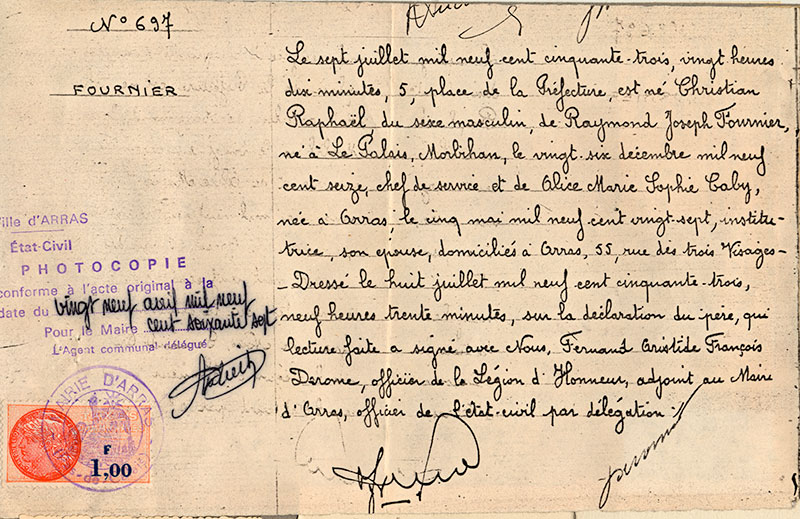 |
I am also allergic to alcohol. In Arras, France, in the years 50-60, if you can't talk football and have a beer, you are a weirdo.
My mind is devilishly governed by logic, so I am not good at diplomacy, politics and the French administration.
I became a bit reclusive.
|
Ancestral Mathematics
In order to be born, you needed:
2 parents 4 grandparents 8 great-grandparents 16 second great-grandparents 32 third great-grandparents 64 fourth great-grandparents 128 fifth great-grandparents 256 sixth great-grandparents 512 seventh great-grandparents 1.024 eighth great-grandparents 2,048 ninth great-grandparents
For you to be born today from 12 previous generations. you needed a total of 4.094 ancestors over the last 400 years.
Think for a moment - How many struggles? How many battles? How many difficulties? How much sadness? How much happiness? How many love stones? How many expressions of hope for the future? - did your ancestors have to undergo for you to exist in this present moment.
|
 |
"In the beginning the Universe was created. This has made a lot of people very angry and has been widely regarded as a bad move."
Douglas Adams, "Life, the Universe and Everything"
 |
Born on July 7, 1953 in Arras, Pas-de-Calais. It’s written here on my birth certificate, for a whopping 1 Franc.
Mother: School teacher
Father: minimum wage worker in a paint factory, constantly in bad health
He had a wonderful life.
Born in 1916, the natural (that is to say, illegitimate) child of a British soldier, he spent his entire childhood in the poor, woebegone “Père Halluin” orphanage in Arras. They practiced strict, even cruel, discipline and corporal punishment of course. My father as a child was heavily abused by a priest. He did denounce the priest, but of course no one believed him.
2 years of military service, then kept in service because of the threat of imminent war, then 8 months of war, 4 and a half years of captivity in Germany. No medal, no thanks to speak of. In 1945 he returned to France a weakened man. He was anti-military and an atheist. He died from cancer in 1985.
When he had to fill out his retirement application, around 1980, the French administration berated him for not having any paperwork to justify the gap in 1940-1945, so he wrote in large letters in the middle of the page: “Go ask Hitler!”
I have one sister, Martine, a history and geography teacher in Compiègne, and a brother, Dominique, an electric consultant living near Grenoble.
We rented a townhome. The owners, who lived in a neighbouring house, made our lives difficult. Then my mother had an affair with the owners’ son, hence the separation with my father and also, though much later on, the owners’ son. First lesson in life: never rent a place right next to the owners’ home.
A single water source in the entire house : in the kitchen. This was standard at the time in Arras, Pas-de-Calais. Same for the toilet, outside.
I suffer from asthma, which runs in my family, so I wasn’t allowed to play any sports, even to run during recess. So I have never known parallel bars, shotput or kicking a ball, etc… Quite sad.
Without sports, all that I had left was Boris Vian, Hara-Kiri, Monty Python, Isaac Asimov… and I was a good student.
Nowadays, the field of Medicine has completely changed its views in this regard: “The organization “ASTHME” recommends (translated from French) “that asthmatic children practice sports, including at a competitive level. The child will quickly learn how to regulate their effort and to anticipate attacks. Scuba diving using cylinders is the only sport that is advised against.” That last one is the sport that I’ve done professionally.
|
During all my childhood (1953-1980), I suffered from severe asthma, which runs in my family, so I was not allowed to do any sports, not even run on the school playground. So I have no idea, even now, what pommel horse, still rings, vault, parallel bars, and the high bar are all about, or even kicking a ball, etc. … Very sad. But later, as I got to the USA, got my revenge and went scuba diving all over the world.
|
Coluche : "Quand j’étais petit, à la maison, le plus dur c’était la fin du mois... Surtout les trente derniers jours ! " ("When I was young, at home, the hardest part was the end of the month… especially the last 30 or so days! ")
Christian Fournier : Award for Excellence, 1st place in Spelling Bee, 1964
|
 |
When I was younger, so much younger than today. |
In addition, I miss two front teeth, a little like John Lennon or Vanessa Paradis, but they were not yet known at the time.
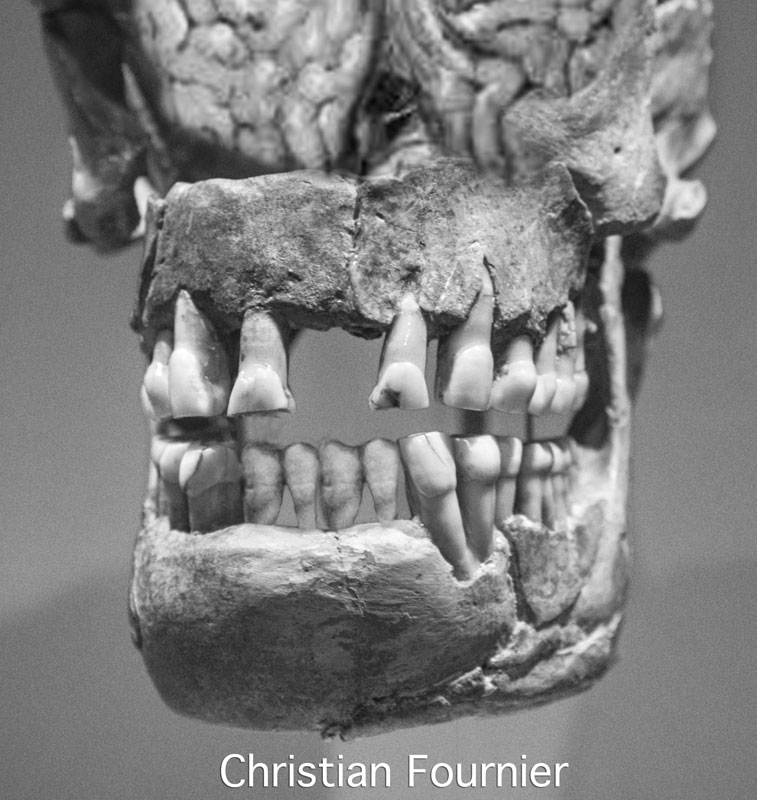
Well, there is worse, here is a cranium of Cro-Magnon man who also had the same dentition.

So I learned to smile with my mouth closed.

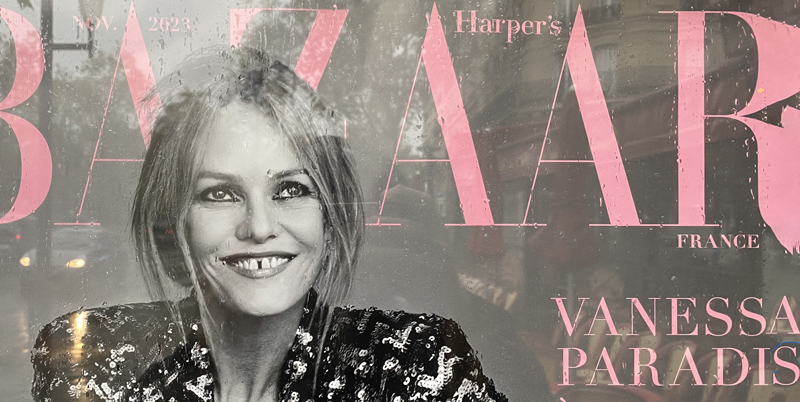
Vanessa Paradis non plus

My mind is devilishly governed by logic, so I am not good at French diplomacy, politics and administration.
So I was a little bit social.
Cet exellent film retrace un peu ma jeunesse.
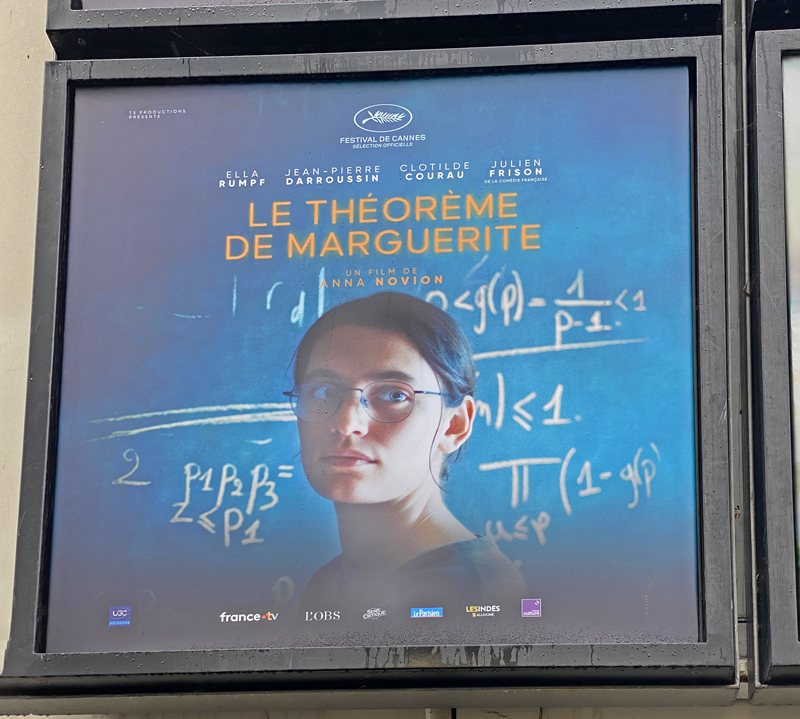
Le film Le Théorème de Marguerite (2023) de Anna Novion présente un personnage de normalienne, Marguerite, qui travaille sur la résolution d’un pan de la conjecture de Goldbach. La conjecture de Goldbach est l'assertion mathématique qui s’énonce comme suit :
Tout nombre entier pair supérieur à 3 peut s’écrire comme la somme de deux nombres premiers.
Formulée en 1742 par Christian Goldbach, c’est l’un des plus vieux problèmes non résolus de la théorie des nombres et des mathématiques. Il partage avec l'hypothèse de Riemann et la conjecture des nombres premiers jumeaux le numéro 8 des problèmes de Hilbert, énoncés par celui-ci en 1900.

Anagyre est le nom donné à un objet paradoxal qui, lancé dans le sens naturel de rotation tourne rapidement, alors que lancé dans le sens opposé, il s'arrête après quelques instants en vibrant, pour repartir dans le sens contraire et naturel de rotation
Christian Fournier is a man of average height who likes cats and coffee. He is also known for his photographs.
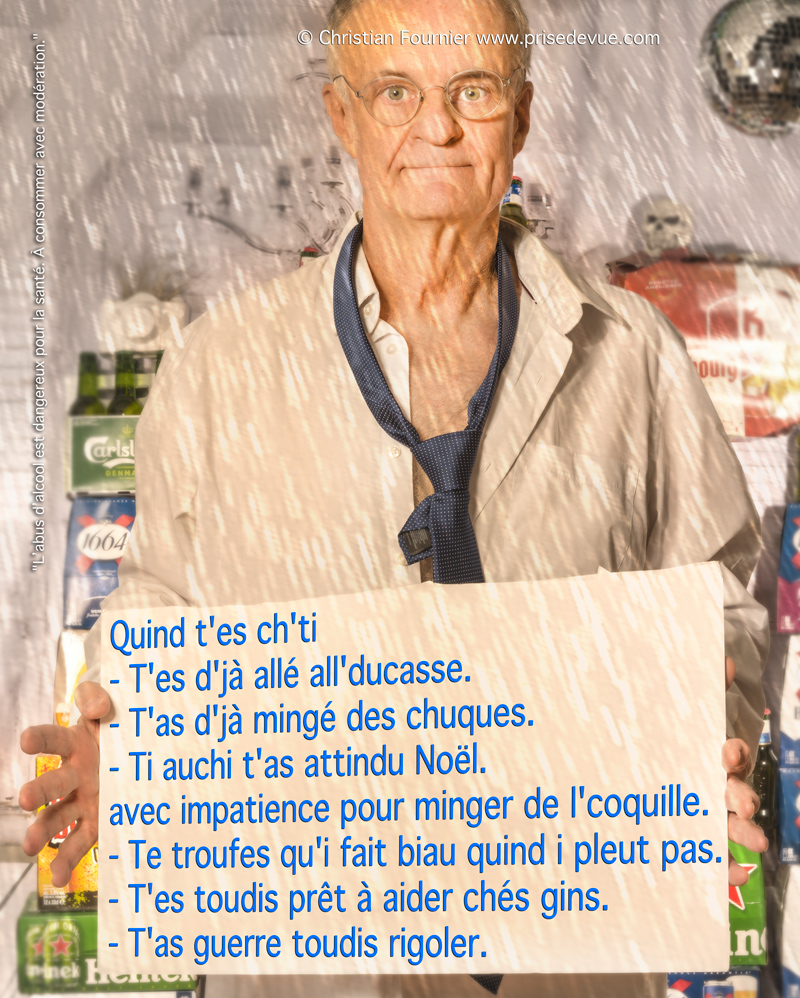
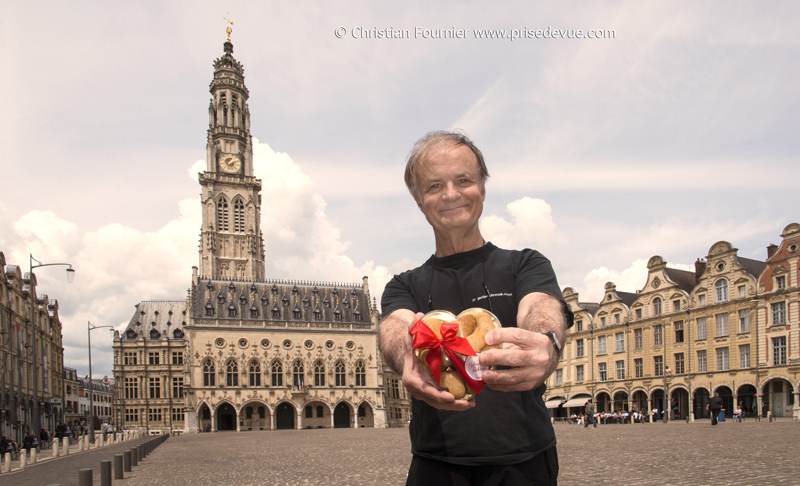
Sur la Grand-Place d'Arras en 2014
La ville d’Arras est réputée pour ses 2 magnifiques places baroques qui forment un ensemble architectural unique.
La place des Héros et la Grand’Place, qui forment cet ensemble extraordinaire, existent depuis sept siècles.
La Grand'Place, entourée de 155 maisons de style baroque flamand, accueille le marché de Noël d'Arras de fin novembre à fin décembre.
La place des Héros, qui doit son nom aux résistants de la commune de la Deuxième Guerre mondiale ayant été fusillés, comporte le beffroi et l'hôtel de ville.
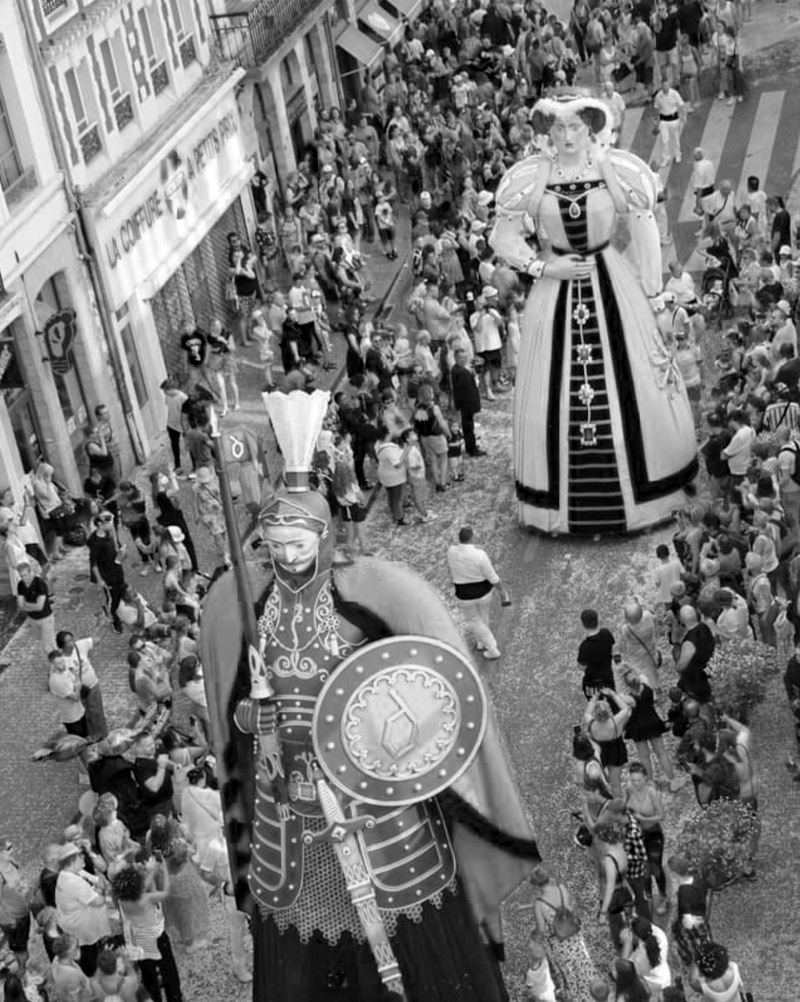
Les Gayant
Gayant est le géant porté qui symbolise les villes de Douai et Arras. Entouré de sa femme, Marie Cagenon, et de leurs trois enfants, Jacquot, Fillon et Binbin, il parcourt la ville chaque année pendant trois jours à l'occasion des fêtes de Gayant, début juillet.
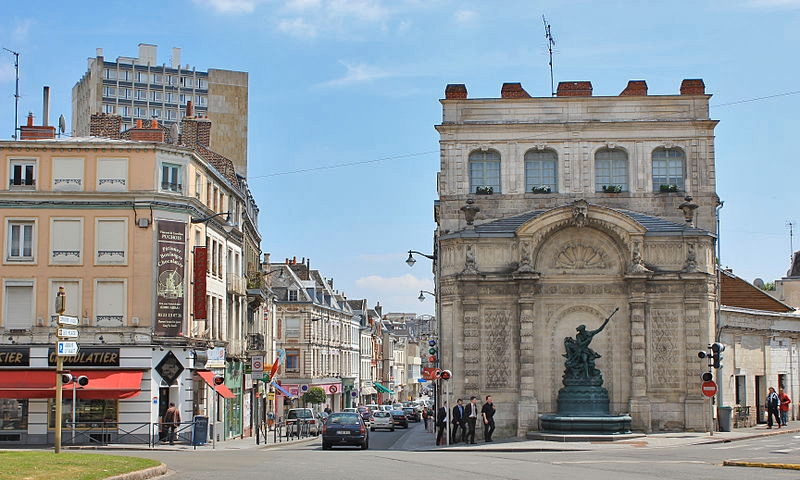
Le Pont de Cité à Arras
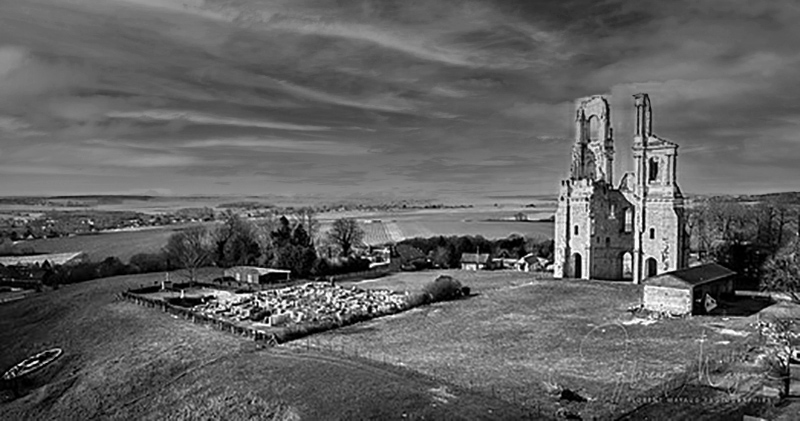
L'Abbaye du Mont Saint Eloi. L’abbaye du Mont-Saint-Éloi, est une abbaye fondée par saint Vindicien, détruite à la suite de sa vente comme bien national en 1793. Elle abritait une communauté de chanoines réguliers de la règle de saint Augustin exerçant une importante activité littéraire. Les tours encore présentes sur le site étaient la façade de l'église de l'abbaye reconstruite au xviiie siècle puis démolie au début du xixe siècle et lors de la Première Guerre mondiale.
Elle se trouve aujourd'hui dans la commune de Mont-Saint-Éloi, dans le département du Pas-de-Calais.

My grand father, André Victor Athanas Caby born 01 jan 1896
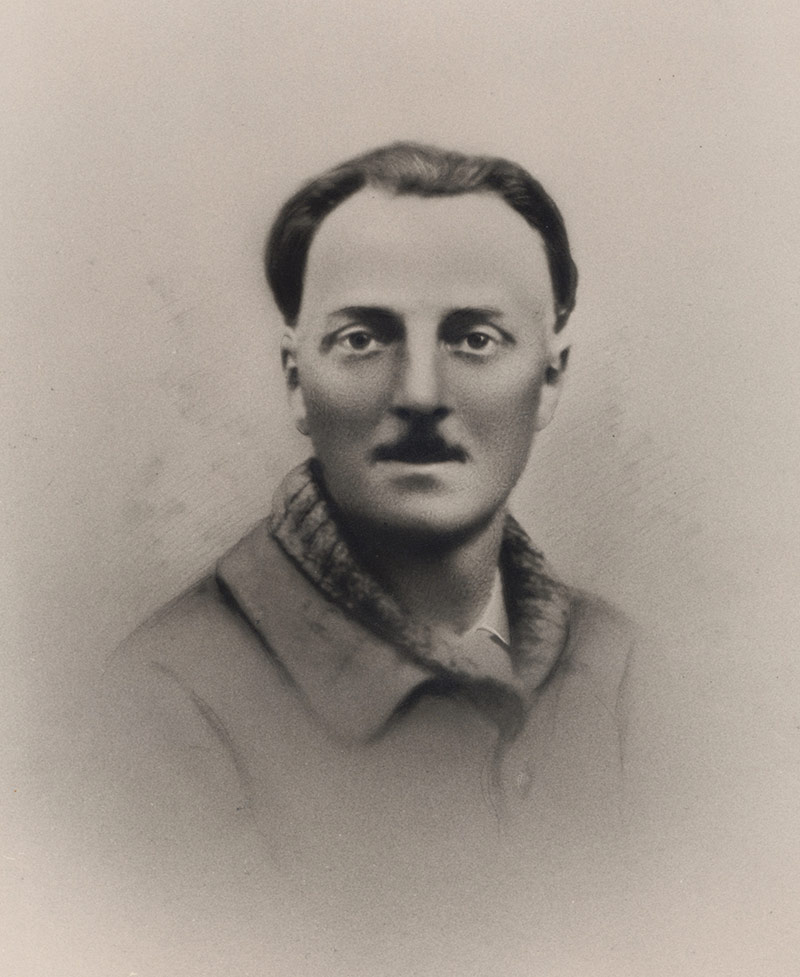
My grand mother Raphaëlle Lasson.
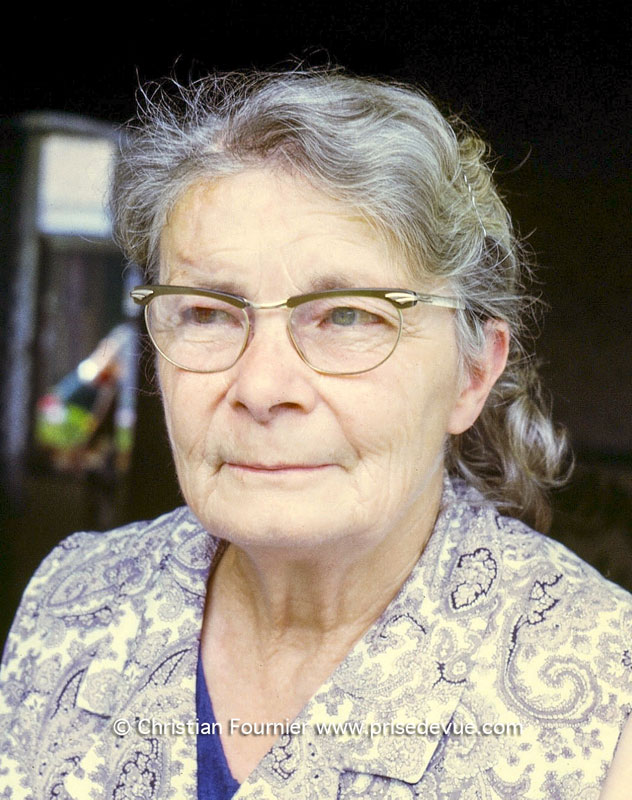
She used to say all the time: "It was better before" and "They will destroy the weather with all their inventions". She was finally right.


Mother : school teacher, officer of the French "Palmes Académiques", professor of applied pedagogy.
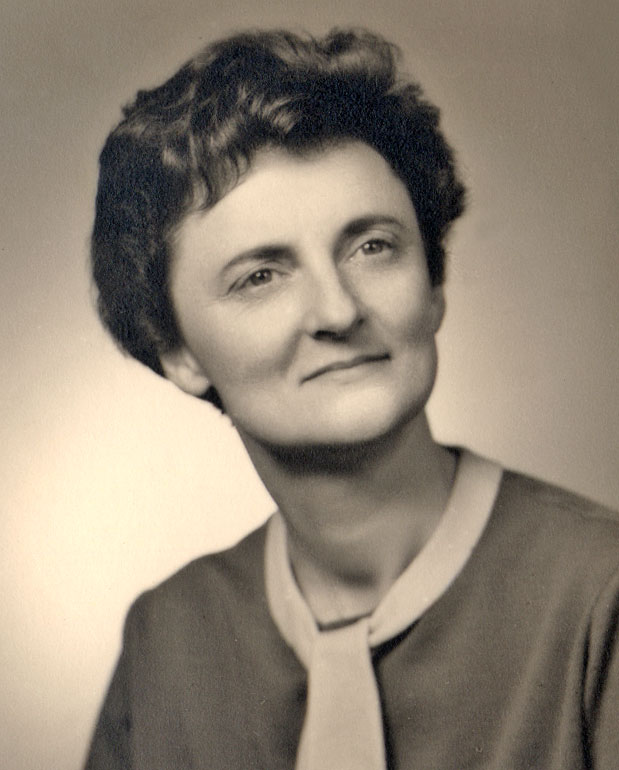
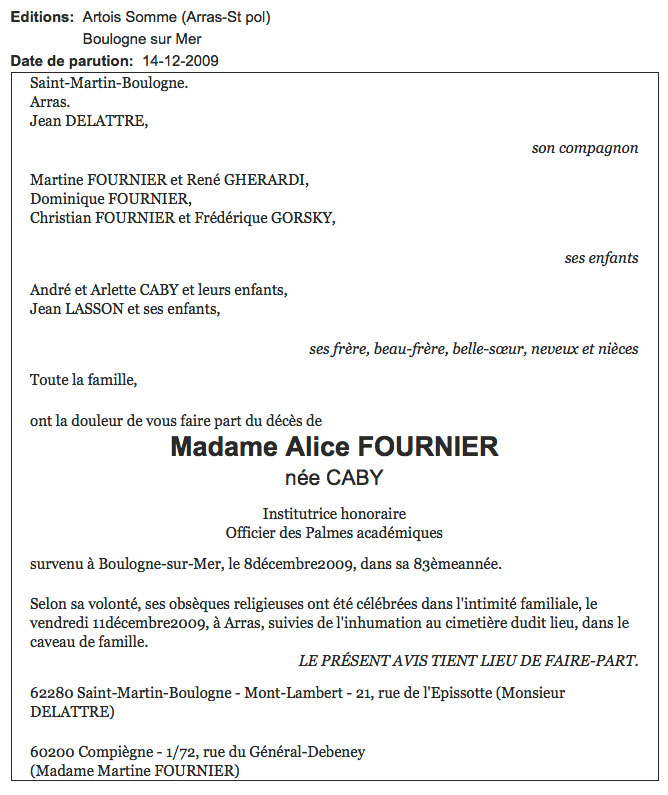

Father's Day Sunday June 20, 2021.
To honor my father's memory, I tried to follow in his footsteps to the Maginot Line, to Auschwitz, WWII, many WWII historical reenactments, to make a photo report for him.
My father, Born in 1916, low end worker in a paint factory for 40 years, in constant poor health. A "super" life:
√ Orphan, because the natural child of a British soldier of the First World War.
√ All his childhood in a very poor orphanage home, in Arras. Strict discipline, even cruel, corporal punishment. Daddy child was constantly sexually abused by priests. My father denounced them, but obviously he was not believed because "god is pure" and very powerful in the north of France at that time.


√ Military service for 2 years.
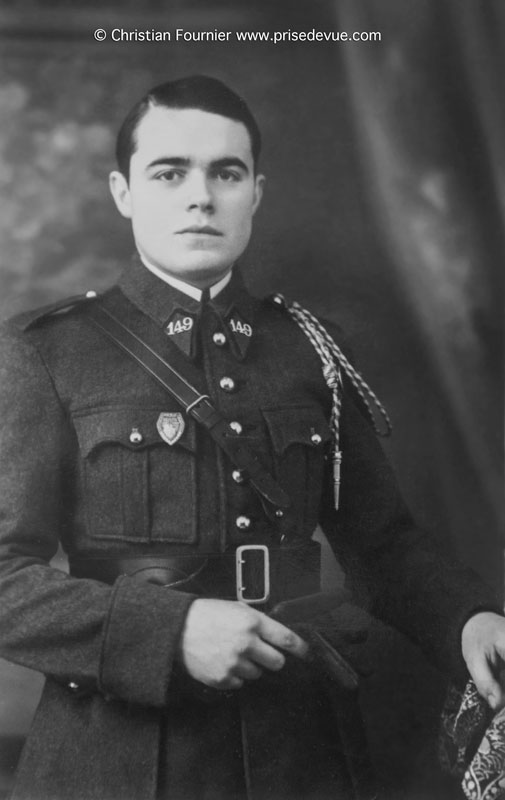
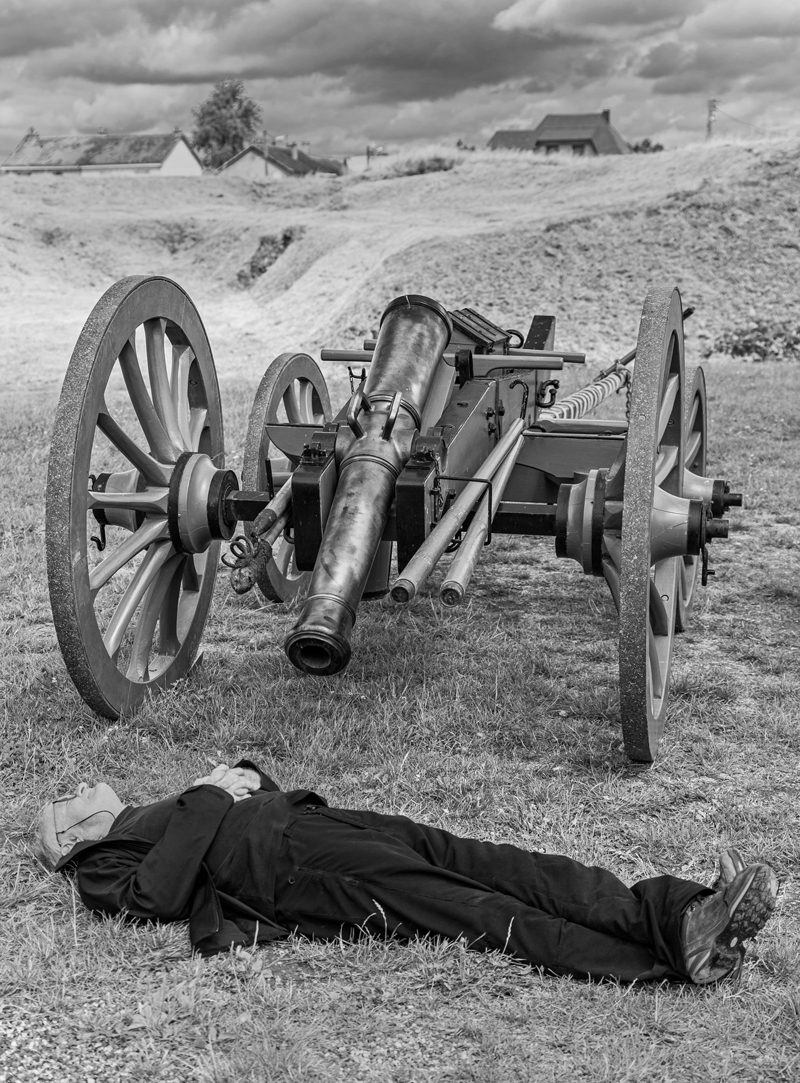
During the Rocroy reenactment in July 2023, I posed sleeping next to a working cannon. In tribute to my father who always said that during his military service, his colleagues said of him that he was the only one to have done this for real. Thanks to Giuseppe Fioroni for this view.
√ Maintained under the flags because of the strong threats of war.
Mo 
√ 8 months of war on the Maginot Line.

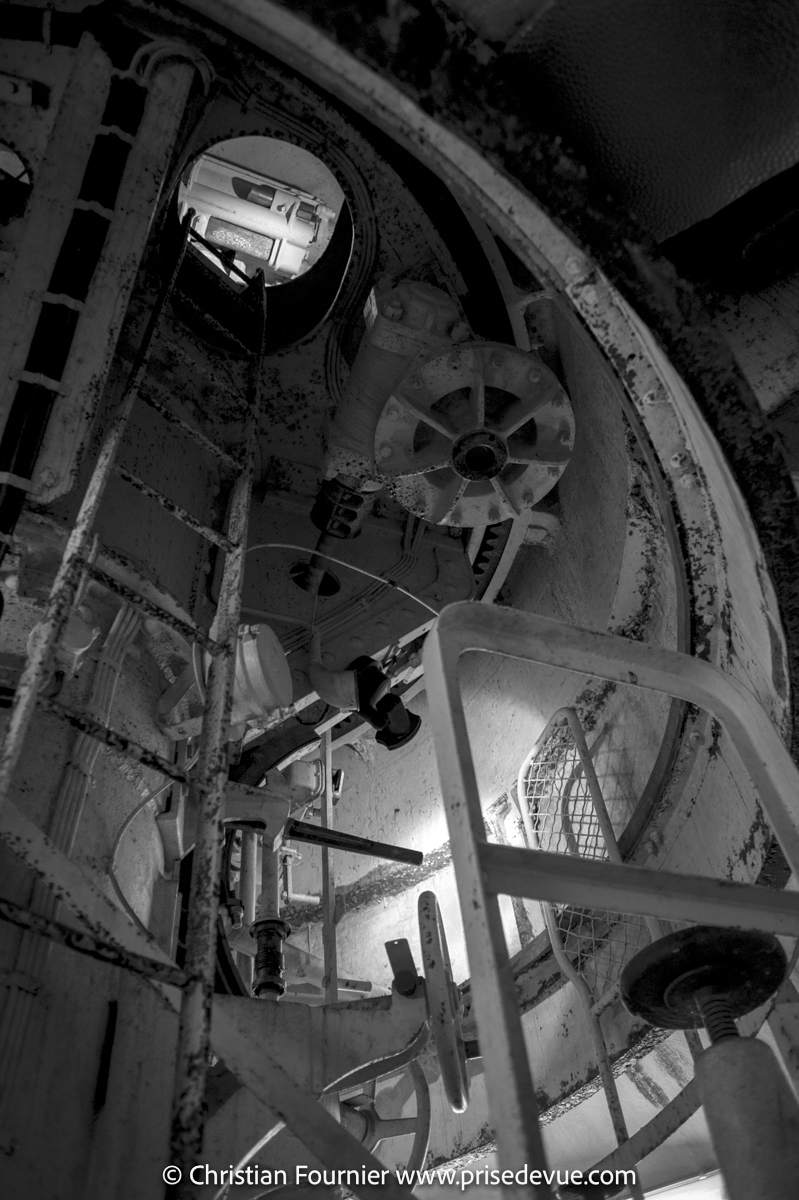
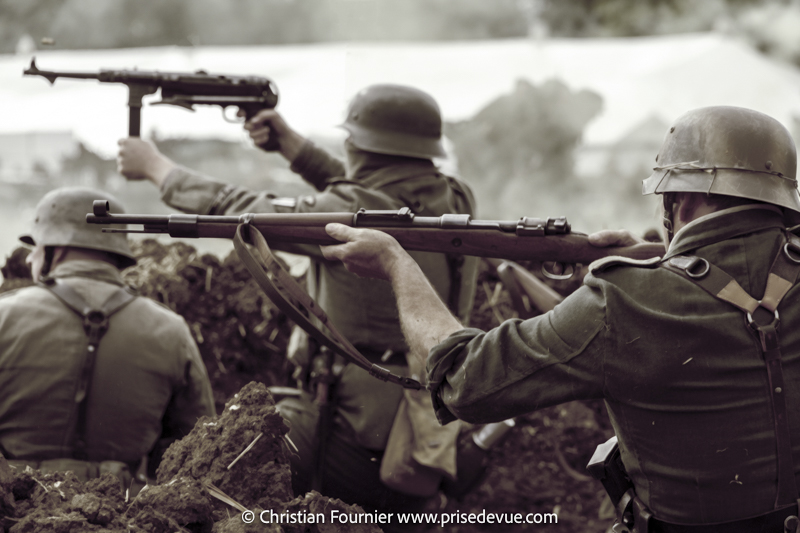
√ Taken prisoner.
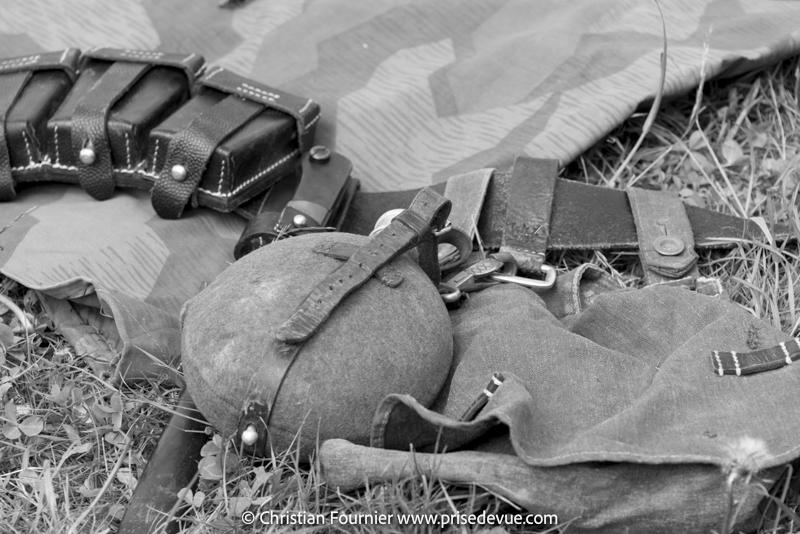

√ Four and a half years of captivity in a camp in Germany. He worked in excruciating conditions (-40 ° C winters without heating, only rutabagas to eat) in Wetzlar, in the Leica camera factory, (the famous 1942 Luftwaffen Eigentum IIIc).








The end of the war.

√ No medals, no thanks. He returned to France in 1945 forever weakened, and his mental and physical health never recovered.

√ He obviously became anti-militarist and atheist.

√ My mother married him out of pity. They had three 3 children.
My father and mother just after WWII. My parents were not rich, their photos quasi non existant.
The photos in those times were always very classy.
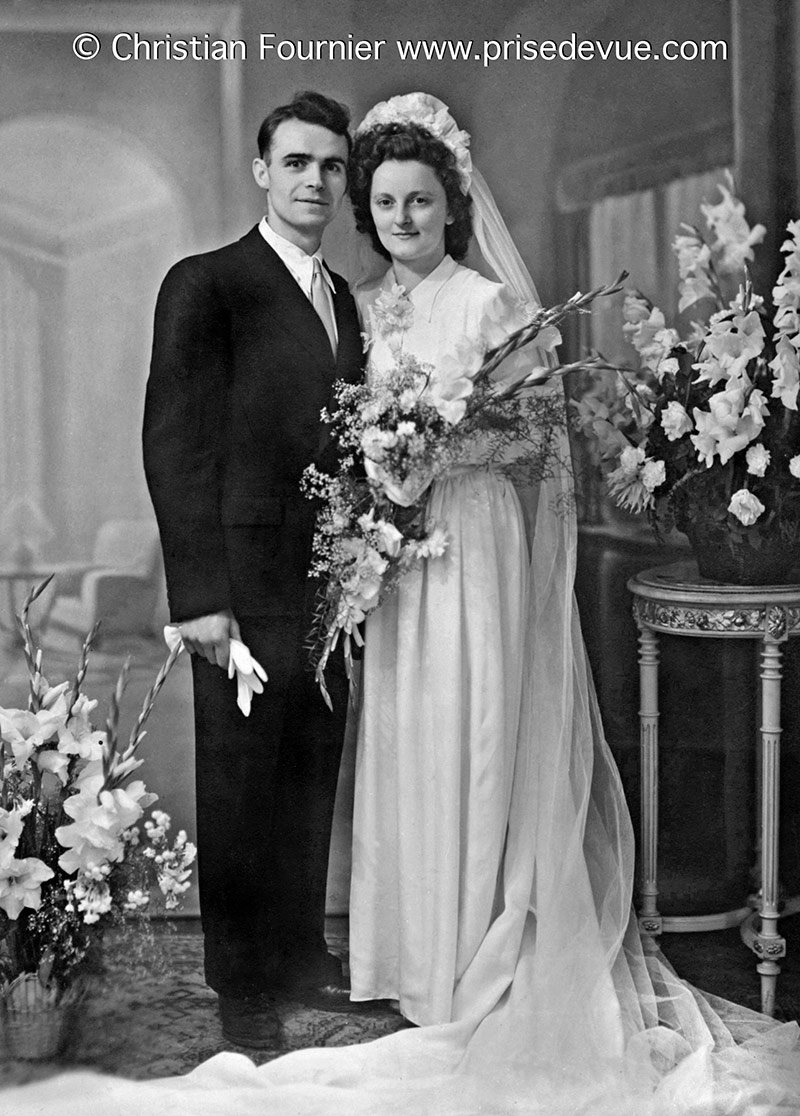


√ Cuckolded and constantly humiliated for 20 years by the neighbor, owner and dictator of our house.
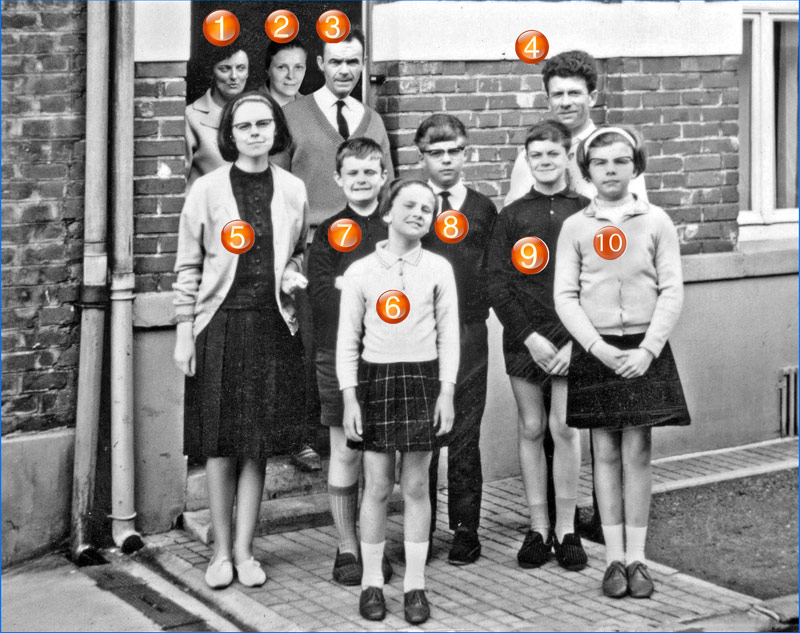
A rare photo of my family in June 1965, in front of the rented house, 14 rue Charcot 62 000 France.
1 Alice Fournier, née Alice Caby, ma mère
2 Simone Capron, née Simone Caby, la sœur de ma mère
3 Raymond Fournier, mon père
4 André Capron, le mari de Simone
5 Martine Fournier, ma sœur
6 Pascale Capron, ma cousine
7 Christian Fournier
8 Jean-Luc Capron, mon cousin
9 Dominique Fournier, mon frère
10 Christine Capron, ma cousine

√ My father was always nice.
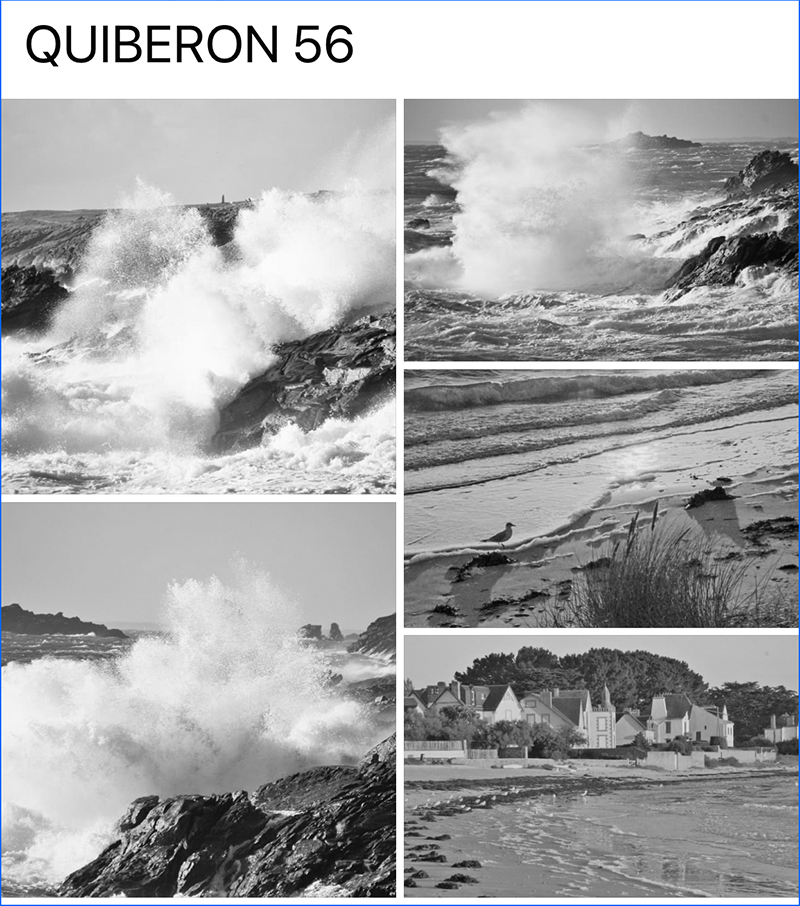
Il est né à Quiberon et en parlait toujours comme le plus bel endroit du monde
√ I saw my father for the last time at my brother's wedding in 1977.
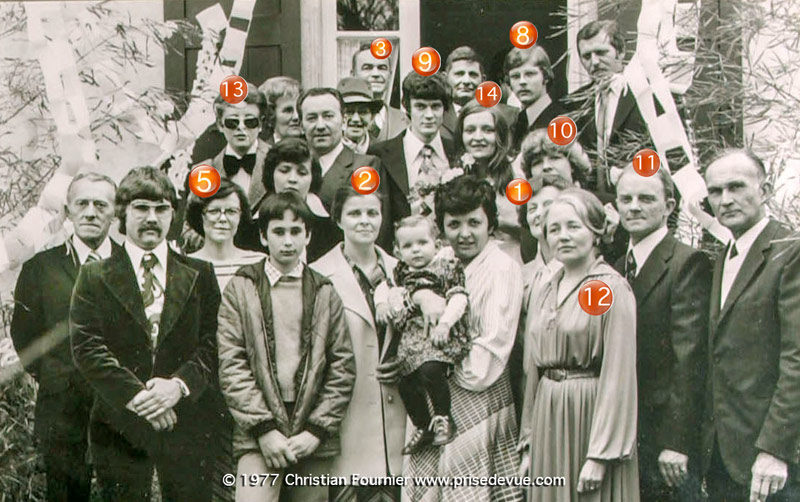
1 Alice Fournier, née Alice Caby, ma mère
2 Simone Capron, née Simone Caby, la sœur de ma mère
3 Raymond Fournier, mon père
4 André Capron, le mari de Simone
5 Martine Fournier, ma sœur
6 Pascale Capron, ma cousine
7 Christian Fournier
8 Jean-Luc Capron, mon cousin
9 Dominique Fournier, mon frère
10 Christine Capron, ma cousine
11 André Caby, le frère de ma mère
12 Arlette Caby, le mari d'André
13 Bertrand Caby, le fils d'André et Arlette
14 Hélène, la femme de Dominique

√ He died of cancer in 1985.

When he had to fill out his retirement form, around 1980, the French administration reproached him for having no proof of employment for the years 1940-1945, he wrote in the middle of the page: "ask Hitler!"
To honour his memory, I made a large reportage of historical enactments on "World War II"

Coluche : "When I was little, at home, the hardest part was the end of the month ... Especially the last thirty days!"
I soon learned to say that I did not want to go to the movies or a café or disco when my friends went there there, I said I was not hungry or did not want to.
CAUTION : VIOLENT PASSAGE. I DID SAY FROM THE BEGINNING THAT I WILL TELL ONLY THE TRUTH.
We rented a town house, 14 rue Charcot in Arras, Pas de Calais, 62 000. The owners, Mrs. Hoyez, his son Jean-Paul Hoyez, his daughter Simone Hoyez, who lived and owned the house next door, were horrible people. My mother had an affair with the owner's son, whence a complete disregard for my father. Jean-Paul Hoyez dropped my mother, 15 years later, for a much younger woman.
My mother sacrificed everything for this guy. As he had built a house, 1 rue du Parc, in Albert, 60 km from Arras, a huge distance at this remote time, he came only on weekends and holidays, so as not to see my mother every day. My mother spent all the household money to satisfy Jean-Paul and his mother, an old, shrewish and filthy woman. Since they were all three unscrupulous, they abused it thoroughly. Madame Hoyez entered our house at any time of the day and night to use our provisions, to make food, etc. She made us do her laundry, her ironing, her cooking. She also came anytime to watch television, to save electricity, because there were "a great many lamps in the TV set". She would be asking for money all the time. My mother never refused, lest the owners put us out (there was no rental agreement at that time!) She did not want to lose her Jean-Paul! It was a dictatorship, a tyranny, a daily humiliation. My mother refused to invite friends to the house so that they would not witness these horrors. We were outcasts!
First lesson of life: never rent a house next to the owners.
Only one water outlet in the entire house: in the kitchen, it was standard at the time in Arras, Pas de Calais, France. The same goes for the toilets, outside. No fridge, no phone, no TV. Of course, no WiFi!
As nobody in our entourage had these comforts, we did not suffer.
My mother, however, always made sure that our schooling was the best, always encouraging us to learn everything.
At home we spoke French and at school we spoke chti! (chti is the colloquial language in the North of France)
I suffer from severe asthma, which runs in my family, so I had not allowed to play any sports, not even running in the school yard. So, I do not know what parallel bars are, the shot put, kick a ball, etc ... Very sad.
But I have Boris Vian, Hara-Kiri, The Monty Python, Dr Isaac Asimov and I am a good student.
Nowadays, medicine has changed a lot on this subject: The association "ASTHMA" formally recommends the practice of sport to asthmatic children including in competition.The child will learn very quickly to regulate his effort and especially to prepare it. Scuba diving with air tanks is the only sport not allowed. It's the one I practiced professionally.

My oncle André Caby, my mother's brother.
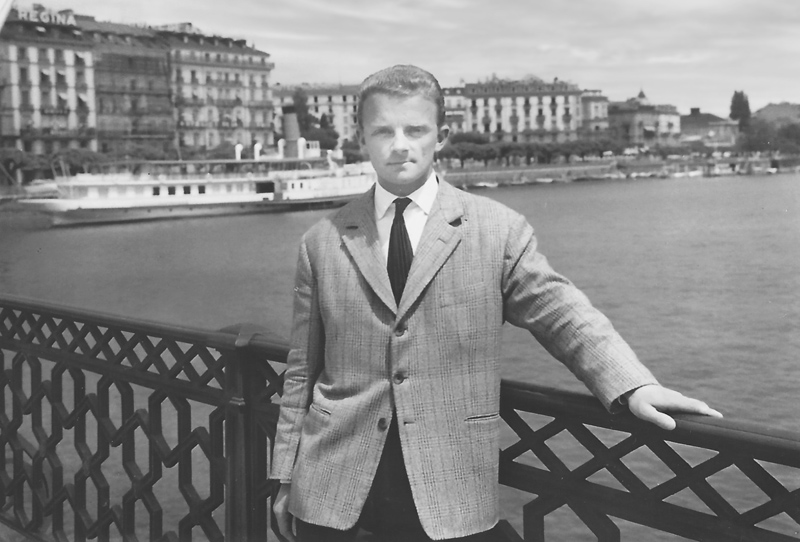
My aunt Simone Caby, my mother's sister, affectionately called "Marraine Simone".
She got me to love "Les compagnons de la chanson".
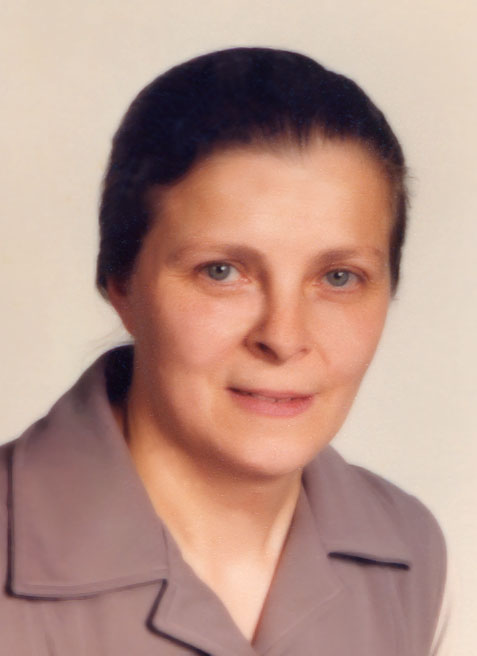
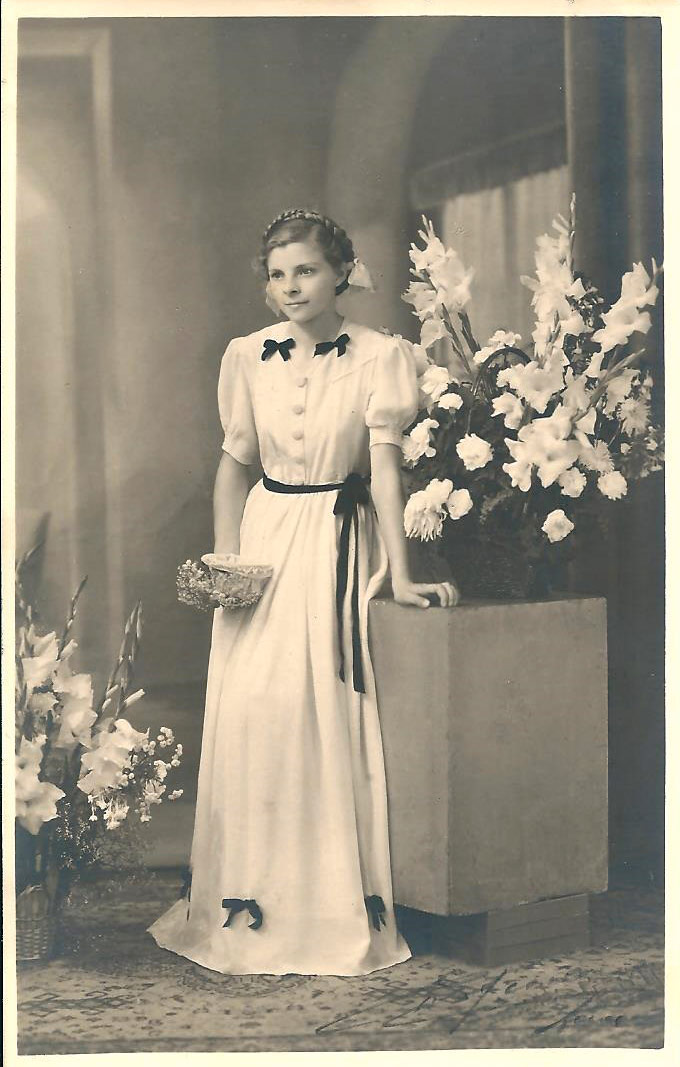

My brother, Dominique, became a consultant in electrical installation near Grenoble. A very shy, very intelligent guy. but suffering from major psychological problems and OCD
He didn't even come to the funeral of our sister who had pampered him throughout his youth.
I briefly left my studies and work in England to be at his wedding.
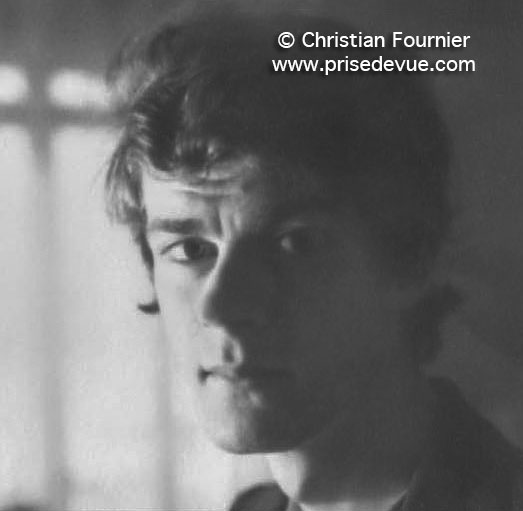 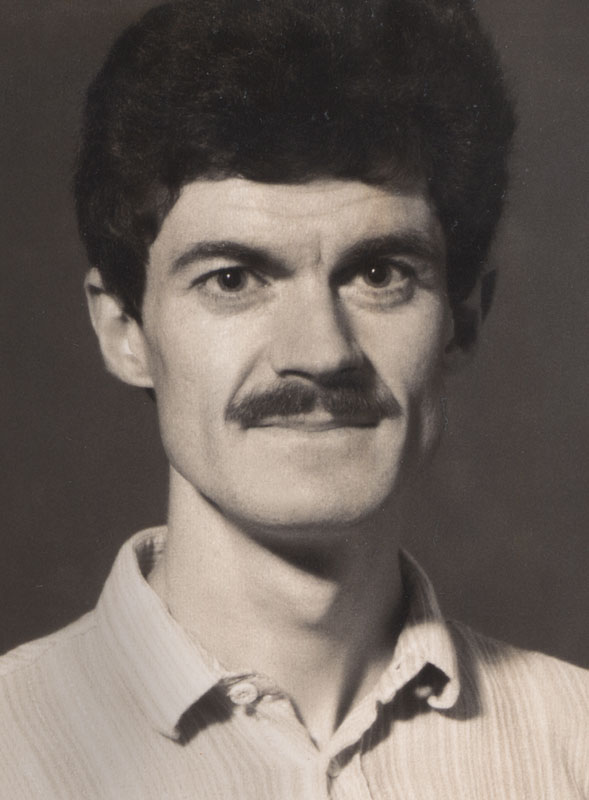
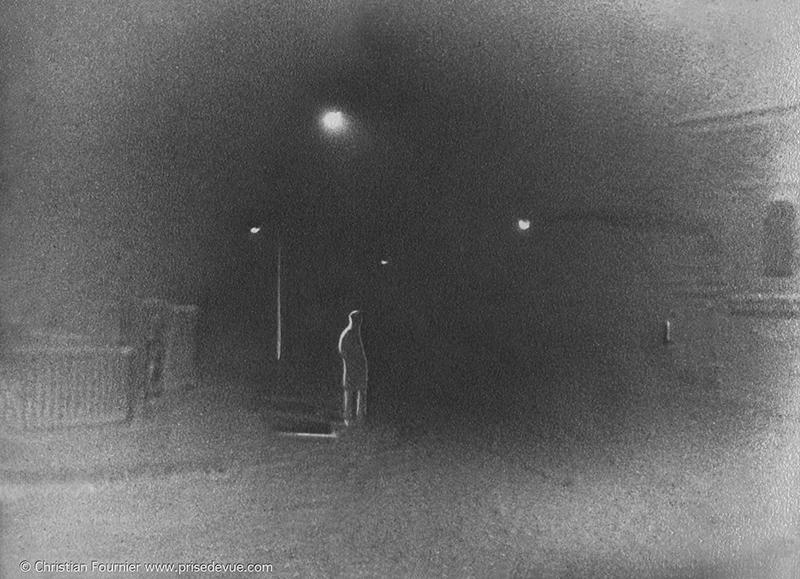
Mon frère Dominique à Amiens, par temps de brouillard, avec une solarisation en chambre noir.
Il semble qu’à l’origine, la solarisation fut découverte par Lee Miller (assistante et modèle de Man Ray).
Un jour, qu’elle travaillait dans la petite chambre noir, Lee alluma la lumière, oublia que 12 négatifs, des nus d’une chanteuse blonde sensationnelle nommée Suzy Solidor, se trouvait dans la cuve de développement. Craignant d’avoir réduit le travail à néant, elle éteignit et appela Man, qui put à peine réprimer sa colère. Puisqu’il était impossible de renouveler la séance de pose, Mlle Solidor, ayant quitté Paris, ils plongèrent les négatifs dans le révélateur, pour voir ce qui se passerait… Le résultat, un inversement partiel des blancs et des noirs, était saisissant. Une ligne délicate détachait le torse de Suzy du reste de la photo. « Les parties non exposées du négatif », qui correspondait au fond noir, avaient été exposée à cette lumière violente, raconte Lee. C’était le premier exemple de ce que Man appelait la « solarisation » en hommage aux charmes de Mlle Solidor, dont le nom signifait « donneuse de soleil » un nom de code pour leur découverte.

A sister, Martine, who became a history/geography teacher in Compiègne, Chevalier des palmes académiques.
 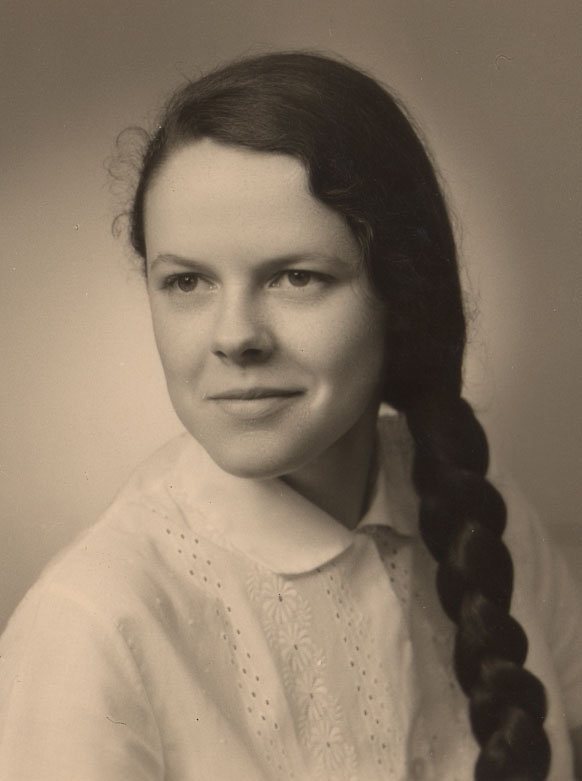
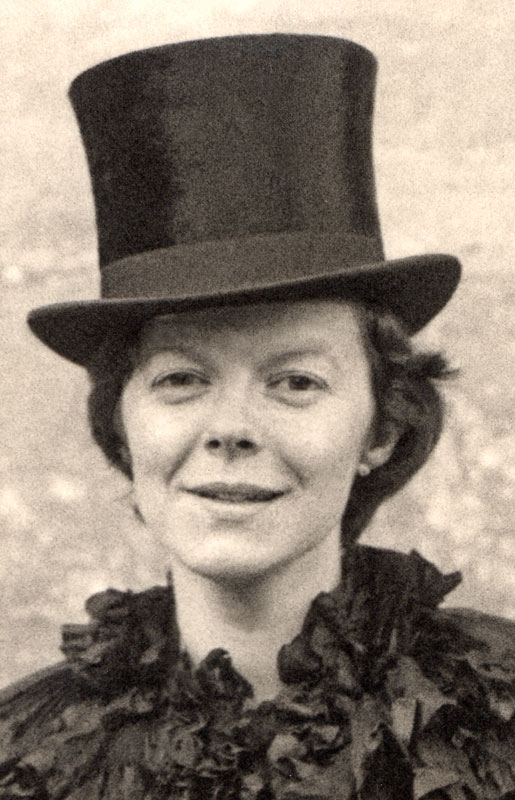
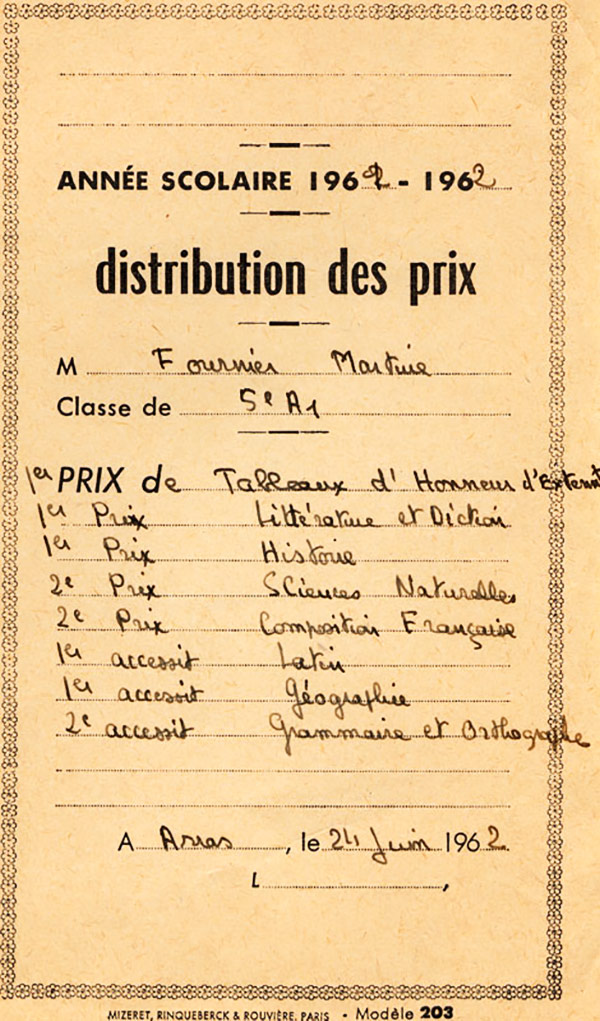
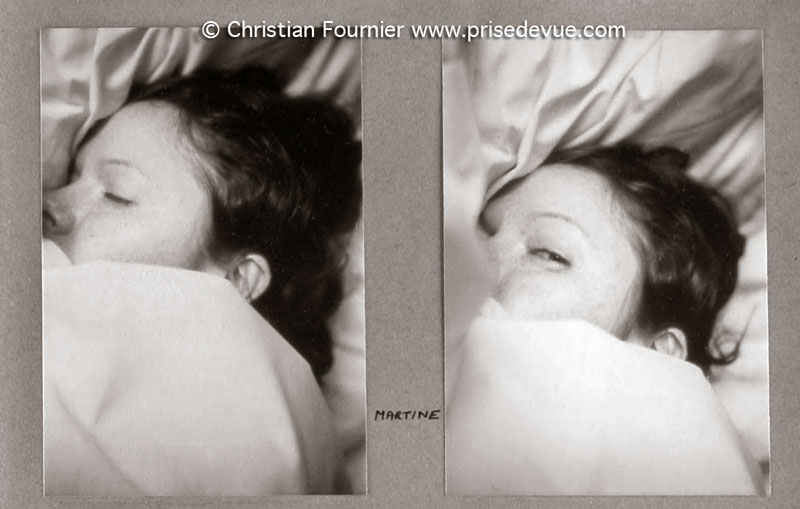
Environ 1970
02 June 2018 : My sister Martine 70th birthday at l'Auberge du Mont St Pierre in Vieux Moulin, near Compiègne, France.

Martine is in the front row with the yellow jacket.
As the vast majority of guests are teachers, I did a classroom picture!
From left to right :
Bottom : Annie SINGLANDE, Monique BELIN, René GHERARDI, Julien DELAVENNE, Martine FOURNIER, Danielle DESNOUVEAUX, Marie-Claude ASSOUS.
Middle : Clive WATSON, Maryse COUTEAU, Bernard COUTEAU, Patrick COUTEAU, Marie-Annick DELAVENNE, Jacques DELAVENNE, Simone TALOTE, Anne-Marie BOURDIER, Andrée CAUSEUR, Frédérique GORSKY.
Top : Marie-Hélène CARREAU, Jean CARREAU, Christine DUTHEILLAUMAS, Michel ROBERT, Michel VERMARE, Roland BOURDIER, Emilie GORRETEAU, Jacques BERNET, Jean-Pierre TALOTE.

25 December 2017 : Christmas in Compiègne, at my sister's.
From left to right, above: Andrée, teacher; Christine, professor of physics / chemistry; Martine Fournier, my sister, professor of history / geography; Danièle, professor of natural sciences; René, professor of physics / chemistry.
Below: Frédérique, Human Resources at La Coupole and Christian Fournier, photographer and former Math teacher

5 septembre
2018 : Martine passed away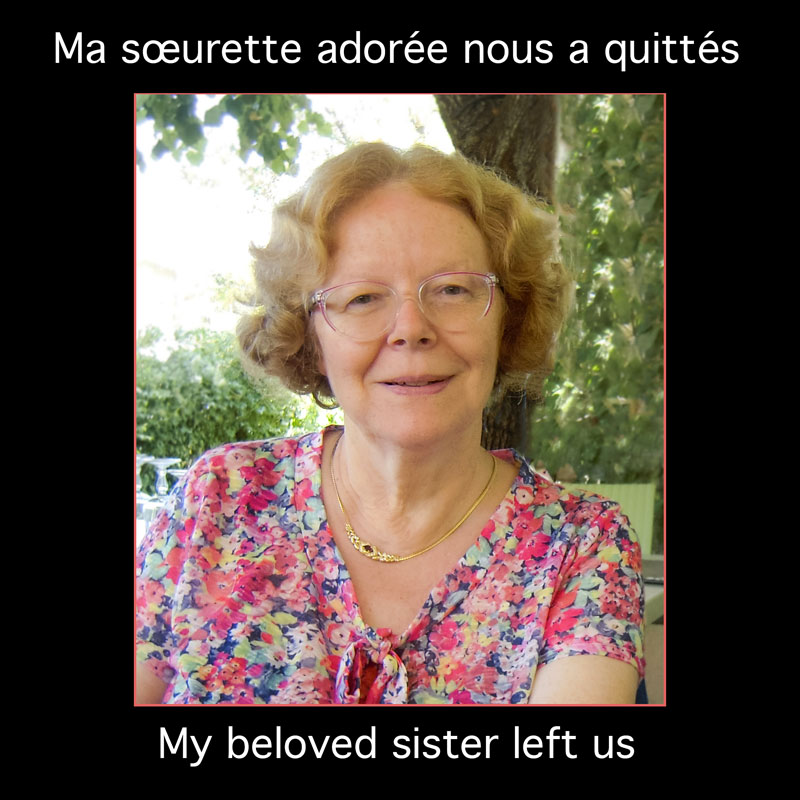
Martine FOURNIER de Compiègne (60200) 24/05/1948 - 5/09/2018
René GHERARDI, son compagnon,
Christian et Frédérique FOURNIER,
Dominique FOURNIER, ses frères et sa belle-sœur, ses cousins, cousines, et toute la famille
ont la tristesse de vous faire part du décès de
Martine FOURNIER
survenu le mercredi 5 septembre 2018, dans sa 71ème année.
Les obsèques seront célébrées le mardi 11 septembre 2018
à 10 HEURES 30, en l’église Saint-Paul des Sablons de COMPIEGNE Adresse : 2 Avenue de Huy, 60200 Compiègne Téléphone : 03 44 20 27 50
suivies de l’inhumation au cimetière d’ARRAS, Rue Georges Clemenceau, 62000 Arras.
Les fleurs et les plaques seront remplacées par des dons au profit d’une association de chiens guides d’aveugles.
Déposer vos condoléances sur www.pffontaine.fr ou sur registre le jour des obsèques.
SARL PF FONTAINE Béthisy - Crépy
Pompes Funèbres FONTAINE
My eulogy for my sister.
Hi, for those who do not know me, I am Christian Fournier, Martine's younger brother.
And I am Frédérique, his companion.
I ask your indulgence, and your patience, already from the beginning, because I have never managed to read my text without crying from the first sentence. Frédérique is here to help me. Frédérique has a text that comes after mine. I made it brief because I know I could not go far
My beloved sister has passed away.
"We will not see Tati Martine again," my children told me.
Like Martine, we have lots of children, ...
... our little stuffed animals.
Martine and I had in common, without ever being consulted, this love of stuffed animals. Martine brought back from her trip to England two identical stuffed toys: Hamleys for us and Edgar for her.
Martine read to my brother Dominique and me, in our youth, all the Asterix as they appeared in the newspaper La Voix du Nord. Thank you Martine.
Martine, to cheer me up during my military service, invited me to Coluche and Guy Bedos shows, in the front row. Thank you Martine.
Martine had managed the feat of reuniting my father and mother to visit me in England during my school photo and we had a great time. Bravo Martine.
Martine was also my irreplaceable confidante ... since 65 years.
65 years of memories and thoughts. Thank you Martine.
Hello Martine
Frédérique and I used to phone her for history or geography problems during our re-enactments.
And she always knew everything.
Allo Martine.
I sent her, across the oceans, my photo albums to save them.
Allo Martine.
Allo Martine.
Martine and Rene came to our house in Paris, after each of their many trips, so that I save their digital photos.
Allo Martine.
Martine was kind, generous, cheerful and always ready for adventure.
My pain is immense.
Martine, I will miss you so much.
Martine, rest in peace.
*****************************************
You are gone
but thank you for all these soft, sweet things
you left behind,
in my home,
in my head,
in my heart.
***************************************************
I'm Frédérique Gorsky, Martine's sister-in-law.
Martine is gone.
I had many ideas for the continuation of the adventures of Martine *, but this one should not exist before very long.
I wanted many more: Martine in the Vosges **, Martine in Malta ***, Martine celebrates 75 years, Martine at the Olympic Games 2022 **** ....
Thank you Martine for having accompanied me during these years, and for taking me on your adventures.
* For those who were at Martine's 70th aniiversary
** Frédérique and I had organized a surprise party for René by inviting all his friends to a large cottage in Strasbourg at the end of October 2018
*** Martine and Rene had plaaned a holiday in Malta in September 2018
**** Martine, René, Frédérique and I promised to go to the opening ceremonies and closing of the Olympic Games in Paris in 2022.
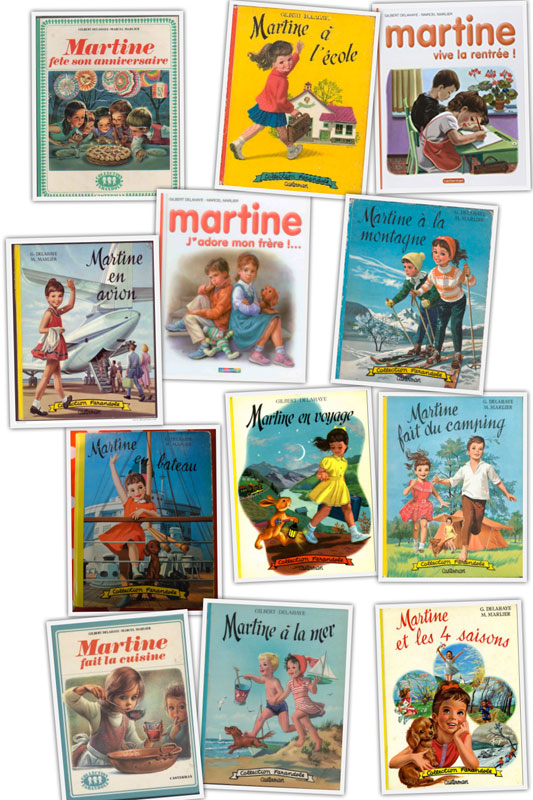
Martine FOURNIER (1948-2018) Secrétaire adjointe de la Société d'Histoire de Compiègne
Nous avons appris avec la plus vive douleur la brutale et bien trop précoce disparition de Martine, dans sa 71ème année, mercredi 5 septembre, des suites d'une cruelle et foudroyante maladie. Moins de quatre mois après le décès de notre ancienne vice-Présidente Françoise Martins, dont Martine était proche, nous déplorons la perte non moins cruelle de notre si dévouée secrétaire adjointe, collègue et amie chère de plus de trente ans. Elle avait fêté ses 70 ans au printemps dernier et participé à toutes nos dernières activités, aux séances et repas de notre 40ème anniversaire, à l'excursion de Nampcel en mai-juin. Cet été elle fit encore un heureux séjour à Nice, où elle se plaisait tant, et elle s'apprêtait à partir avec René découvrir Malte au début de cet automne ... Notre désarroi, notre émotion et notre peine sont immenses devant cette perte inattendue.
Martine était née le 24 mai 1948 à Arras. Restée très attachée à ses racines artésiennes et à son Pas-de-Calais natal, ancien pays minier laborieux, elle en incarnait elle-même les valeurs de convivialité et d'hospitalité, de solidarité et d'humanité. Suivant l'exemple de sa mère Alice, qui accomplit une carrière exemplaire d'institutrice, elle choisit de se consacrer à l'enseignement. Elle fit ses études à l'Université naissante d'Amiens, encore dépendante de Lille, mais alors plus accessible que la métropole du Nord pour les gens du Pas-de-Calais. Brillamment reçue au CAPES d'histoire-géographie, elle fut envoyée enseigner dans l'Oise, y accomplissant toute sa carrière de professeure certifiée dans les collèges Bonsecours de Senlis et Michelet de Creil, au lycée Jules Urhy de Creil, où elle eut pour collègue notre ami Philippe Papet et où elle précéda notre regretté ami Jean-Pierre Besse. Elle obtint enfin sa mutation pour le Lycée Pierre d'Ailly de Compiègne, où elle trouva son plein épanouissement, y exerçant plus de vingt ans, des années 1980 jusqu'en 2008, date de sa retraite. Très consciencieuse, particulièrement attachée à la réussite de ses élèves, qui l'aimaient beaucoup, Martine fut une professeure de grande valeur, une conseillère pédagogique très écoutée et estimée. Sa grande bienveillance faisait l'unanimité auprès de ses élèves et de ses collègues. Son engagement professionnel, son dévouement sans faille lui valurent le grade bien mérité de chevalier dans l'ordre des Palmes Académiques. Martine était une collègue cultivée, d'une grande curiosité intellectuelle, portant un vif et généreux intérêt aux questions politiques et sociales, ayant plus encore une prédilection pour l'histoire de l'art. Elle suivait les conférences de l'École du Louvre, aimait visiter les musées, découvrir les monuments. Les années de retraite lui permirent avec René de faire de nombreux voyages en France et à l'étranger, répondant à son goût pour la découverte du monde et la rencontre des autres. Savante mais jamais pédante, elle aimait apprendre et était toujours à l'écoute; elle n'étalait jamais sa culture, dont l'étendue n'avait d'égale que sa modestie et son humilité; elle avait ses convictions, mais très tolérante, elle savait respecter celles des autres et n'imposait jamais les siennes.
Depuis son arrivée à Compiègne, Martine a été une fidèle adhérente de notre société d'histoire. Elle lui apporta d'emblée avec toute sa générosité son concours bénévole actif, comme membre du bureau, depuis près de vingt ans secrétaire adjointe de l'association. Elle a été très précieuse pour l'organisation pratique de nos activités dans l'établissement et le maintien de nos bonnes relations avec le lycée Pierre d'Ailly, qui a longtemps accueilli nos séances. Elle était toujours partante et particulièrement efficace pour accomplir les tâches matérielles les plus humbles, si nécessaires au fonctionnement courant d'une association. Elle nous apporta aussi régulièrement, avec René, son précieux concours pour les multiples besoins de représentation de l'association. Je pouvais toujours compter sur Martine, devenue une collaboratrice irremplaçable, en même temps qu'une amie très chère, toujours chaleureuse, authentique, lumineuse, stimulante. Son sourire, sa douceur, sa gentillesse, sa générosité, son humilité nous manquent terriblement. Elle laisse un grand vide auprès de sa famille, de ses proches et de ses nombreux amis. Son image si belle, si tendre restera perpétuellement dans nos esprits et dans nos cœurs.
À son compagnon René, à toute sa famille et à ses proches, notre société tient à exprimer ses plus vives et sincères condoléances.
Jacques BERNET, Maître de conférences honoraire en histoire, Président de la Société d'Histoire moderne et comtemporaire de Compiègne

My mother, myself and my sister Martine.
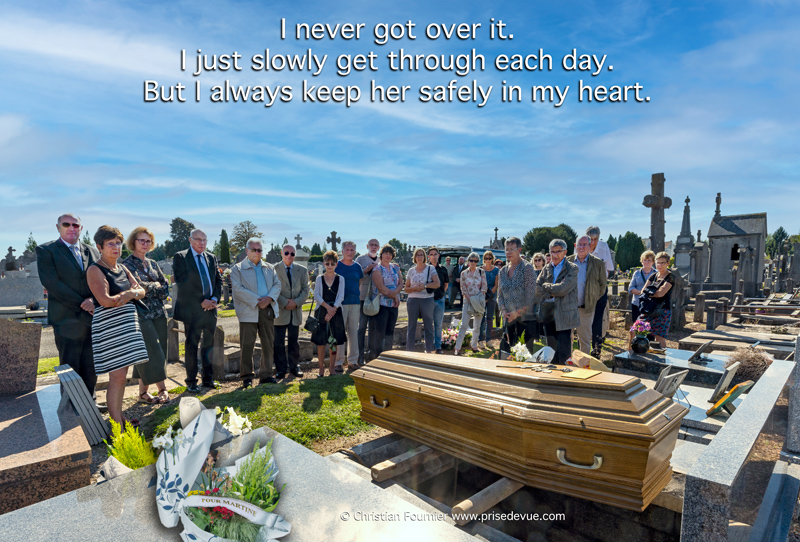
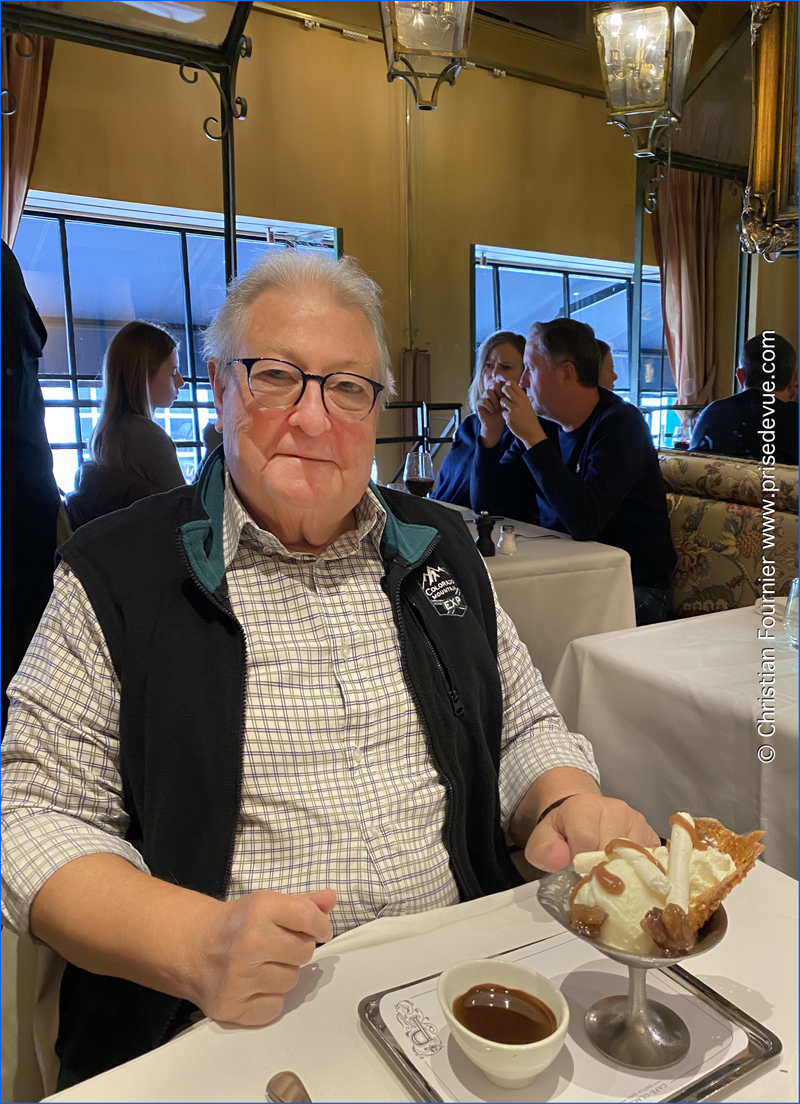
René Gérardi, son conjoint, en 2023, au restaurant le Procope, fête ses 80 ans.

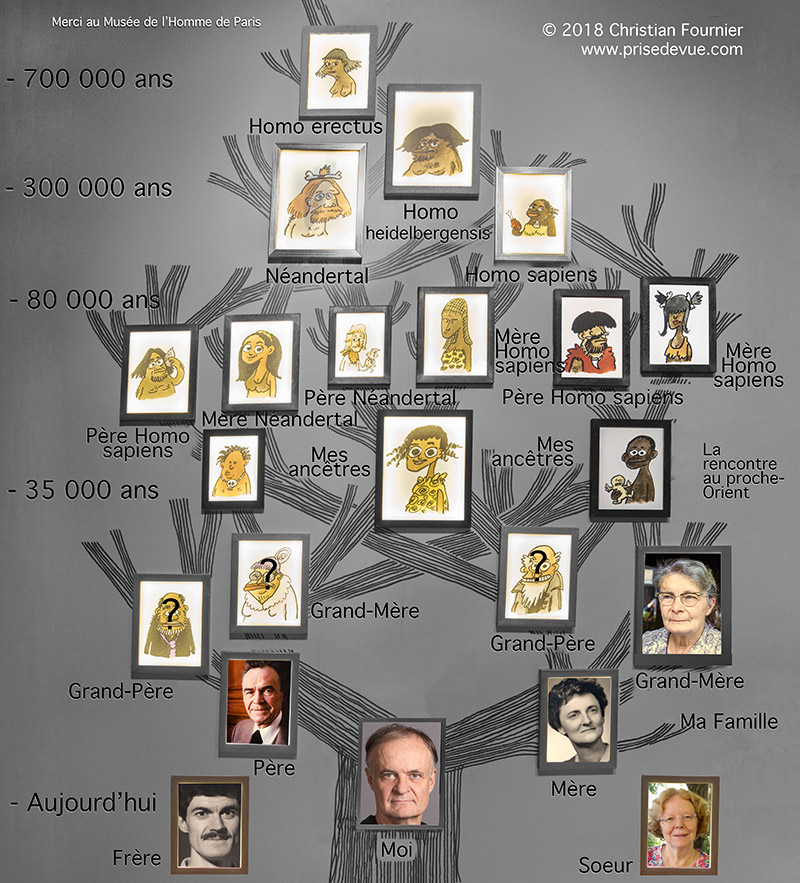

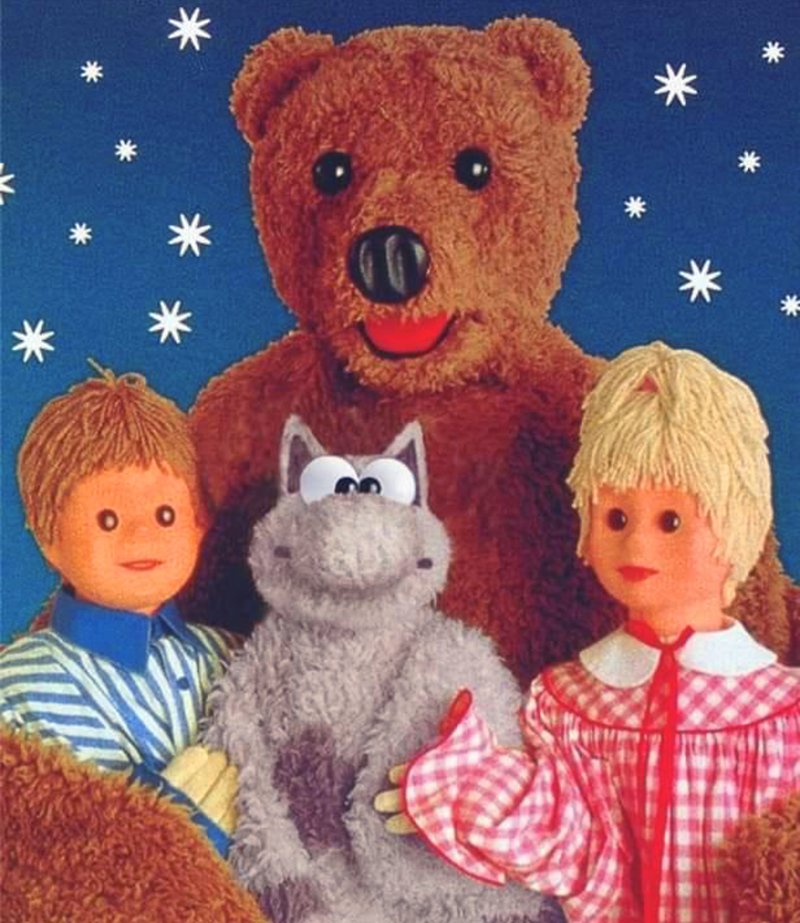
Nicolas et Pimprenelle
L’émission, qui accompagné les enfants lors du coucher pendant des années, a été diffusée pour la première fois en France le 10 décembre 1962.
Quelques notes de pipeau et un nuage qui descend du ciel, emmenant avec lui le Marchand de sable et Nounours qui va rendre visite à deux enfants (P’tit Louis et Mirabelle dans la saison 1, puis Nicolas et Pimprenelle) à la fin de la journée. Le « Bonne nuit les petits, faites de beaux rêves » lancé par Nounours à la fin de chaque épisode est d’ailleurs rapidement devenu synonyme « d’heure du coucher » pour les plus jeunes.
Mettant en scène des marionnettes – Nounours était par exemple animé par Marcel Ledun -, Bonne nuit les petits a été créé par le comédien et producteur Claude Laydu qui s’est inspiré de Das Sandmänchen (le petit marchand de sable : un vieux bonhomme sur un traîneau), une séquence diffusée dans une émission allemande qu’il a découverte lorsqu’il était en tournage outre-Rhin en 1960. Cette émission suit chaque soir deux petites filles sages (l’une d’entre elles n’est autre que Nina Hagen) envoyées au lit par une présentatrice.
Il imagine alors un premier concept avec un musicien sur une arche de Noé, entouré de nombreux animaux, et descendant à tour de rôle voir deux enfants. Si cette idée intéresse la RTF, la chaîne manque de moyens pour la réaliser. Claude Laydu élimine donc la quasi-totalité de la ménagerie pour ne conserver finalement que l’ours, installé à côté du Marchand de sable sur un nuage. Il collabore avec sa femme Christine Laydu pour l’écriture et la confection des marionnettes et implique ses propres enfants dans ce projet : alors que son fils de 3 ans sert de téléspectateur-test, il trouve la couleur musicale de l’émission grâce à sa fille qui joue du pipeau.
L’émission, programmée chaque jour avant le 20 heures, a été diffusée la première fois le 10 décembre 1962 sur RTF Télévision (devenue en 1964 l’ORTF) avant de tirer sa révérence le 13 décembre 1973 pour mieux revenir quelques années plus tard. Entre février et juin 1976, la première chaîne de l’ORTF diffuse ainsi une nouvelle saison de l’émission rebaptisée Nounours. Il faudra attendre décembre 1994 pour découvrir sur France 2 de nouveaux épisodes de Bonne nuit les petits qui enchanteront petits et grands jusqu’en 1997.

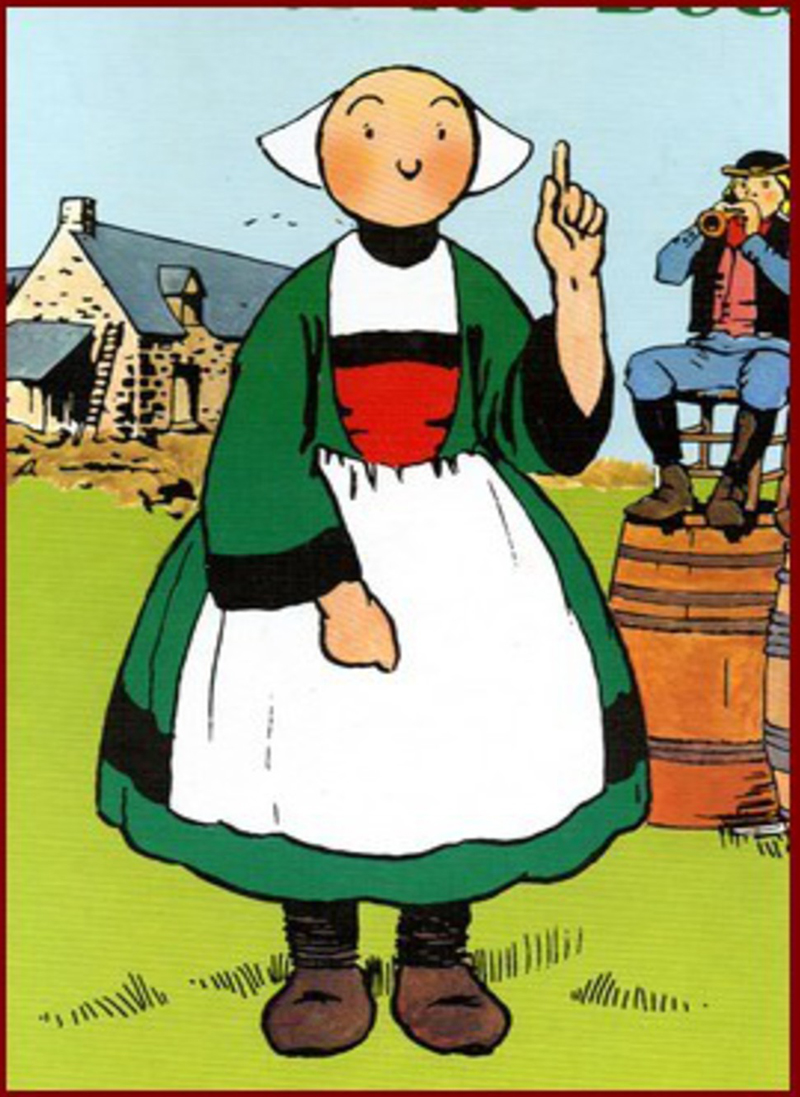
Bécassine est un personnage de bande dessinée jeunesse français créé par la scénariste Jacqueline Rivière et le dessinateur Émile-Joseph-Porphyre Pinchon, qui apparaît pour la première fois dans le premier numéro de l'hebdomadaire pour jeunes filles La Semaine de Suzette le 2 février 1905.

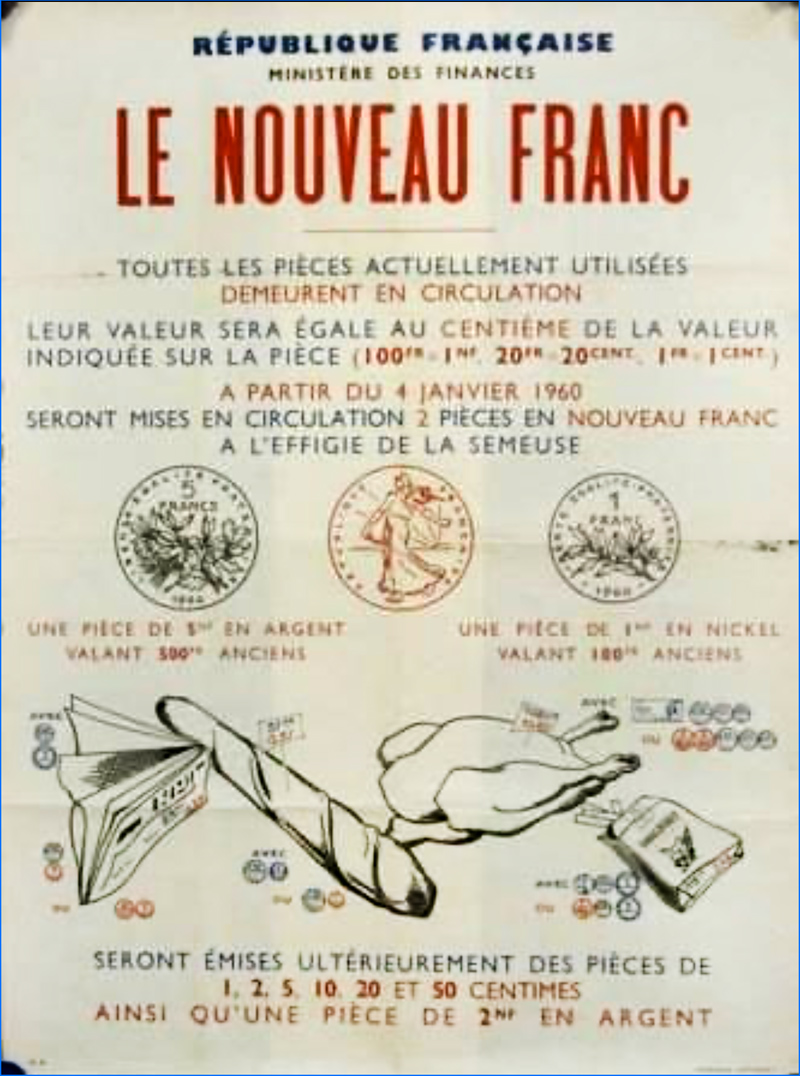
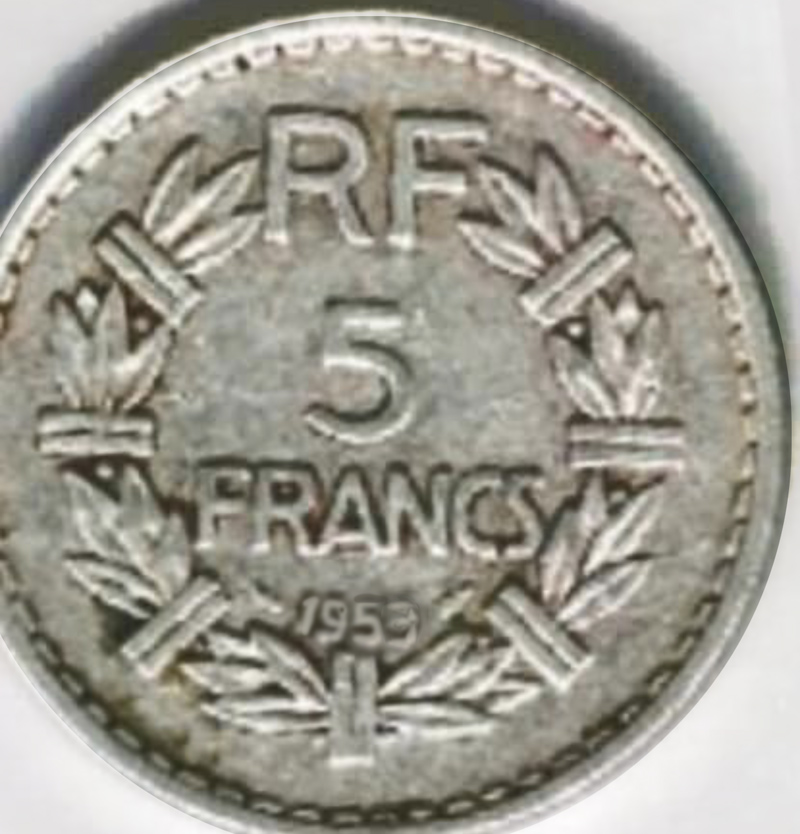

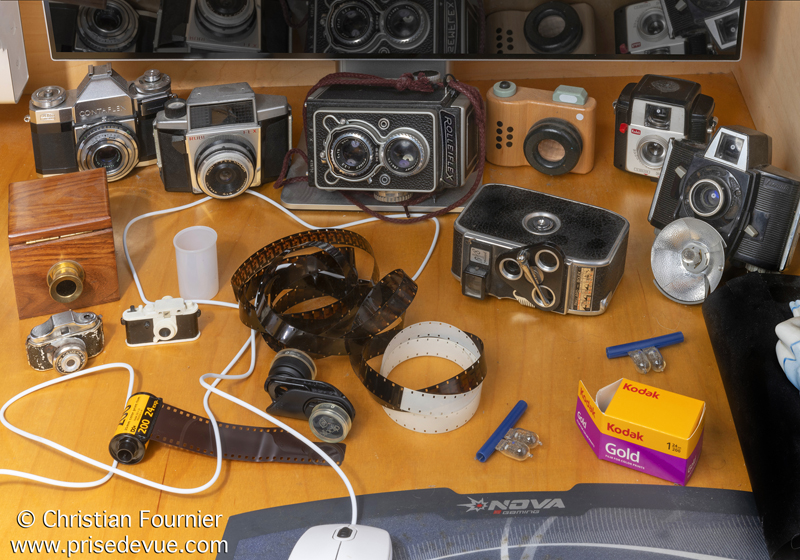
Les appareils photos de cette époque
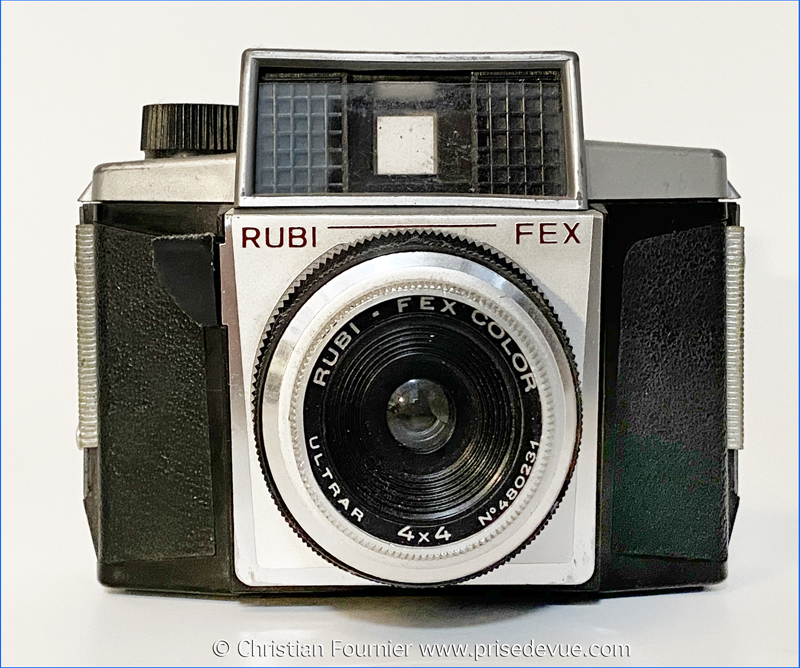
Mon Rubiflex
|
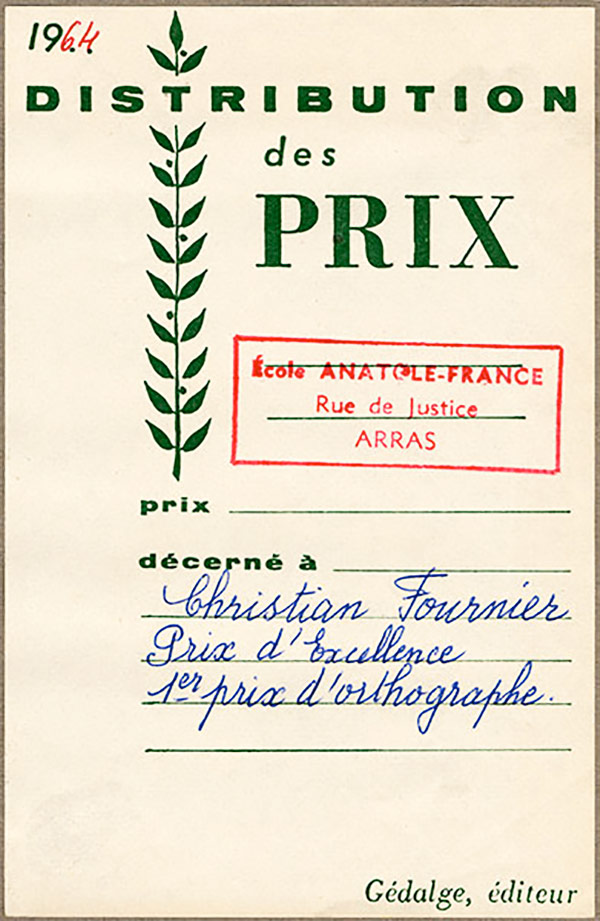
Christian Fournier : Prix d'excellence, 1er prix d'orthographe. 1964 |
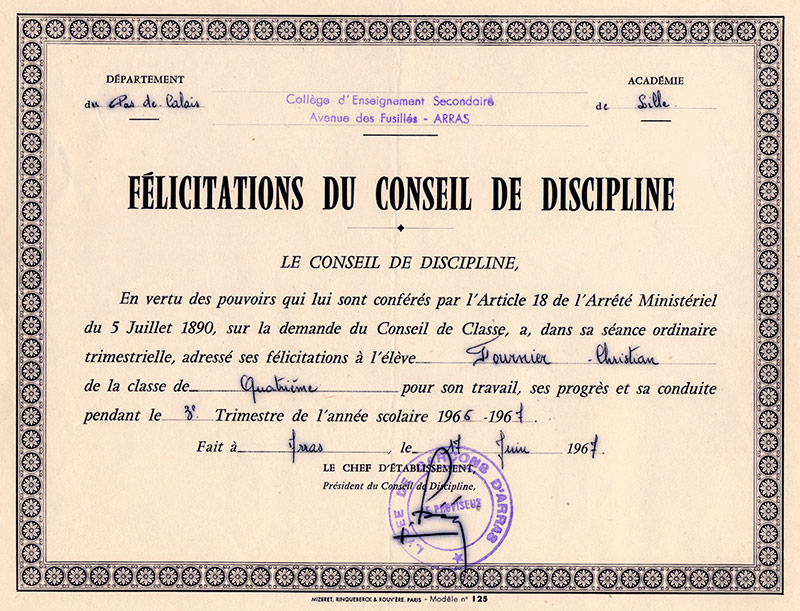
Congratulations from the Disciplinary Council, June 1967 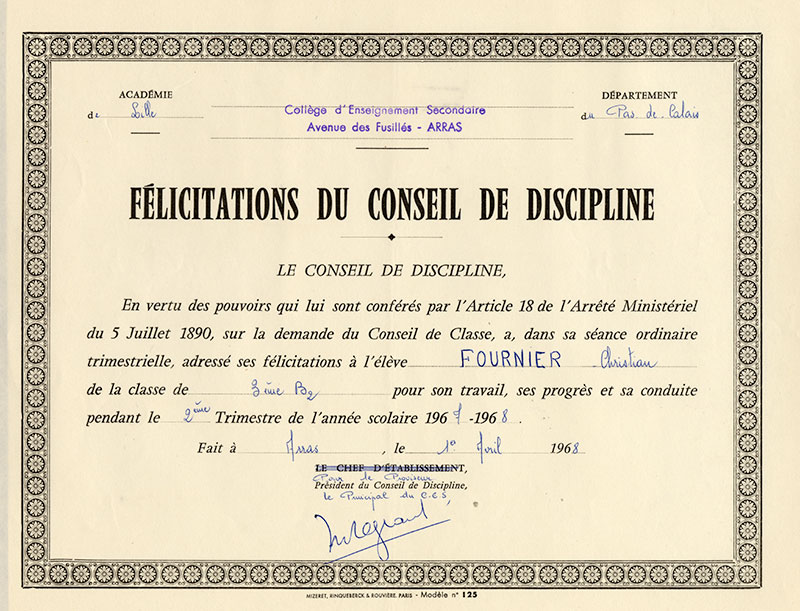
Congratulations from the Disciplinary Council, April 1968 |
May 1968, I am 15 : fed up with the strictness and the feudal privileges of the Gaullist government.
As for myself, I dream about a “direct” democracy like in Switzerland where the citizens exercise power with intermediary representatives.
With Internet, in the present day, I believe this is possible.
It’s stupid to vote for a candidate whose campaign platform was full of beautiful promises, and who, once “President”, just messes around. I know, maybe I’m kidding myself.
|
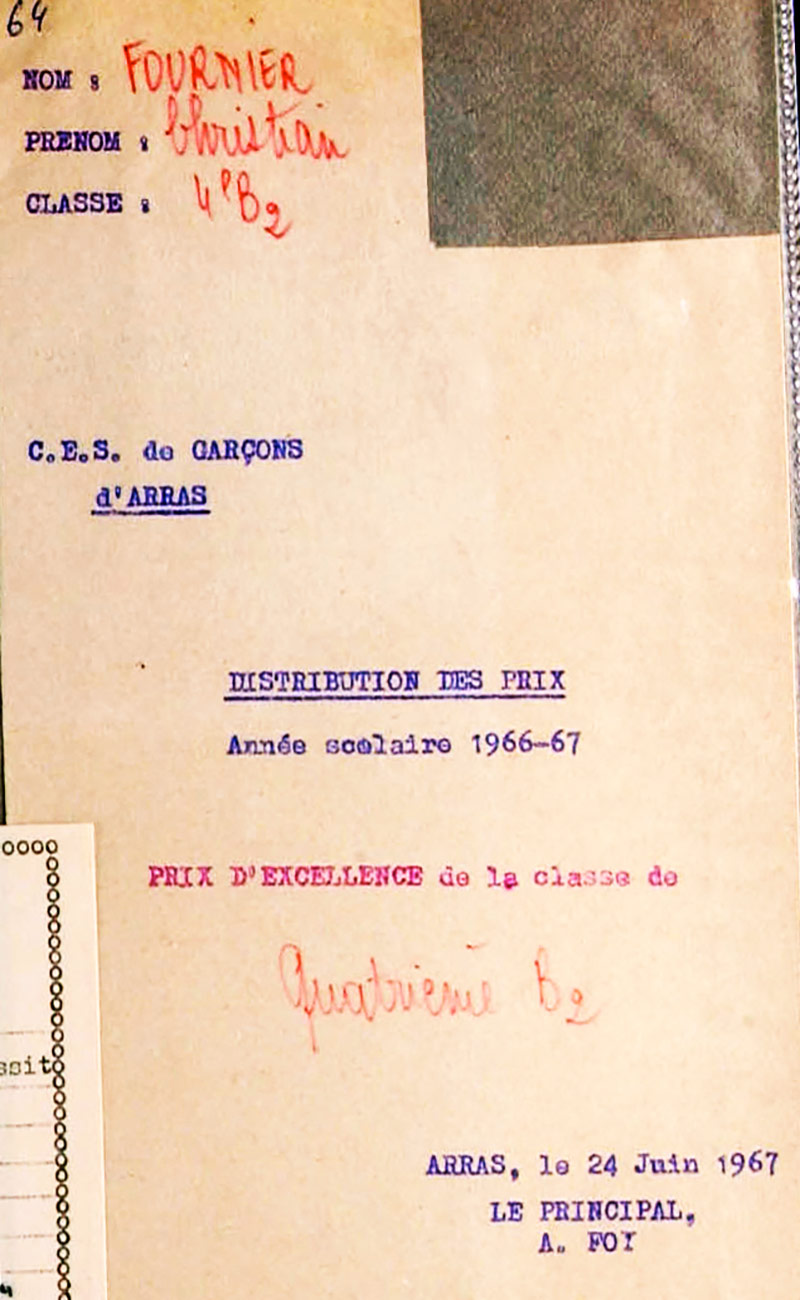 |
When I attended High School at Lycée Robespierre (Robespierre, what a symbol, a great revolutionary!) I had to haul a huge schoolbag full of huge mandatory books that we rarely used in class, 4 times a day, because I was an “external” student, (1.9km according to pedestrian Mappy, so 4 x 1.9km = 7.6km per day, 5 days per week).
I had seen in American films that students over there had their own individual lockers to store their belongings. I thought this seemed like a cheap and simple solution to this heavy problem, especially for someone with asthma!
May 68, all the schoolchildren and university students are on strike! Unfortunately, it was nothing but great, theoretical, political discussion. My practical demands were met with laughs.
I felt that politics in France would always go over my head. When I left Lycée Robespierre in 1973 after a specialization in Maths, there were still no lockers!
|
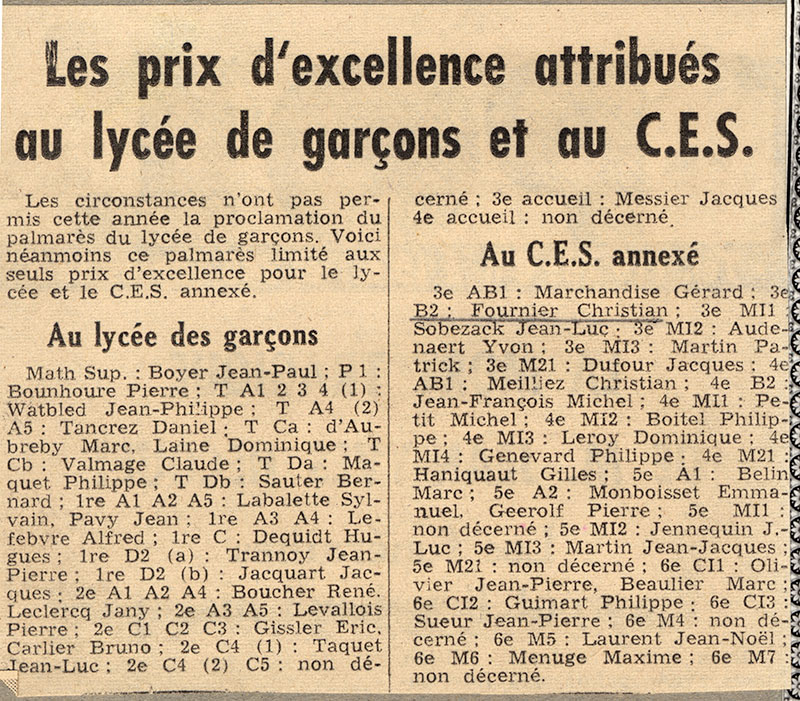
Award for Excellence awarded in 3e B2 (equivalent of 9th grade in North America) (1967) to Christian Fournier.
|

2ème C4 (equivalent of 10th grade in North America) Class : 1968 : Maths : Good student; Physics : Good student; History and Geography : Very good student; English : Very good student in all aspects; German : Excellent trimester; Congratulations from the Class Council.
|
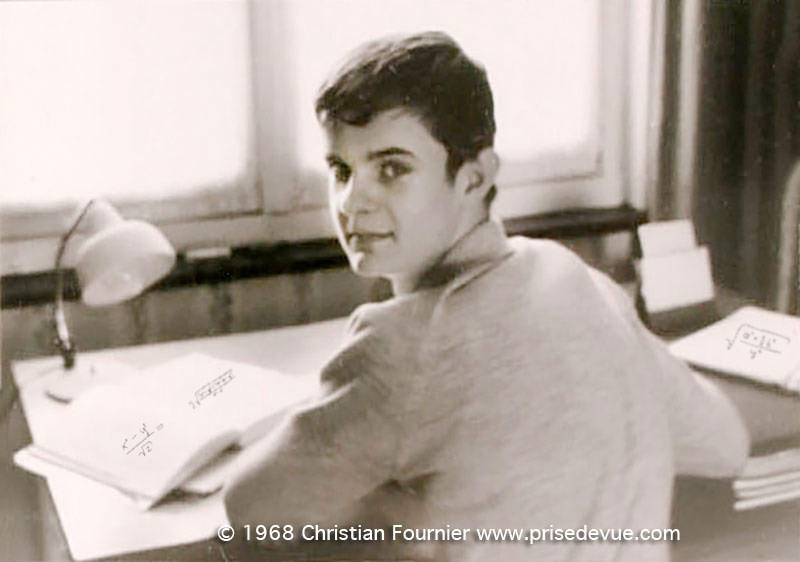
Ce gamin sage et studieux ne savait pas encore que 50 ans plus tard il aurait réalisé plus de 3 millions de photos, avec toujours la même passion.
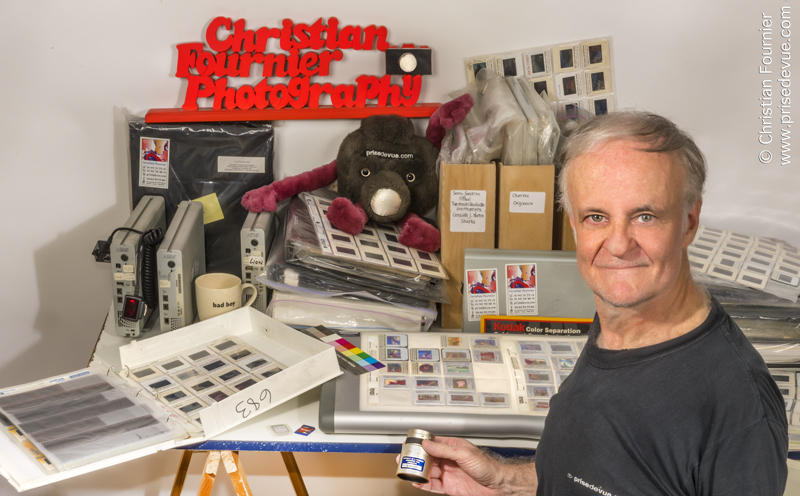
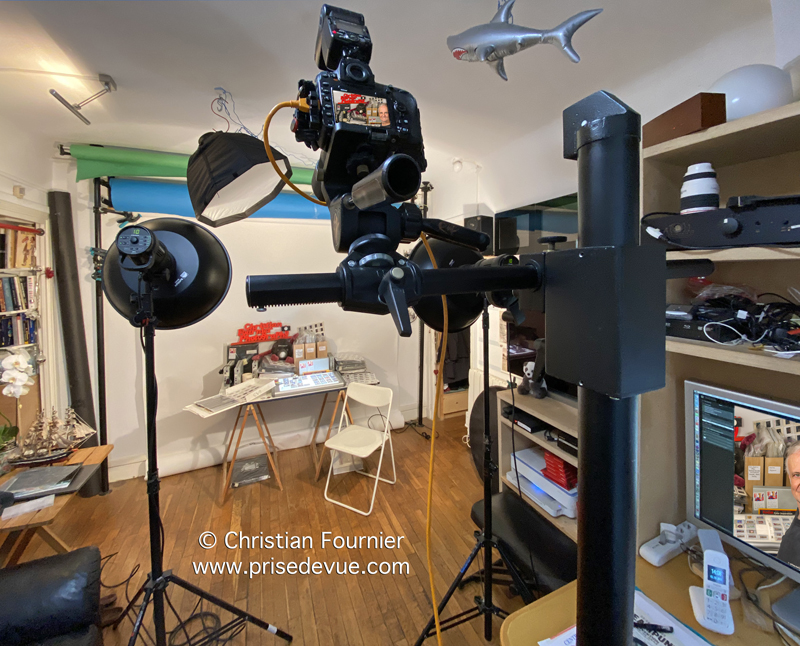
People born in the 50's have lived in seven decades, two centuries and two milleniums.
I did not forsee in 1968, that in 2020 I would have visited 94 countries. See page 58.
|

Je ne savais pas en 1964, qu'en 2021, j'aurais photographié des centaines de reconstitutions historiques.

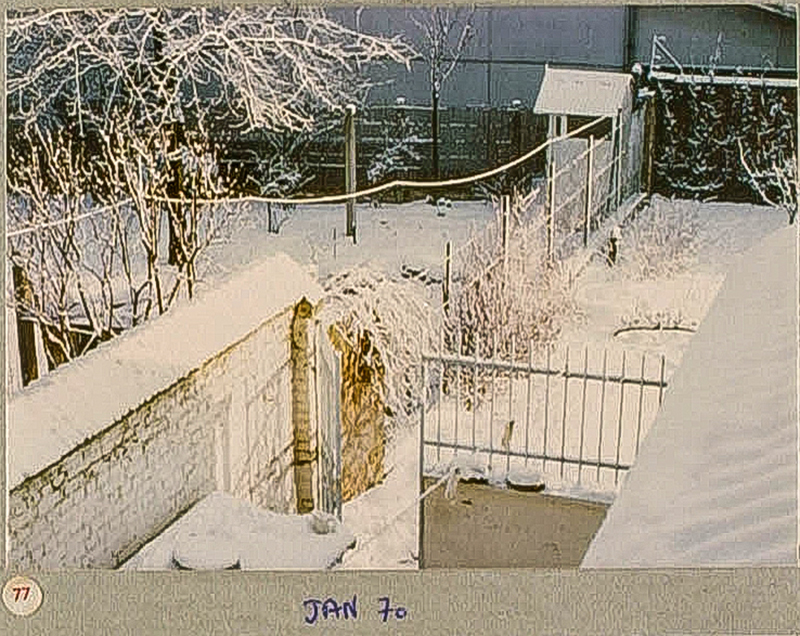
Our minute garden in Arras.
 |
Being retired for a photographer means finally sorting out your photos.
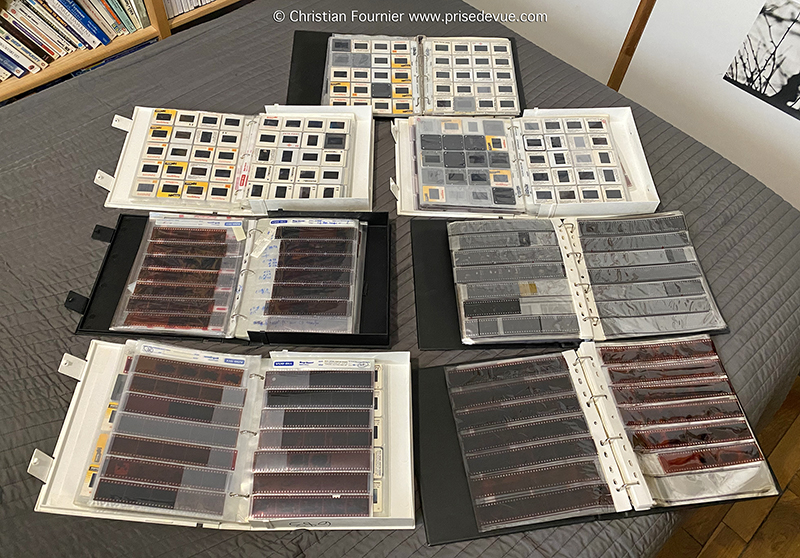
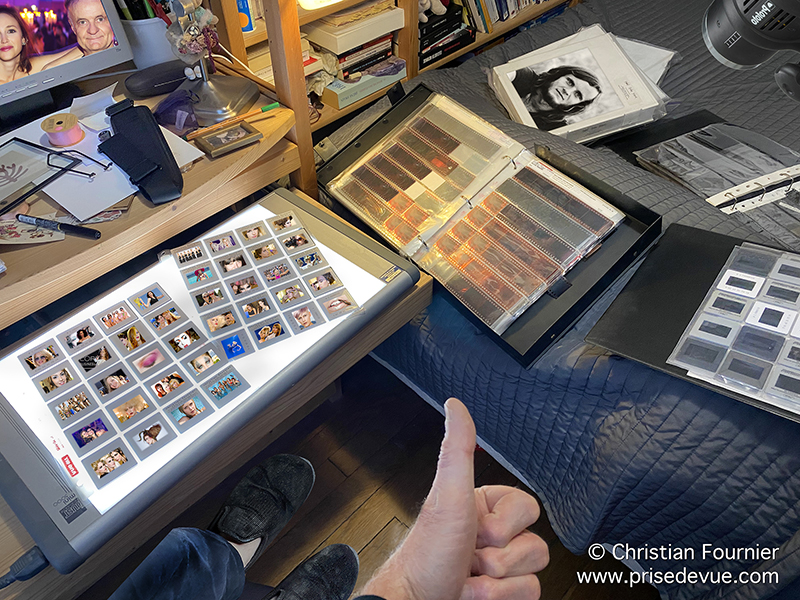
March 01, 2023: I found the negative of "my cat"
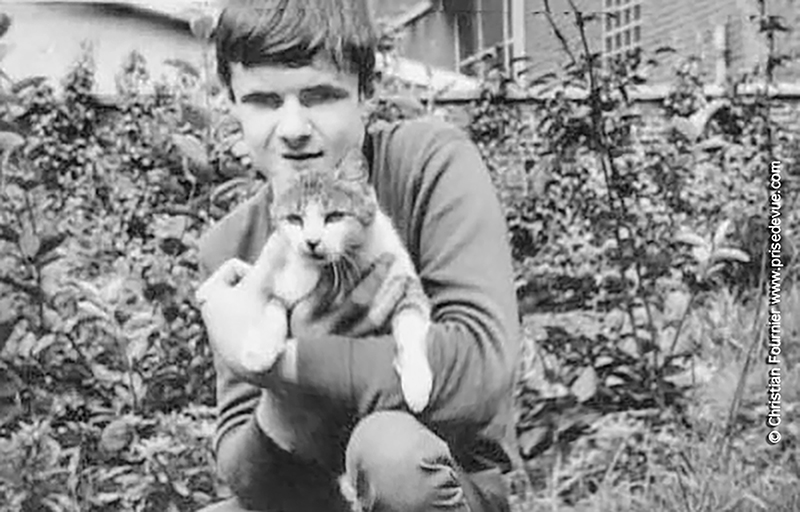
I had photographed one of my cats in the garden in 1967. My brother Dominique took this photo of me and the cat. Thanks you Dominique.
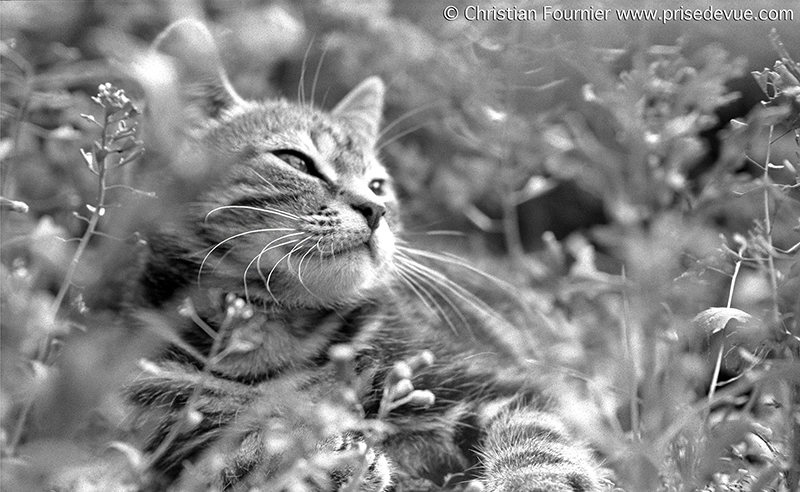
I showed this image to the photo club of Arras, north of France, where I grew up. These good people had already impressed me because they didn't know what a square root was. They said my photo sucked because there was too much blur. I decided to become a photographer or maybe a math teacher!
It is therefore this photo that made me become a photographer at around 14 years old, so 56 years ago in 2023.

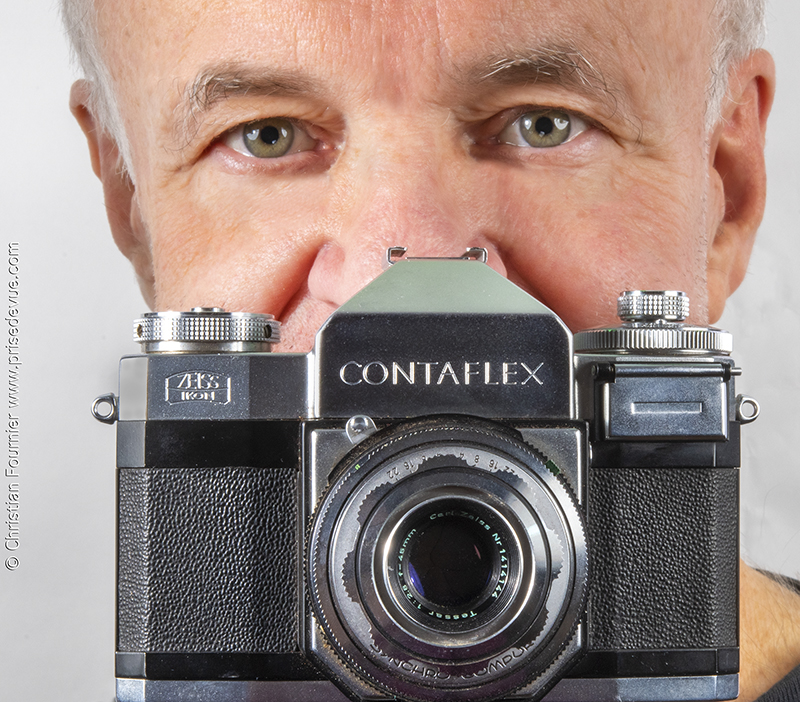
I teach maths and I Shoot wedding photos to buy myself around 1975, a Zeiss-Ikon, Contaflex, 24x36cm reflex.
It is a 24 x 36 fixed lens reflex camera. Synchro Compur central shutter from 1s to 1/500th + pose B Tessar 2.8/45 mm lens.
Black and white film Kodak Plus-X PX 135-20 Panchromatic.
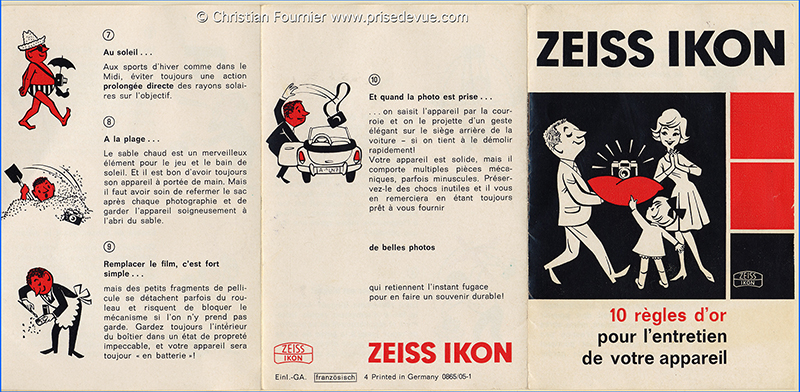
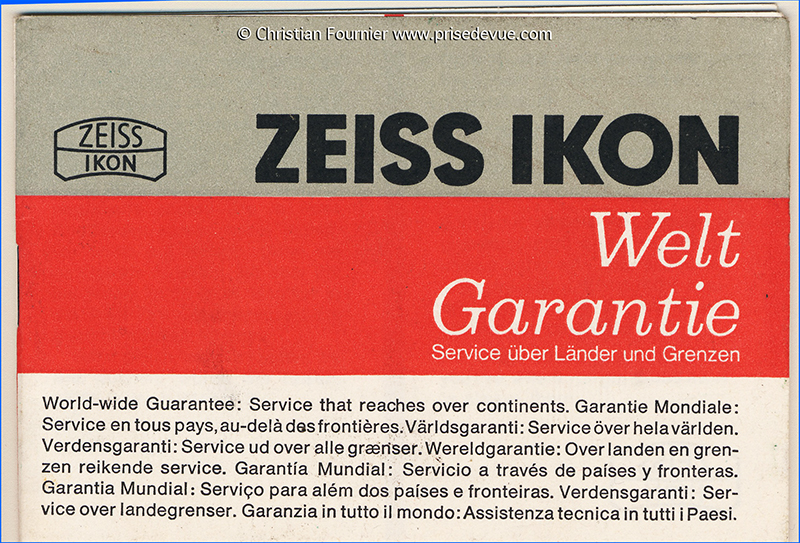
I loaded the exposed film on a spiral, in complete darkness.
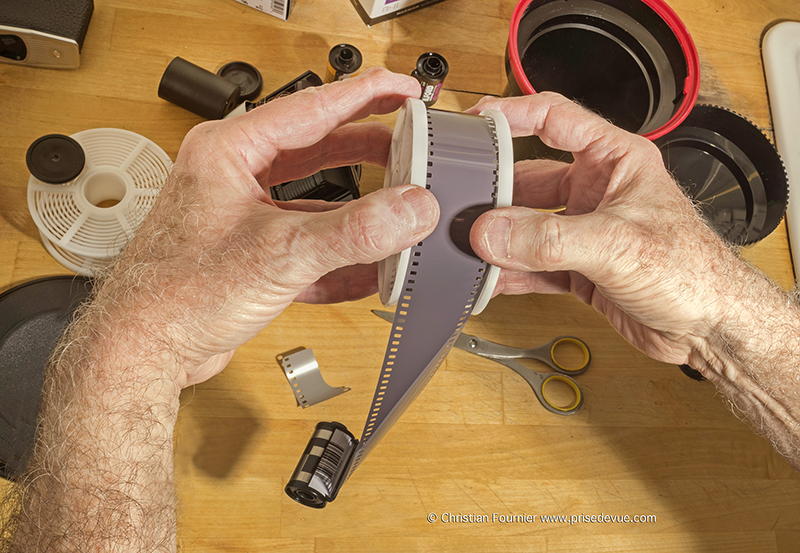
I developed my film in my mini darkroom (the family attic, no running water) in a Paterson tank, in daylight.


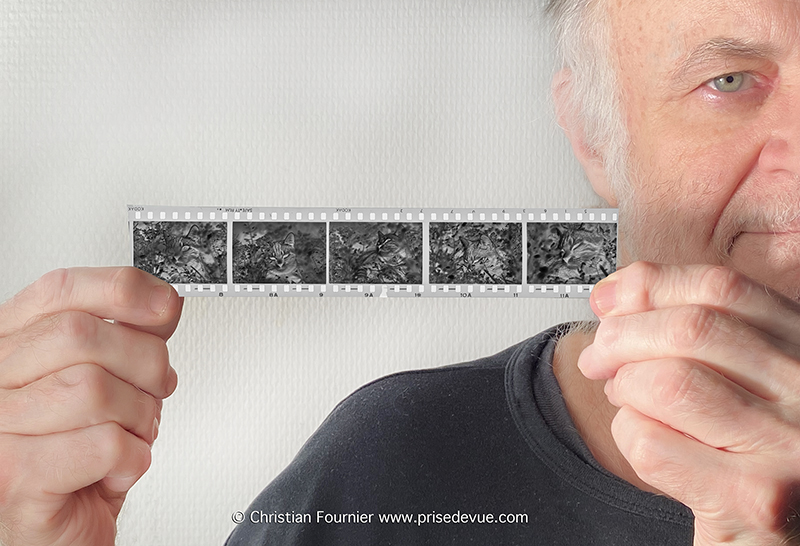
Then dried it, and much later, stored it in my negative albums
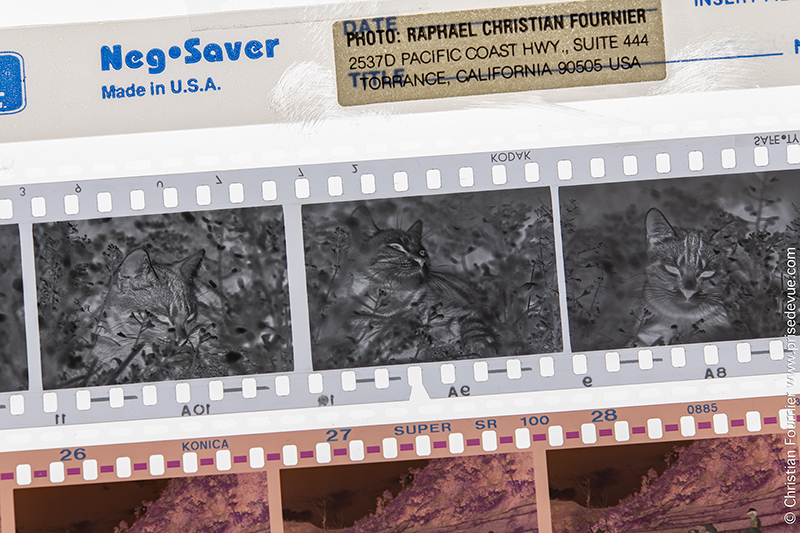
The negative. With 20 years of working in the photo lab, my brain completely reads black and white or color negatives, without missing a single detail.

The same as a positive
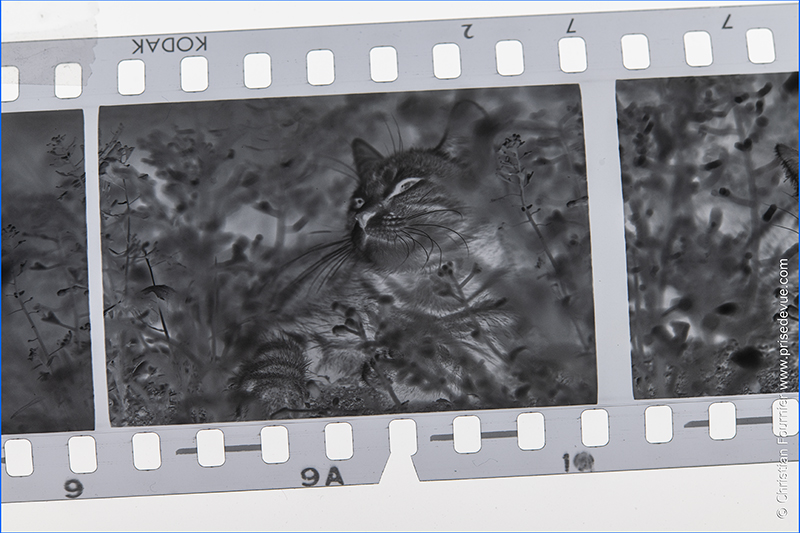
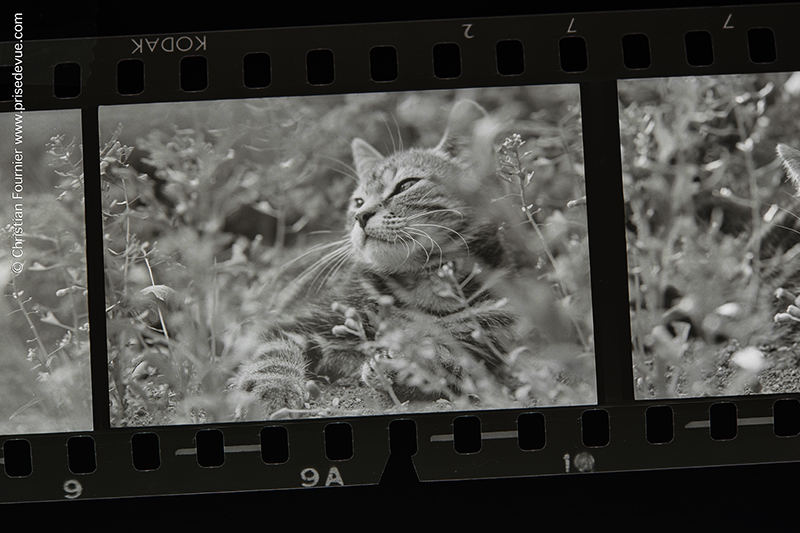
Le même en positif
I printed this negative in reverse from right to left for my personal aesthetic reasons.
Enlargement in darkroom, in inactinic red light, Ilford paper
Merci à Laurent Sauvage pour l'accès au club photo d'Issy-les-Moulineaux qui m'a permis de refaire l'agrandissement.
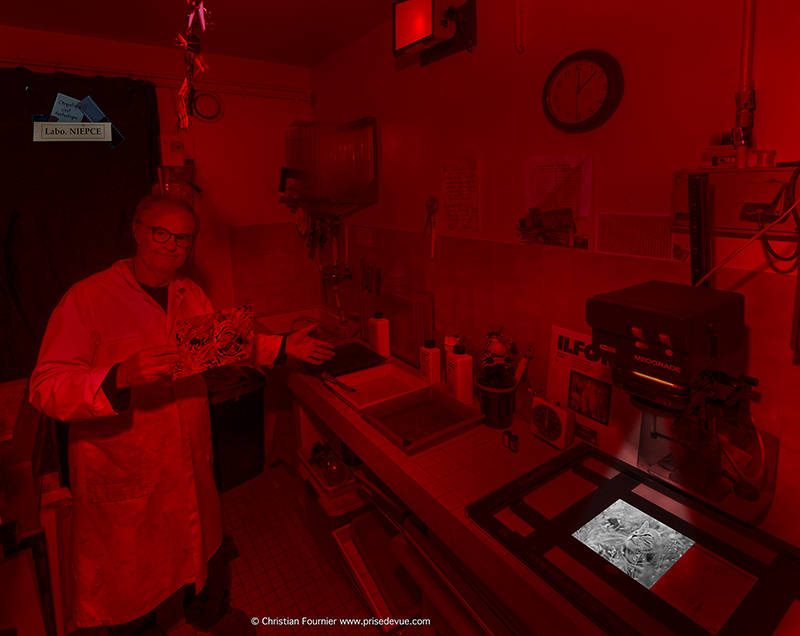
Developer bath, then fixer, then rinsing.
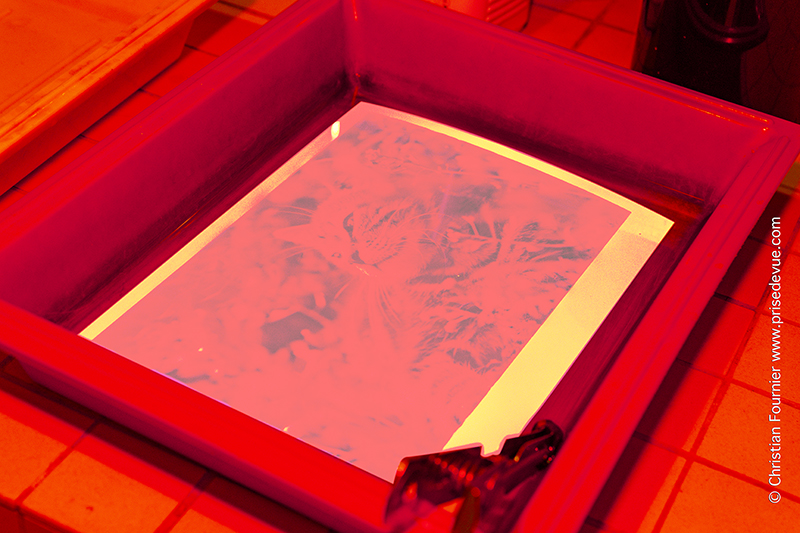
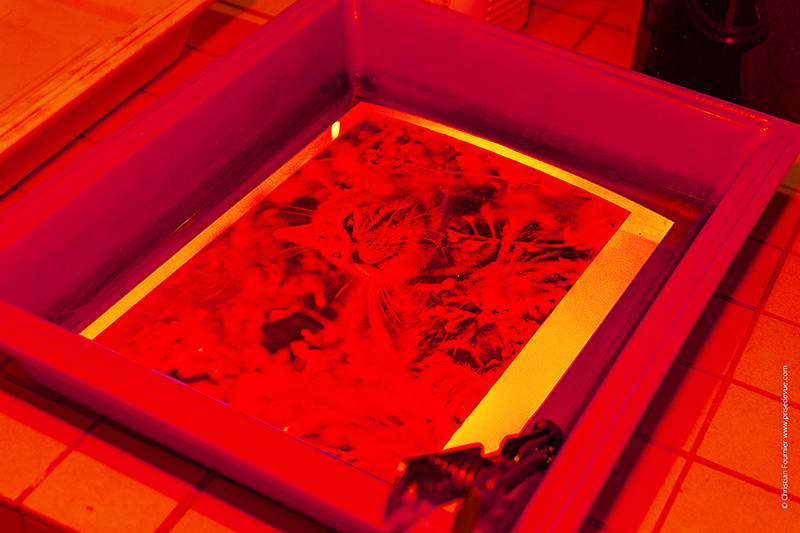
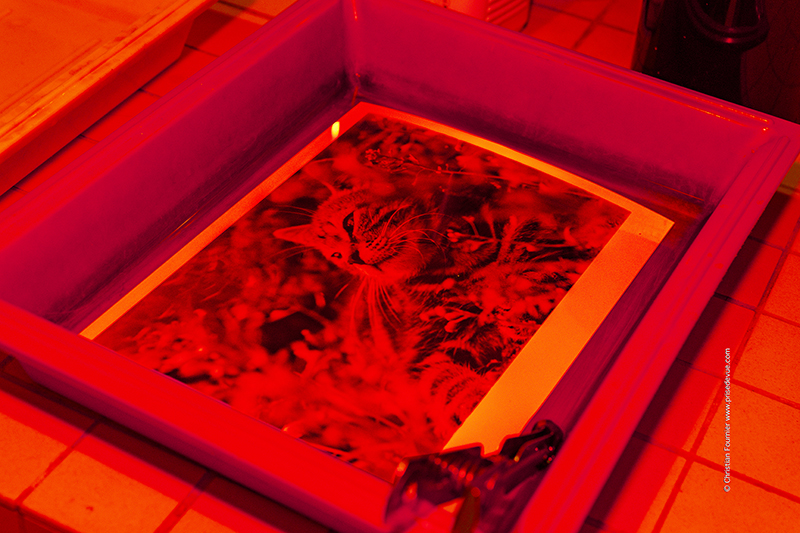
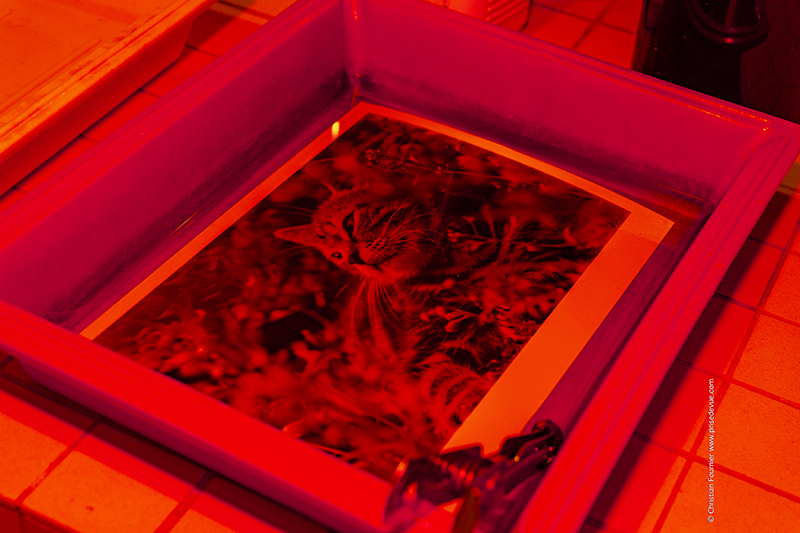 Drying Drying
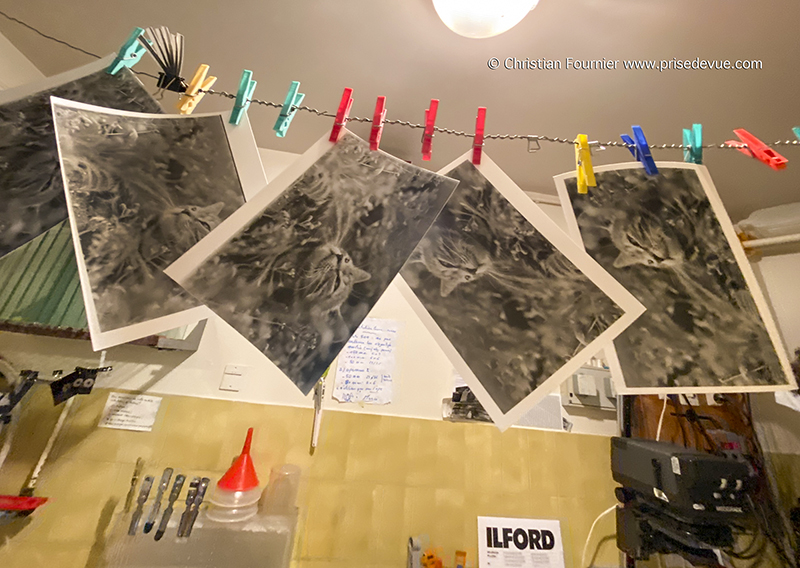
Gluing (and stapling from behind) on a chipboard.
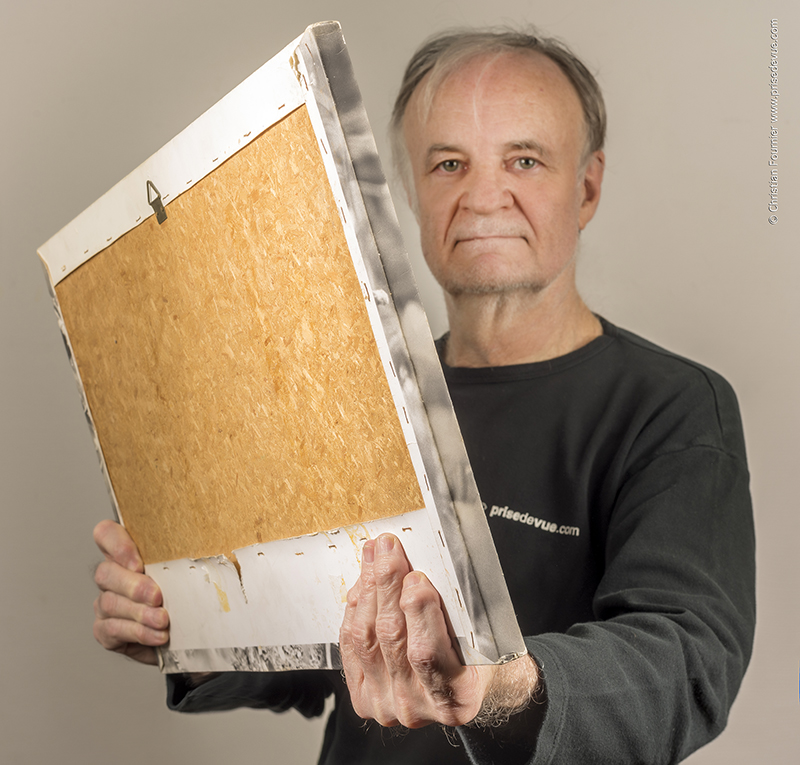
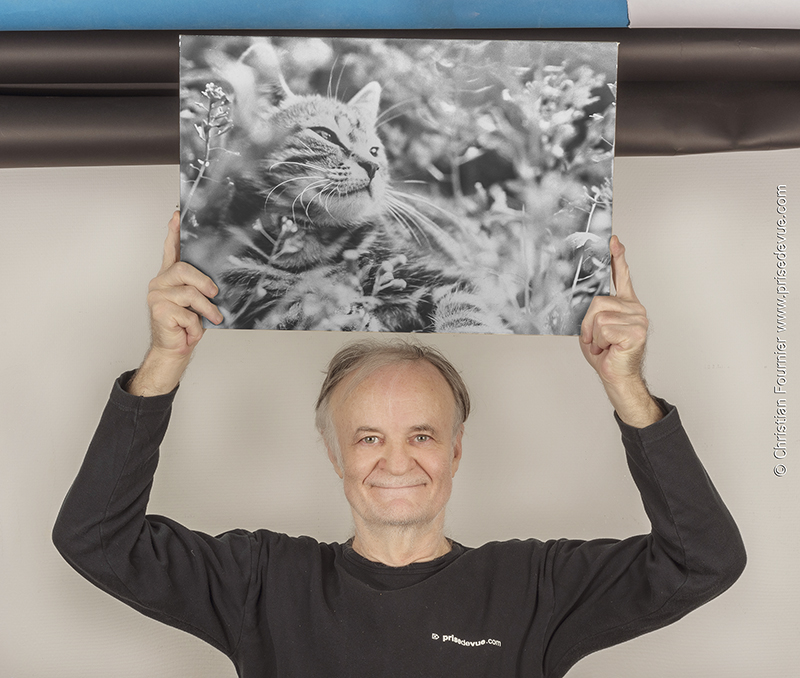
56 years later, nothing has changed, no yellowing, no withering. The negative is also preserved in perfect condition. Magic.
 |
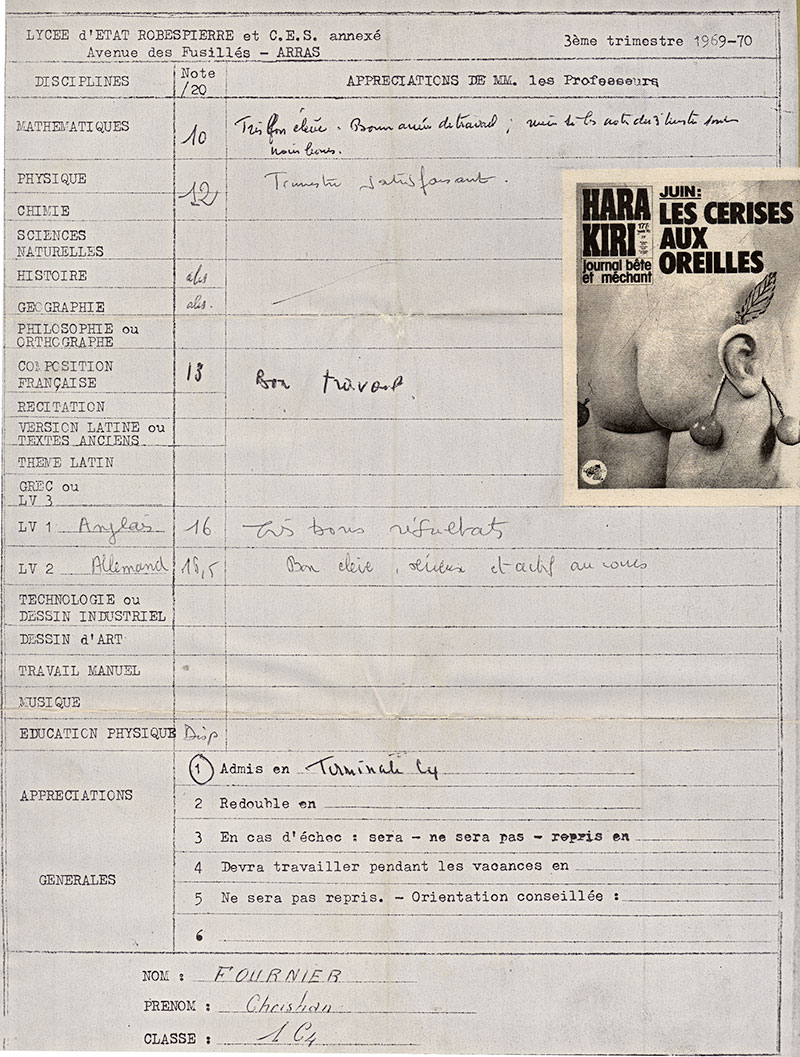
1ère C4 (equivalent of 11th grade in North America) Class: 1969 : Maths : Very good student; Physics : Met expectations this trimester ; French Writing : Good work; English : Very good results; German : Good student, studious and participates in class.
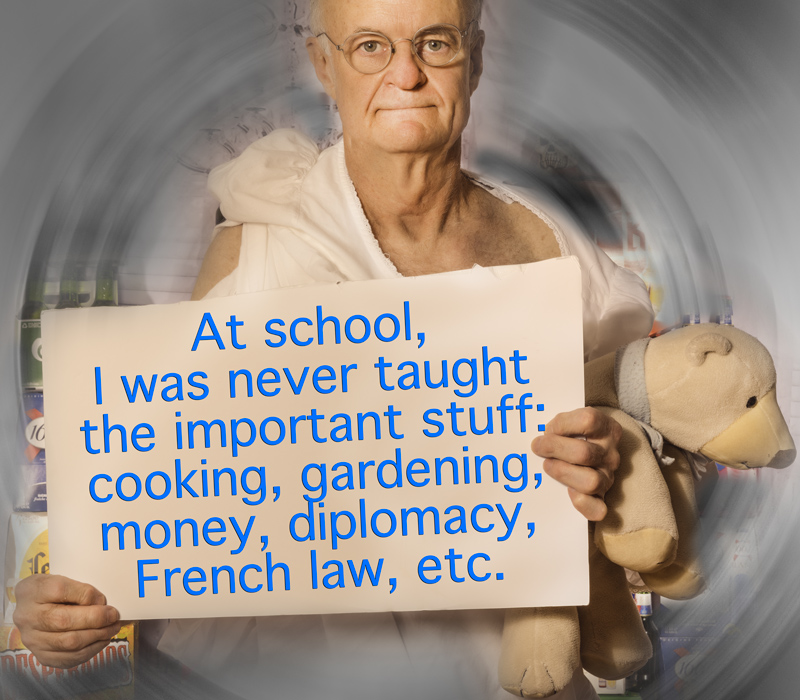
 |
Asperger
I think that nowadays (2019), I would have been diagnosed with Asperger syndrome.
Asperger syndrome, or Asperger’s, is a previously used diagnosis on the autism spectrum. In 2013, it became part of one umbrella diagnosis of autism spectrum disorder (ASD) in the Diagnostic and Statistical Manual of Mental Disorders 5 (DSM-5). Typical to strong verbal language skills and intellectual ability distinguish Asperger syndrome from other types of autism. It generally involves:
Difficulty with social interactions
Restricted interests
Desire for sameness
Distinctive strengths
Strengths can include: Remarkable focus and persistence
Aptitude for recognizing patterns
Attention to detail Challenges can include:
Hypersensitivities (to lights, sounds, tastes, etc.)
Difficulty with the give and take of conversation
Difficulty with nonverbal conversation skills (distance, loudness, tone, etc.)
Uncoordinated movements, or clumsiness
Anxiety and depression
The tendencies described above vary widely among people. Many learn to overcome their challenges by building on strengths.


|
THE BEATLES |
John Lennon en 1957 rencontre Paul McCartney pour la première fois.

|
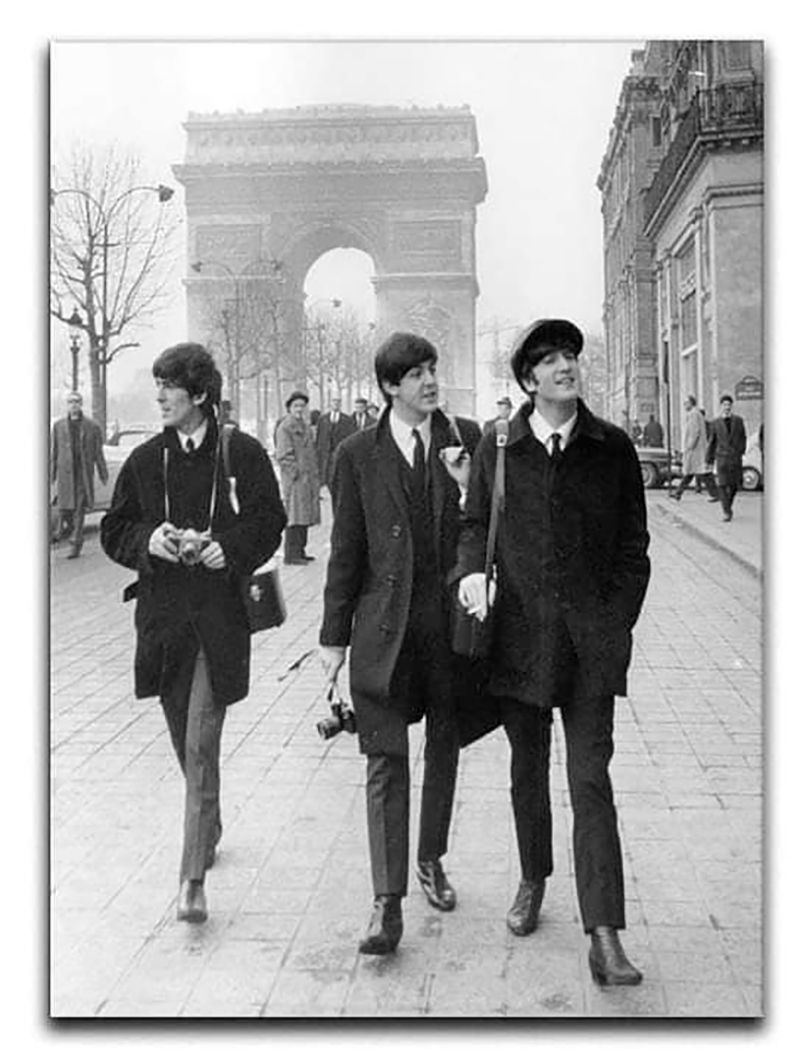
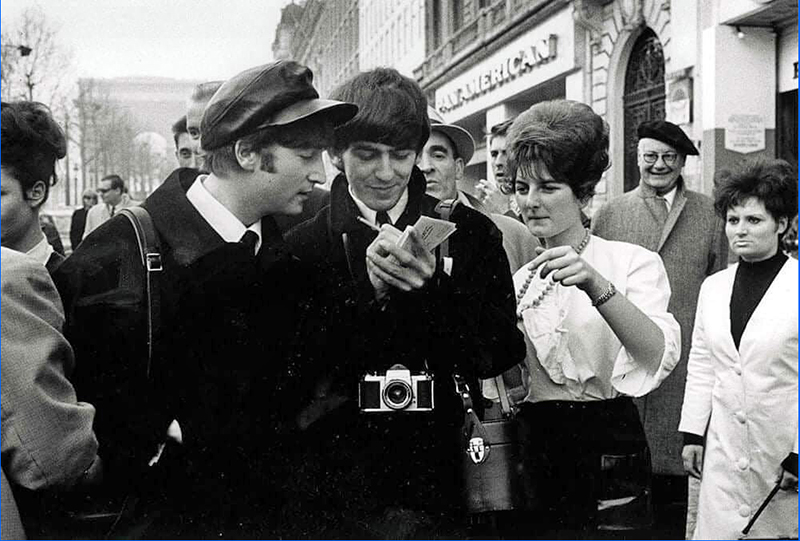
C'était le 15 janvier 1964, au milieu de l'après-midi, trois garçons dans le vent,
arrivés de Londres la veille au soir,
se promenaient sur les Champs-Elysées.
Ringo Starr, retenu à Liverpool, les rejoignit à 17h.
Peu connus encore en France, alors que la Beatlemania faisait rage en Grande-Bretagne,
les Beatles préparaient l'Olympia,
en lever de rideau du récital de la chanteuse populaire Sylvie Vartan, du 16 janvier au 4 février,
deux fois par jour.
Ce soir-là, ils allaient chanter pour la première fois devant le public français,
en avant-première, au Cyrano de Versailles.
.. A noter que Lennon et McCartney étaient déjà venu à Paris en touristes et avaient profiter de l'occasion
pour assister à un concert de Johnny Hallyday à l'Olympia (octobre 1961).
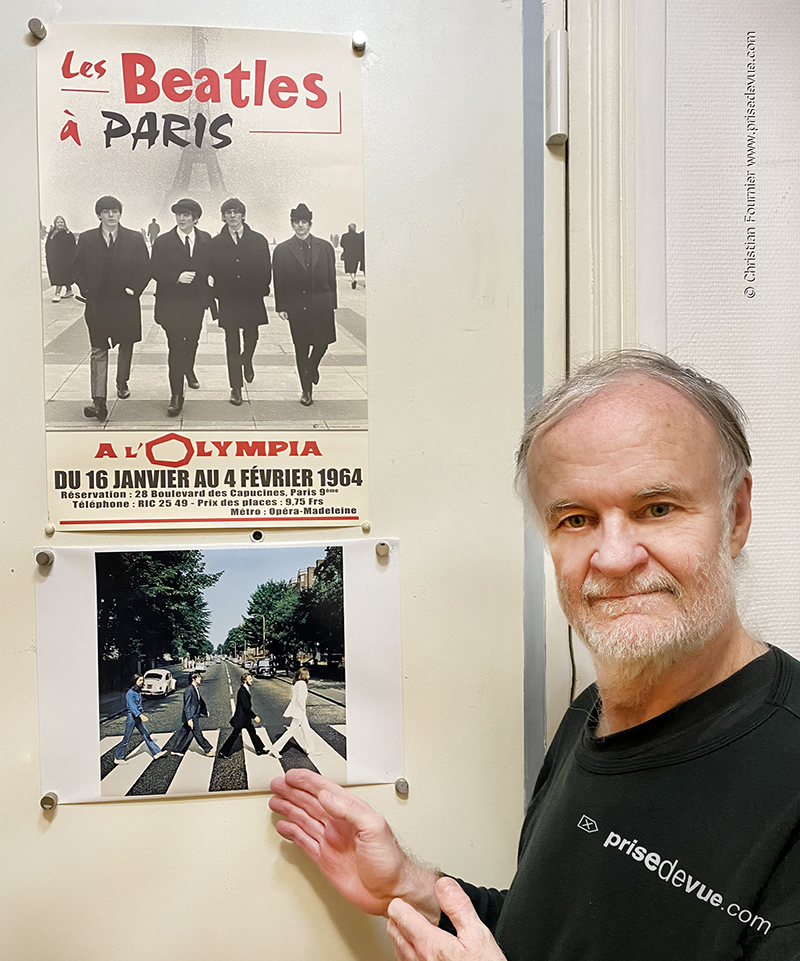
Ce tirage est une version limitée achetée à Abbey Road Sudios en Angleterre

|
 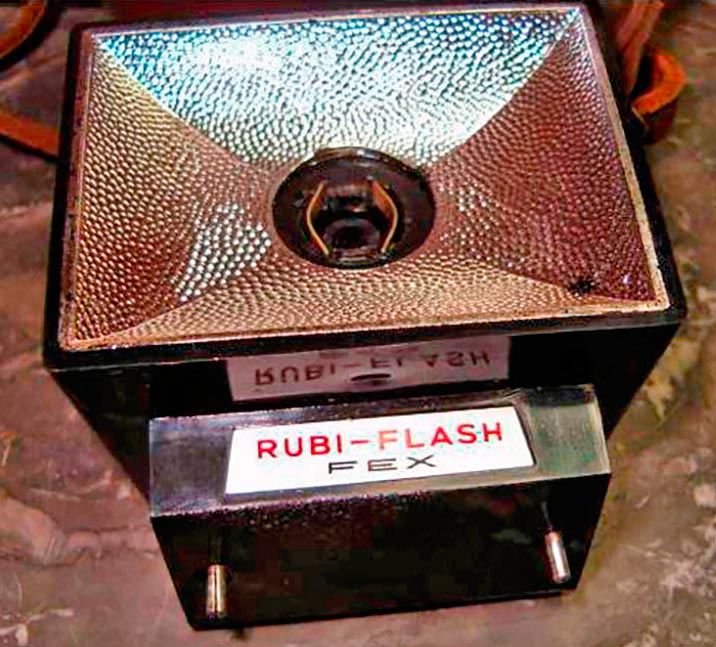 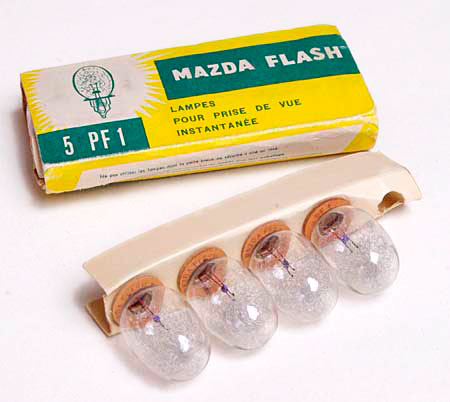
The only household camera: RUBI FLEX
COLOR, ULTRAR 4X4, yes, the negatives measured 4 x 4 cm and the
photos were square, like on Instagram.
Note the magnesium flash bulb. Johannes Ostermeier (the German
engineer from Althegnenberg) filed a patent for flash bulbs on
the 21 of September 1930. They contained an aluminum filament
in an oxygen atmosphere. The metal would ignite once exposed to
an electric current caused a primer to combust.
Flash bulbs were one-use only and were commercialised on the
American market by General Electric in the 1930’s.
"Clic clac merci Kodak" (Click-Clack
thanks Kodak) and "a Kodak moment" were popularized
at the time.
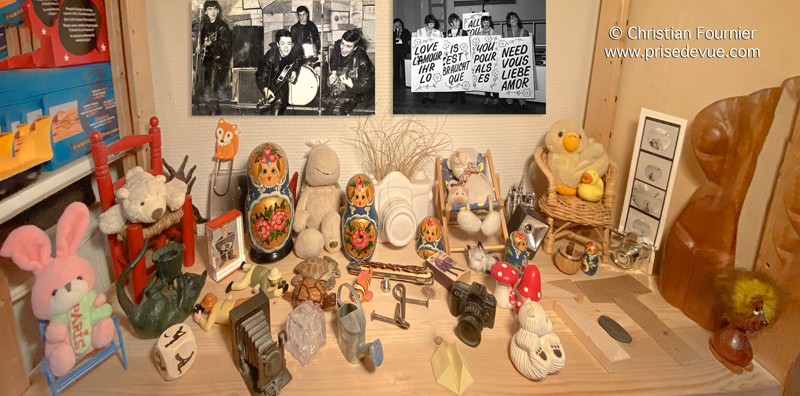
Some objets from my youth
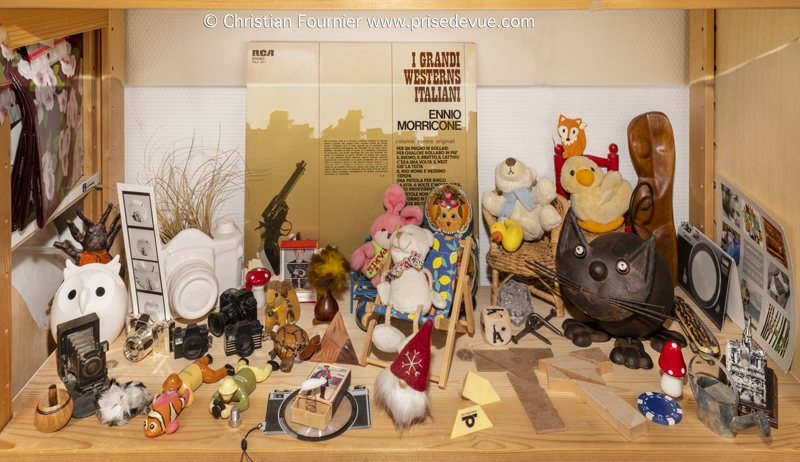
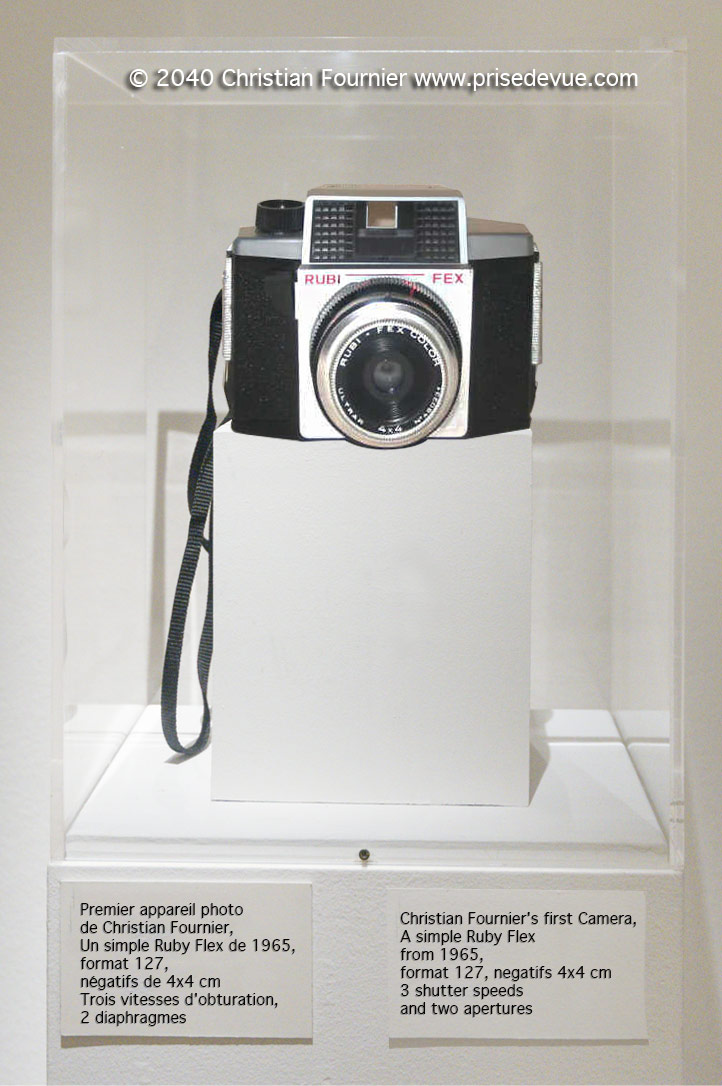

|

MATH = MENTAL ABUSE TO HUMANS

Our lounge/ kitchen looked a lot like this one.
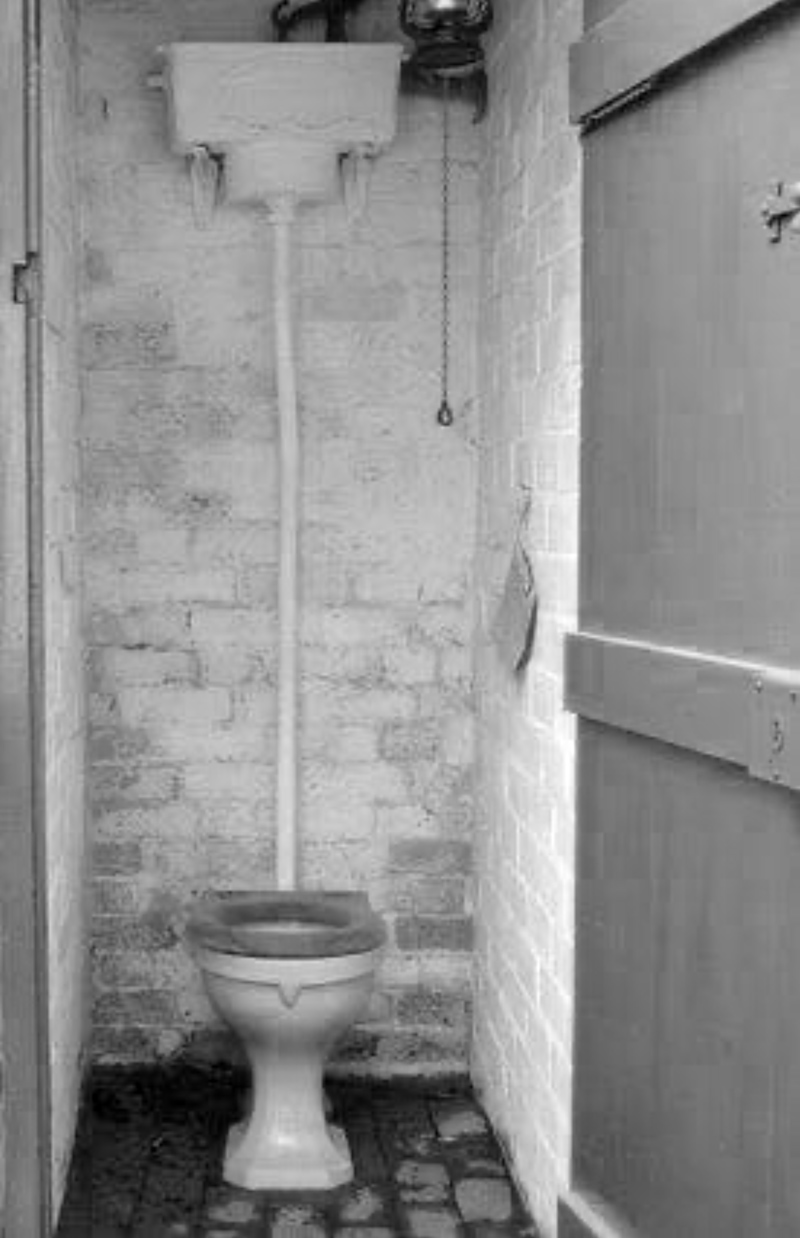
Our toilets (outside, in the court yard) also.

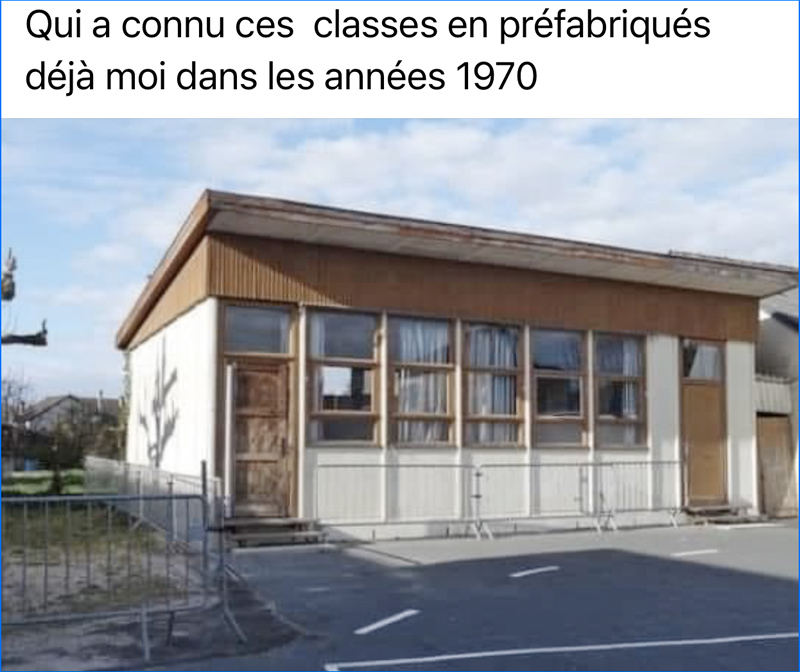
|
Finally, Hara-Kiri and Monty Python arrive on scene. And the Beatles…
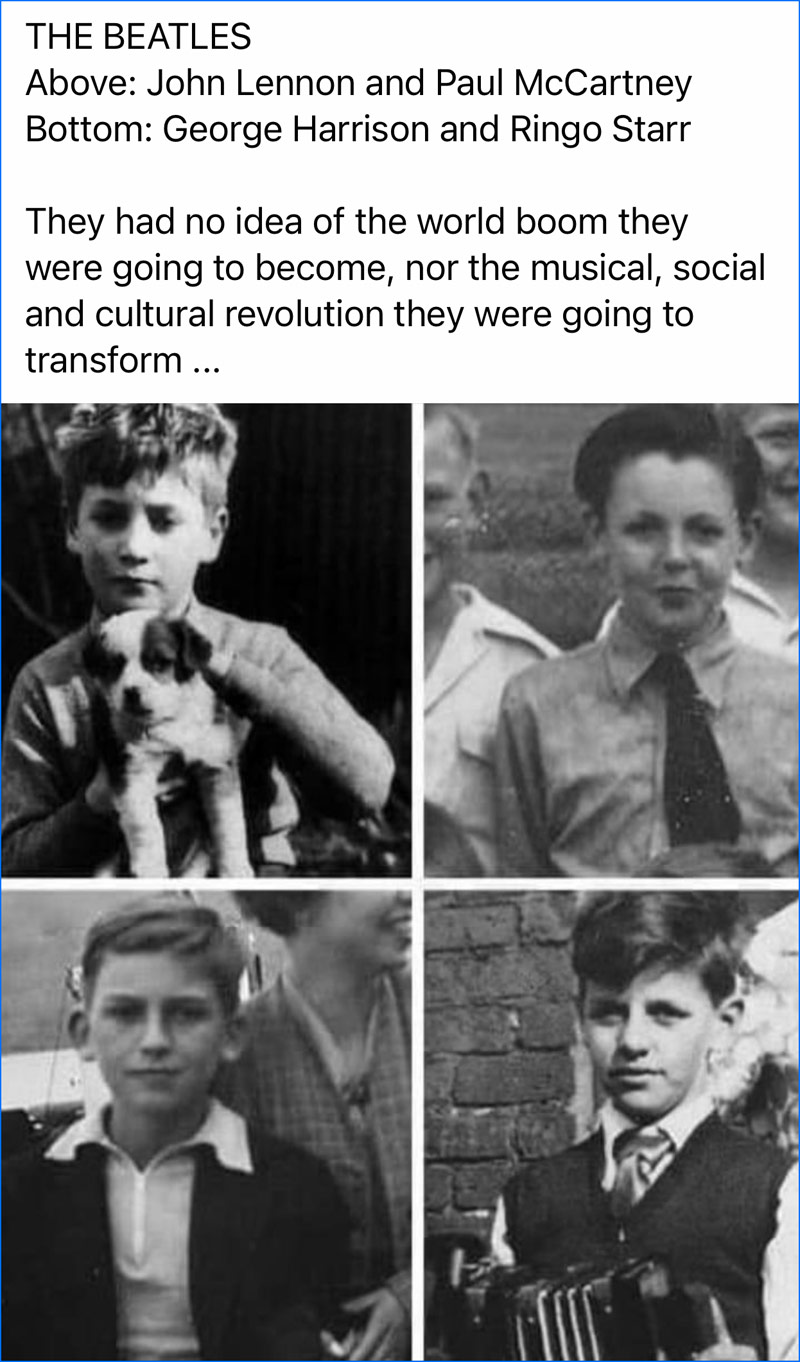 |
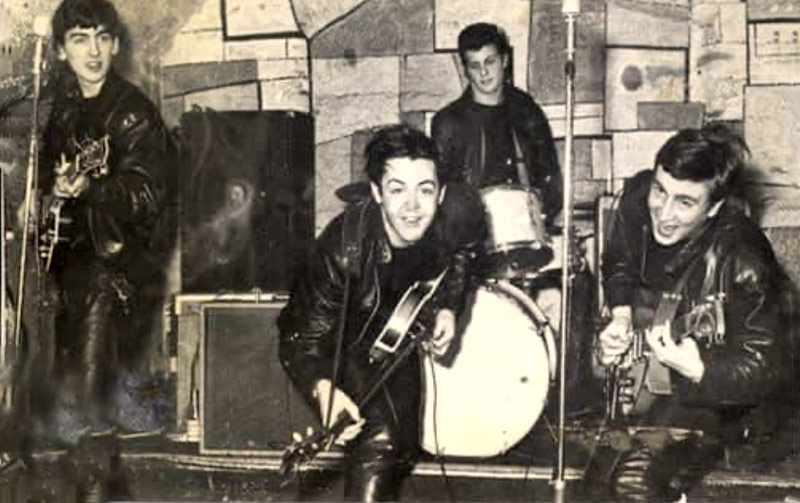
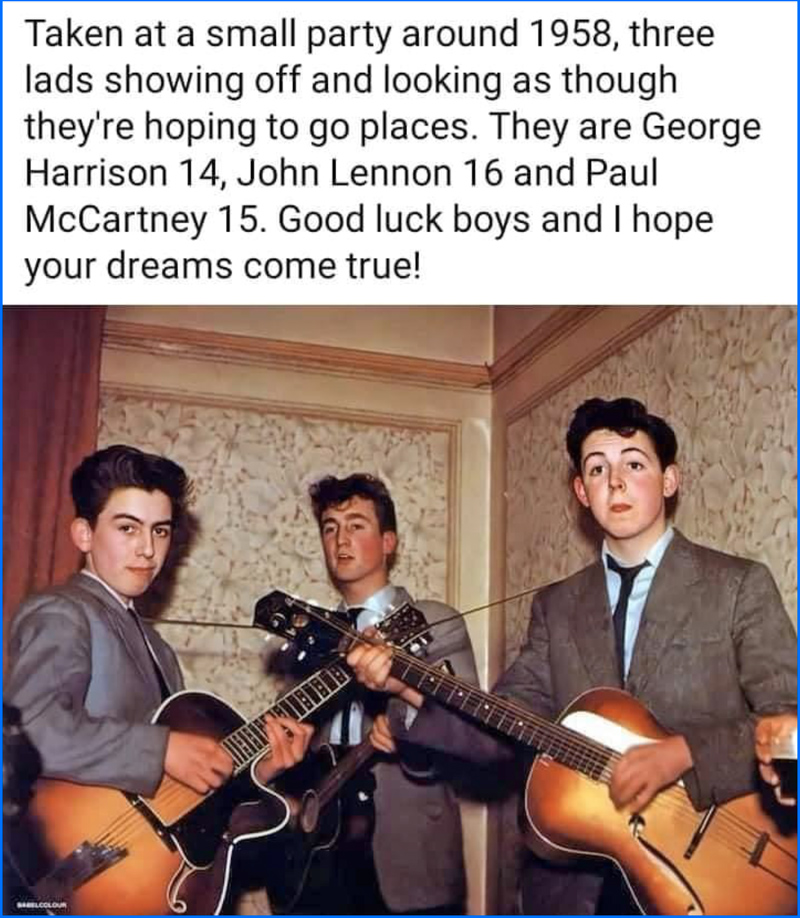
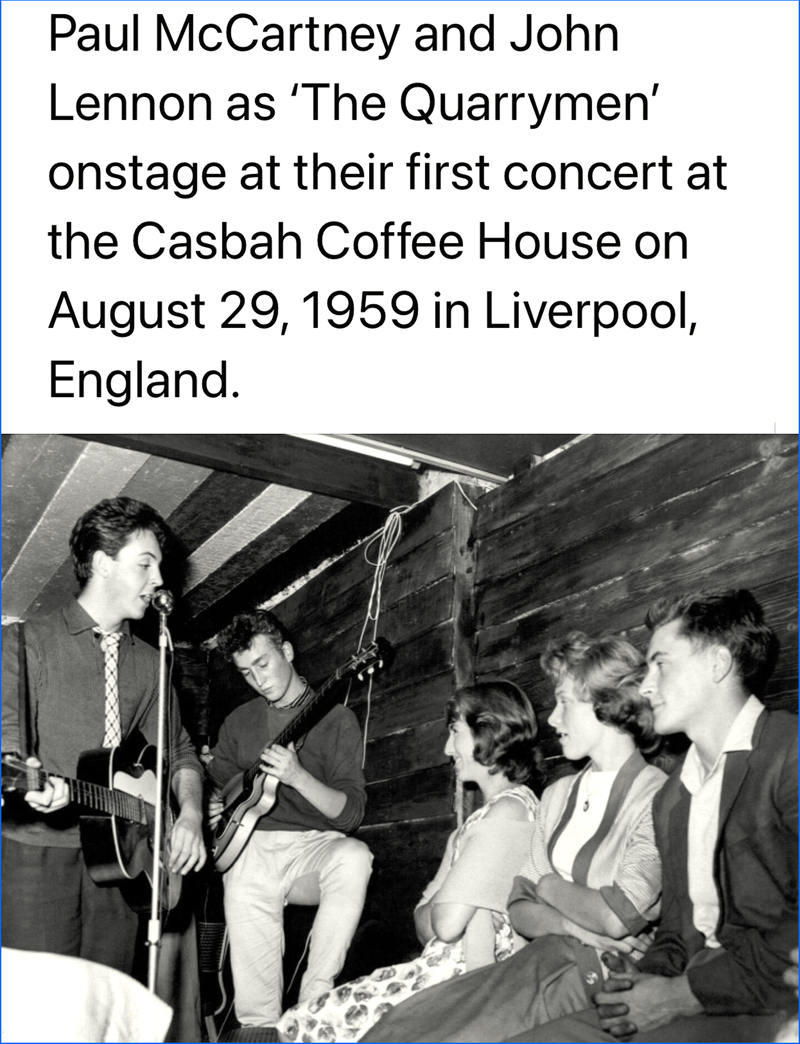
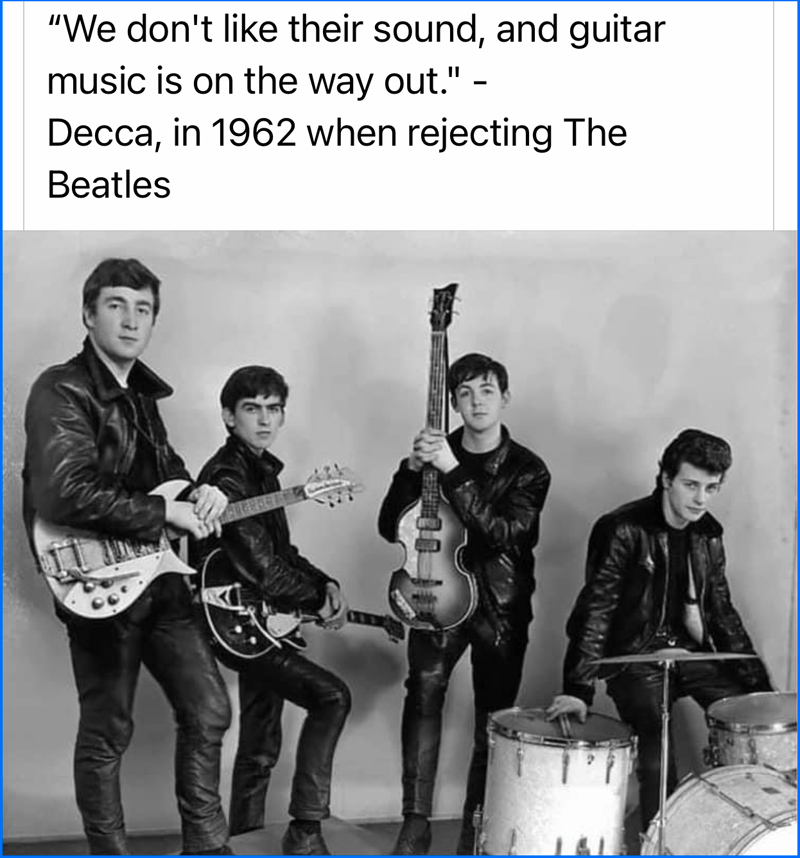
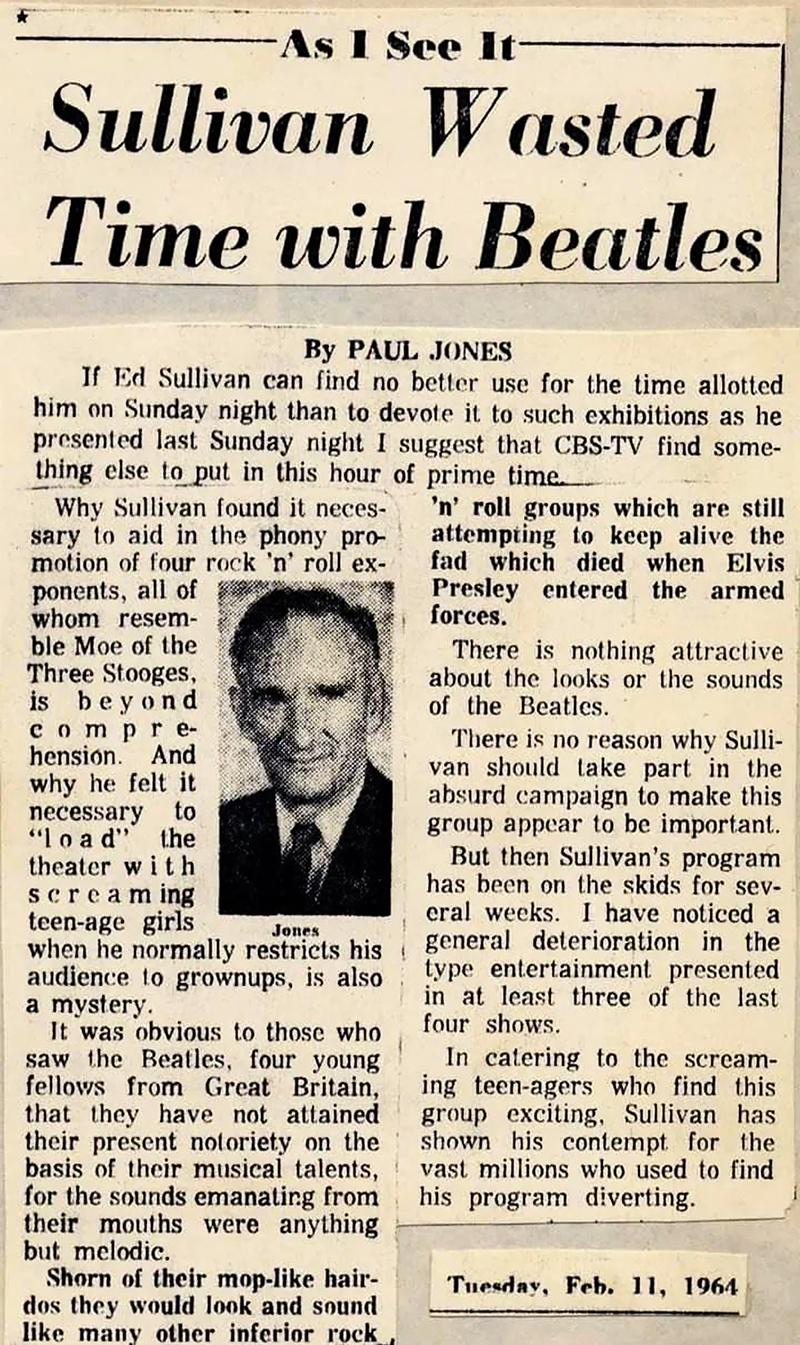
Sullivan Wasted Time with Beatles
By PAUL JONES
If Ed Sullivan can find no better use for the time allotted him on Sunday night than to devote it to such exhibitions as he presented last Sunday night I suggest that CBS-TV find something else to put in this hour of prime time.
Why Sullivan found it necessary to aid in the phony promotion of four rock 'n' roll exponents, all of whom resemble Moe of the Three Stooges, is beyond comprehension. And why he felt it necessary to "load" the theatre with screaming teen-age girls when he normally restricts his audience to grown-ups, is also a mystery. It was obvious to those who saw the Beatles, four young fellows from Great Britain, that they have not attained their present notoriety on the basis of their musical talents, for the sounds emanating from their mouths were anything but melodic. Shorn of their mop-like hair-dos they would look and sound like many other inferior rock 'n' roll groups which are still attempting to keep alive the fad which died when Elvis Presley entered the armed forces. There is nothing attractive about the looks or the sounds of the Beatles. There is no reason why Sullivan should take part in the absurd campaign to make this group appear to be important. But then Sullivan's program has been on the skids for several weeks. I have noticed a general deterioration in the type entertainment presented in at least three of the last four shows. In catering for the screaming teen-agers who find this group exciting, Sullivan has shown his contempt for the vast millions who used to find his program diverting.
TUESDAY. FEV. 11. 1964
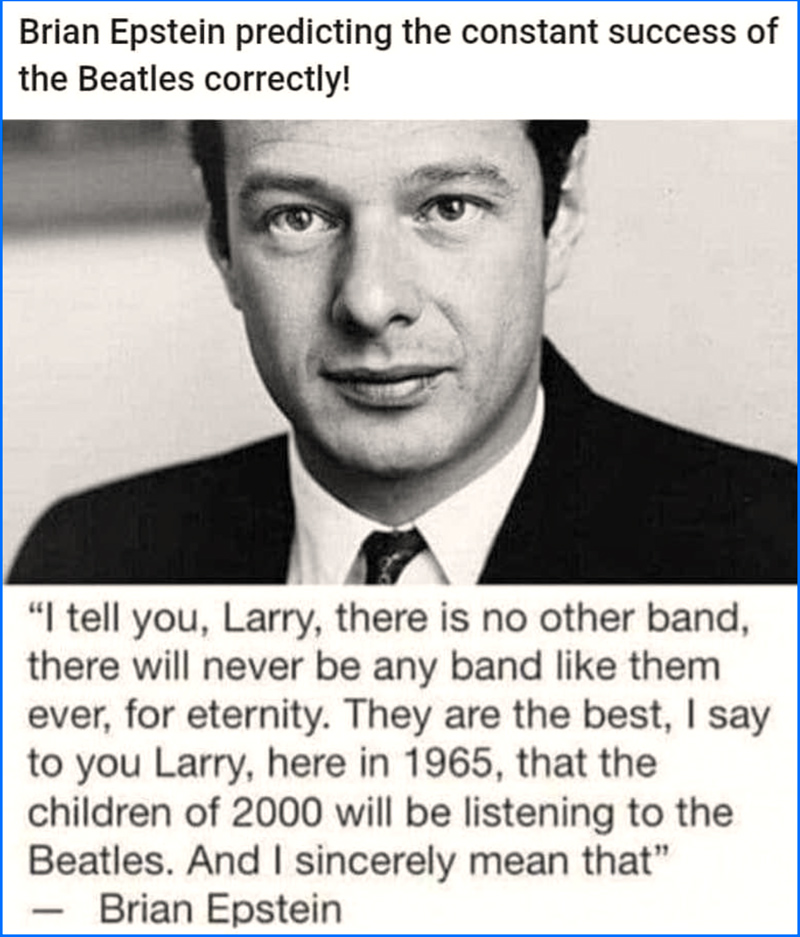
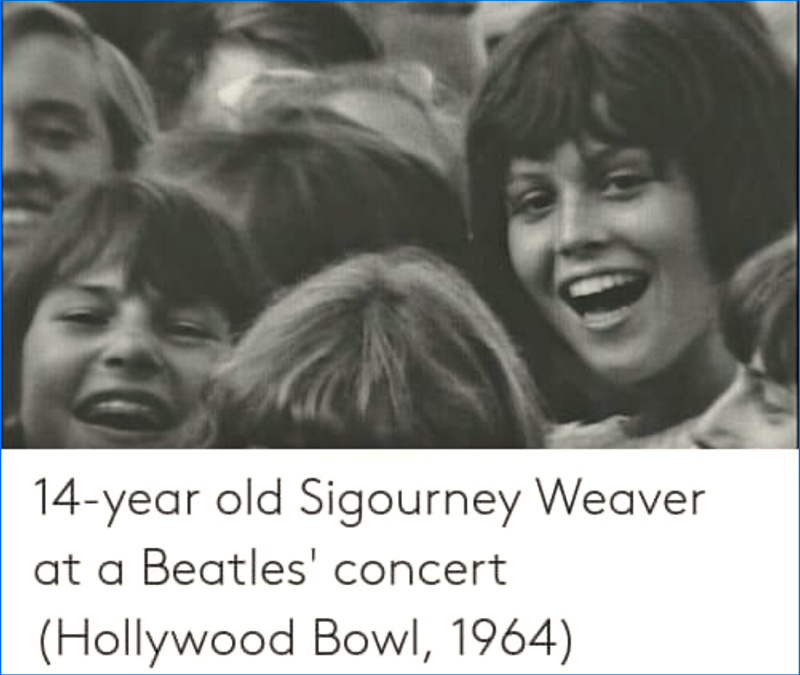
My geography and history teacher in 10th grade used to say that the Beatles were subversive, aggressive degenerates, and as he did so I would laugh under my breath (I understand English) : the Beatles mostly sung love songs. The song below is a hymn to celebrate the sun. Ignorance is not a virtue!
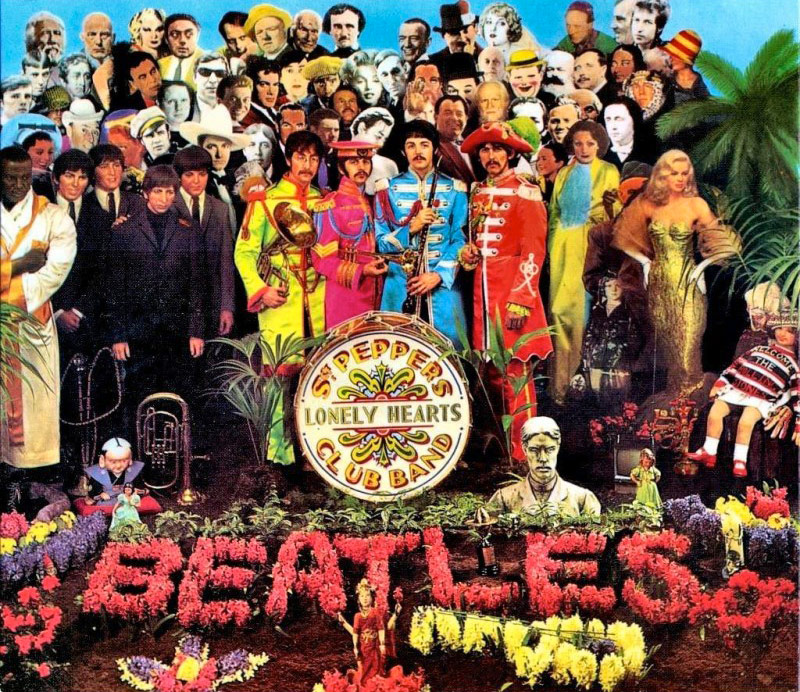
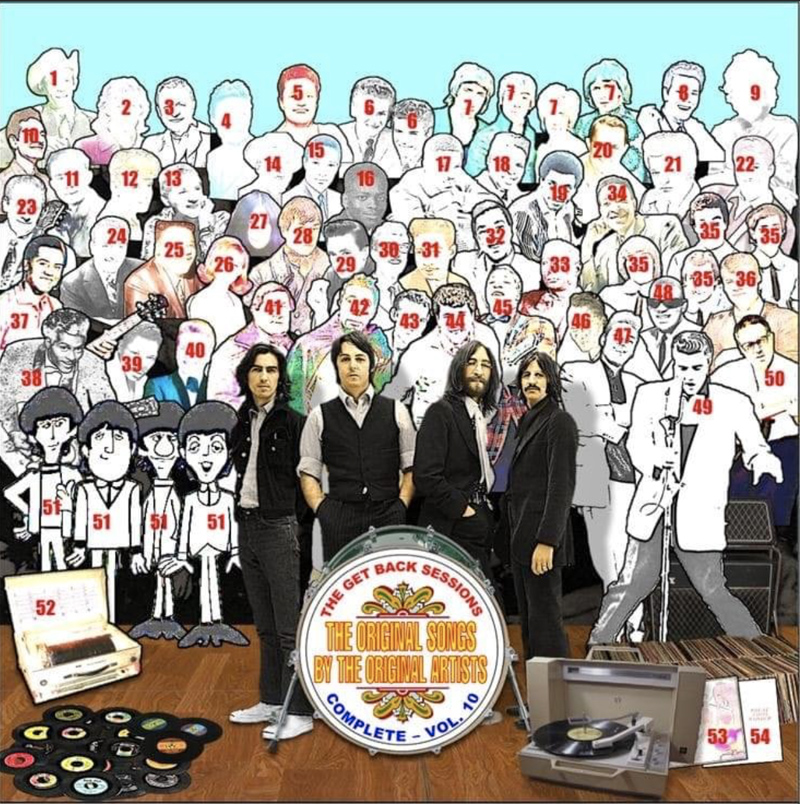
1 - Hank Williams 2 - Jackie Lomax 3 - Jimmie Davis 4 - Little Richard 5 - Guy Mitchell 6 - The Everly Brothers 7 - The Who 8 - Cliff Richards 9 - Bob Dylan 10 - Lonnie Donegan 11 - Samuel Barber 12 - Gary U.S. Bonds 13 - Jerry Lee Lewis 2 - Jackie Lomax 14 - Pintop Smith 3 - Jimmie Davis 15 - Sam Cooke 4 - Little Richard 16 - Otis Blackwell 5 - Guy Mitchell 17 - Edwin Starr 6 - The Everty Brothers 18 - Tommy Tucker 7 - The Who 19 - Billy Preston 8 - Cliff Richards 20 - Tommy Dorsey 9 - Bob Dylan 21 - Conway Twitty 10 - Lonnie Donegan 22 - Ben E King 11 - Samuel Barber 23 - Les Paul 12 - Gary U.S Bonds 24 - Tony Bennett - 25 - Fats Domino 37 -Emile Ford 26 - Lulu 38 Chuck Berry 27 - Yoko Ono 39 -Lloyd Price 28 - Eric Burdon 40 -Johnny Burnette 29 - Johnny Cash 41 - Gioachino Rossini 30 - Buddy Holly 42 -Srearnin' Jay Hawkii 31 - Wilbert Harrison 43 -Carl Perkins 32 - Smokey Robinson 44 -Chris Montez 33 - Leadbelly 45 -Bo Diddley 34 - Marvin Gaye 46 -Oscar Buddy Wood 35 - The Young Rascals 47 -Larry Williams 36 - Ritchie Valens 48 - Ray Charles.
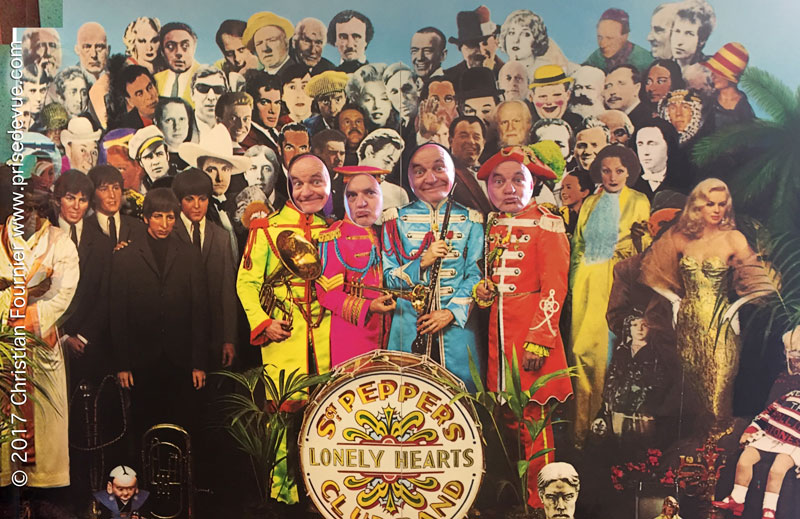

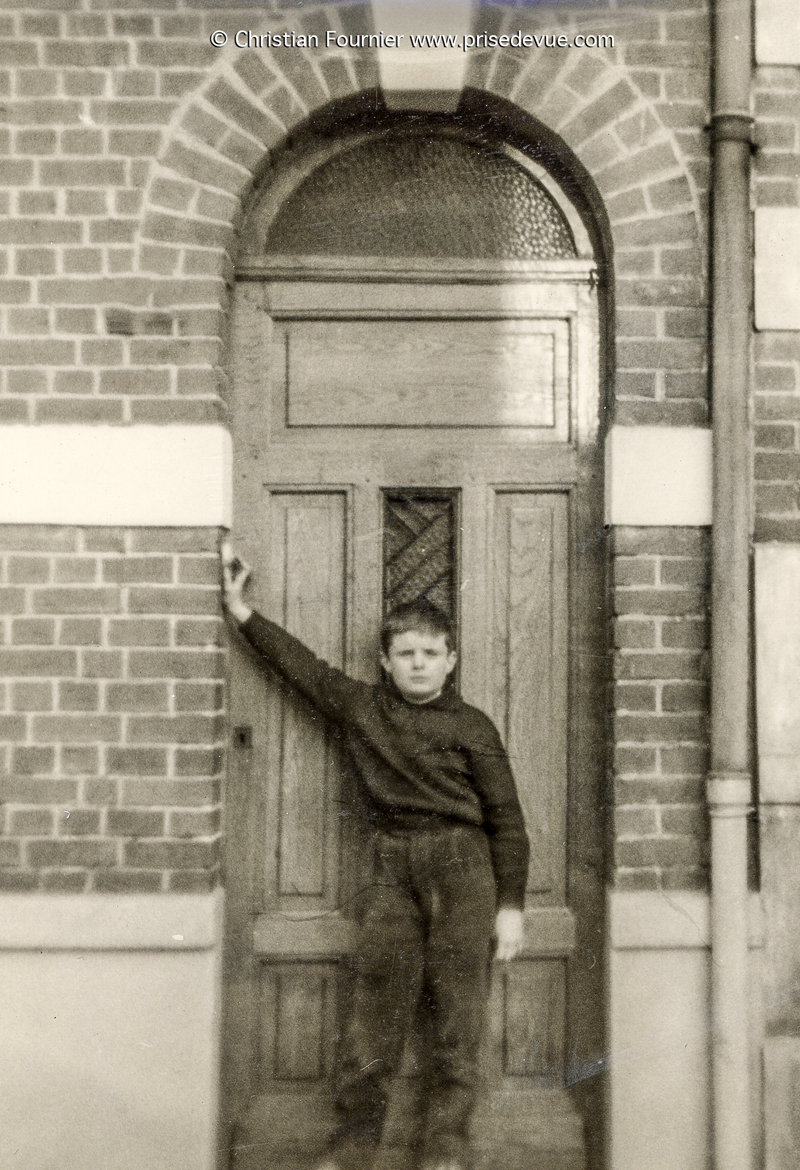
Moi devant le 14 rue Charcot, Arras, Pas de Calais, la maison de mon enfance.
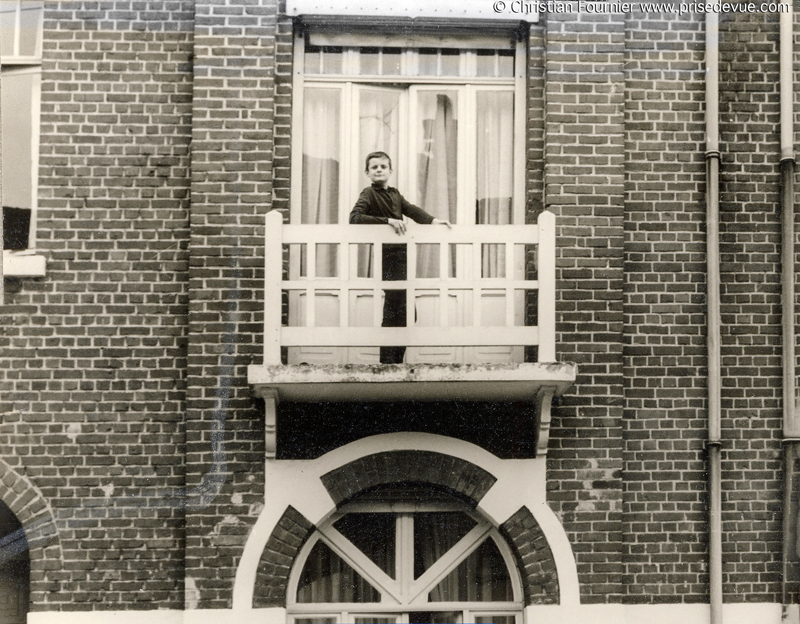 |
« I vaguely remember my schooldays. They were what was going on in the background while I was trying to listen to the Beatles. » « The Salmon of Doubt: Hitchhiking the Galaxy One Last Time » par Douglas Adams.
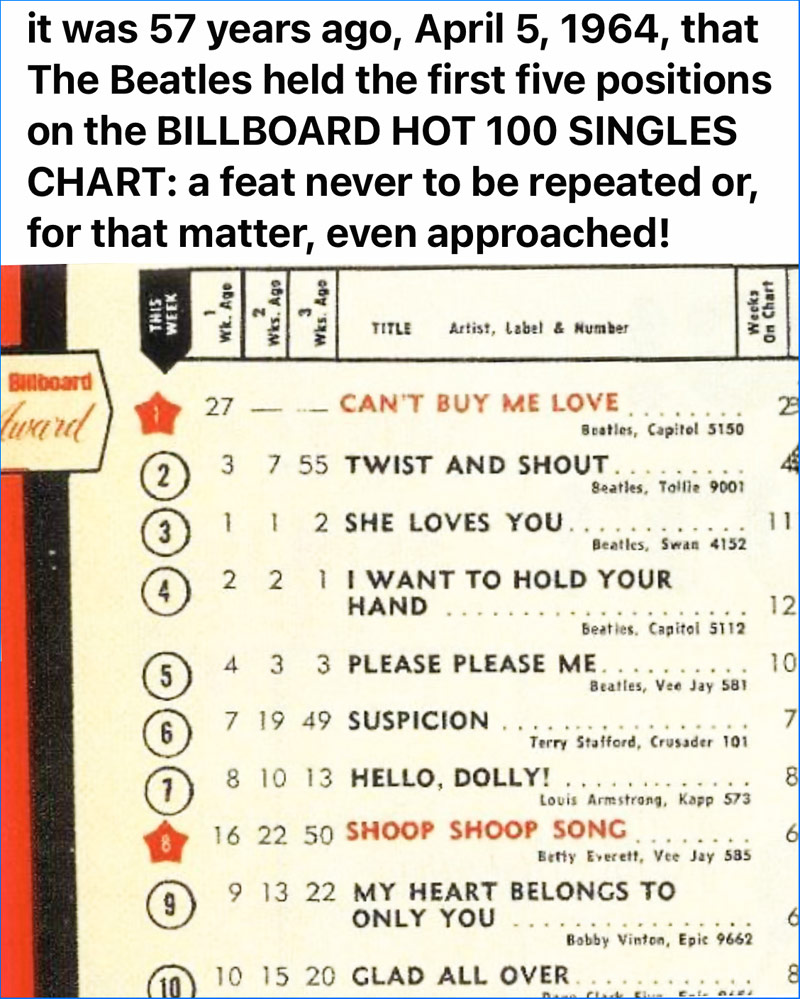
En 1964, 5 chansons des Beatles occupent les 5 premières places du "Palmarès des 100 meilleures chansons". Cette performance ne s'est jamais répétée depuis.
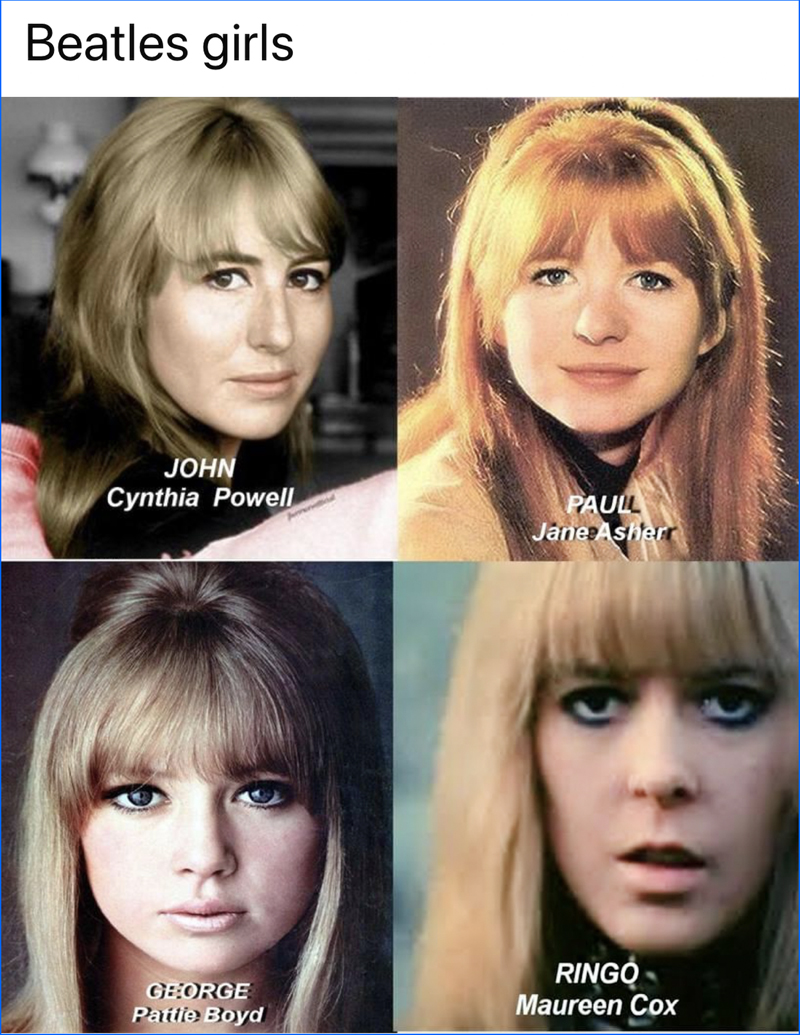
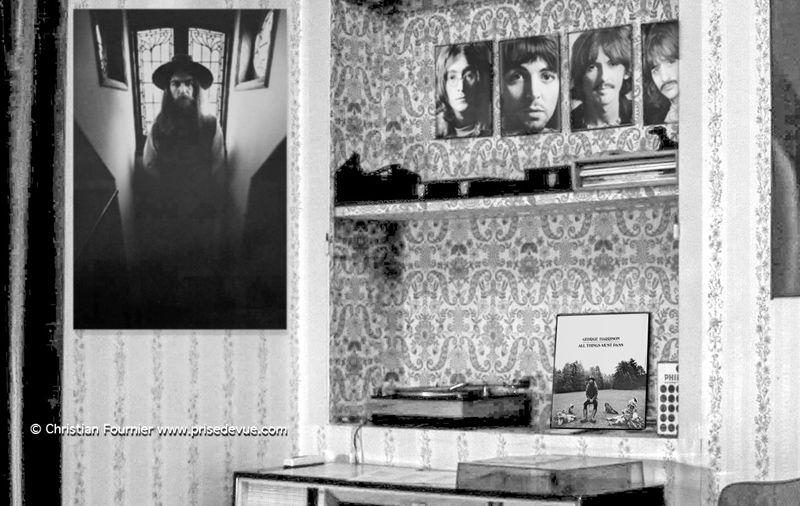
Le coin perso Christian et Dominique de notre salon famillial en 1966 |
"Here Comes The Sun"
Here comes the sun, here comes the sun
And I say it's all right
Little darling, it's been a long cold lonely winter
Little darling, it feels like years since it's been here
Here comes the sun, here comes the sun
......
Here comes the sun, here comes the sun And I say it's all right Here comes the sun, here comes the sun It's all right, it's all right.
The Beatles. Sung by Georges Harrison.
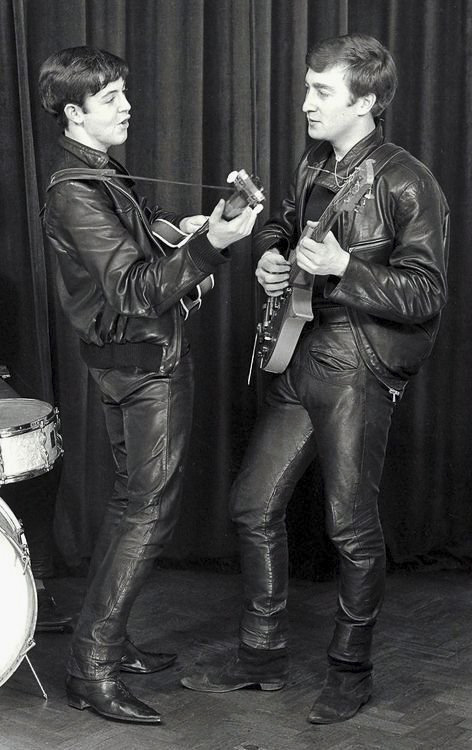
1961 Paul McCartney and John Lennon
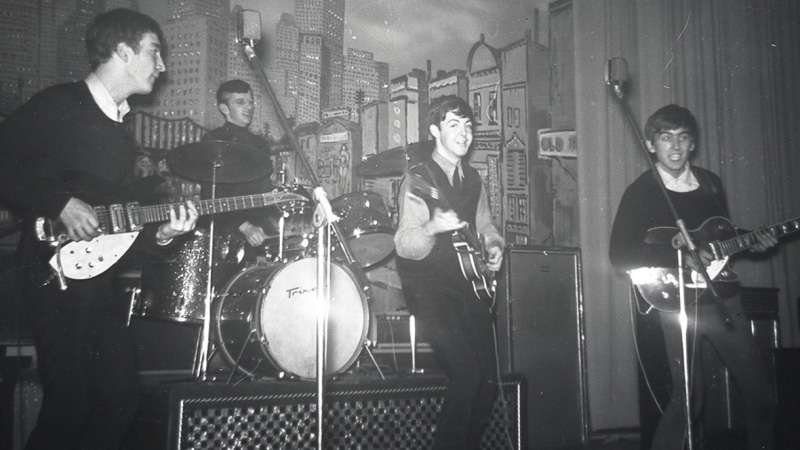
1962 : The Beatles performing in Hamburg
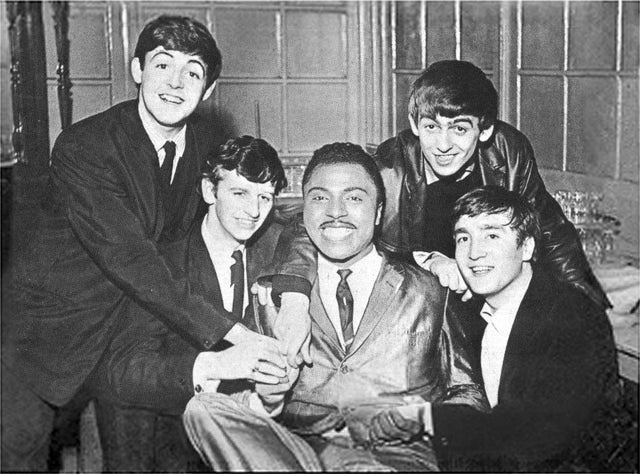
1962 The Beatles and Little Richard. At a small Liverpool movie theater, a 14-year-old Paul McCartney watched the hit film, mesmerized by the energy, talent and charisma of Little Richard, who had a cameo performing “Ready Teddy.” A year later, McCartney met John Lennon, who was performing with his band in the back of a churchyard. The two quickly learned that they shared a love of American rock ‘n’ roll, and both were big fans of “The Girl Can’t Help It.” McCartney’s audition for Lennon even included a rendition of Eddie Cochran’s “20 Flight Rock” from the movie. Lennon asked him to join the band.
The two started practicing together and dabbled in songwriting. When penning tunes, McCartney and Lennon often borrowed a formula that Little Richard had made his trademark: three chords played with a contagious, driving rhythm and blues feel.
George Harrison joined them, along with Lennon’s art school buddy, Stuart Sutcliffe. They started performing together in Liverpool at venues like the Jacaranda and the famed Cavern Club. Staples of their sets included covers of the Little Richard classics “Long Tall Sally” and “Hey-Hey-Hey-Hey.”
As their popularity grew, they were invited to perform residencies as the house band at the Indra and Kaiserkeller clubs in Hamburg, Germany. Playing every night allowed them to hone their live chops; by the time they returned to Liverpool and the Cavern Club, they were seasoned performers, and the crowds at their shows swelled. The next year, they toured the U.K. with Roy Orbison and Del Shannon. And then the group got their biggest break yet: They were asked to be the opening act for Little Richard at the brand new Star-Club in Hamburg in late 1962 for 14 shows.
Little Richard was riding high. From 1956 to 1959, he scored 18 hit singles with his unique combination of wailing vocals, energetic piano playing and flamboyant style.
Not only did McCartney and Lennon get to meet their idol, but they also got to observe and spend time with Little Richard backstage. Little Richard would later recall helping McCartney hone his vocal style in the green room. And once their residency in Hamburg concluded, Little Richard joined the group in Liverpool to see them perform at the Cavern Club. He got a glimpse of what was to come; impressed by the group’s energy, he foresaw success for the band in America.
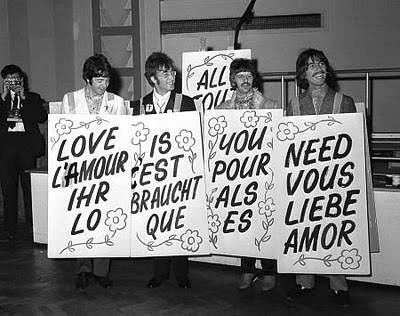
1964 Beatles in France. Les Beatles ont donné leur premier concert en France à l'Olympia le 16 janvier 1964.
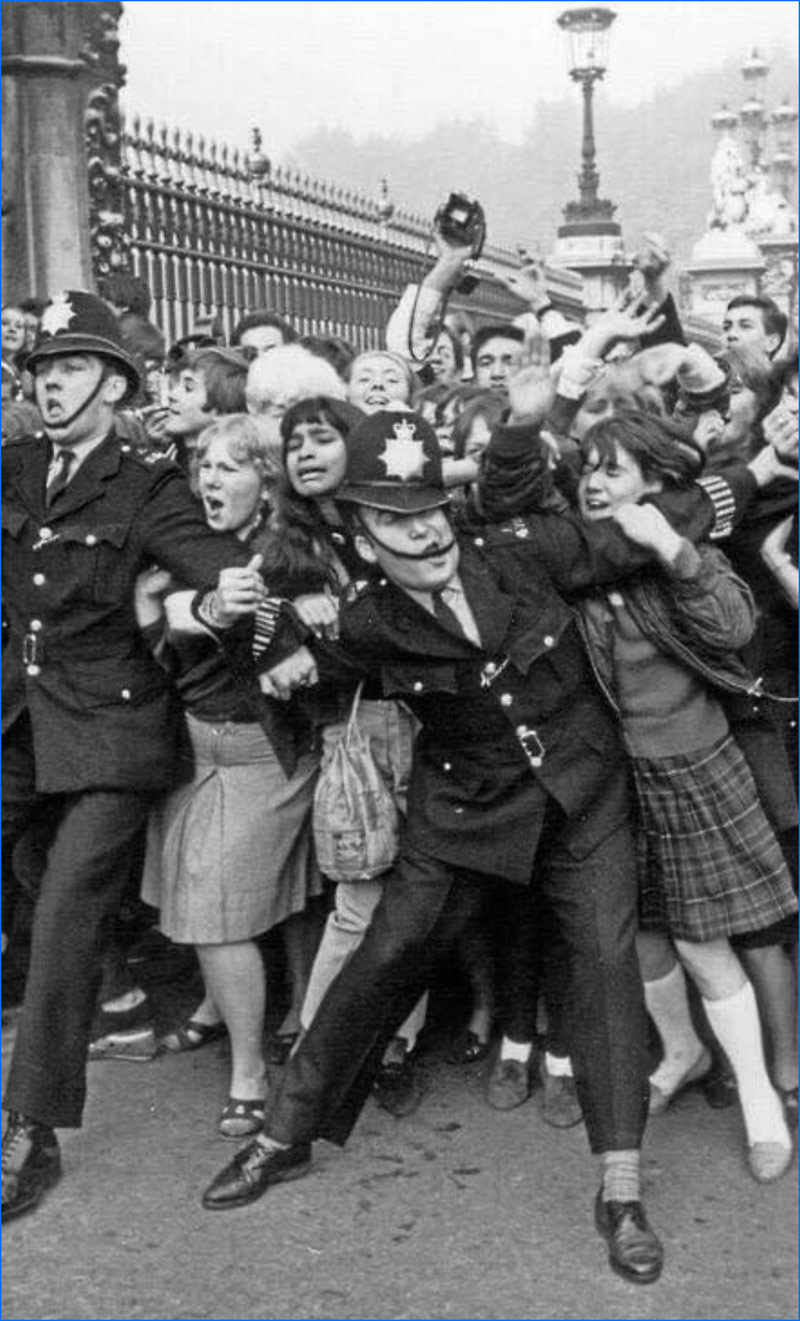
Beatlemania est un terme apparu à la fin de l'année 1963 pour désigner l'extraordinaire engouement des fans à l'égard du groupe de musique britannique The Beatles.
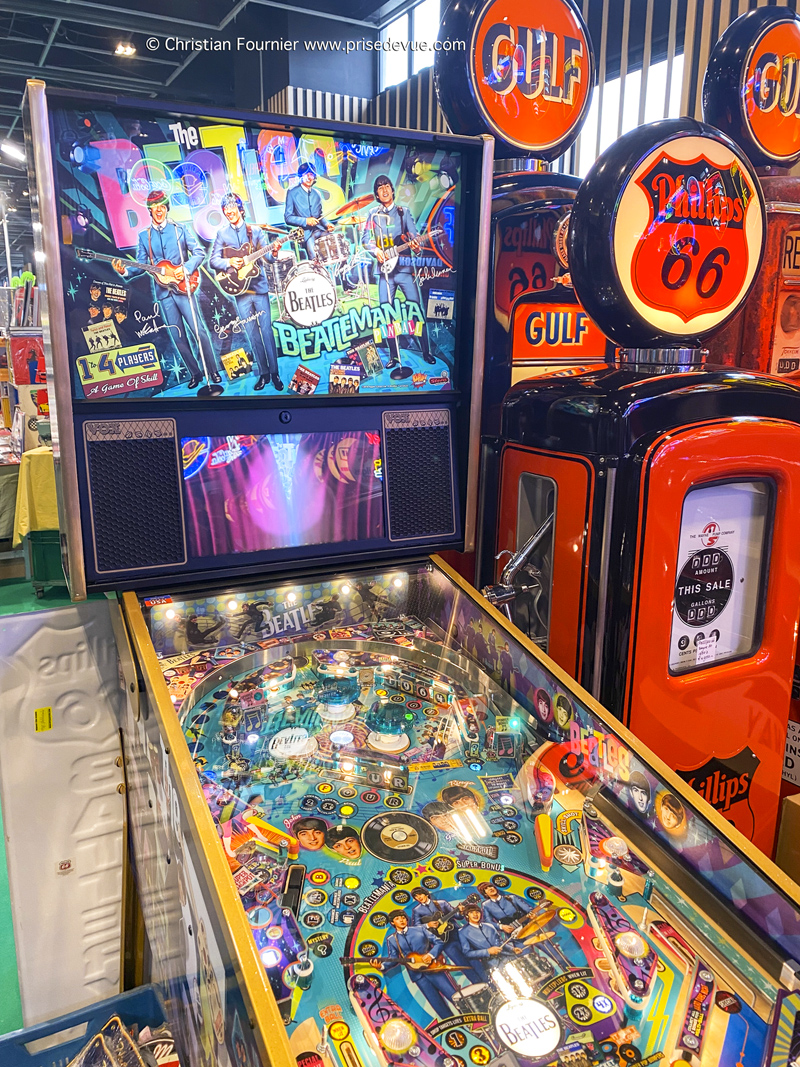
Bon, c'est un judebox "Beatles"
Pour les jeunes : "Un juke-box ou jukebox est un distributeur automatique public à monnayeur de chansons tubes enregistrées traditionnellement sur des disques." Wikipedia
 |
The Monty Phyton.
|
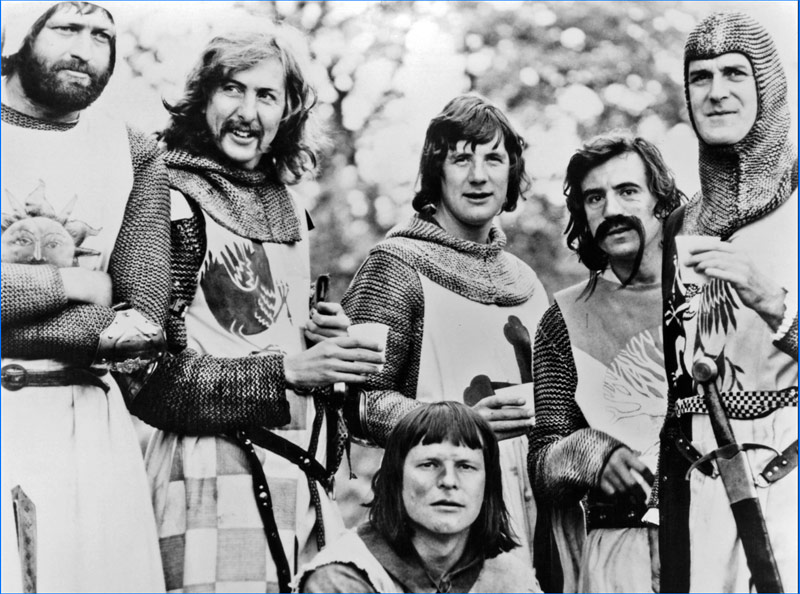
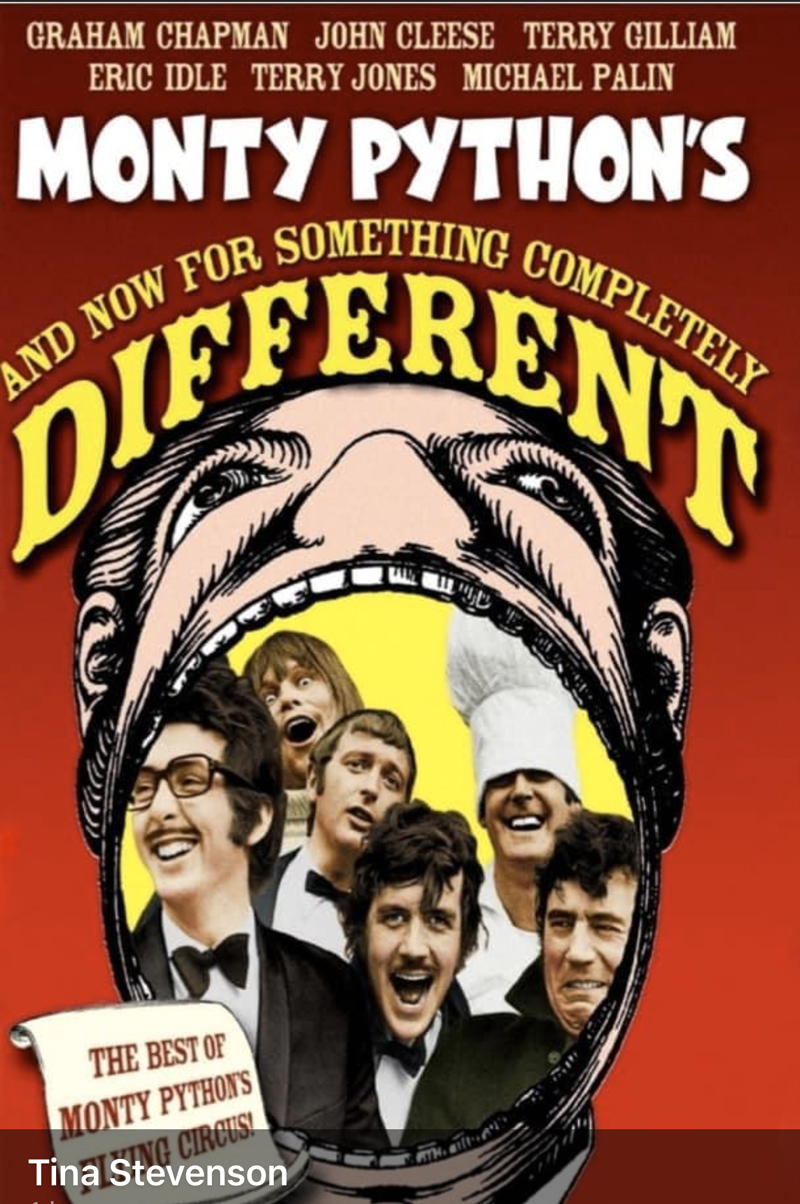
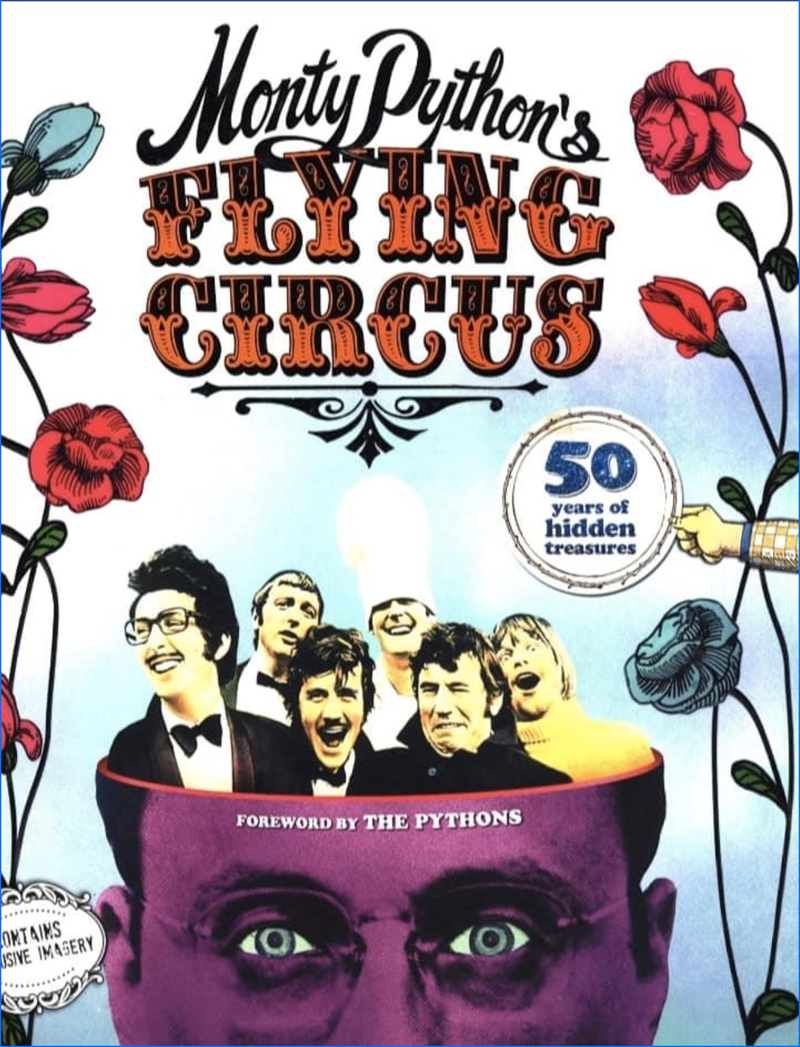
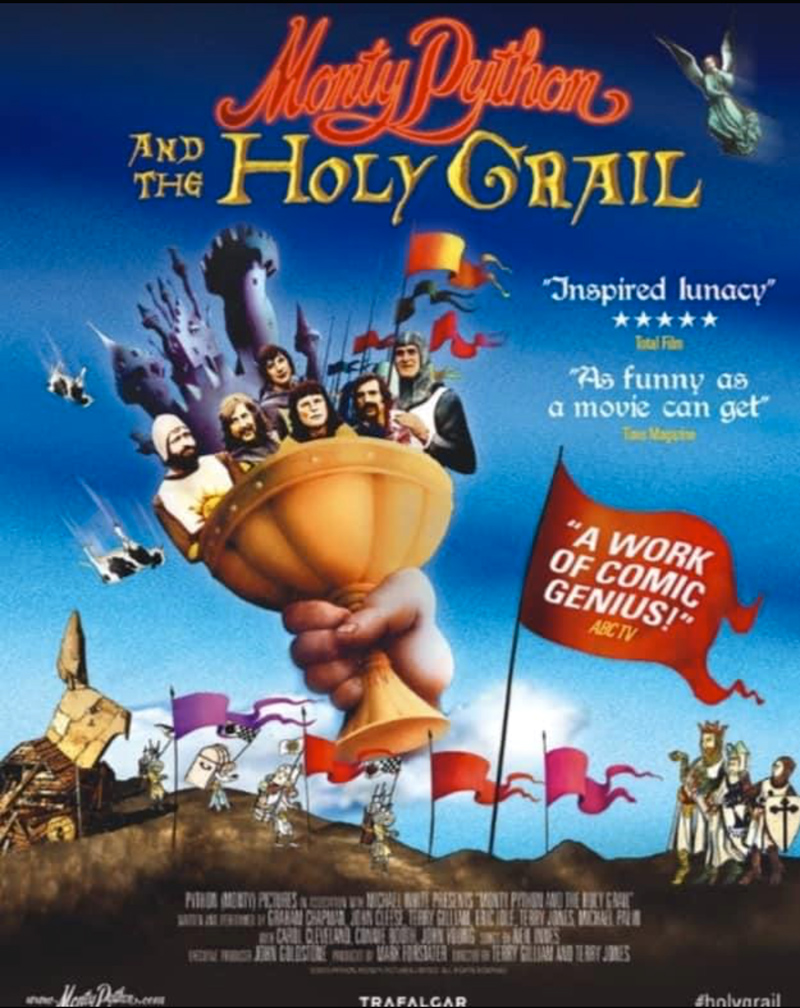
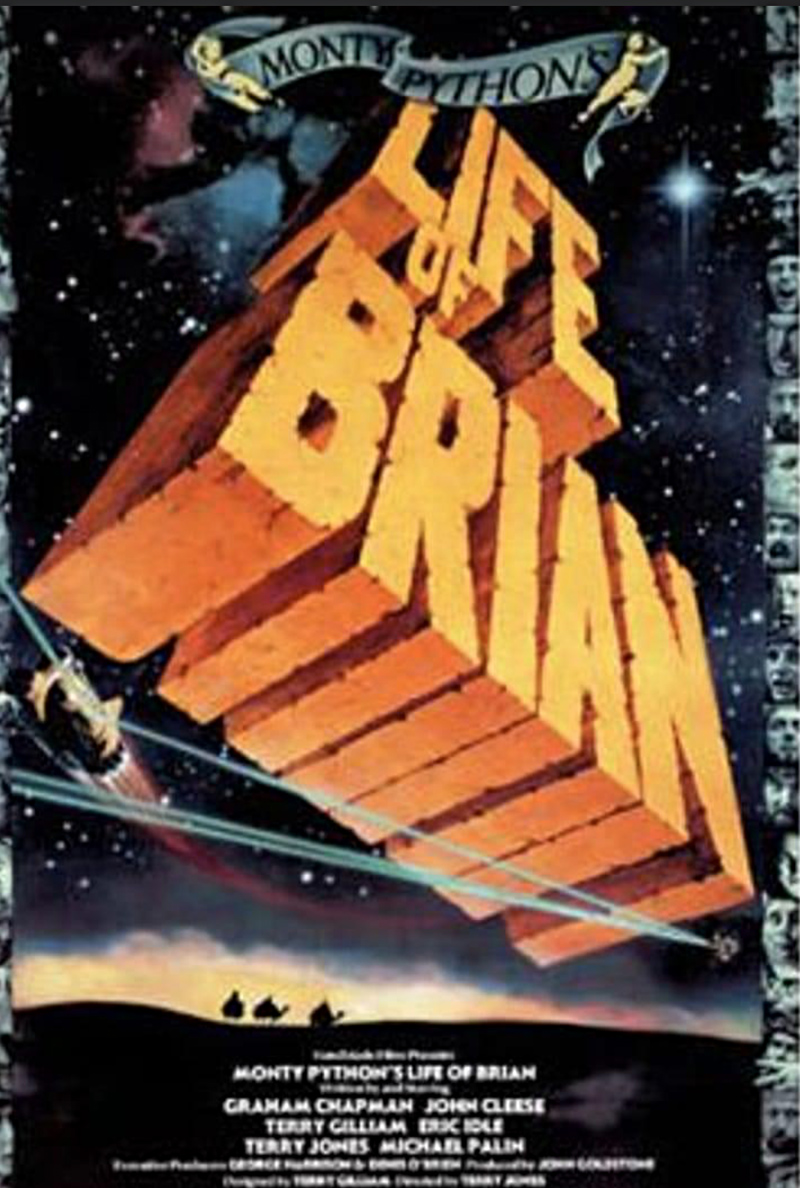
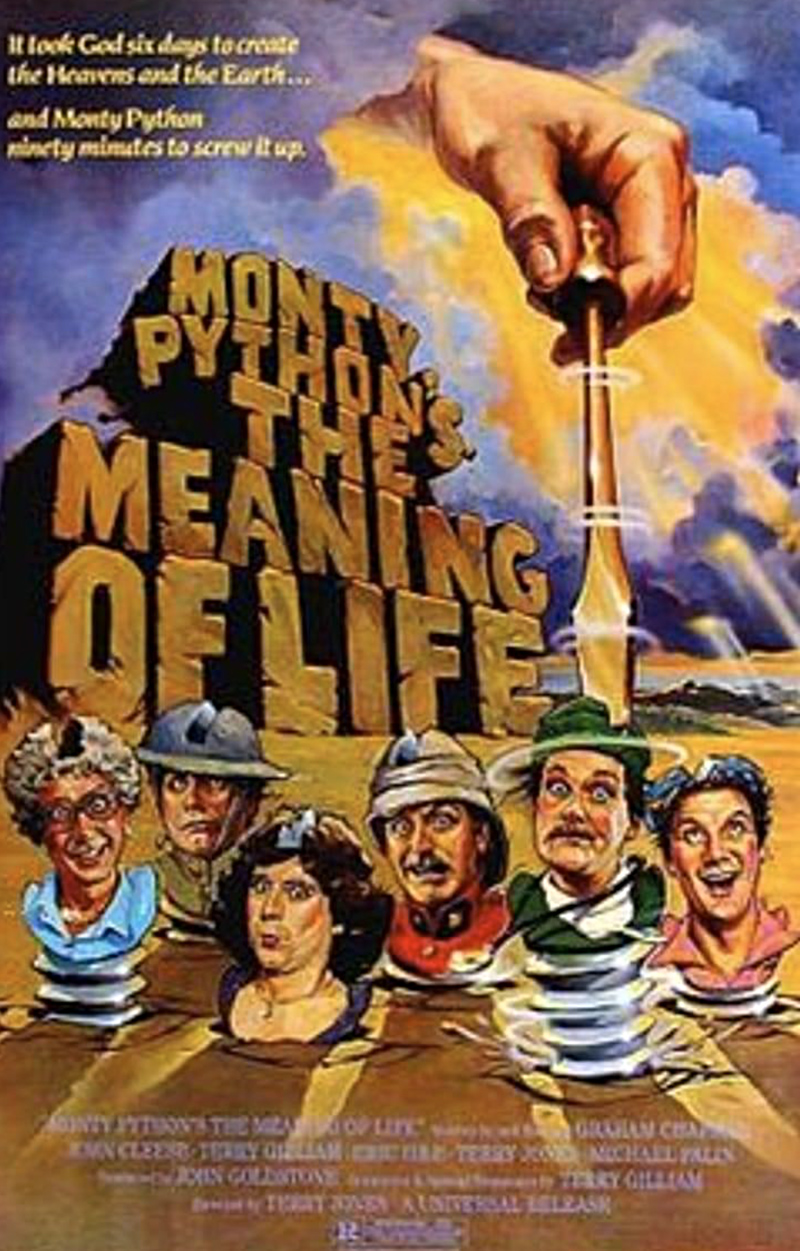

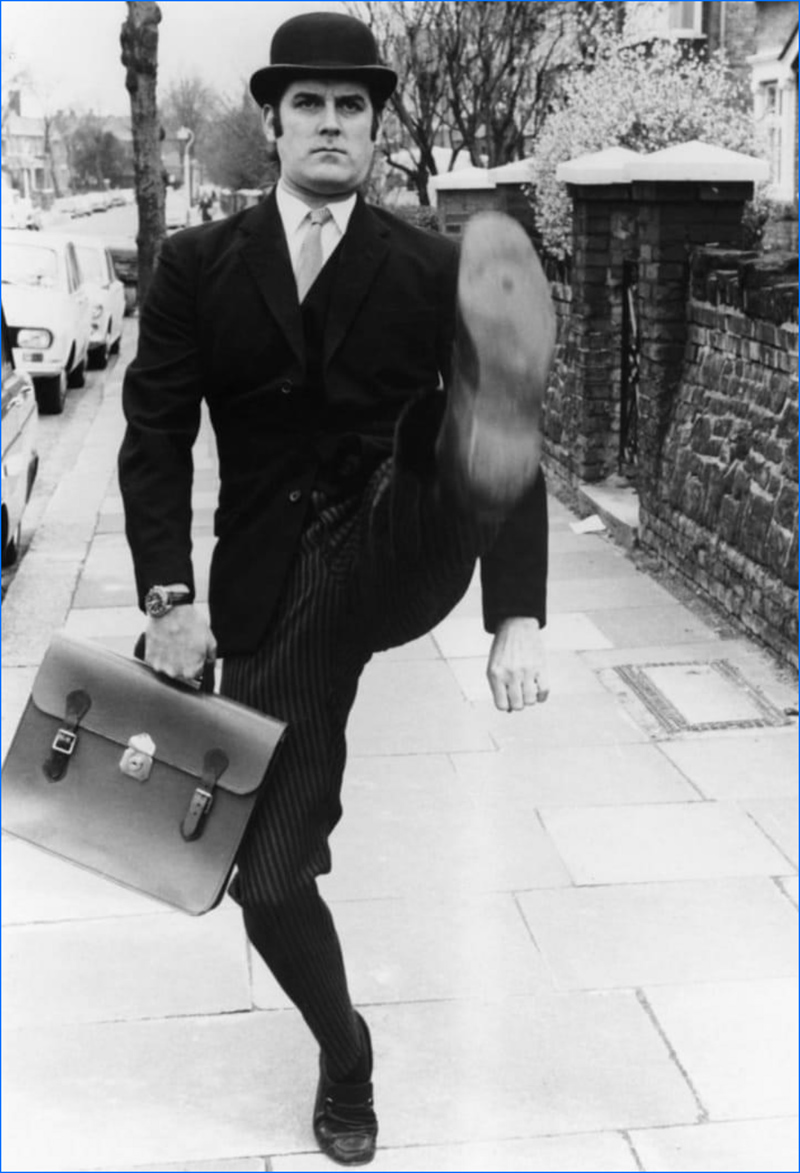
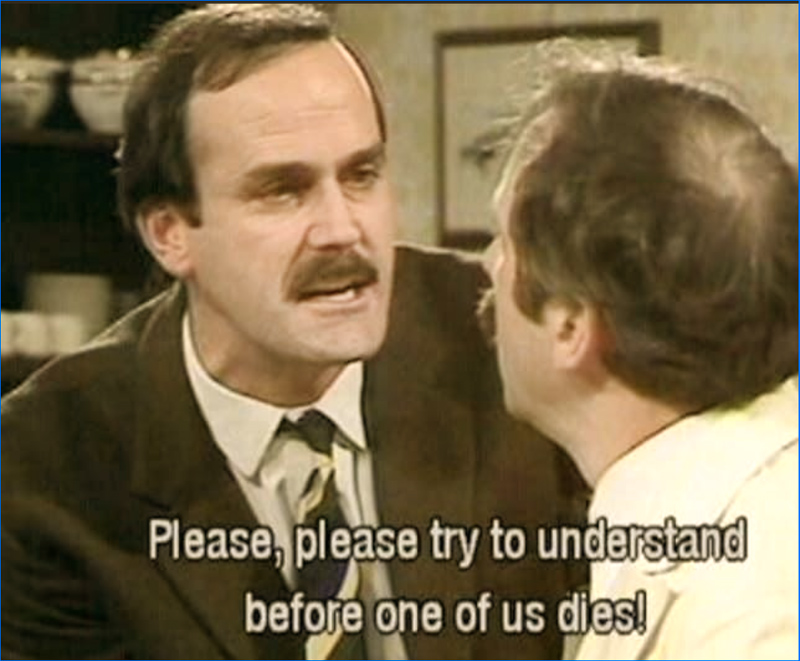
1979

The Monty Phyton.
Monty Python est le nom d'une troupe d'humoristes britanniques rendue célèbre initialement grâce à sa première création, la série télévisée Monty Python's Flying Circus dont la diffusion débuta à la BBC le 5 octobre 1969 et qui se poursuivit durant 45 épisodes jusqu'au 5 décembre 1974. Elle était composée de six membres nommés Graham Chapman, John Cleese, Eric Idle, Michael Palin, Terry Jones et Terry Gilliam.
Always Look On The Bright Side Of Life
Cheer up, Brian. You know what they say. Some things in life are bad, They can really make you mad. Other things just make you swear and curse. When you're chewing on life's gristle, Don't grumble, give a wistle! And this'll help things turn out for the best... And... (the music fades into the song) ...always look on the bright side of life! (whistle) Always look on the bright side of life... If life seems jolly rotten, There's something you've forgotten! And that's to laugh and smile and dance and sing, When you're feeling in the dumps, Don't be silly chumps, Just purse your lips and whistle -- that's the thing! And... always look on the bright side of life... (whistle) Come on! (other start to join in) Always look on the bright side of life... (whistle) ........
Monty Python The Argument Sketch
A man walks into an office. Man: (Michael Palin) Ah. I'd like to have an argument, please.
Receptionist: Certainly sir. Have you been here before? Man: No, this is my first time. Receptionist: I see.
Well, do you want to have the full argument, or were you thinking of taking a course? Man: Well, what would be the cost? Receptionist: Well, It's one pound for a five minute argument, but only eight pounds for a course of ten. Man: Well, I think it's probably best if I start with the one and then see how it goes from there, okay? Receptionist: Fine. I'll see who's free at the moment. (Pause)
Receptionist: Mr. DeBakey's free, but he's a little bit conciliatory. Ahh yes, Try Mr. Barnard; room 12. Man: Thank you.
(Walks down the hall. Opens door.) Angry man: WHADDAYOU WANT? Man: Well, Well, I was told outside that... Angry man: DON'T GIVE ME THAT, YOU SNOTTY-FACED HEAP OF PARROT DROPPINGS! Man: What? A: SHUT YOUR FESTERING GOB, YOU TIT! YOUR TYPE MAKES ME PUKE! YOU VACUOUS TOFFEE-NOSED MALODOROUS PERVERT!!! M: Yes, but I came here for an argument!! A: OH! Oh! I'm sorry! This is abuse! M: Oh! Oh I see! A: Aha! No, you want room 12A, next door. M: Oh...Sorry... A: Not at all! A: (under his breath) stupid git.
(The man goes into room 12A. Another man is sitting behind a desk.) Man: Is this the right room for an argument? Other Man:(John Cleese) I've told you once. Man: No you haven't! Other Man: Yes I have. M: When? O: Just now. M: No you didn't! O: Yes I did! M: You didn't! ... Suite....
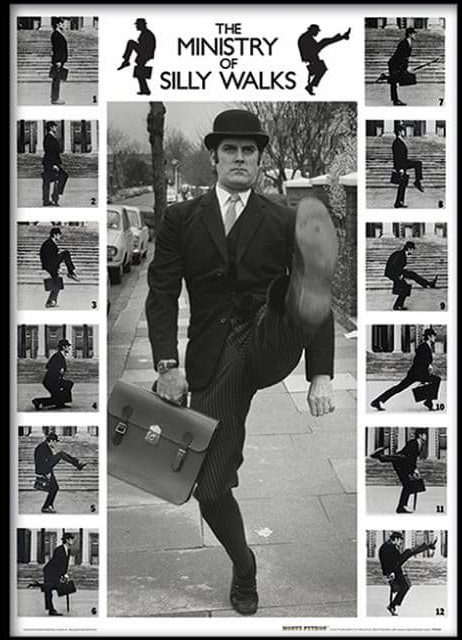
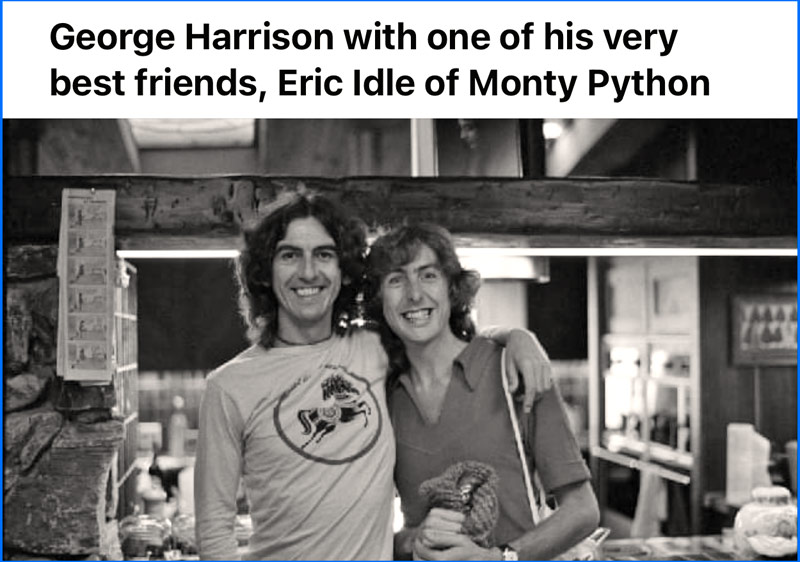

|
L'association de « spam » et de « indésirable » provient d'un sketch comique des Monty Python, intitulé Spam, dans lequel le mot « spam », désignant le fameux jambon en boîte, envahit la conversation et le menu d'un petit restaurant (il entre dans la composition de chaque plat et est répété à tout bout de champ). Un groupe de Vikings présent dans le restaurant interrompt régulièrement la conversation en chantant bruyamment « Spam, Spam, Spam, Spam, lovely Spam, wonderful Spam ». Le sketch parodie une publicité radiophonique pour SPAM, pendant laquelle la marque était répétée de nombreuses fois (« SPAM SPAM SPAM SPAM / Hormel's new miracle meat in a can »).
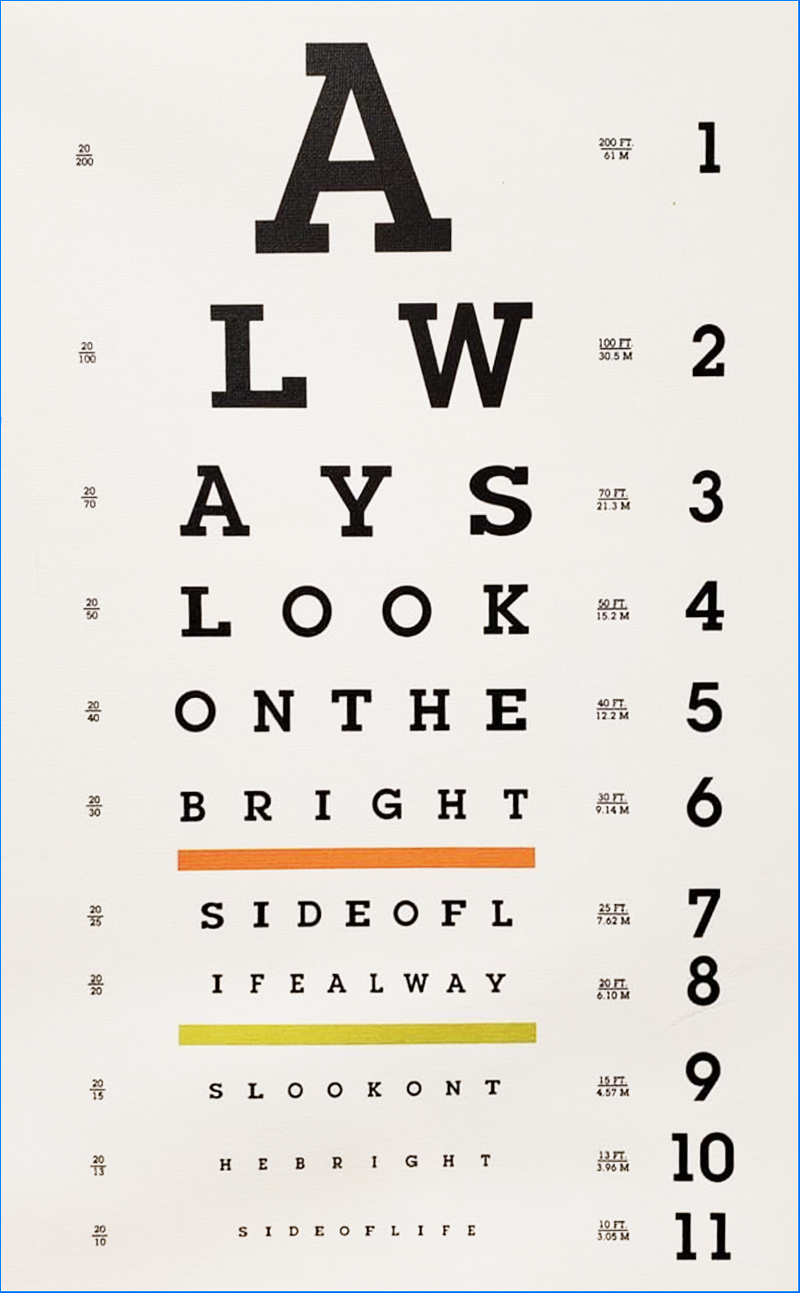
|
"Jesus was no saint. The story we have about him is largely Jesus defying the legitimacy and authority of the dominant religious system and its ecclesiastical hierarchy. His noncompliance and anarchist spirit was a threat to the Roman government. Jesus was not a figure of religion. Jesus was an iconoclast. To the Romans, he was a radical – a religious fanatic who would no doubt try to overturn their social order if allowed to gain too many followers.
Jesus was not crucified for his beliefs but for his actions. People often envision Jesus as someone tiptoeing around in a flowing robe, speaking softly, patting children on the head and carrying a baby lamb in his arms. But the real Jesus of history was a lightning rod. He got angry. He was the greatest debunker of religious hierarchies and traditions this world has ever seen. The religious establishment hurriedly condemned him to death for blasphemy, while the secular powers executed him for sedition.
It's unfortunate that Christianity was pinned on Jesus. This wasn't his fault. Jesus did not die to save people from God, rescue us from ourselves, or snatch sinners from the flames of hell. Jesus is not a ticket-puncher to heaven, he's a jail-breaker for people locked up in religion.
Jesus did not start the Christian religion. Organized Christianity has probably done more to retard the ideals that were its founder’s than any other agency in the world. Should Jesus reappear, he would be a most dangerous threat to the institution of the Church originally established in his name. What are now called “essential doctrines” of the Christian religion, Jesus does not even mention.
I consider the life, teachings, and wisdom of Jesus to be universally relevant, regardless of one's religious, spiritual, or philosophical point of view. Christianity does not hold unique and absolute claim to Jesus. Just because you are a Christian doesn't mean you truly get Jesus. In fact, it may be the reason why you don't."
Jim Palmer, Inner Anarchy
Monty Python : "He is no Messiah, he's just a naughty boy!"
|
I visited Castle "Aaaarrrgghh" in Scotland in 2014
 |

Le Château Stalker comme on le voit aujourd'hui date du 15eme siècle. A l'origine le site d'un petit fortin, le château lui-même était une position forte des Stewarts Appin depuis de nombreuses années avant de tomber en ruine dans les années 1800. Il a été acheté en 1965 par la famille Stewart-Allward et est maintenant complètement restauré et habitable. On le reconnaît comme le château"Aaaarrrgghh du film culte "Monty Python sacré Graal" |
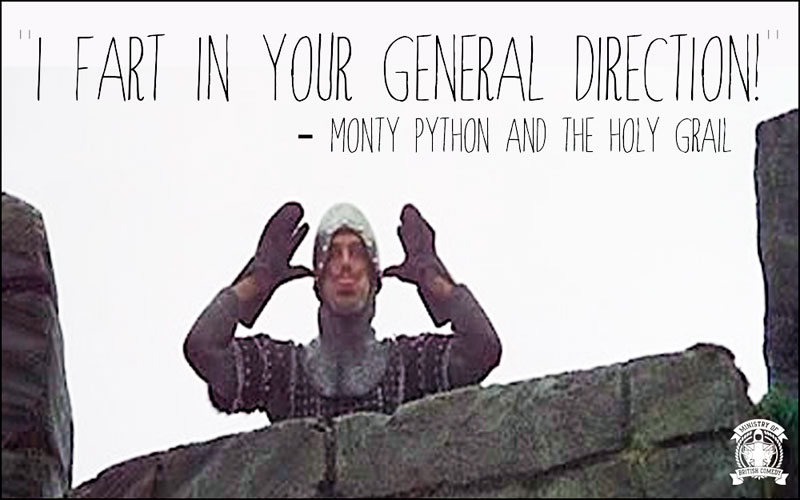
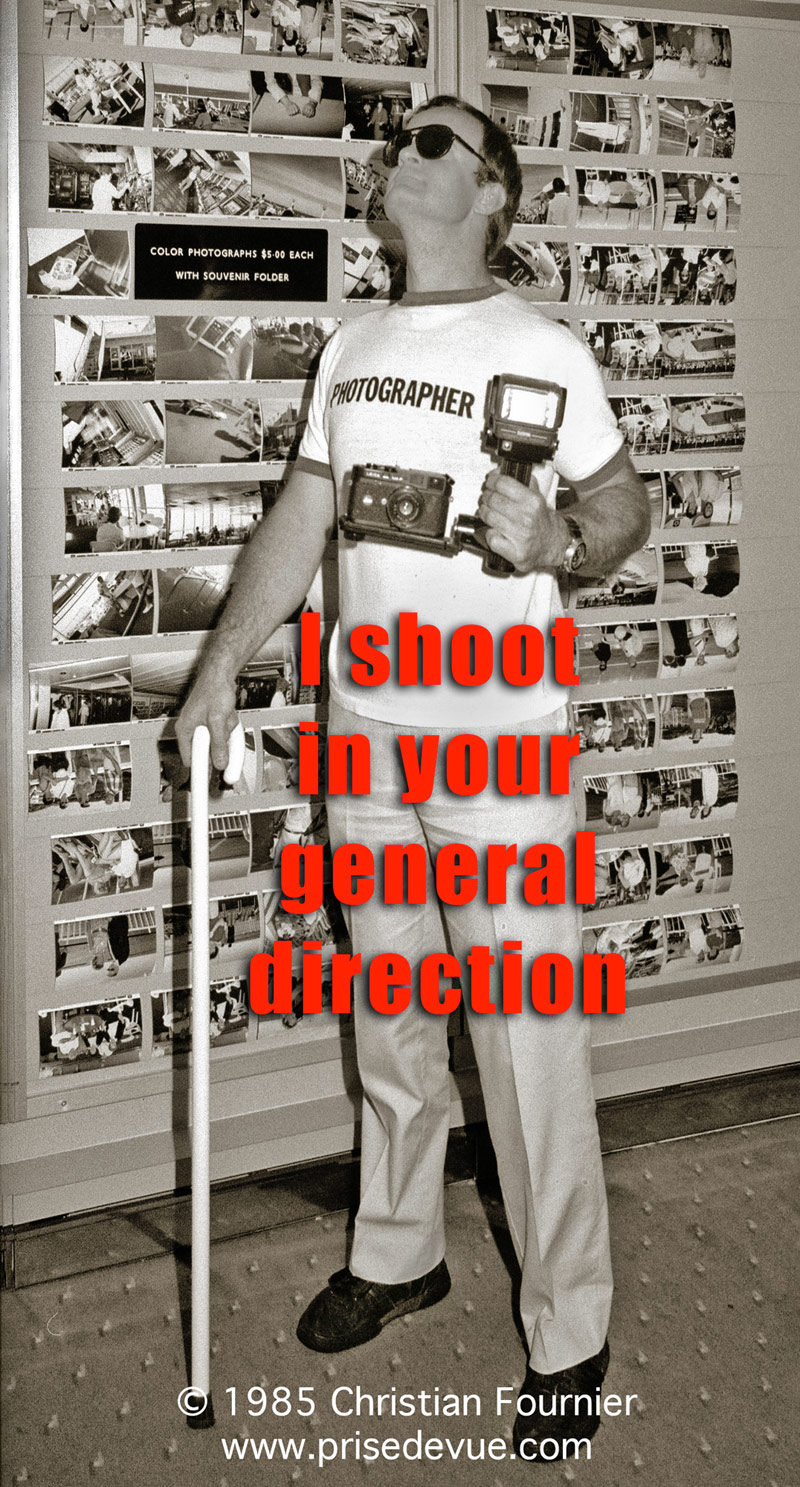
How do you know when you are Middle-Aged?
Those ten tell-tale signs…...
1 You don't understand what young peasants are talking about.
2 You struggle to read Chaucer in weak candlelight.
3 You hate rowdy taverns.
4 You constantly worry that you might have the Black Death.
5 You don't know or care who Joan of Arc is sleeping with.
6 You tell your wife crusaders seem younger every day.
7 You struggle with new technology such as the heavy plough and the long bow.
8 You find Gothic architecture too modern.
9 You keep forgetting who the King is.
10 You dream of buying a second hovel in France.
|
John Cleese about political correctness 2016.
 |

Monty Python
Welcome to social media. A person who does not understand humour will contact you shortly.
To complain for being offended.
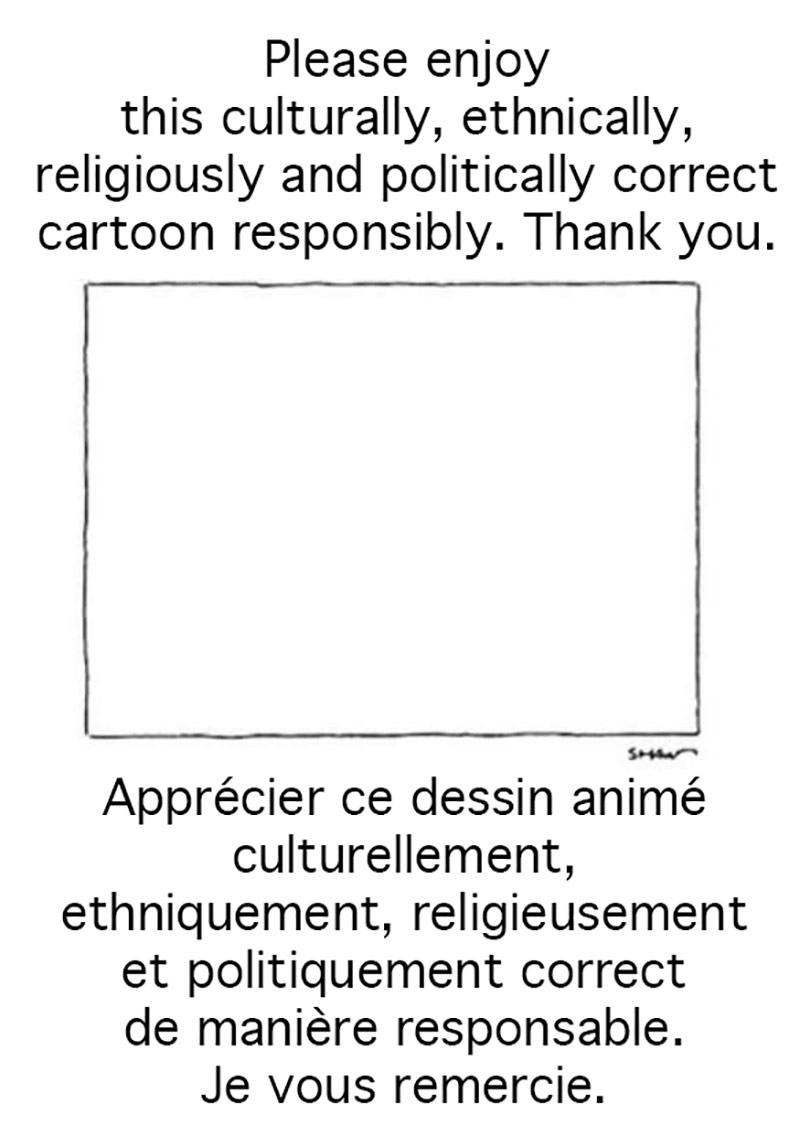
|
When everyone on earth is 100 % politically correct, there will be no exchanges of ideas anymore.
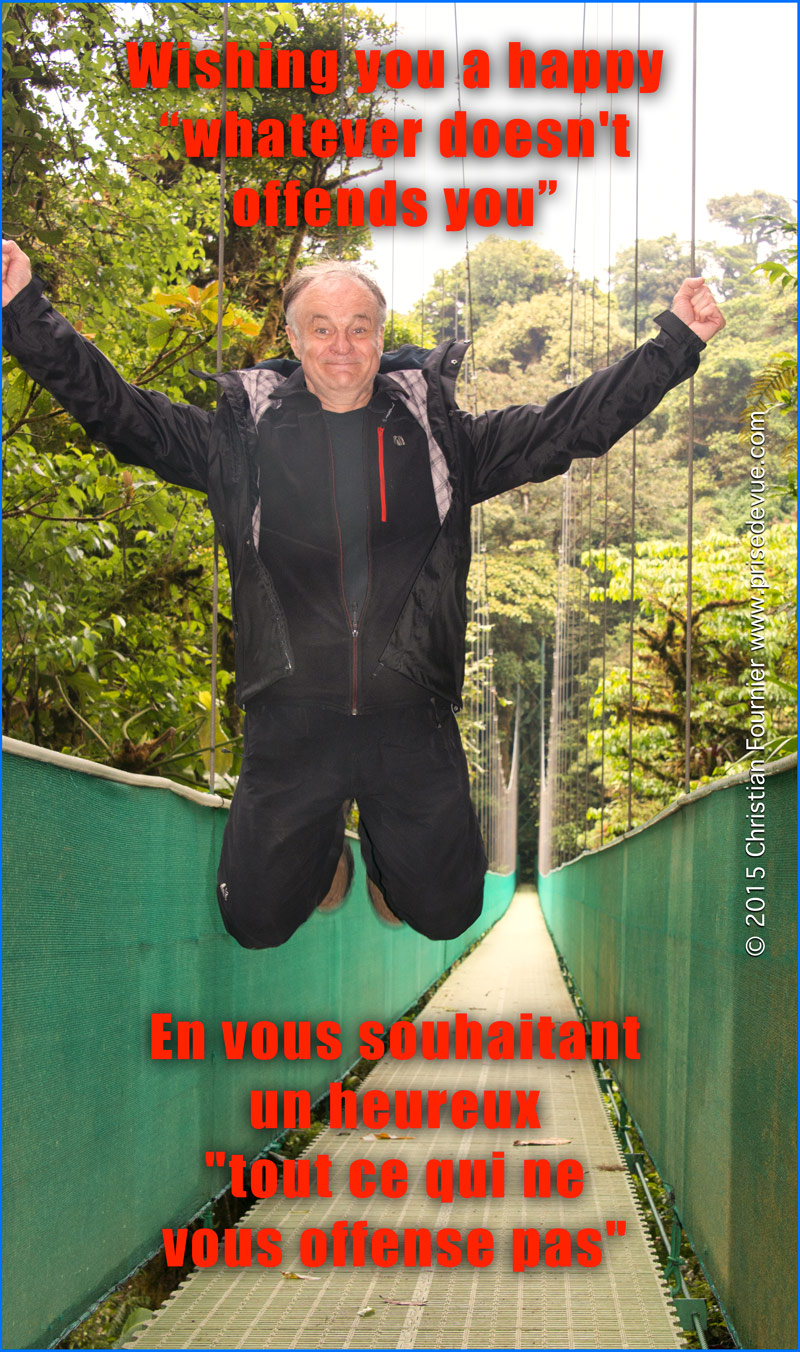
Wishing you a happy “whatever doesn't offends you”

Just because you are offended doesn't mean you are right.
When everyone is 100% politically correct, there will be no exchange of ideas.

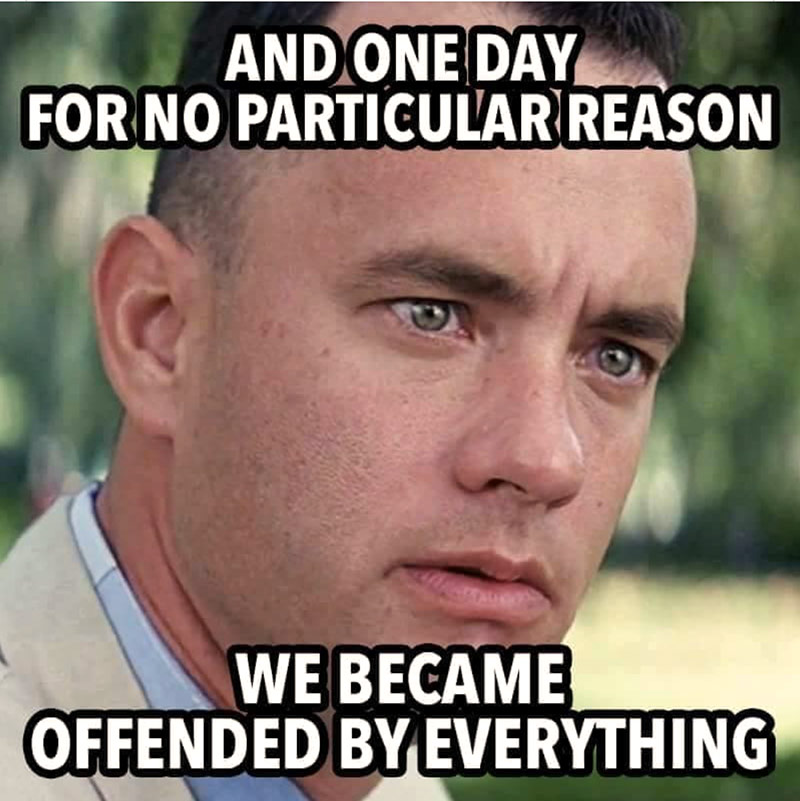

Au Nègre joyeux est un ancien magasin de cafés de Paris, situé place de la Contrescarpe, dans le 5e arrondissement de Paris. Son enseigne a été retirée au printemps 2018, et est aujourd'hui conservée au musée Carnavalet. L'enseigne a d'abord été protégée par une feuille de plexiglas et a subi des jets de pierres et de peinture. Indépendamment, son retrait a été demandé par des associations, lesquelles ont interpellé en 2011 sur ce sujet Frédéric Mitterrand, alors ministre de la Culture.
L'enseigne était pourtant protégée au titre des monuments historiques. Elle apparaît en revanche sur la base de la Médiathèque de l'architecture et du patrimoine, et l'enseigne a fait l'objet de prises de vue en 1986 en vue d'un éventuel classement.
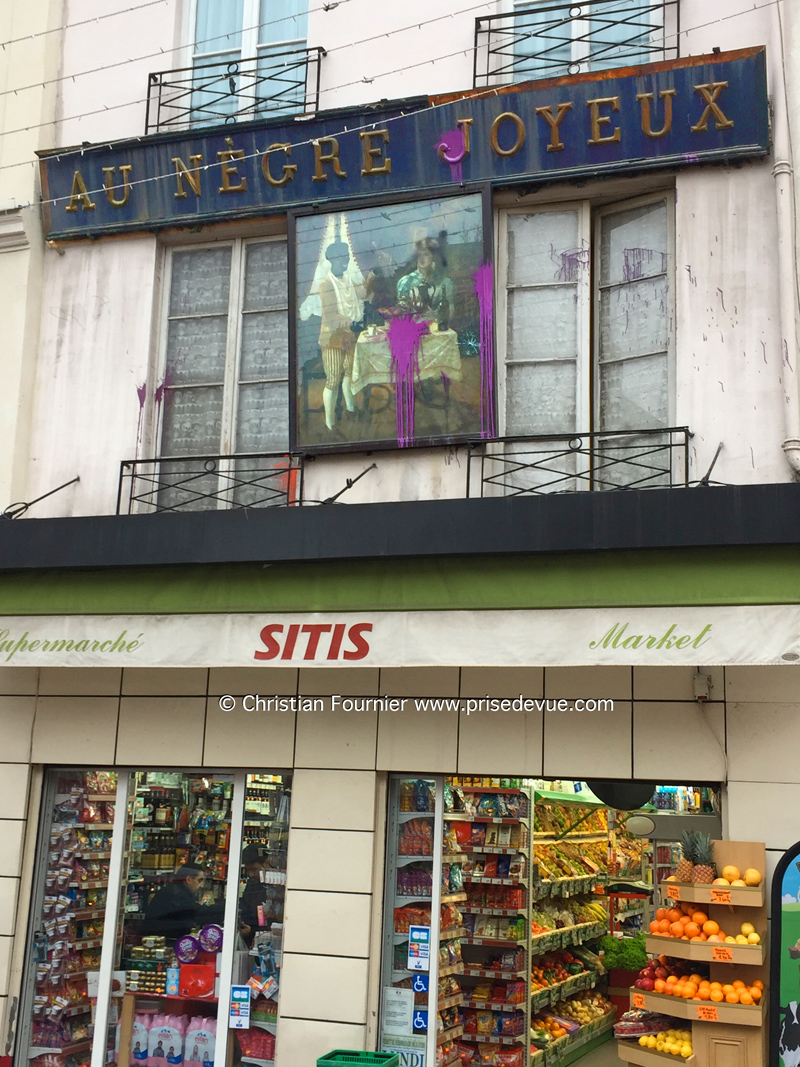
En 2017
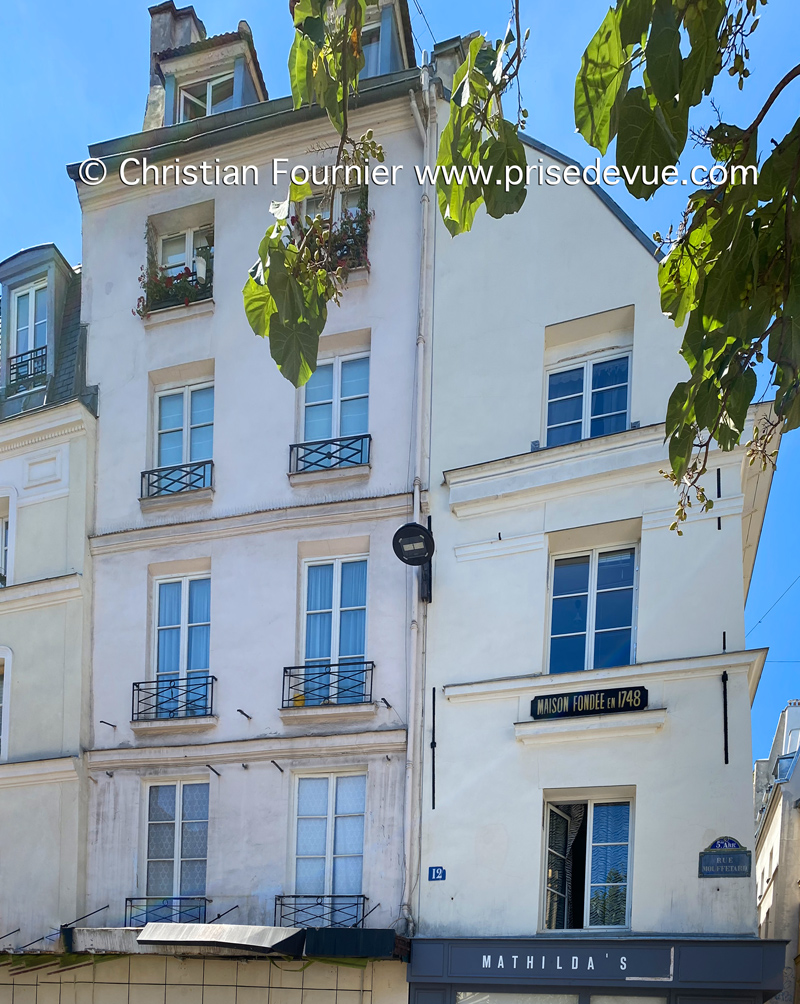
En 2022


"L’abus d’alcool est dangereux pour la santé. À consommer avec modération."
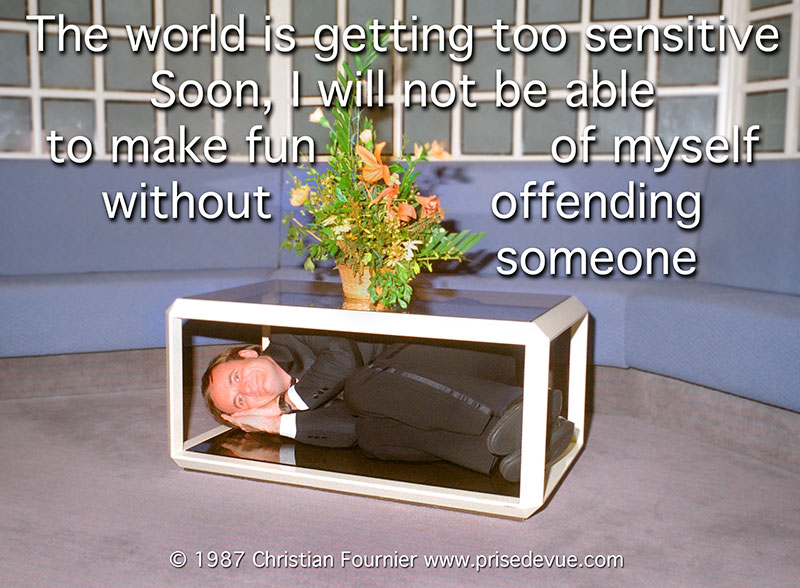
The world is getting too sensitive. Soon, I will not be able to make fun of myself without offending someone.
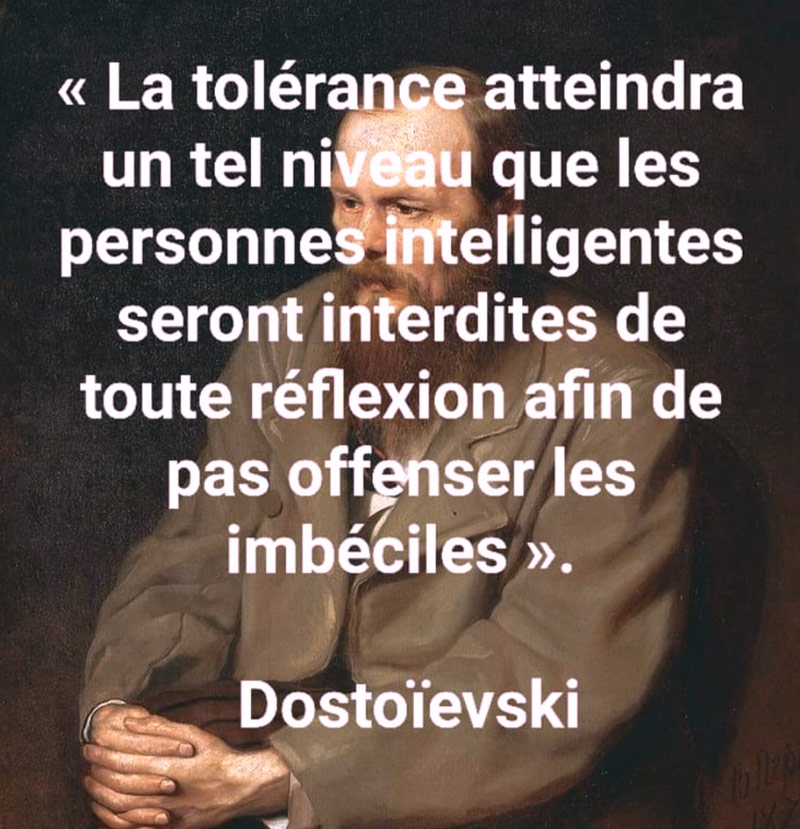
A different era.
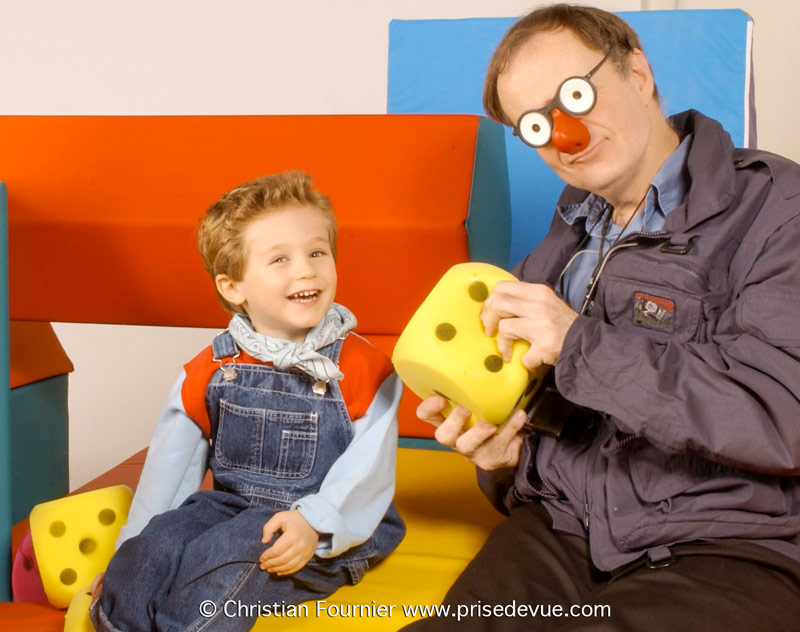
DADDY, WHAT IS POLITICAL CORRECTNESS?
DEAR, THAT'S GIVING UP YOUR OWN OPINION TO PLEASE ASSHOLES.
This is called a joke. We used to tell them before people became offended by everything.

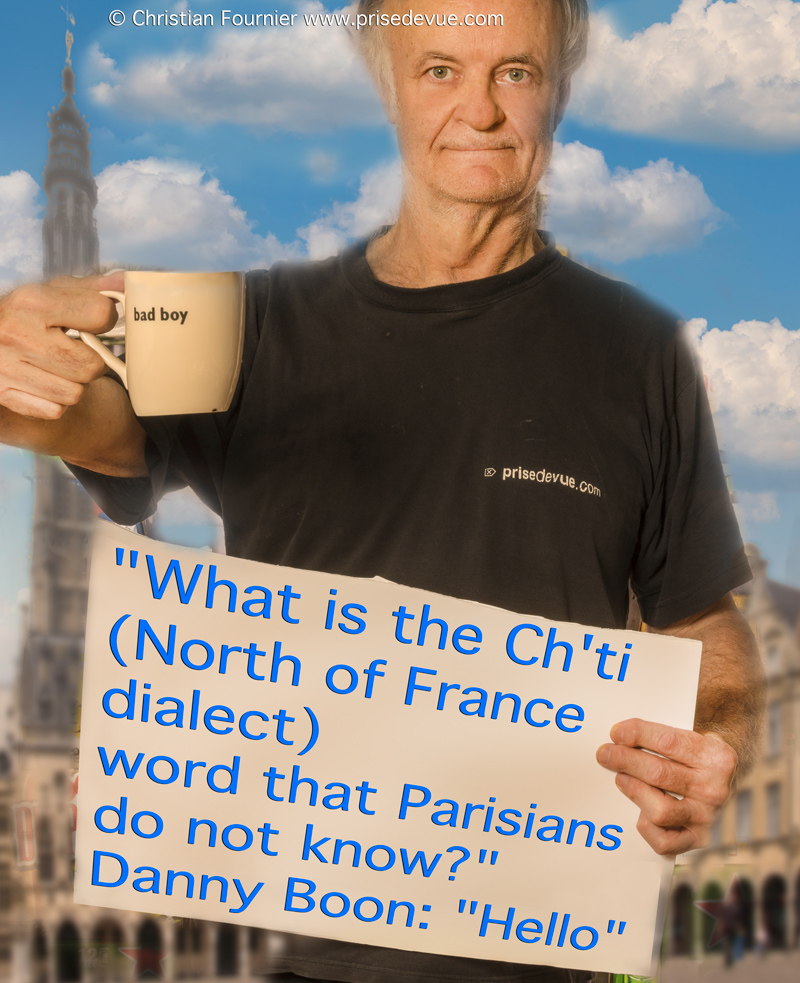
|
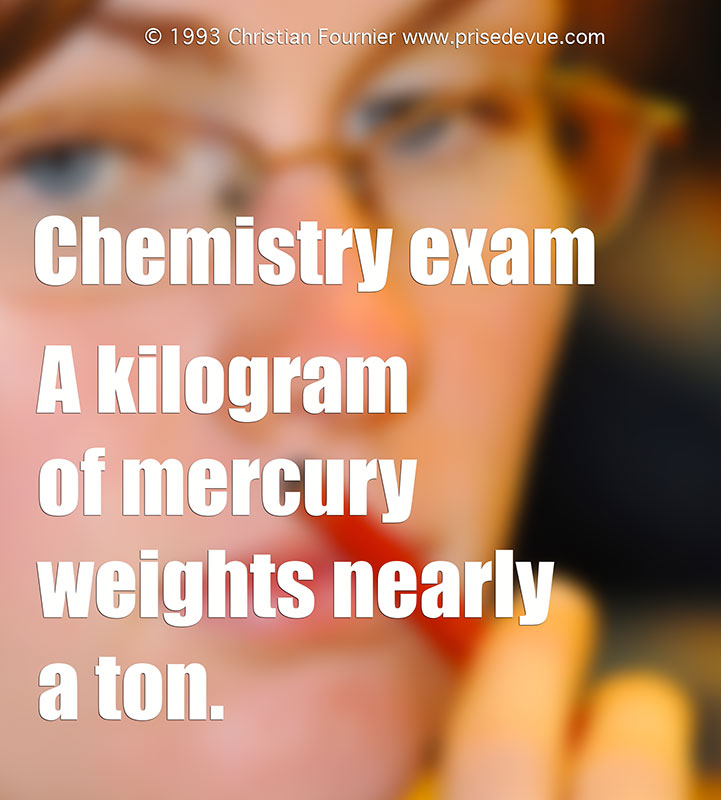
A kilogram of mercury weights nearly a ton. |

This is an optical illusion. It may look like it’s moving, but this image is completely still – take a screenshot if you don’t believe me! Eyes + brain = illusion. But only in certain cases
For me with my glasses, it moves; without glasses it is fuzzy and does not move. For my partner Frédérique, it's the opposite !!!!!!!!!!!!!!!
If you find my photos beautiful, it’s because they are.
|
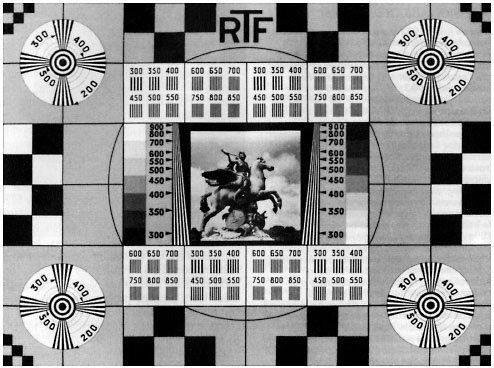
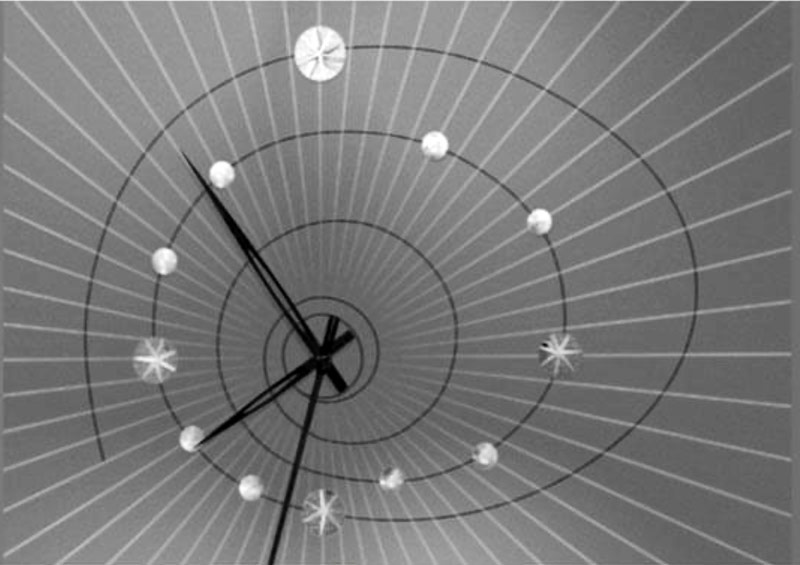
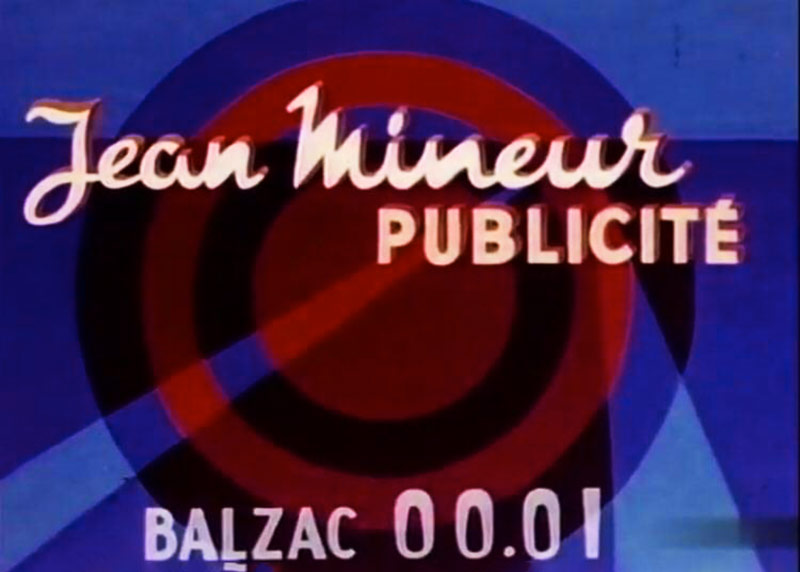
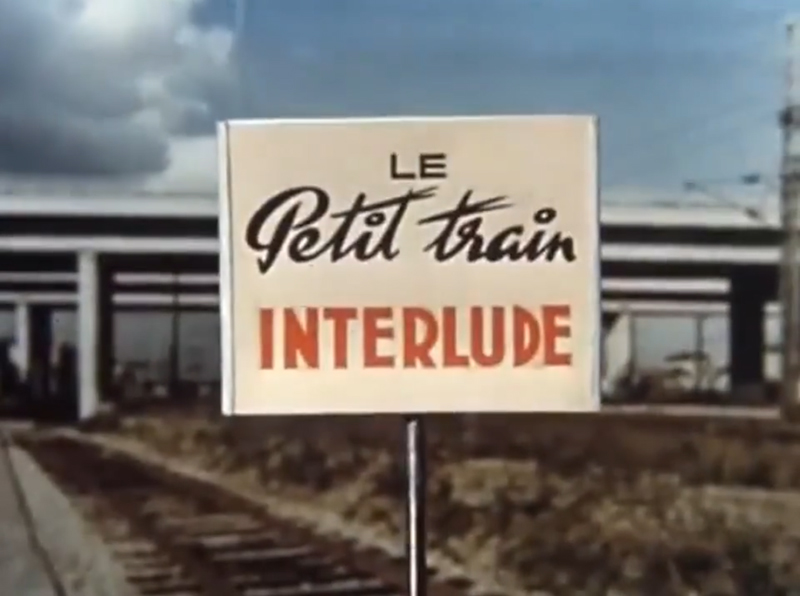

L'horloge a été présentée à l'Académie des Sciences de Paris le 14 mars 1932 par le professeur Esclangon. La France est donc le premier pays au monde à mettre en place une horloge parlante qui est inaugurée et mise en service à l'Observatoire de Paris le 14 février 1933.
|

Les Shadoks est une série télévisée d'animation française en 208 épisodes de deux à trois minutes, créée par Jacques Rouxel et un jeune dessinateur Jean-Paul Couturier, produite par la société aaa (animation art-graphique audiovisuel). La série a été diffusée sur la Première chaîne de l'ORTF entre le 29 avril 1968 et 1973 (trois premières saisons) et la quatrième saison, produite par AAA, à partir de janvier 2000 sur Canal+.
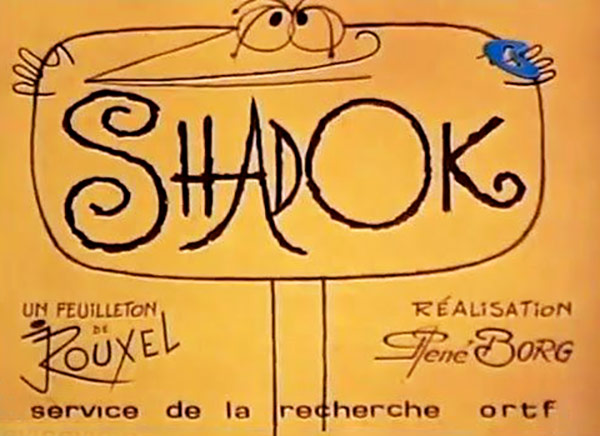
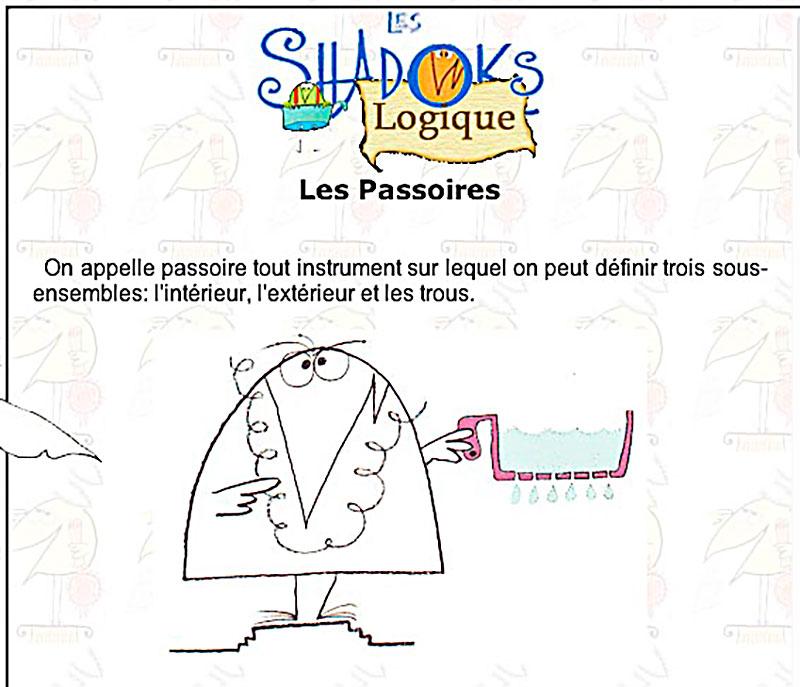
We call a strainer any instrument on which we can define three subsets: the inside, the outside and the holes.
The interior is usually placed on top of the exterior and most often consists of noodles and water.
The holes are not important. Indeed, a simple experiment makes it possible to realize that one does not significantly change the qualities of the instrument by halving the number of holes, then by reducing this half by half ... etc ... etc. .. and at the limit until there are no more holes at all. Hence theorem:
The notion of strainer is independent of the notion of holes and vice versa.
|
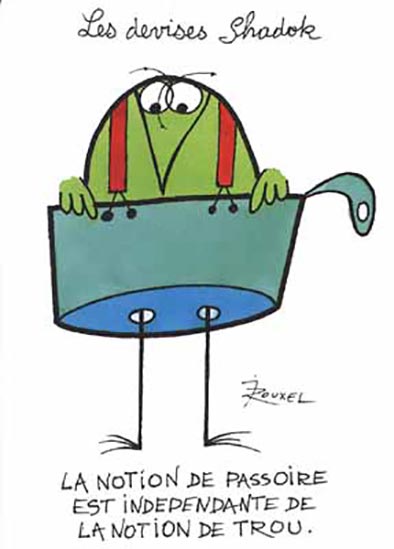
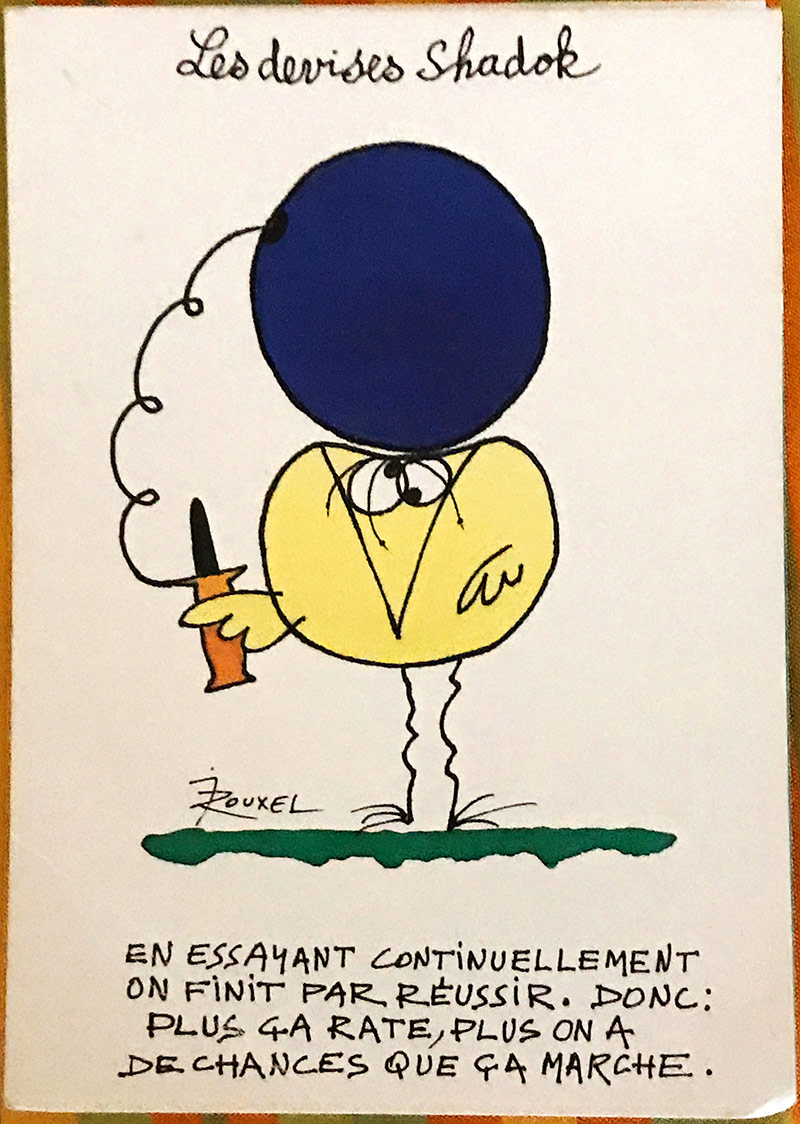
En essayant continuellement on finit par réussir. Donc : plus ça rate, plus on a de chances que ça marche.
By continually trying, we finally succeed. So: the more it fails, the more likely it is to work.
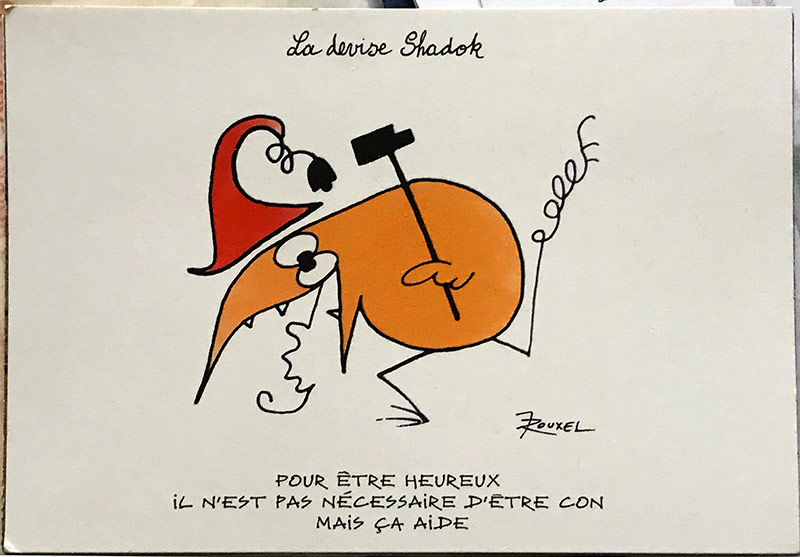
To be happy, it is not necessary to be stupid, but it helps.
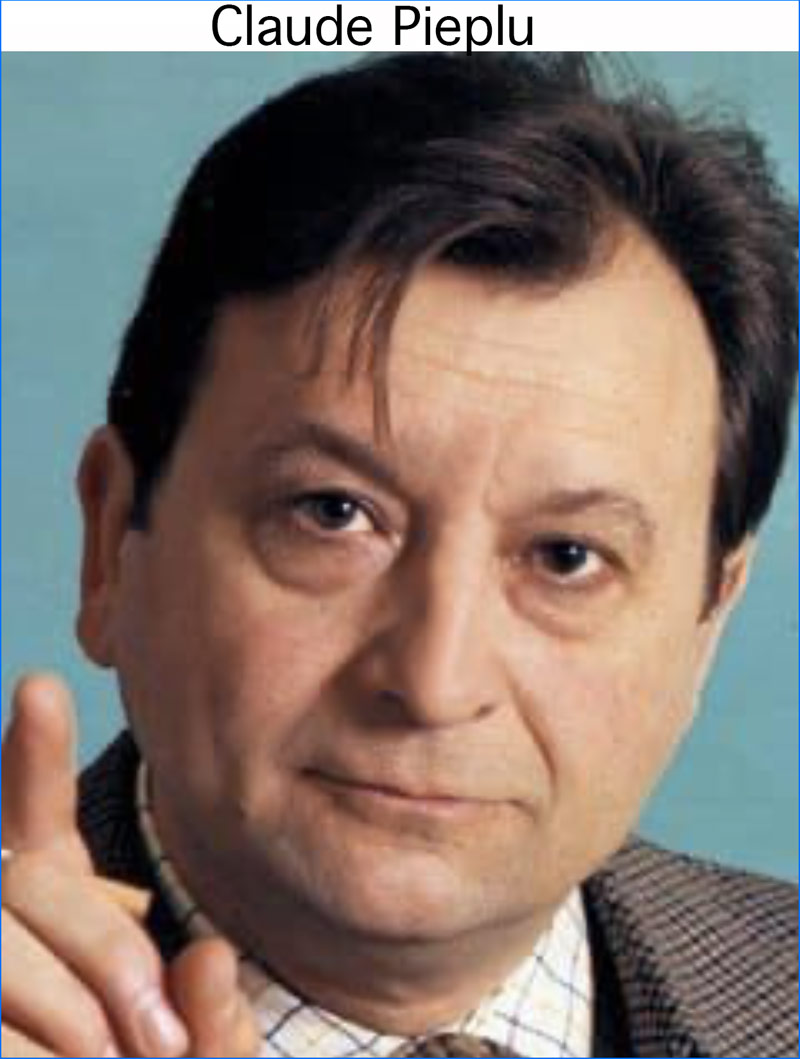
La voix des Shadoks
|
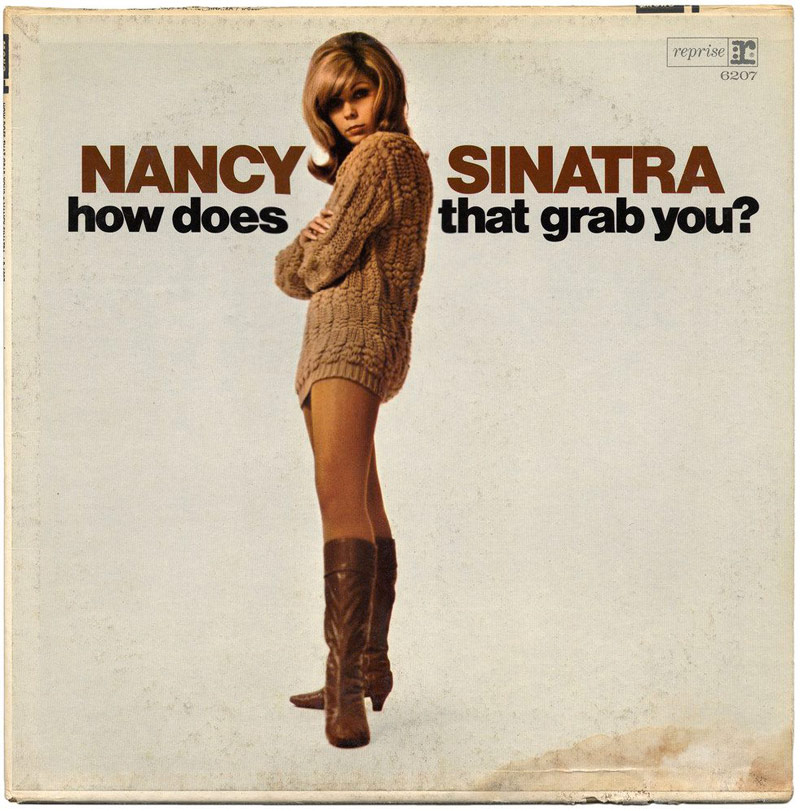
Nancy Sinatra - Bang Bang (My Baby Shot Me Down) 1966
Bang Bang (My Baby Shot Me Down) est une chanson de Cher sortie en 45-tours en tant que deuxième single de son deuxième album studio The Sonny Side of Cher et écrite par son mari Sonny Bono en 1966. La chanson s'est placée dans le top 3 des charts aux États-Unis et au Royaume-Uni. Cher sort le single dans une nouvelle version en 1988.
En 1966, une version est chantée par Nancy Sinatra et de nombreux artistes ont par la suite repris cette chanson comme Frank Sinatra en 1981. Son apparition dans Kill Bill (volume 1) en 2003 l'a relancée.
I was five and he was six
We rode on horses made of sticks
He wore black and I wore white
He would always win the fight
Bang bang, he shot me down
Bang bang, I hit the ground
Bang bang, that awful sound
Bang bang, my baby shot me down
Seasons came and changed the time
When I grew up, I called him mine
He would always laugh and say
"Remember when we used to play?"
Bang bang, I shot you down
Bang bang, you hit the ground
Bang bang, that awful sound
Bang bang, I used to shoot you down
Music played and people sang
Just for me the church bells rang
Now he's gone, I don't know why
And 'til this day, sometimes I cry
He didn't even say goodbye
He didn't take the time to lie
Bang bang, he shot me down
Bang bang, I hit the ground
Bang bang, that awful sound
En français, la version a été chantée par Sheila et est devenue un tube durant l'été 1966. Cette version française a donné lieu à plusieurs reprises.
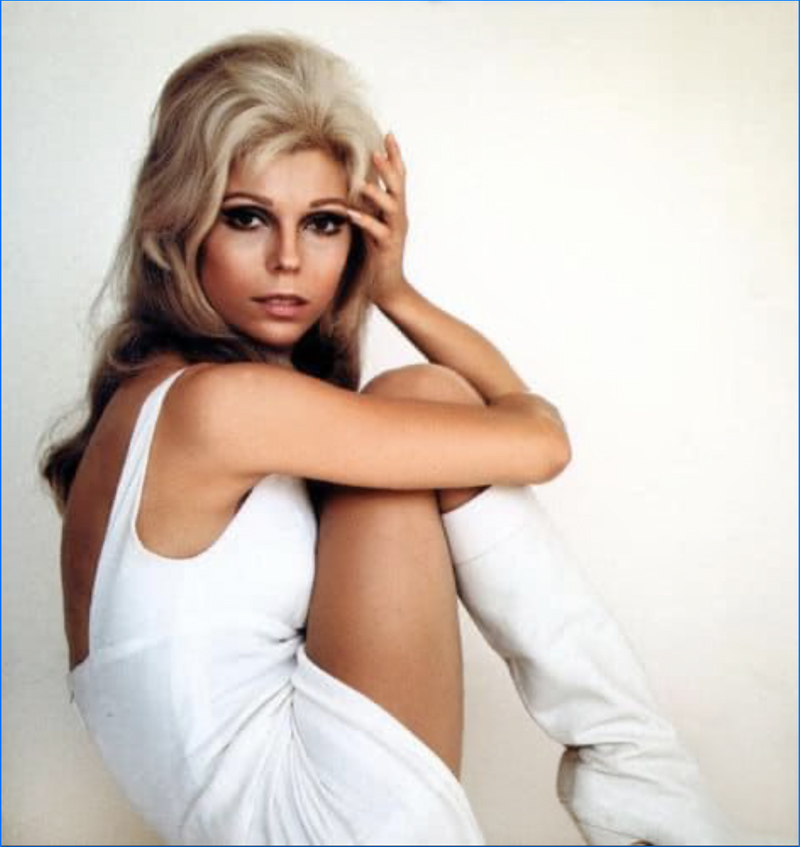

|
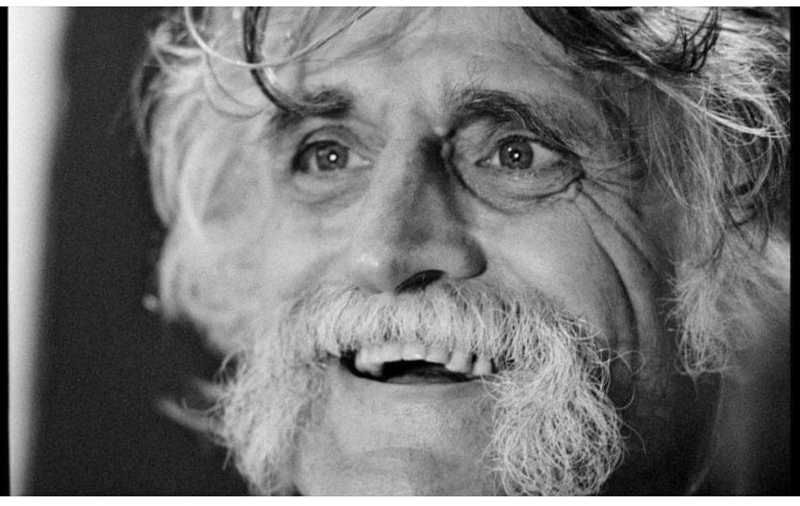
CAVANNA : "Quand ils prenaient leur vol pour aller s’écraser sur leur objectif, les pilotes-suicides japonais n’oubliaient jamais d’emporter leur mascotte porte-bonheur." ("When they took off to go crash into their target, the Japanese Kamikaze suicide pilots never forgot their good luck charm.”)
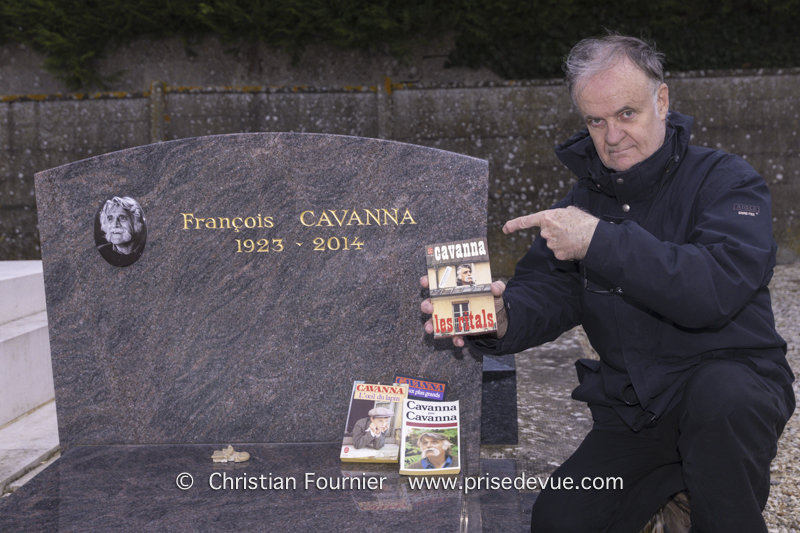
Le 03 mars 2019 : La tombe de François Cavanna à Chaumes-en-Brie.
|
Time is catching up to me, inexorably. When I was young, there were future dates that seemed impossible.

George Orwell 1984
Il décrit une Grande-Bretagne trente ans après une guerre nucléaire entre l'Est et l'Ouest censée avoir eu lieu dans les années 1950 et où s'est instauré un régime de type totalitaire fortement inspiré à la fois du stalinisme et de certains éléments du nazisme. La liberté d'expression n’existe plus. Toutes les pensées sont minutieusement surveillées, et d’immenses affiches sont placardées dans les rues, indiquant à tous que « Big Brother vous regarde » (Big Brother is watching you).
|
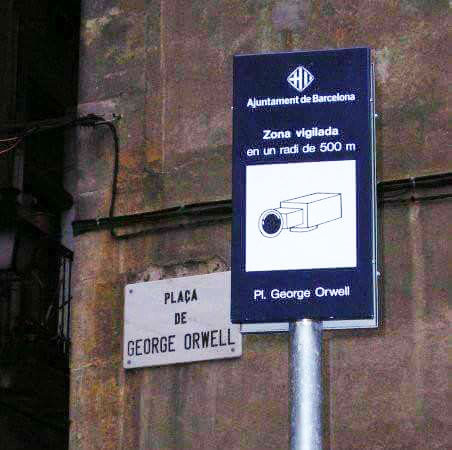
|

2001, l'Odyssée de l'espace.
Film anglo-américain de science-fiction produit et réalisé par Stanley Kubrick, sorti en 1968. Le scénario est écrit par Kubrick et Arthur C. Clarke. Le scénario du film traite de plusieurs rencontres entre les êtres humains et de mystérieux monolithes noirs censés influencer l'évolution humaine, et comprend un voyage vers Jupiter, traçant un signal émis par un monolithe découvert sur la Lune. |
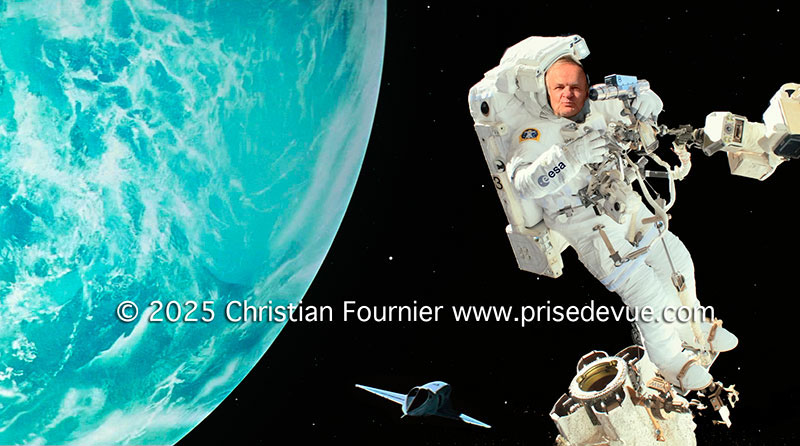
Space Odyssey 2025: NASA promises 'definitive evidence' of alien life by 2025.
Space Odyssey 2025: NASA promises 'definitive evidence' of alien life by 2025. Left to right: Kepler 452b2015, space cowboy Chris Fournier, the CFSS (Chris Fournier Space Station).
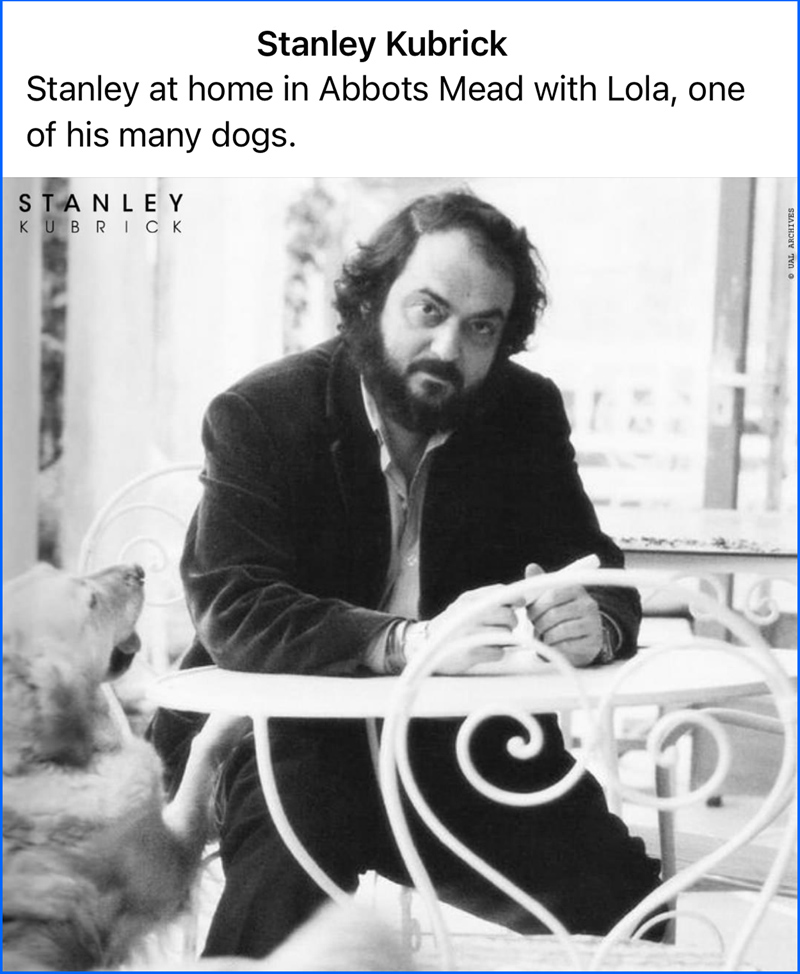 |
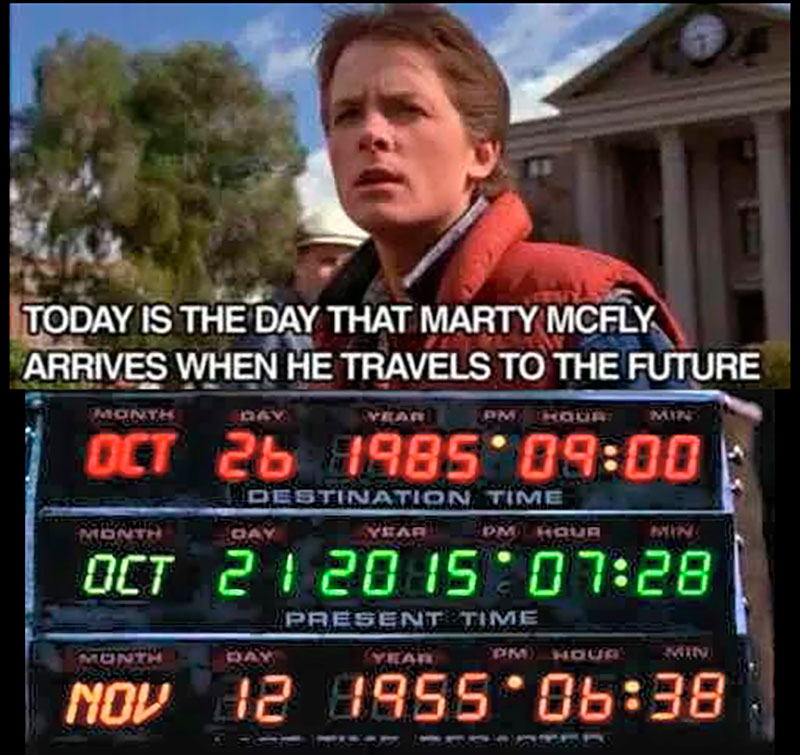
Now, "Back to the futur" takes place entirely in the past.

Back to the Future is a 1985 American science fiction film directed by Robert Zemeckis and written by Zemeckis and Bob Gale. It stars Michael J. Fox as teenager Marty McFly, who accidentally travels back in time from 1985 to 1955, where he meets his future parents and becomes his mother's romantic interest. Christopher Lloyd portrays the eccentric scientist Dr. Emmett "Doc" Brown, his friend and the inventor of the time-traveling DeLorean automobile, who helps Marty repair history and return to 1985. The cast also includes Lea Thompson as Marty's mother Lorraine, Crispin Glover as his father George, and Thomas F. Wilson as Biff Tannen, Marty and George's arch-nemesis.
Back to the Future was released on July 3, 1985. It grossed over $381 million worldwide, becoming the highest-grossing film of 1985. It won the Hugo Award for Best Dramatic Presentation, the Saturn Award for Best Science Fiction Film, and the Academy Award for Best Sound Effects Editing. It received three Academy Award nominations, five BAFTA nominations, and four Golden Globe nominations, including Best Motion Picture (Musical or Comedy). In 2007, the Library of Congress selected it for preservation in the National Film Registry, and in June 2008 the American Film Institute's special AFI's 10 Top 10 designated it the 10th-best science fiction film. The film began a franchise including two sequels, Back to the Future Part II (1989) and Back to the Future Part III (1990), an animated series, a theme park ride, several video games, a number of comic books, and an upcoming stage musical. |
I met Christopher Lloyd, alias doctor Emmett Brown, in February 2016 at Paris Manga and Sci-Fi-Show.
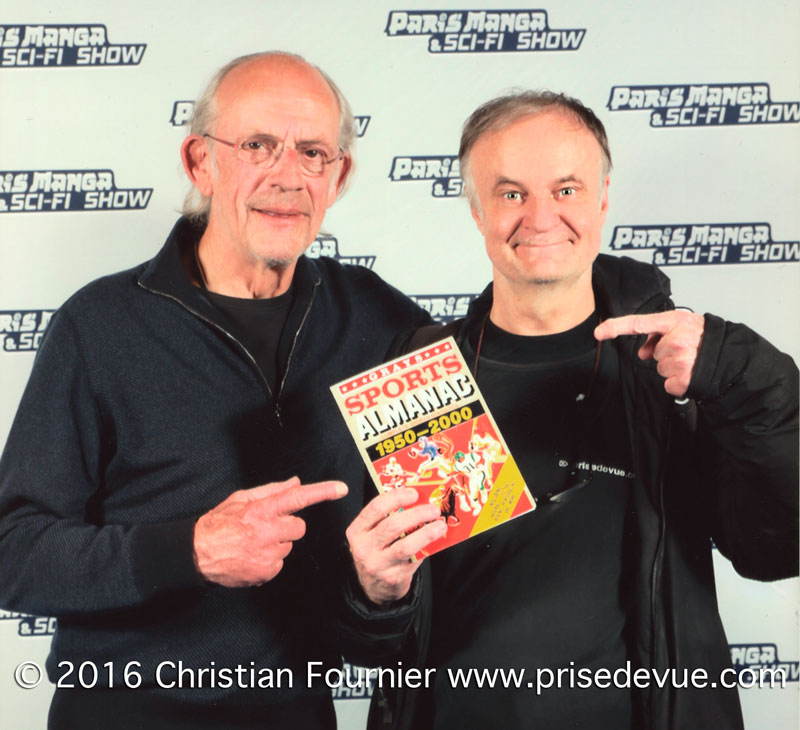
A photo with Christopher Lloyd, alias Doctor Emmett Brown, or Doc, from “Back to the Future”.
Christopher Allen Lloyd, born October 22nd 1938 in Stamford, has won three Emmy Awards.
The famous “Almanac” can no longer be used.
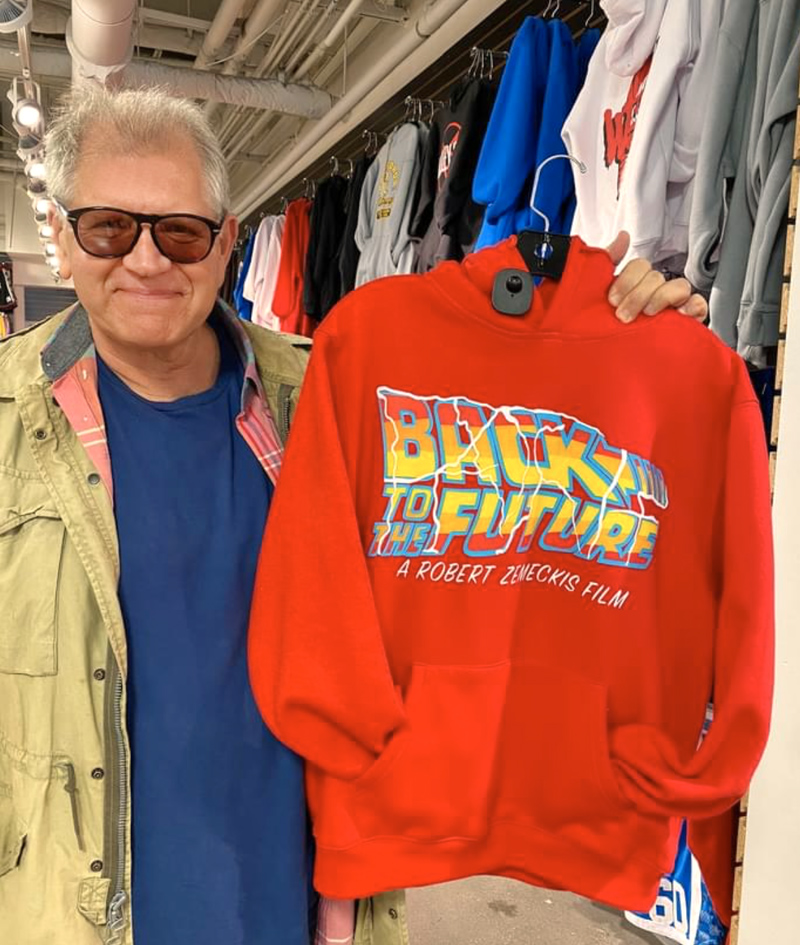 |

Frédérique and myself, in the DeLorean DMC-12, "time machine".
- Les chaussures autolaçantes. Marty chausse ses Nike Air Mag qui s'ajustent automatiquement à son pied. Dans la réalité, elles existent. Ou presque. Car en 2011, la marque a fabriqué les mêmes chaussures (sans l'option autolaçage) à 1500 exemplaires trouvables uniquement sur le site marchand eBay pour quelques milliers d'euros. Cette année, Nike (encore) a créé les HyperAdapt 1.0., de vraies baskets qui se lacent toutes seules... Disponibles outre-Atlantique pour la modique somme de... 720$ (un peu plus de 680€).
- Les tablettes tactiles.
Dans le film, un homme tend à Marty une tablette pour signer une pétition pour la réfection de l'horloge de la mairie. Dans la réalité, l'iPad et ses concurrents ont envahi et révolutionné notre quotidien.
- La 3D. Marty se fait attaquer par un requin en pleine rue… Il s'agit de la bande-annonce des Dents de la mer 19. Bien vu ! La technologie 3D est devenue aujourd'hui incontournable pour la plupart des blockbusters au cinéma
- La maison connectée. Chez Marty et Jennifer, la domotique est partout. L'éclairage, la fermeture automatique des volets ou la cuisson des aliments se font par la voix. Aujourd'hui, c'est possible. On peut, par exemple, actionner le chauffage de sa maison via son smartphone. Autre exemple : pour rentrer chez lui, Marty n'a plus besoin de clés mais seulement de son empreinte digitale. Dans la réalité, le scanner d'empreinte se multiplie et notamment pour déverrouiller l'écran d'un smartphone.
- Les appels vidéo. Plus besoin de téléphone pour Marty qui se fait virer par son patron en tchatant avec lui sur un écran. Aujourd'hui, que ce soit par Skype, FaceTime ou WhatsApp, les échanges se font aussi d'écran à écran.
Des robots serveurs. Dans un bar, Marty commande un soda à un serveur robotisé. Aujourd'hui, dans certains établissements japonais ou chinois, les androïdes viennent prendre votre commande, s'affairent en cuisine ou vous apportent vos plats…
- Le slamball. Dans le journal local, Marty lit les résultats du dernier match de slamball. Ce sport, imaginaire à l'époque de la sortie du film, a été créé au début des années 2000. Il s'agit d'un mélange de football américain et de basket, où des trampolines sont placés sous les paniers pour favoriser des dunks impressionnants.
- Les lunettes vidéo. La fille de Marty téléphone ou commande à la corbeille de fruits de descendre du plafond au moyen de ses lunettes. Dans la réalité, annoncées comme révolutionnaires, les Google Glass permettaient de se géolocaliser, d'envoyer des messages, de naviguer sur le Net, d'enregistrer des vidéos… Mais à 1300 € pièce, elles ont été retirées de la vente après avoir multiplié les bugs.
- Le skate volant ou hoverboard. Marty surfe au-dessus du bitume sur une planche volante. S'ils ne sont pas encore commercialisés, des prototypes existent déjà. Flyboard Air Franky Zapata
- Les drones journalistes. Dans le film, des drones relatent l'arrestation de Biff Tannen et de sa bande. Aujourd'hui, l'utilisation des drones est très encadrée (survol de Paris interdit, par exemple). Mais sait-on jamais…
- La veste autoséchante. Tombé dans l'eau suite à sa course-poursuite en hoverboard, Marty voit son blouson sécher en un éclair. Aucune veste dans les rayons pour l'heure bien que des ingénieurs américains planchent dessus…
- La voiture volante. Le Doc vole sur des autoroutes célestes à bord de sa DeLorean. On y est presque ! La société américaine Terrafugia promet la commercialisation de sa Transition "prochainement", et l'ingénieur slovaque Stefan Klein poursuit la mise au point de son AeroMobil, malgré le crash d'un prototype…
- La machine à voyager dans le temps. La DeLorean de Doc Brown peut voyager dans le temps avec un simple mélange de déchets en fusion… Bon, il va falloir résoudre un paquet de problèmes physiques, mathématiques et scientifiques avant que cela soit possible !
- L'horrible Biff Tannen existe maintenant : Donald Trump. Dans le 1985 parallèle et cauchemardesque de Retour vers le futur 2, Marty se retrouve face à un Biff Tannen qui a profité de l’almanach des sports pour devenir extrêmement riche et régner sans partage sur Hill Valley. Il habite dans un casino de 27 étages, est d'une vulgarité sans nom, a forcé sa femme à se faire refaire les seins alors même qu’il la trompe allègrement et a tué le père de Marty. Bref, le cauchemar total.

|
I'm there in 2017
.
The Beatles : When I'm sixty four.
When I'm Sixty-Four est une chanson des Beatles, parue sur l'album Sgt. Pepper's Lonely Hearts Club Band le 1er juin 1967 en Grande-Bretagne, et le jour suivant aux États-Unis.
When I get older losing my hair Many years from now Will you still be sending me a valentine Birthday greetings, bottle of wine? If I'd been out till quarter to three Would you lock the door? Will you still need me, will you still feed me When I'm sixty-four? You'll be older too And if you say the word I could stay with you I could be handy, mending a fuse When your lights have gone You can knit a sweater by the fireside Sunday mornings go for a ride Doing the garden, digging the weeds Who could ask for more? Will you still need me, will you still feed me When I'm sixty-four? Every summer we can rent a cottage in the Isle of Wight If it's not too dear We shall scrimp and save Grandchildren on your knee Vera, Chuck & Dave Send me a postcard, drop me a line Stating point of view Indicate precisely what you mean to say Yours sincerely, wasting away Give me your answer, fill in a form Mine for evermore Will you still need me, will you still feed me When I'm sixty-four? Ho!
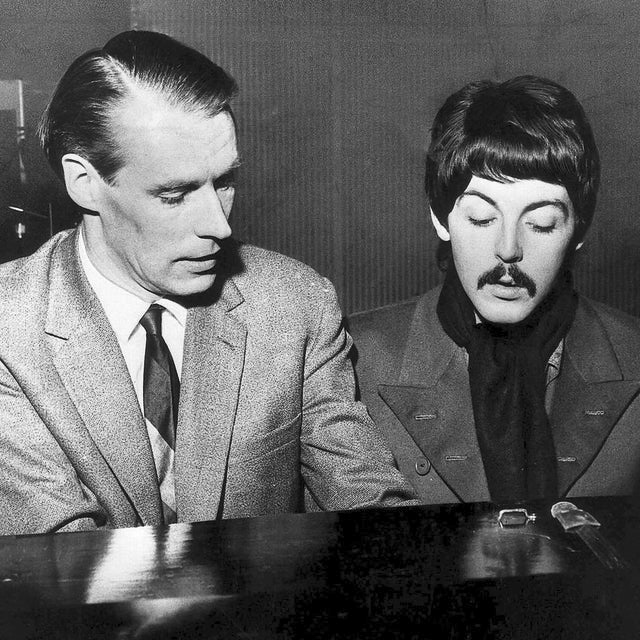
1967 George Martin and Paul McCartney in the studio.
|
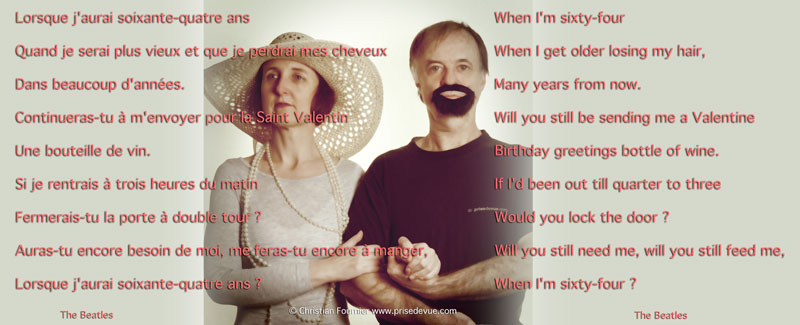 |
 |

 |
The Prisoner is a 17-episode British television series first broadcast in Canada beginning on 6 September 1967 then in the United Kingdom on 29 September 1967 and in the United States on 1st June 1968. It stars and was co-created by Patrick McGoohan, and combines spy fiction with elements of science fiction, allegory and psychological drama.
The series follows a British former secret agent who is abducted and held prisoner in a mysterious coastal village resort, where his captors try to find out why he abruptly resigned from his job. Although the show was sold as a thriller in the mould of the previous series starring McGoohan, Danger Man (1960–68; retitled as Secret Agent in the US), its combination of 1960s countercultural themes and surrealistic setting had a far-reaching influence on science fiction and fantasy TV programming, and on narrative popular culture in general.

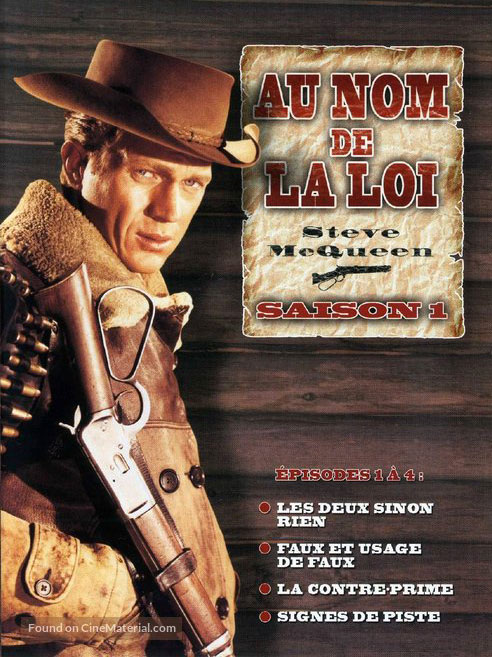
Au nom de la loi (Wanted: Dead or Alive) est une série télévisée américaine en 94 épisodes de 26 minutes, en noir et blanc, créée par Thomas Carr et diffusée entre le 6 septembre 1958 et le 29 mars 1961 sur le réseau CBS, avec Steve McQueen

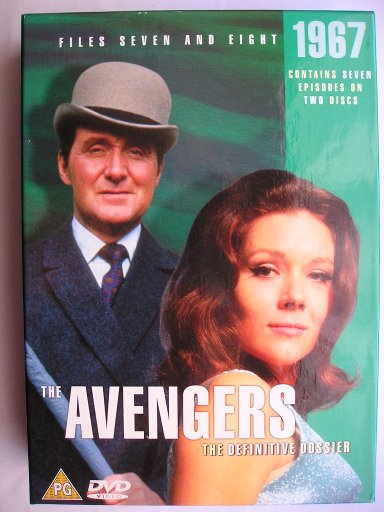
The Avengers (Chapeau melon et bottes de cuir) avec Patrick Macnee et DianaRigg.
Chapeau melon et bottes de cuir est le titre français de deux séries télévisées : The Avengers série britannique, et The New Avengers série franco-canado-britannique mélangeant espionnage, science-fiction et action, mettant en scène John Steed, le personnage principal (la seconde série pouvant être considérée comme la suite de la première).
La première série, ayant pour titre original The Avengers (« les vengeurs »), se compose de 161 épisodes de 52 minutes, dont 104 en noir et blanc, et fut créée par Sydney Newman et Leonard White. Elle a été diffusée du 7 janvier 1961 au 21 mai 1969 sur le réseau ITV.
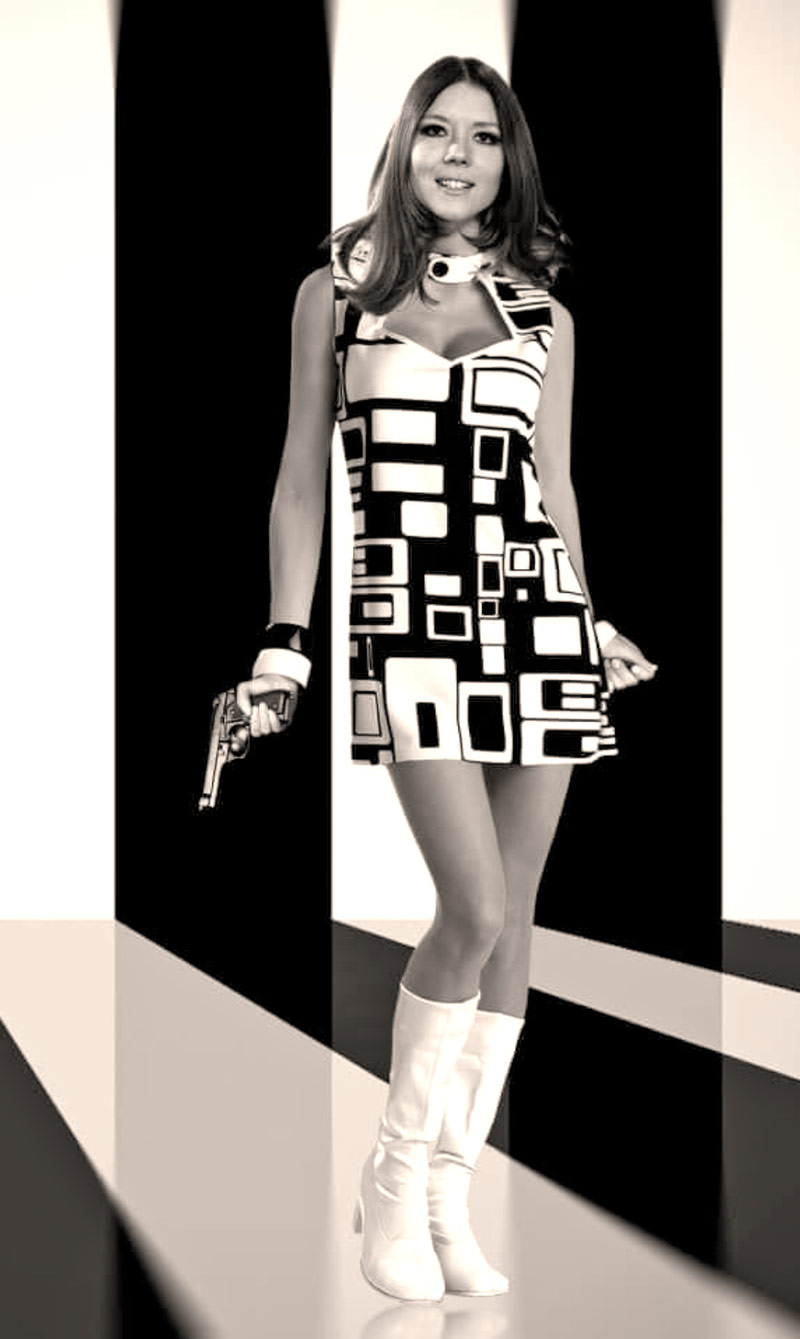
Le célèbre couturier français Pierre Cardin est décédé à l'âge de 98 ans le 29 décembre 2020.
Sa marque Pierre Cardin est présente, sous formes de franchises, dans plus de 100 pays, faisant de Pierre Cardin l'un des cinq Français les plus connus au monde. Sa fortune serait estimée à plus de 600 millions d'euros en 2009.
L'acteur Patrick Macnee, incarne John Steed habillé en Pierre Cardin dans la série Chapeau melon et bottes de cuir (the New Avengers), aux cotés de Diana Rigg.
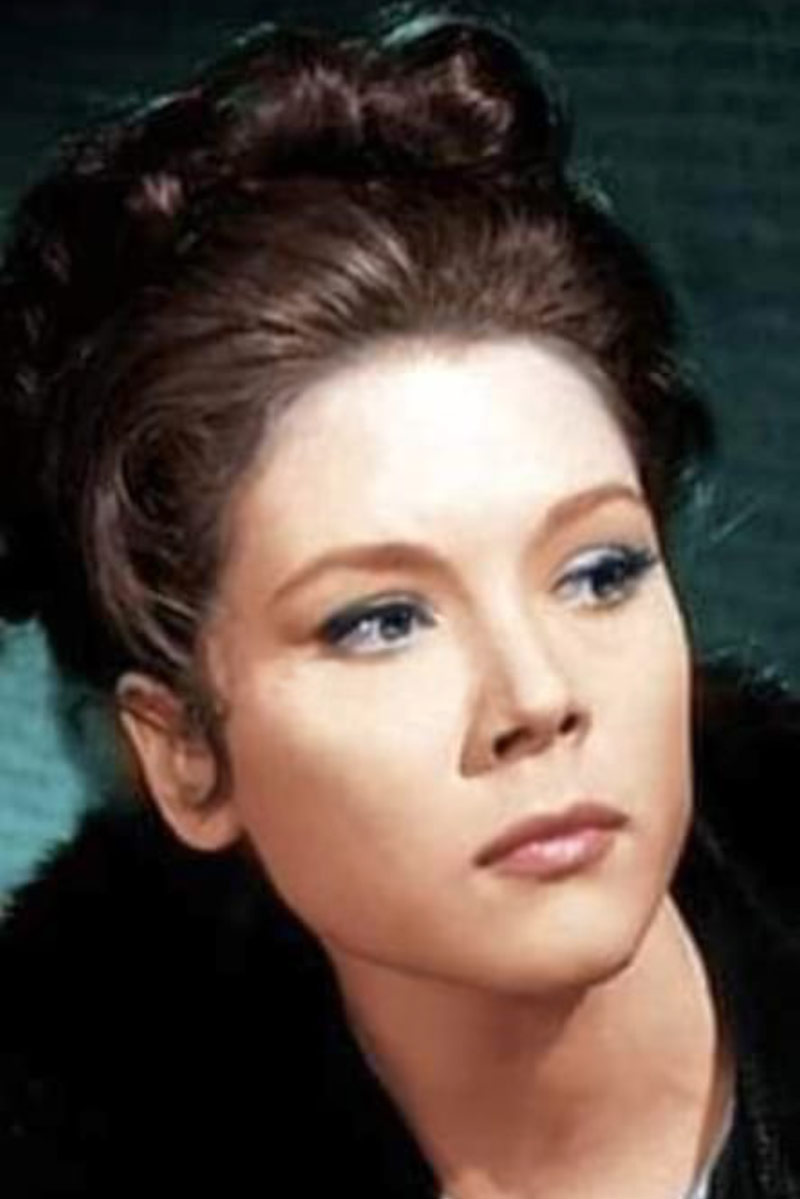
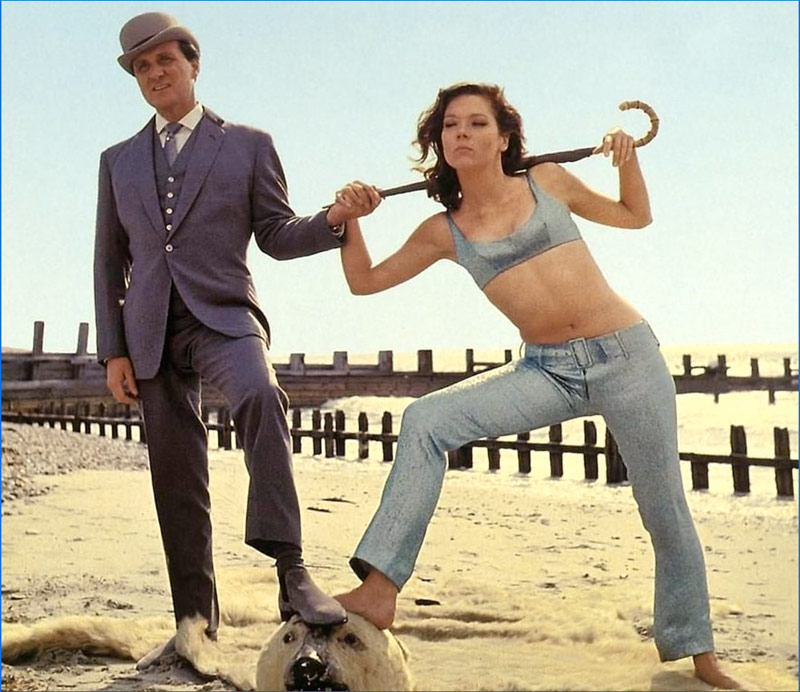
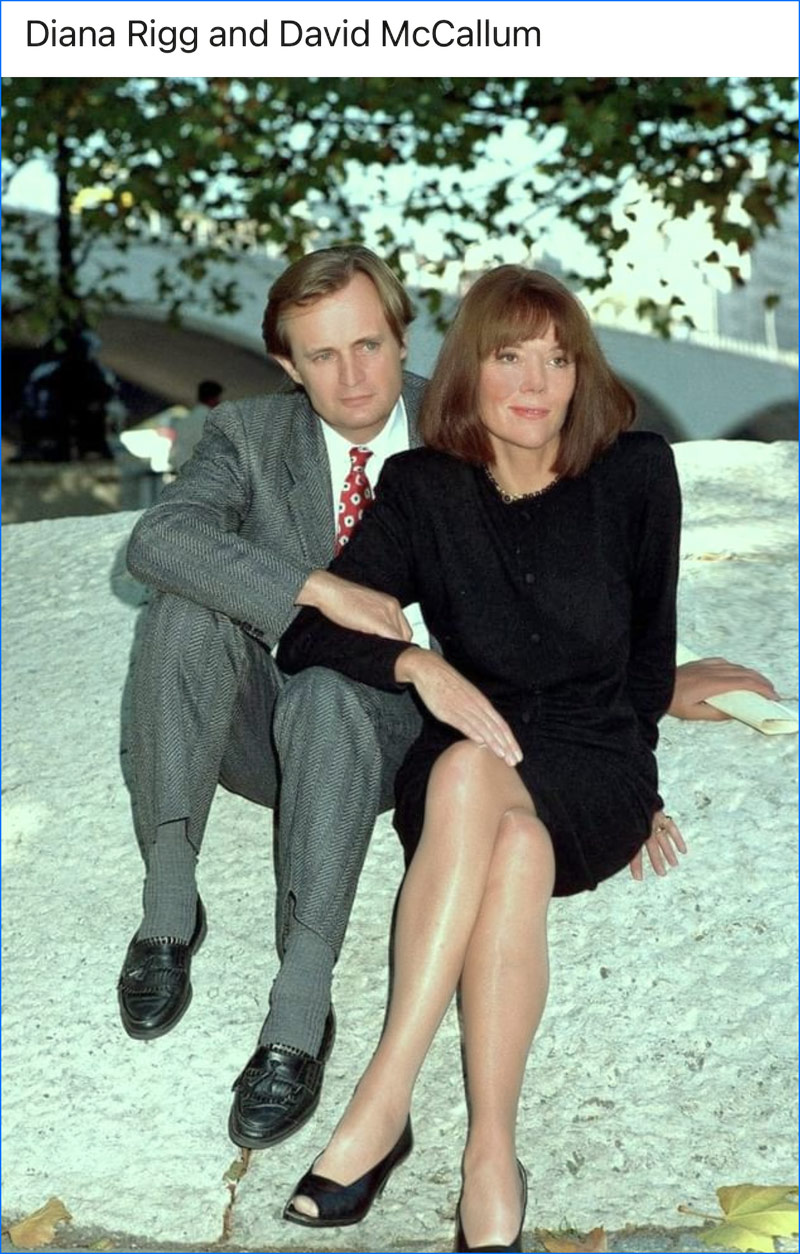
David Mc Callum (celui qui me ressemble)
était l'espion dans Man from Uncle (Agents très spéciaux). Dina Rigg était l'agent dans The Avengers (Chapeau melon et bottes de cuir)
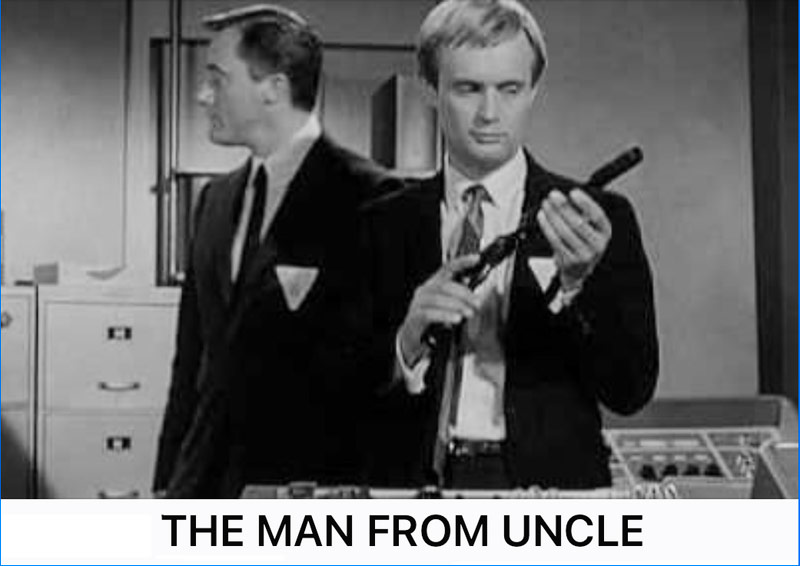
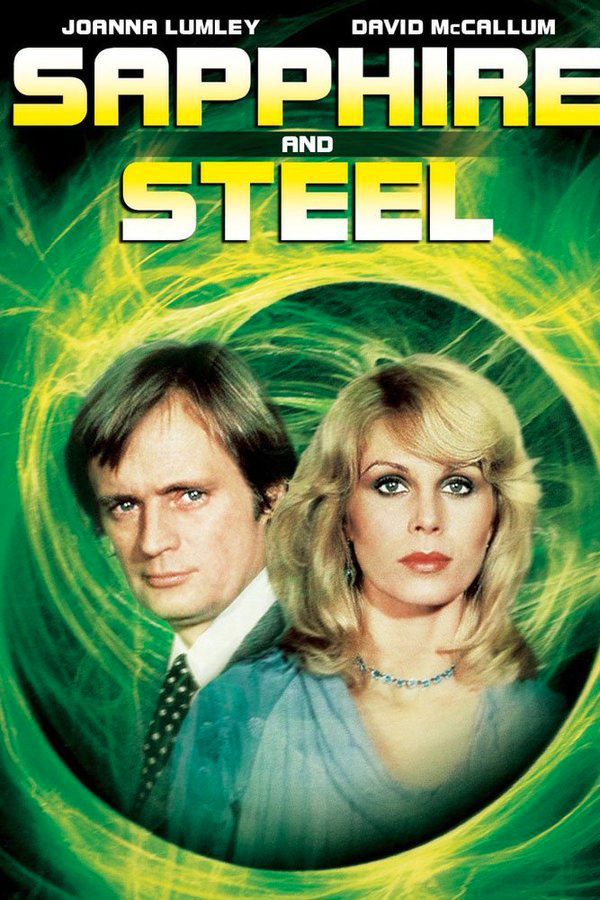
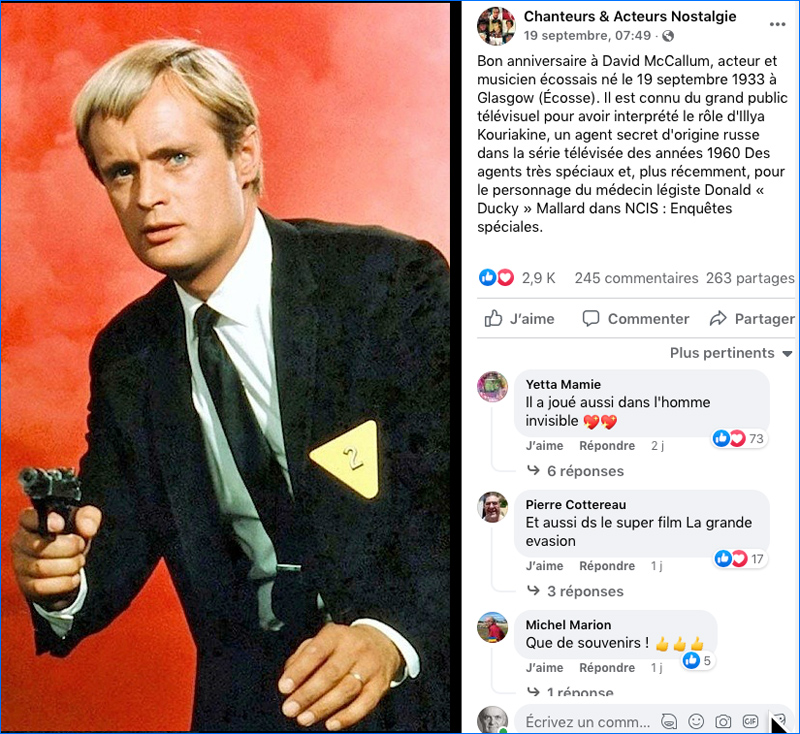
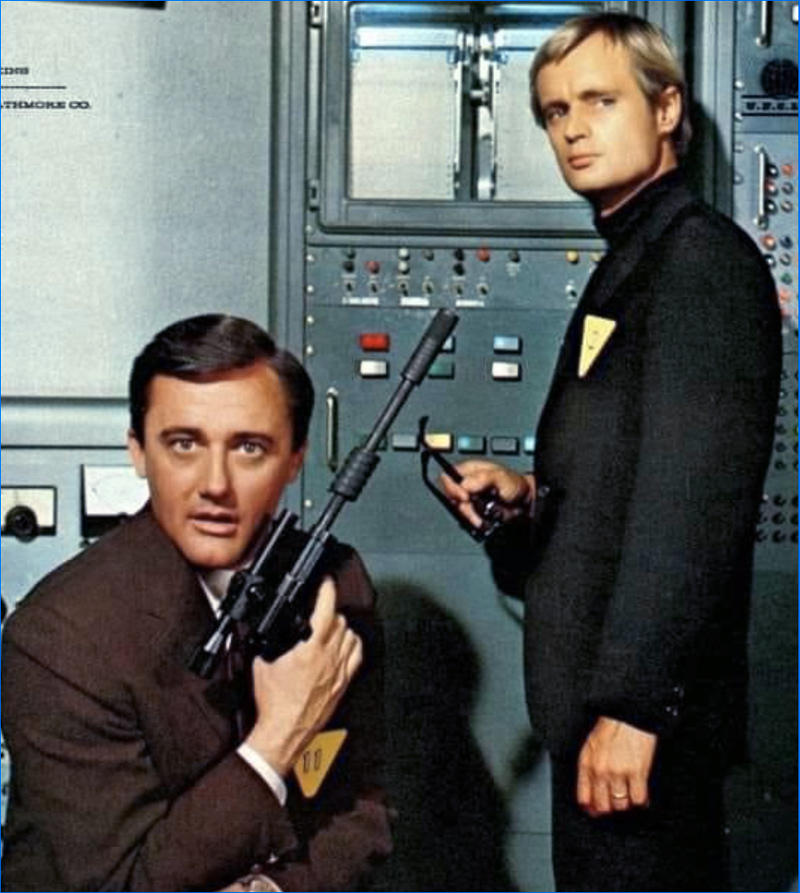
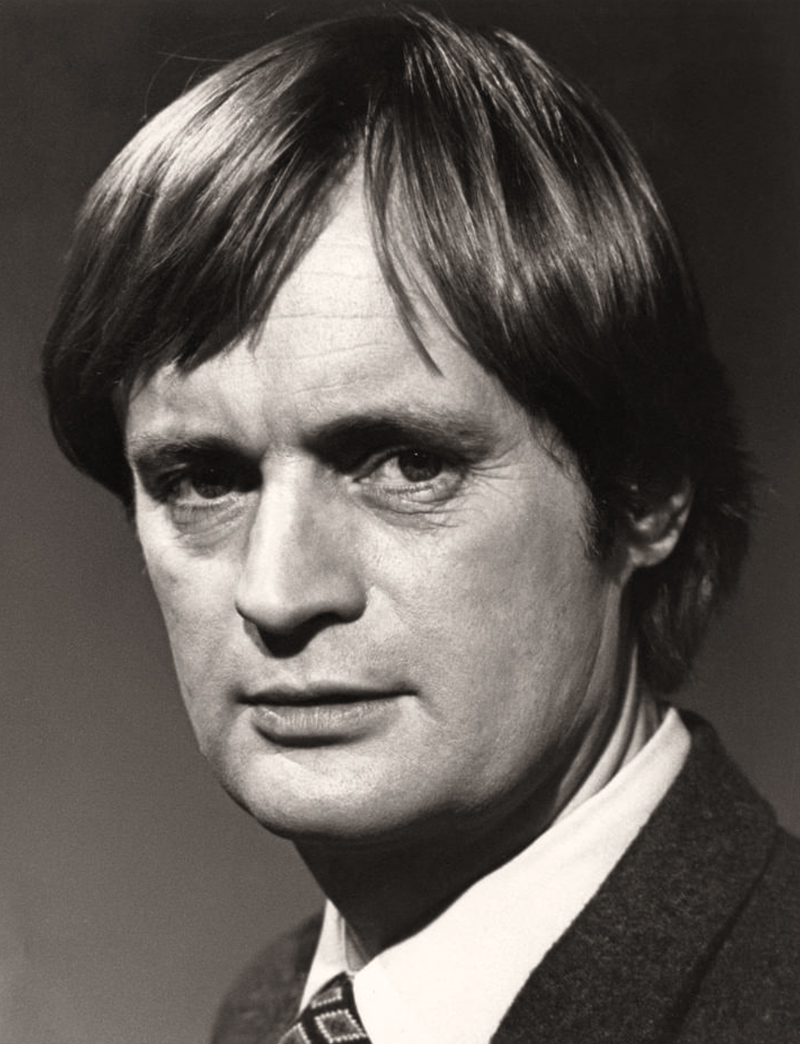

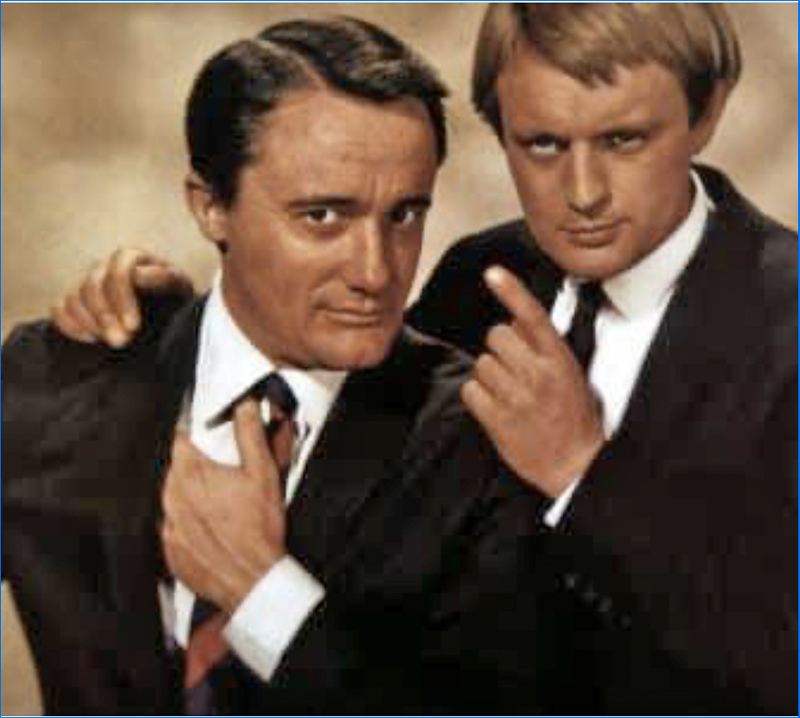
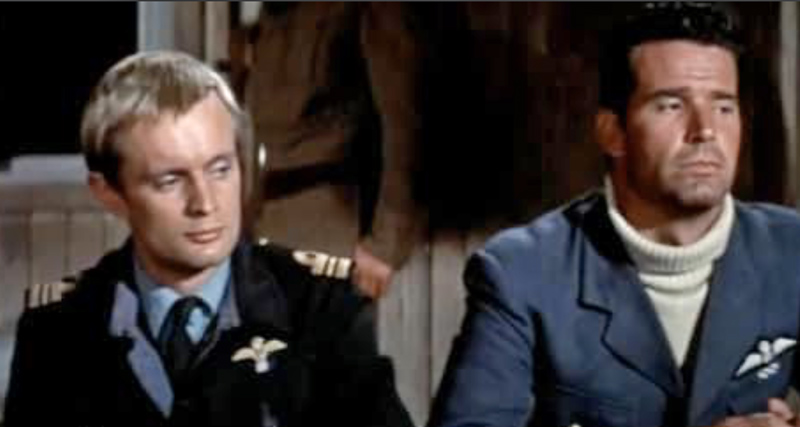


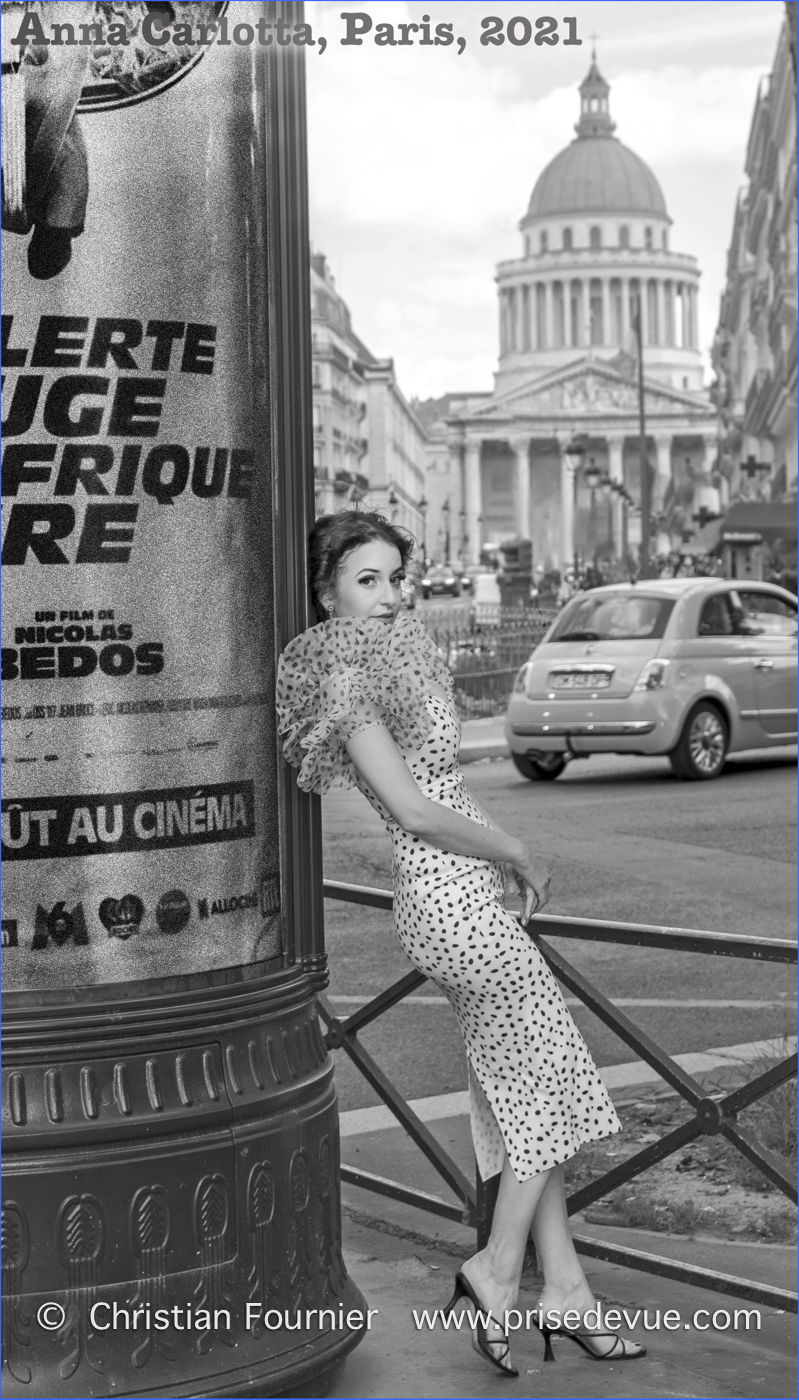
J'ai essayé de refaire cette photo en 2021 avec Anna Carlotta.

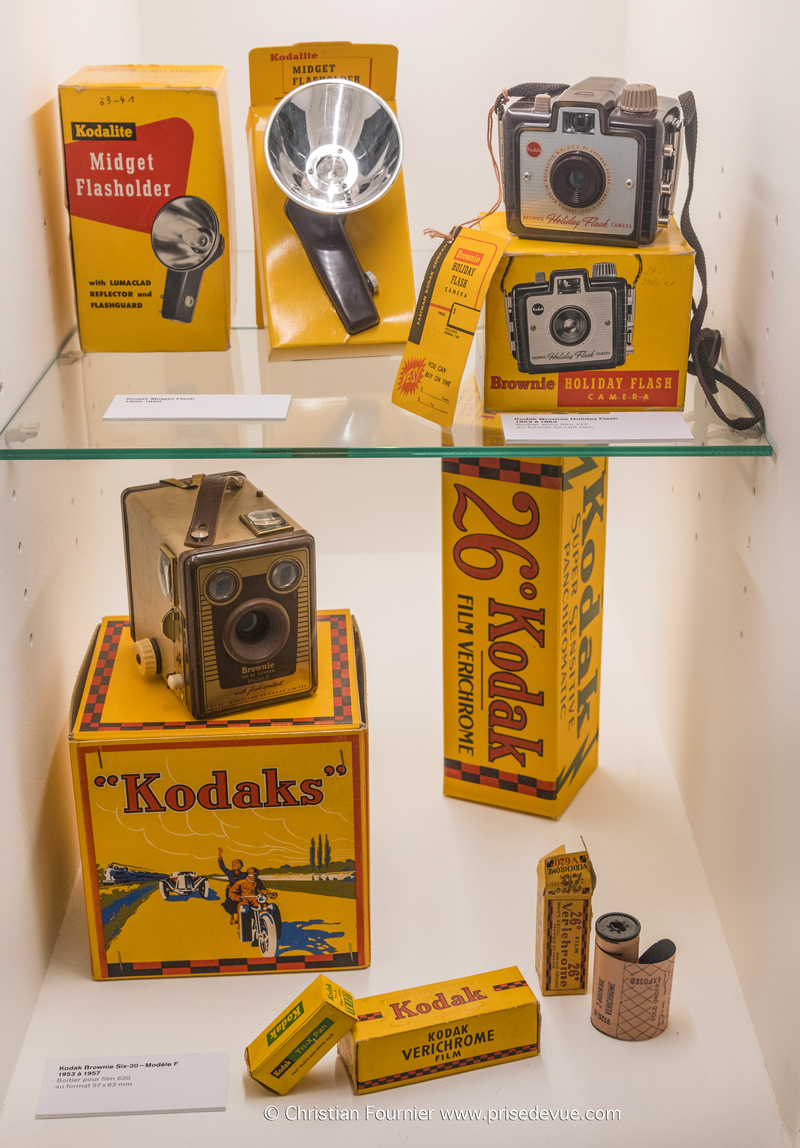
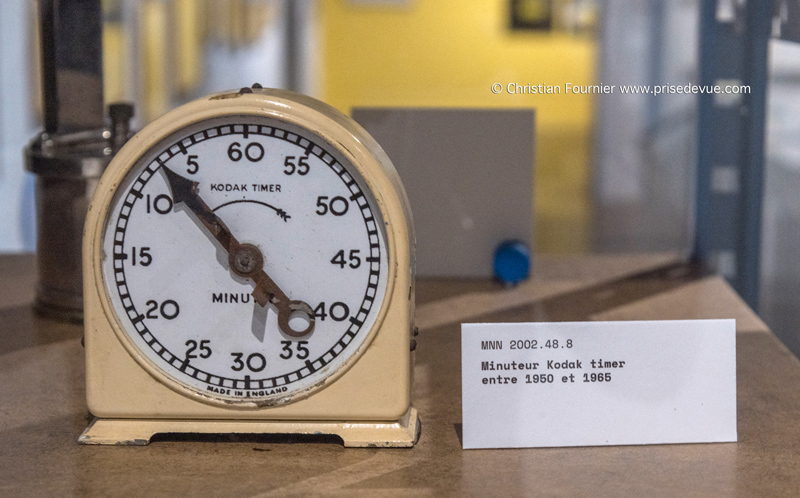
Oui, j'ai utilisé ça aussi, dans ma jeunesse
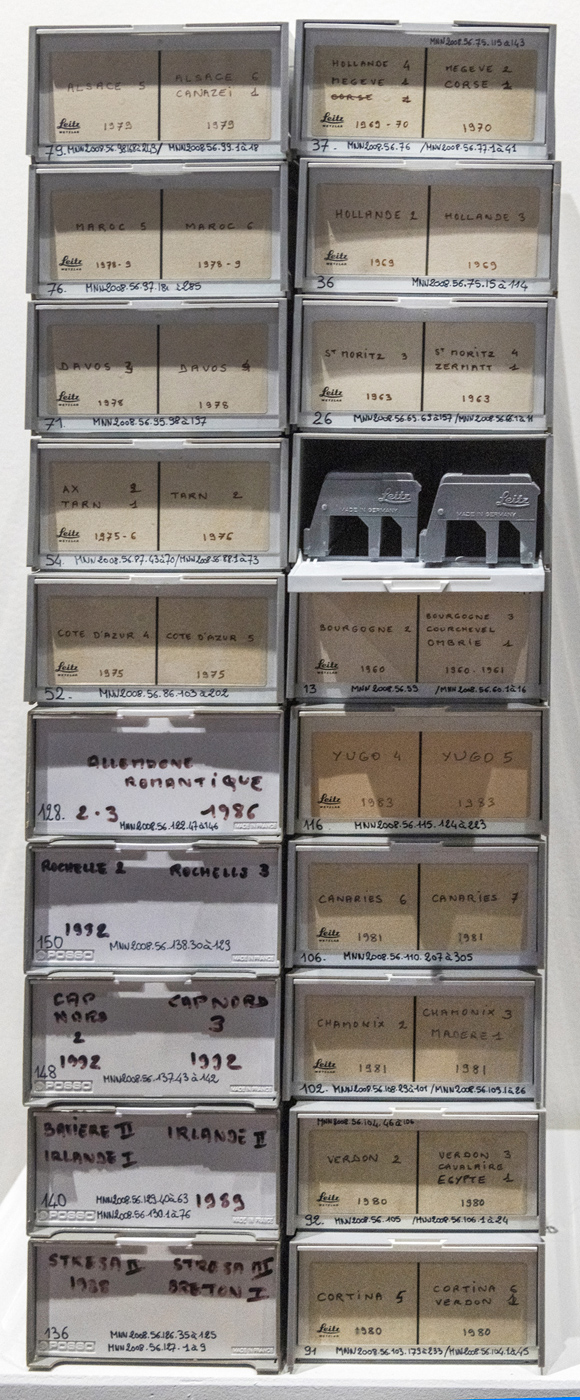
J'ai beaucoup utilisé ces boites à diapositives dans ma jeunesse.

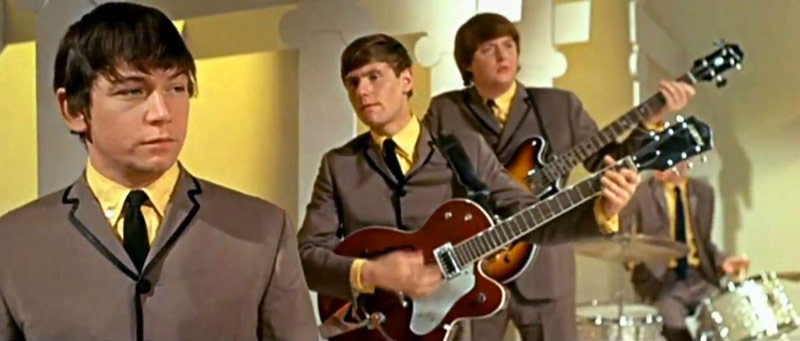
The House of the Rising Sun est une chanson traditionnelle de folk américaine. De nombreuses versions de la chanson existent, car elle a été reprise maintes fois.
La version commerciale la plus connue, enregistrée en 1964 par le groupe de rock britannique The Animals, a été un succès international, numéro 1 au Royaume-Uni, aux États-Unis et au Canada. En 1964, Hugues Aufray et Vline Buggy adaptent The House of the Rising Sun en français pour Johnny Hallyday sous le titre Le Pénitencier.
There is a house in New Orleans
They call the Rising Sun
And it's been the ruin of many a poor boy
And God, I know I'm one
My mother was a tailor
She sewed my new blue jeans
My father was a gambling man
Down in New Orleans
Now the only thing a gambler needs
Is a suitcase and a trunk
And the only time he is satisfied
Is when he's on a drunk
Oh, mother, tell your children
Not to do what I have done
Spend your lives in sin and misery
In the House of the Rising Sun
Well, I got one foot on the platform
The other foot on the train
I'm goin' back to New Orleans
To wear that ball and chain
Well, there is a house in New Orleans
They call the Rising Sun
And it's been the ruin of many a poor boy
And God, I know I'm one
********************************
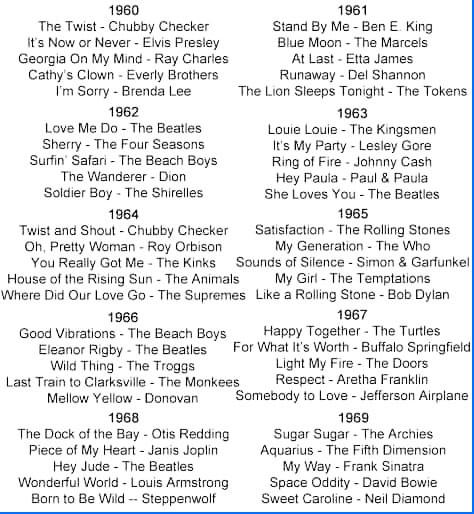
Real music, played by real musicians on real instruments


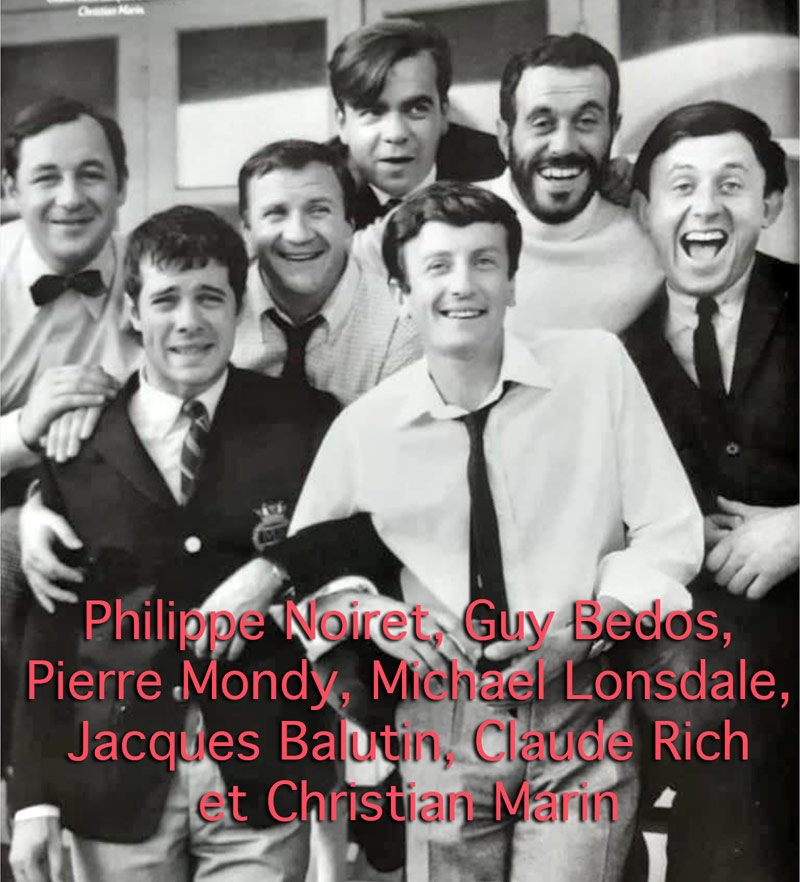

31 dec 1962 : Claude Nougaro, Sacha Distel, Roger Pierre, Jean-Marc Thibault, Johnny Hallyday, Jean-Pierre Cassel


L’assassinat de John Fitzgerald Kennedy, trente-cinquième président des États-Unis, a lieu le vendredi 22 novembre 1963 à Dallas. Le cortège présidentiel traverse à vitesse réduite le centre de la ville ...

*************************
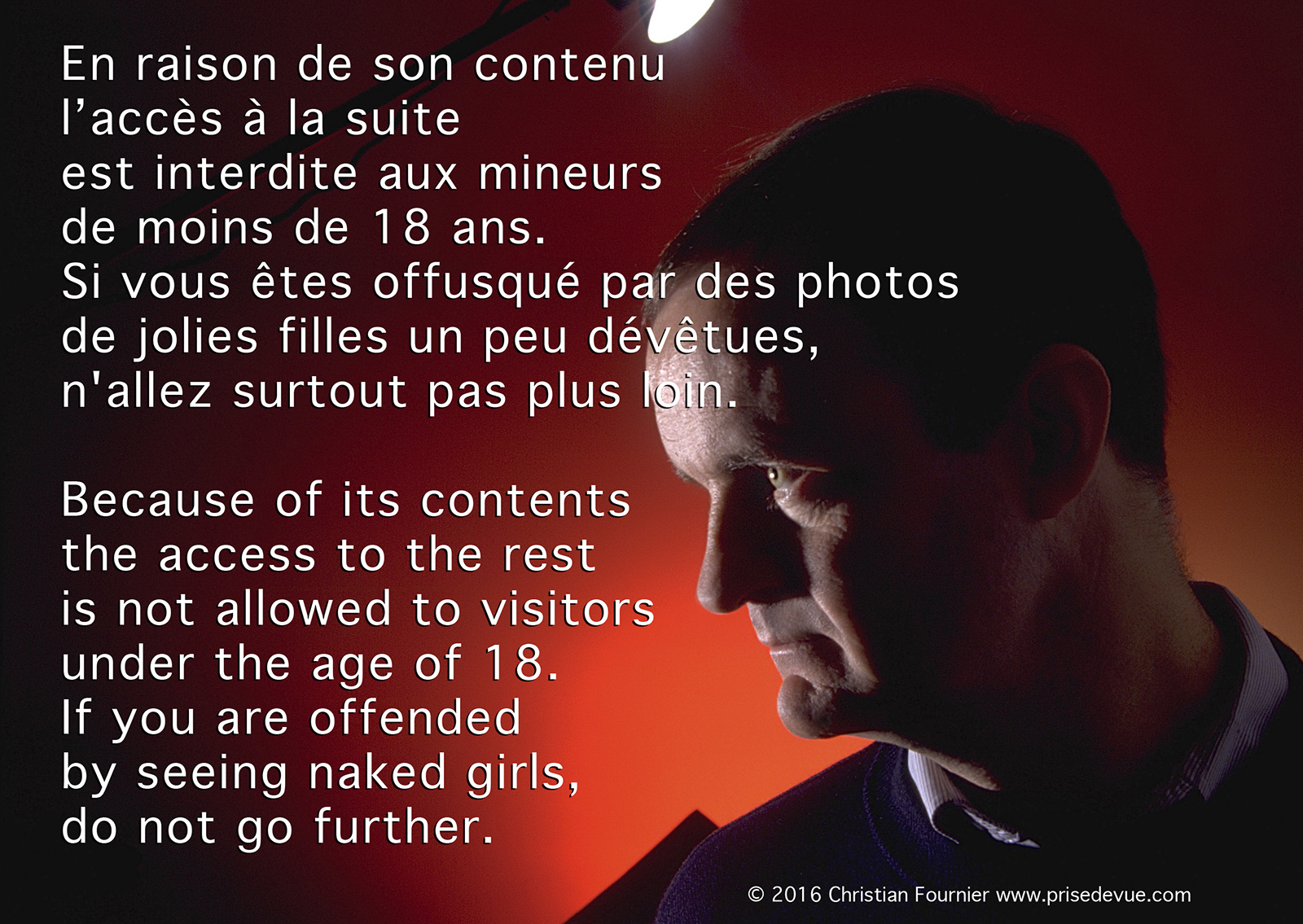
If you are offended by photos of somewhat scantily-dressed pretty women, do not scroll to the bottom of this page.
Nudity is not pornography. Respect art. Moderate censorship.
A different era.
The Dalai Lama: "The majority of people who openly say they are offended by the posts of pretty naked girls are usually the ones who secretly watch porn the most."
The hypocrisy of watching sexy photos without respecting the photographers who make these photos.
In 1978, nudity did not shock.
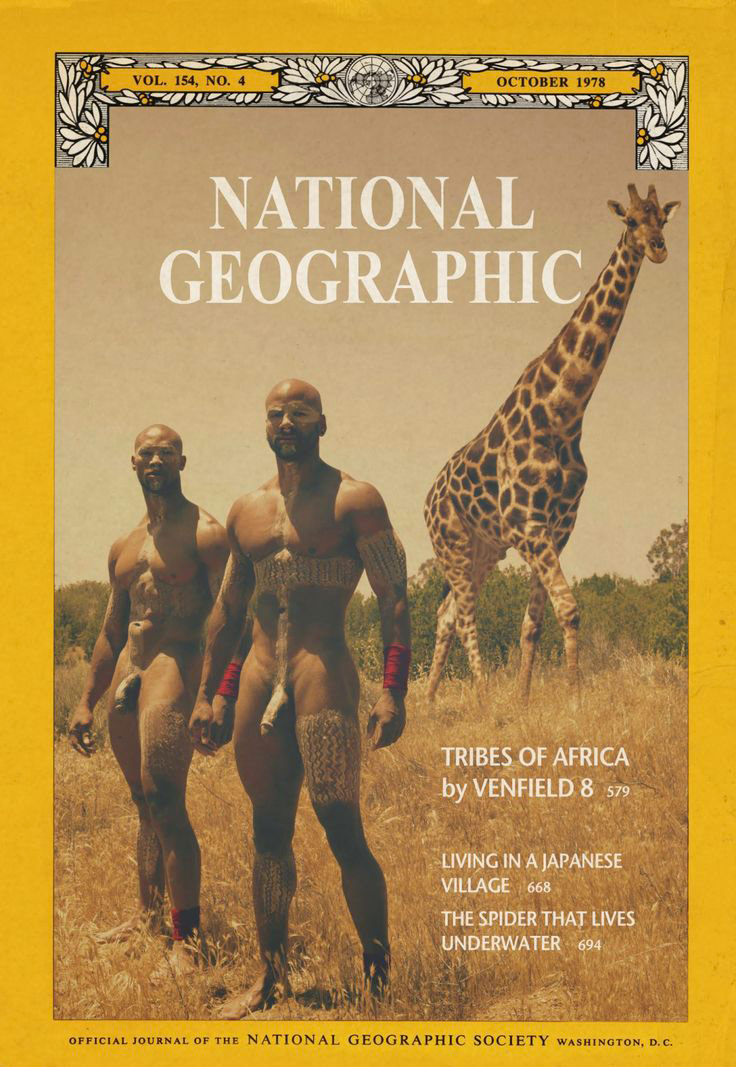
National Geographic (formerly the National Geographic Magazine, sometimes branded as NAT GEO) is the long-lived official monthly magazine of the National Geographic Society. It is one of the most widely read magazines of all time. Topics of features generally concern science, geography, history, and world culture. The magazine is well known for its distinctive appearance: a thick square-bound glossy format with a yellow rectangular border and its use of dramatic photography. The magazine is published monthly. Additional map supplements are also included with subscriptions. It is available in a traditional printed edition and through an interactive online edition. National Geographic been published continuously since 1888, nine months after the foundation of the Society itself.
It's the Mecca of every photographer
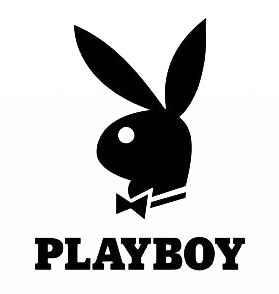

1953, although not yet born, I already see myself as a photographer for Plaboy.
Playboy is an American men's press magazine founded in Chicago in 1953 by Hugh Hefner. He is known for his playmates and erotic photographs, but also for some of his quality articles.
Playboy is published in many countries, and a French version appeared between 1973 and 2011.
Well in 1984, I photograph Susan Schott, 1984 Playmate
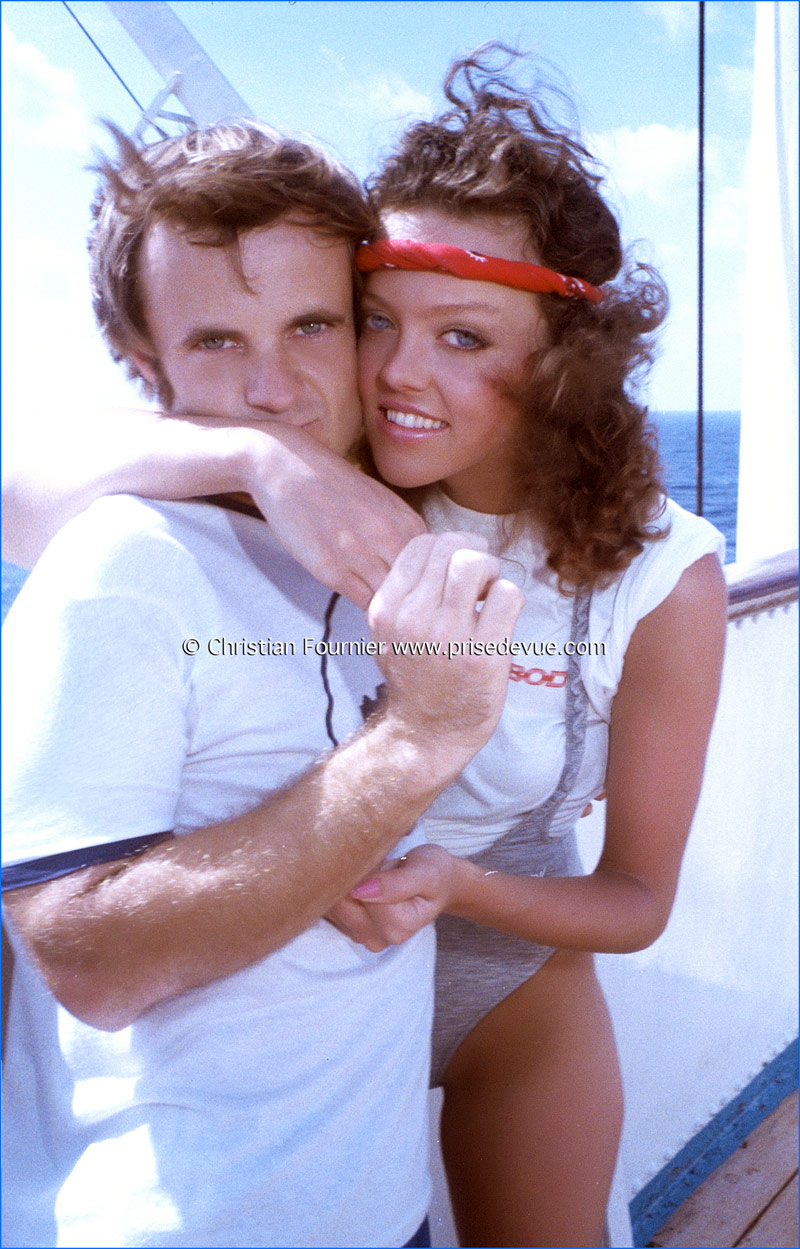
Many thanks to David Macey for allowing me to participate in this Playboy shoot.
Many thanks to Susan Schott.
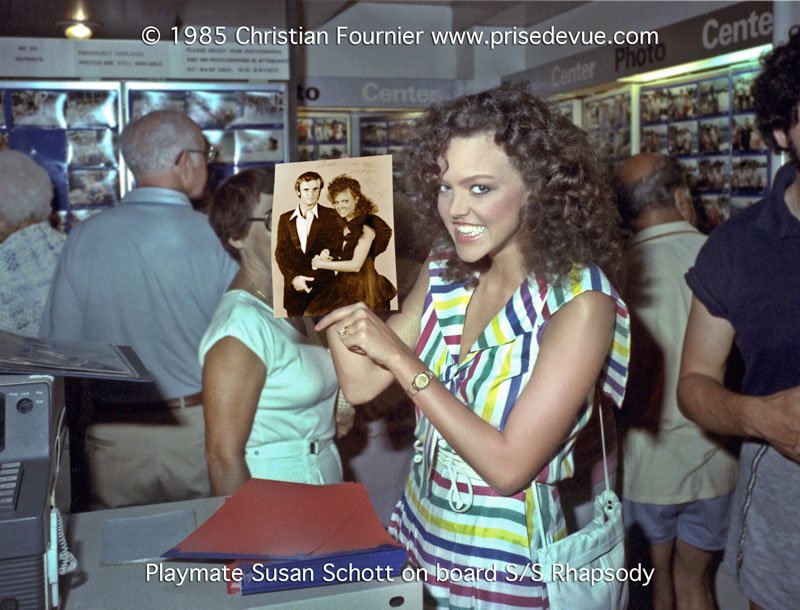
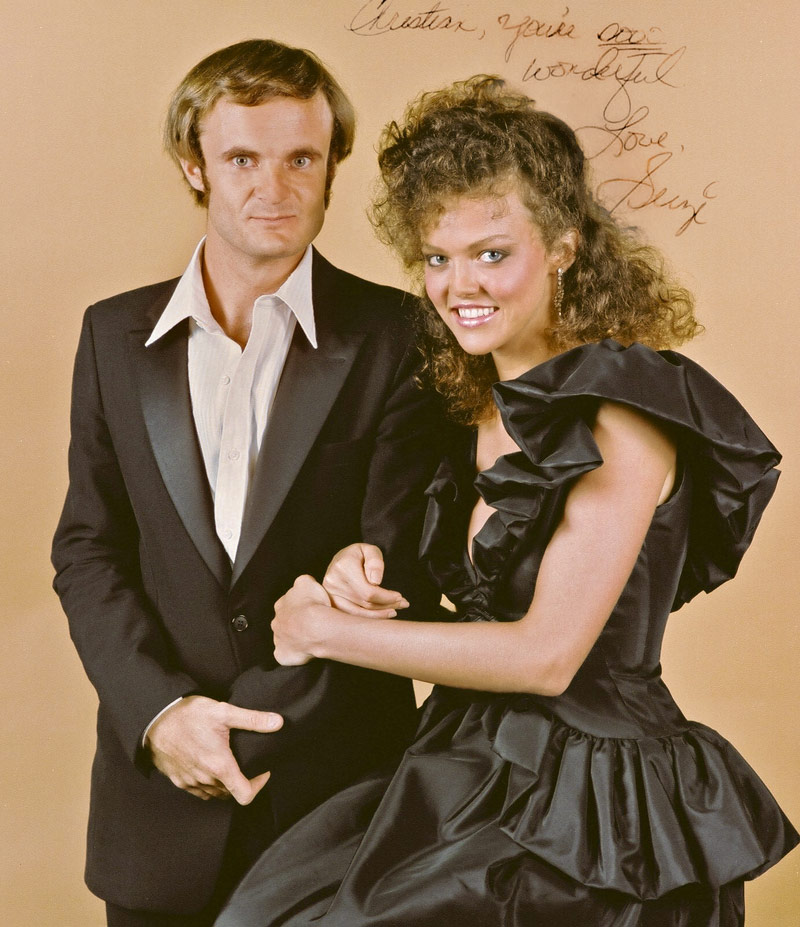

1955

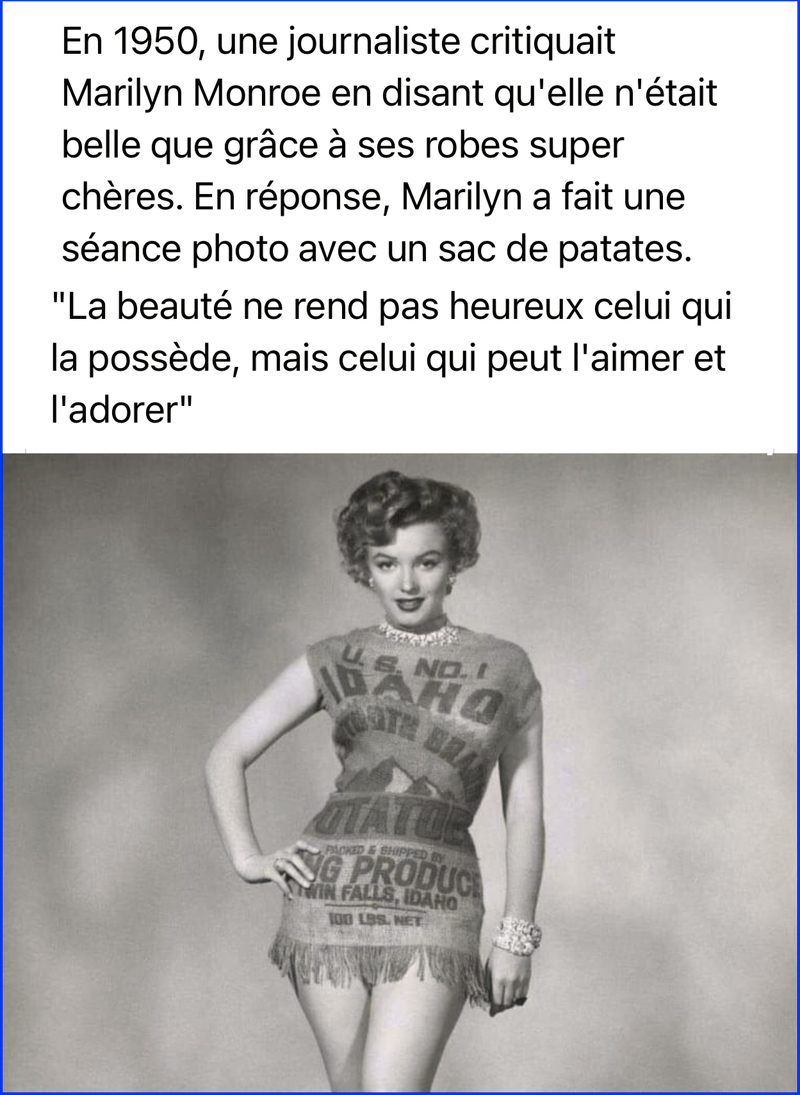
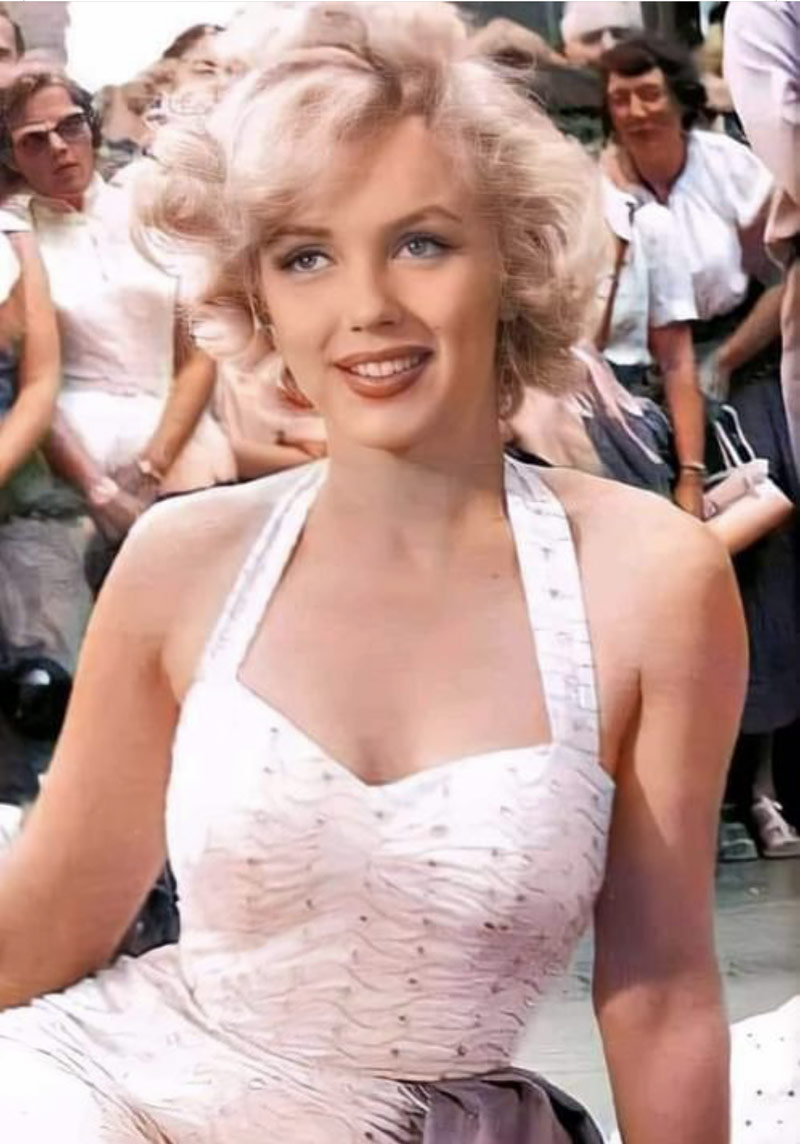
1962
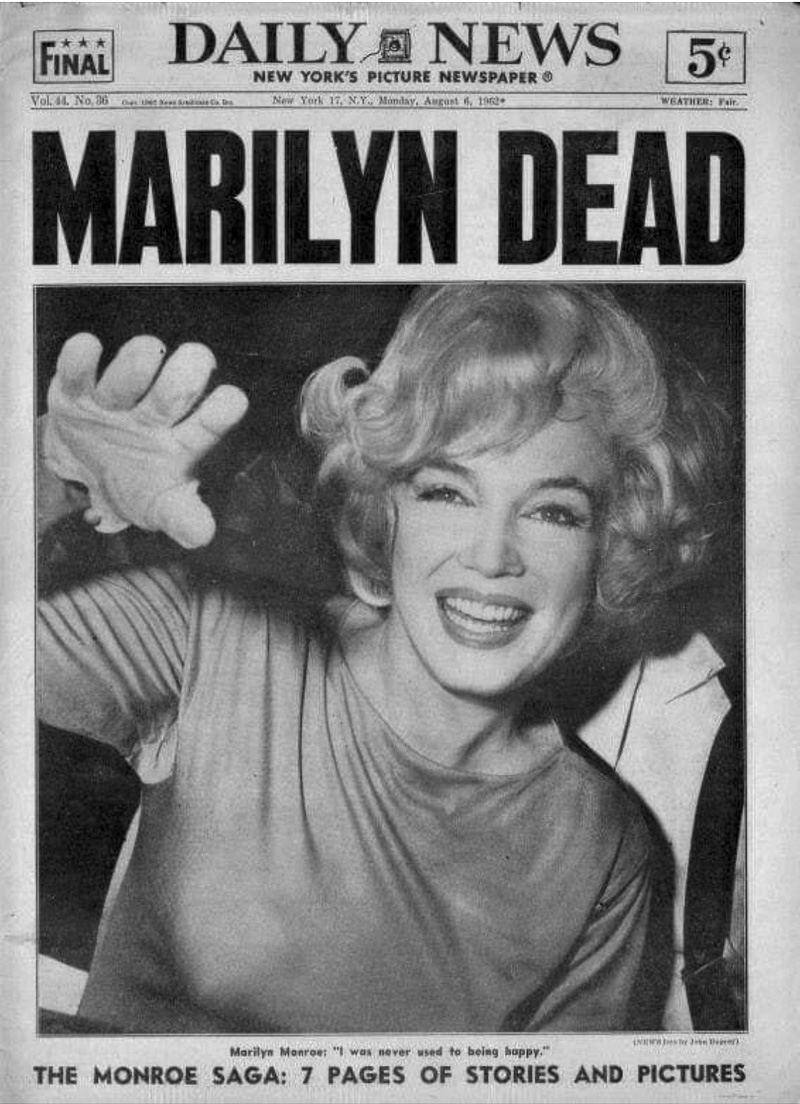
Dans la nuit du 4 au 5 août 1962 disparaissait Marilyn Monroe, à son domicile de Brentwood (Los Angeles). Elle n'avait que 36 ans. Elle fut découverte inanimée, nue dans son lit, la main sur son téléphone, par son psychiatre Ralph Greenson, appelé par la gouvernante de l'actrice, Eunice Murray. Le médecin légiste conclut alors à un empoisonnement aux barbituriques et à un «suicide probable». Mais dès cette époque, émerge la thèse d'un complot pour assassiner la star.
1956
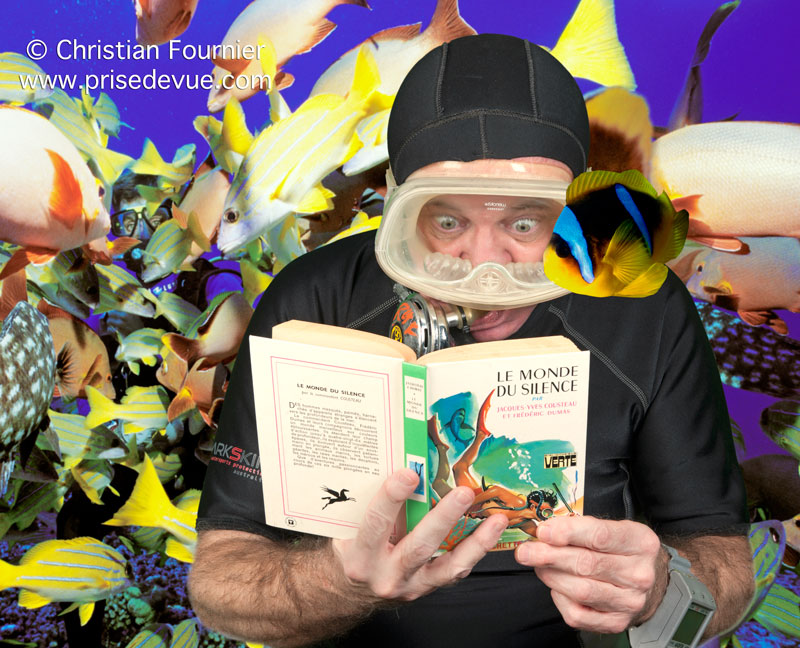
Le Monde du silence is a French documentary film directed by Jacques-Yves Cousteau and Louis Malle between 1954 and 1955 and released for the first time in theaters in France in 1956, at the same time as his participation in the Cannes Film Festival, where he won the Palme d'Or. In 1957, in the United States, he won the Oscar for best documentary film.
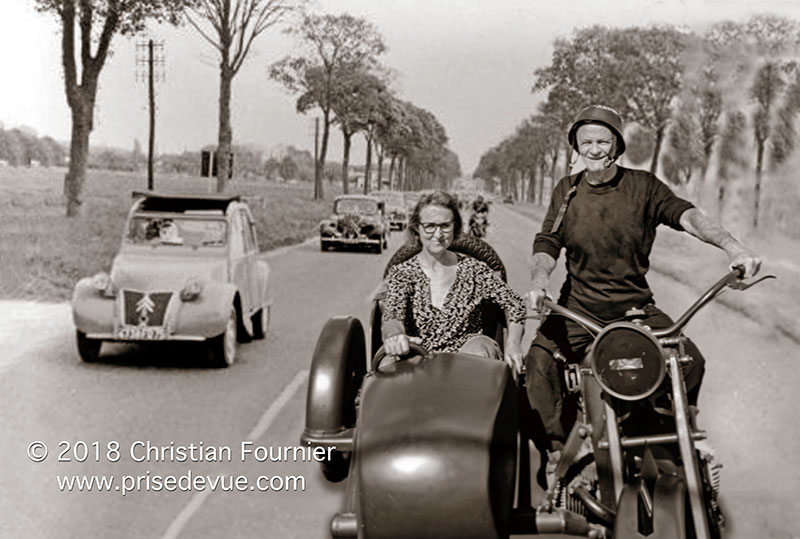
La Grande Vadrouille est un film franco-britannique réalisé par Gérard Oury, sorti en 1966.
Avec plus de 17 millions de spectateurs lors de sa 1re exploitation en salles (de 1966 à 1975), le film demeure pendant plus de trente ans le meilleur score du box-office français toutes nationalités confondues (avant d'être dépassé par Titanic en 1998) et durant plus de quarante ans le plus grand succès d'un film français sur le territoire français, avant d'être dépassé par Bienvenue chez les Ch'tis de Dany Boon en avril 2008. Cependant, proportionnellement à la population française des deux époques, La Grande Vadrouille reste au premier rang. Il est à ce jour troisième au palmarès des films français les plus vus en France, précédé par Bienvenue chez les Ch'tis et Intouchables.
Bourvil
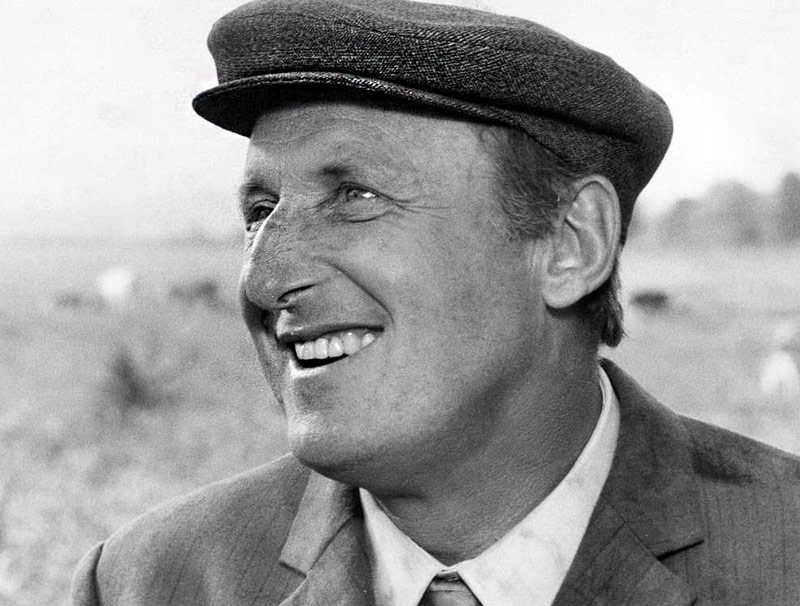
Fernand Raynaud

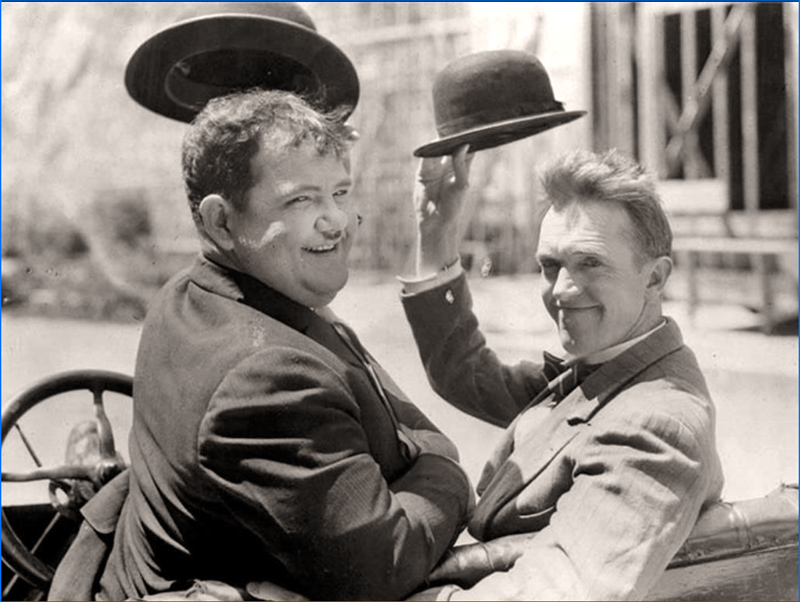 Laurel and Hardy Laurel and Hardy
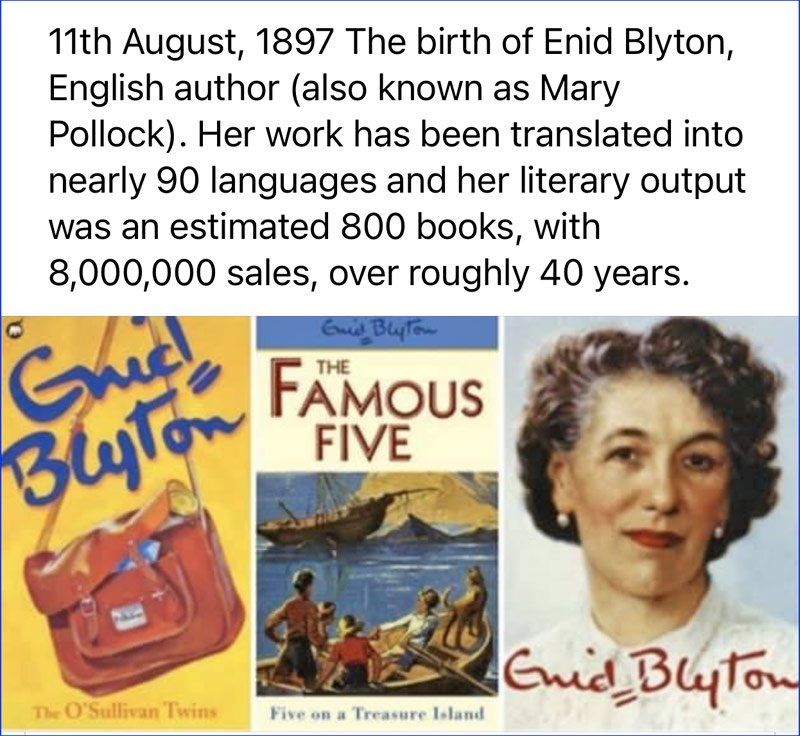
J'ai lu tous les "Club des 5"
The famous 5 en anglais.
Aug. 23, 1966

The first photo of the Earth seen from space
For me: the most beautiful picture of all humanity

Le 08 mars 2021 : 2050 : Frédérique Gorsky first space tourist
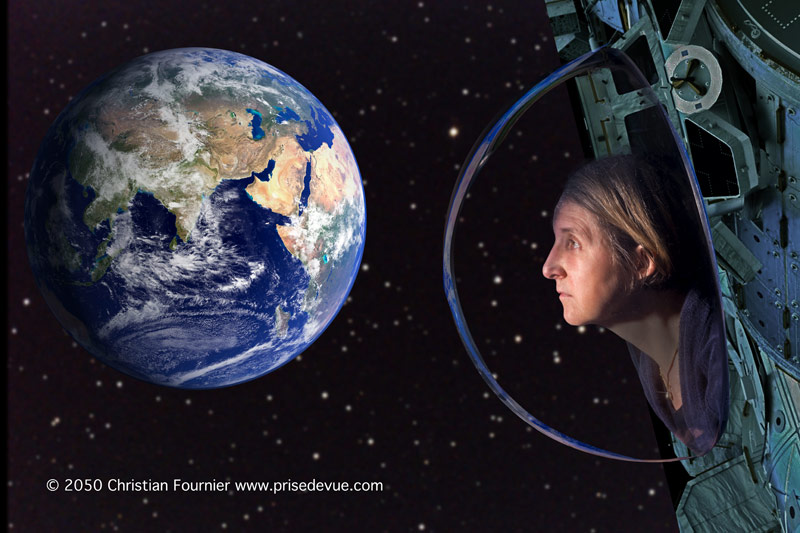
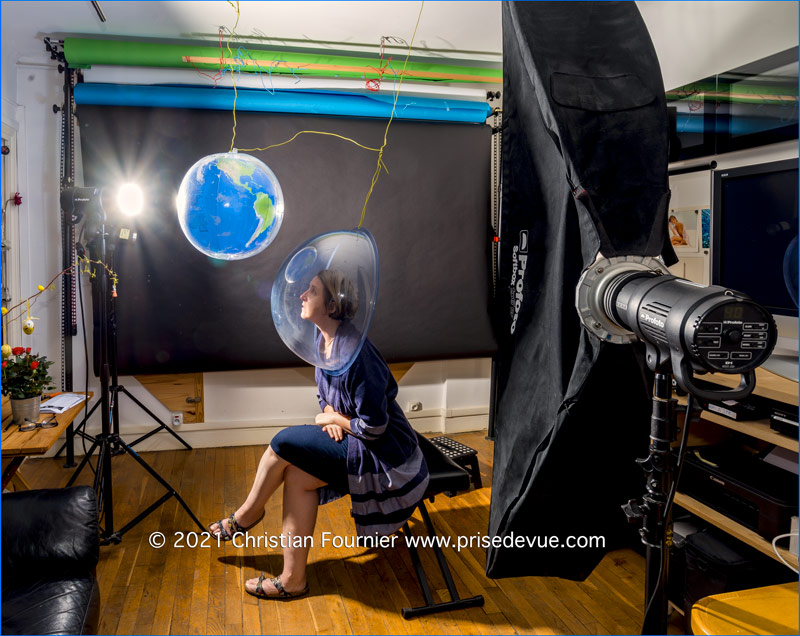
Technical Explanation: Elon Musk predicted space tourism for the fourth quarter of 2021. In November 2020, four astronauts were successfully put into orbit by SpaceX's Crew Dragon capsule, before joining the International Space Station.
But I put this in 2050, because Frédérique is much further from the earth than the International Space Station ISS which sees only a small part of the terrestrial globe through its portholes.

1967
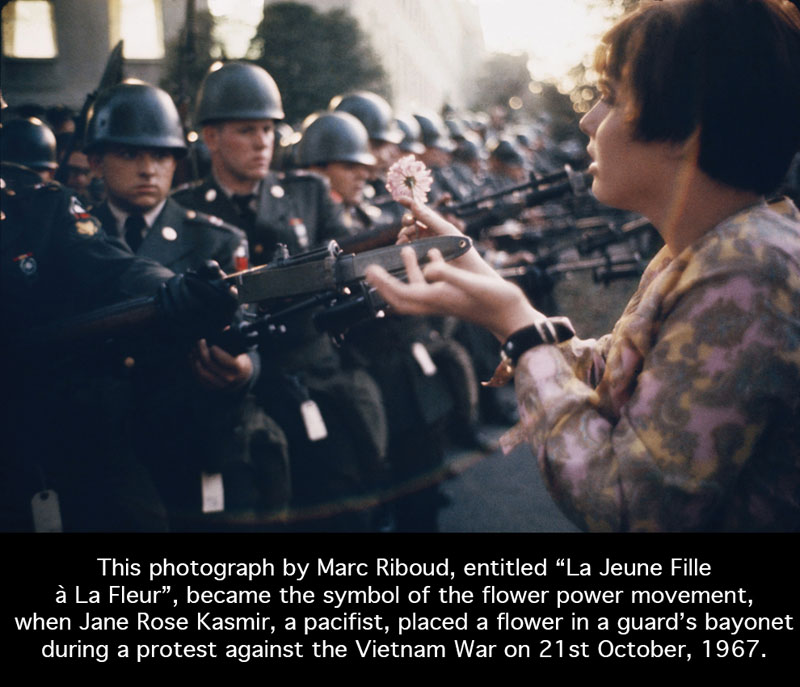
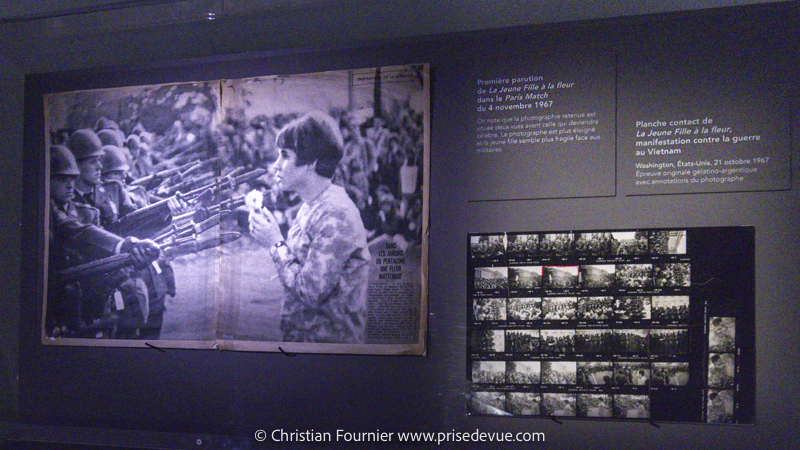
Le dimanche 18 juillet 2021, je photographie l'exposition "Marc Riboud - Histoires possibles" au Musée Guimet.
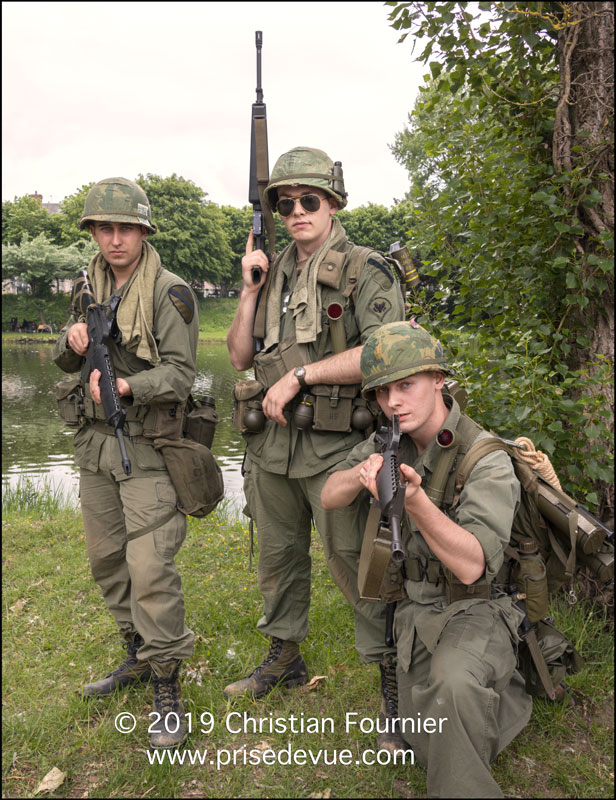
La guerre du Viêt Nam (également appelée deuxième guerre d'Indochine) est une guerre qui se passe au Viêt Nam et oppose, de 1955 à 1975, d'une part la République démocratique du Viêt Nam (ou Nord-Viêt Nam) avec son armée populaire vietnamienne — soutenue matériellement par le bloc de l'Est et la Chine — et le Front national de libération du Sud Viêt Nam (dit Viet Cong), et d'autre part la République du Viêt Nam (ou Sud-Viêt Nam), militairement soutenue par l'armée des États-Unis appuyée par plusieurs alliés (Australie, Corée du Sud, Thaïlande, Philippines).
La guerre américaine d'Indochine ne fut jamais déclarée. Aussi l'année exacte de son commencement prête-t-elle à débat. On a pris l'habitude d'en attribuer la paternité
au président John F. Kennedy, qui à partir de 1961, y envoya plus de 15 000 conseillers militaires. Pourtant dès le milieu des années 1950, le Sud Viêt Nam connaît une situation insurrectionnelle. En 1998, le gouvernement fédéral des États-Unis détermine que les militaires américains tombés après le 1er novembre 1955 — date de la création du premier groupe de conseillers militaires américains au Sud Viêt Nam — peuvent être considérés comme morts durant la guerre du Viêt Nam. Ce n'est cependant qu'à partir de 1965 que les États-Unis interviennent massivement au Viêt Nam, après la résolution du golfe du Tonkin d'août 1964. La politique de contre-insurrection des États-Unis, accompagnée de bombardements massifs — notamment l'opération Rolling Thunder contre le territoire nord-vietnamien — échoue cependant à faire cesser la guérilla au Sud : l'offensive du Tết de 1968 confirme l'enlisement militaire du conflit vietnamien. Les opérations américaines contribuent au contraire à étendre les hostilités aux pays voisins : la guerre civile laotienne et la guerre civile cambodgienne deviennent des conflits annexes à la guerre du Viêt Nam.
Le conflit étant dans l'impasse et de plus en plus impopulaire dans l'opinion publique américaine, les accords de paix de Paris décident en 1973 du retrait militaire américain. En 1975, le Nord Viêt Nam réalise une offensive contre le Sud Viêt Nam et remporte la victoire : le pays, officiellement réunifié l'année suivante, devient la République socialiste du Viêt Nam. En même temps que le Viêt Nam, le Cambodge et le Laos deviennent eux aussi des pays communistes.
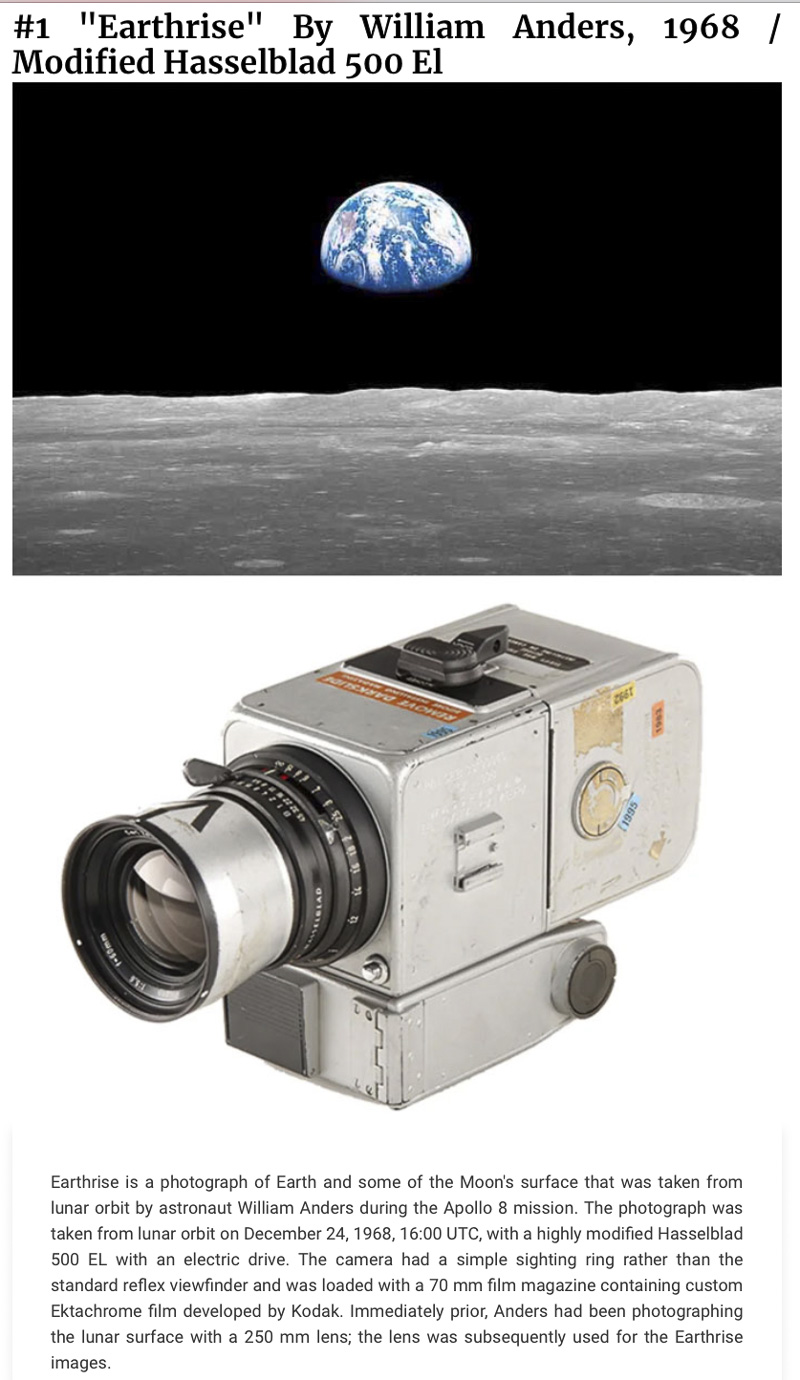
May 1968 in Paris
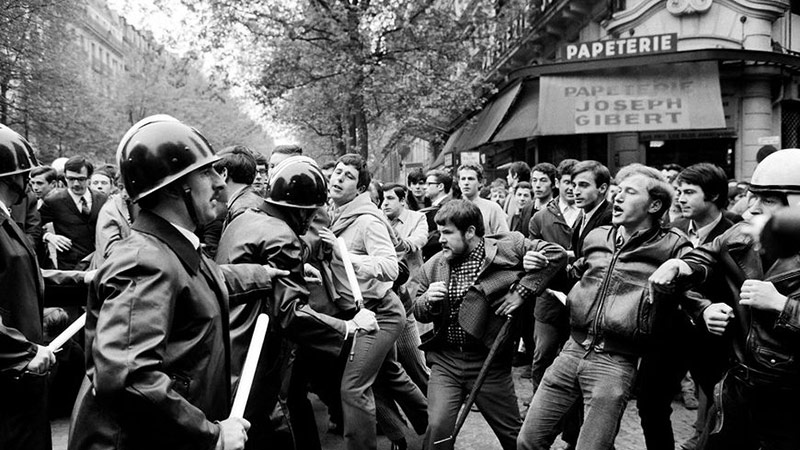

The events of May-June 1968, or more briefly May 68, designate a period during which student demonstrations take place, as well as general and wildcat strikes.
These events, triggered by a revolt of the student youth in Paris, then winning over the working world and most categories of population throughout the territory, constitute the most important social movement in the history of France in the twentieth century.
It is characterized by a vast spontaneous anti-authoritarian revolt ("here and now"), of a social, political and cultural nature, directed against capitalism, consumerism, American imperialism and, more immediately, against Gaullist power in square.
The events of May-June resulted in the death of at least seven people and hundreds of seriously injured in the clashes, both on the side of the demonstrators and the police.
Looking back over the years, the events of May-June 1968 appear to be a fundamental break in the history of French society, materializing a questioning of traditional institutions.

Obviously I am also slightly dyslexic.
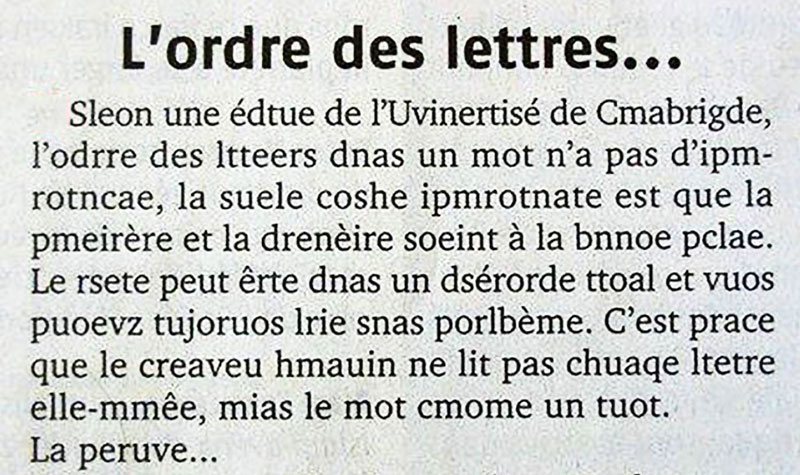
|
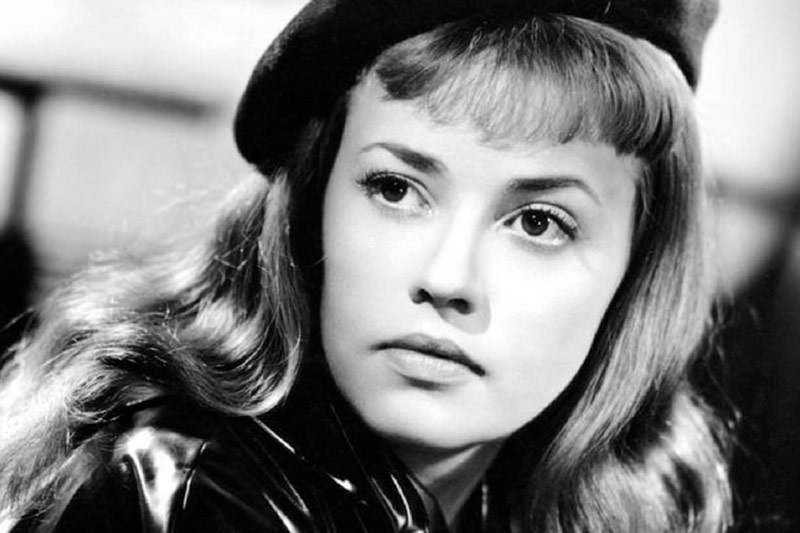
Jeanne-Moreau
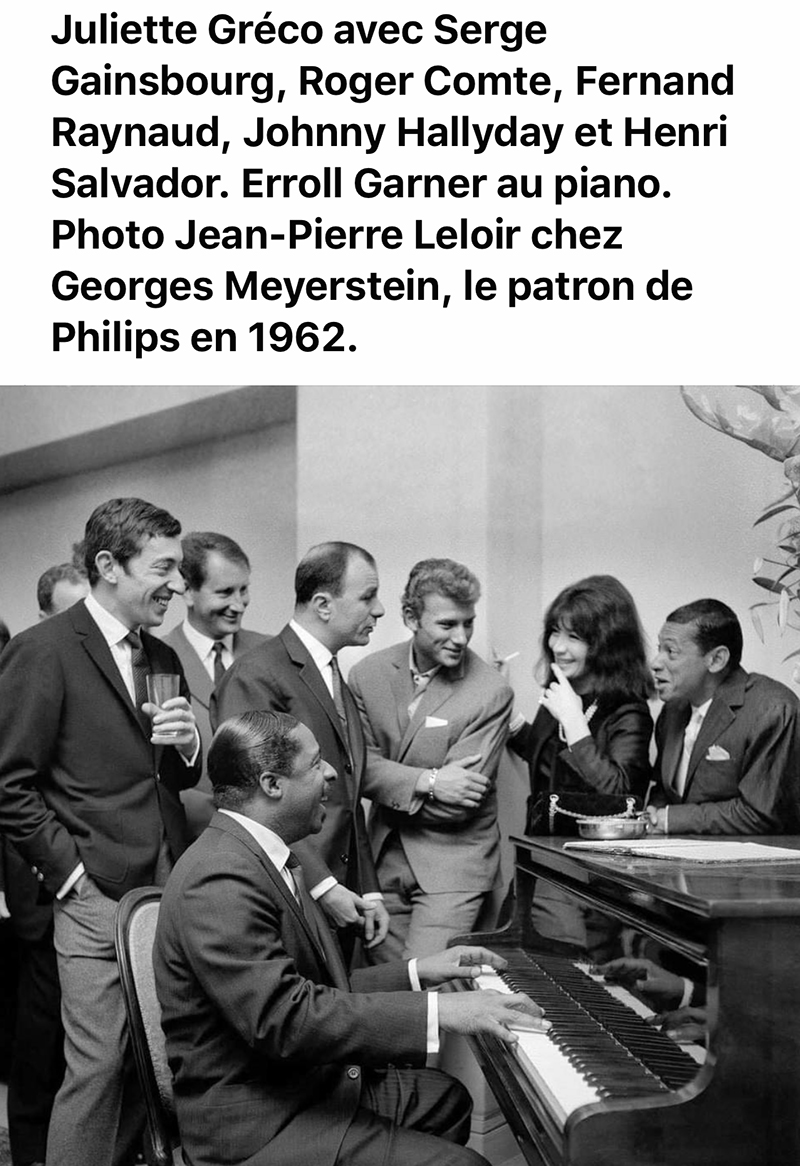
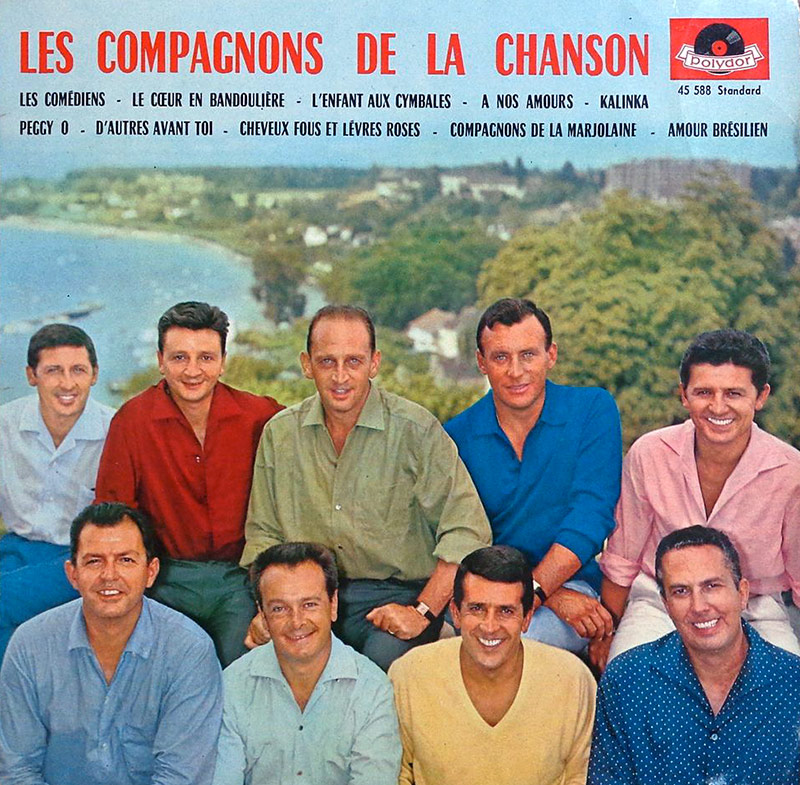

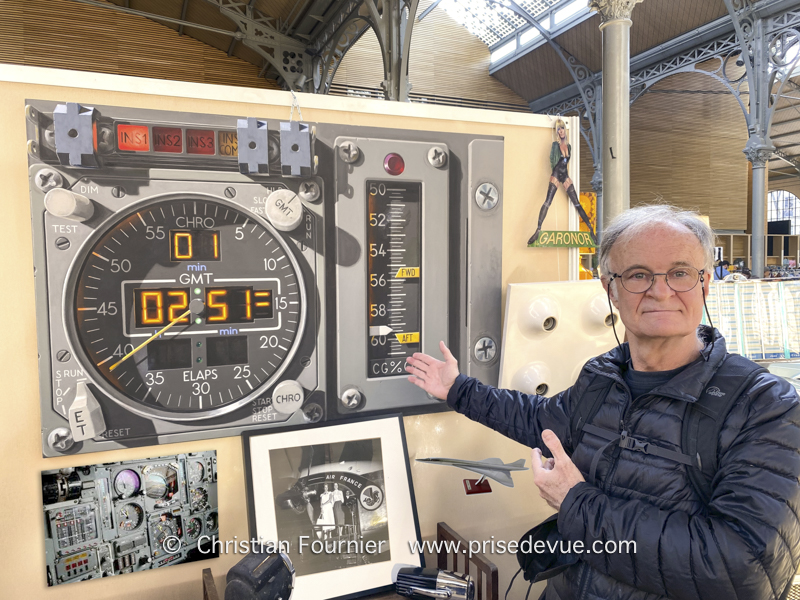
A part of Concorde dash board at salon du vintage 2022

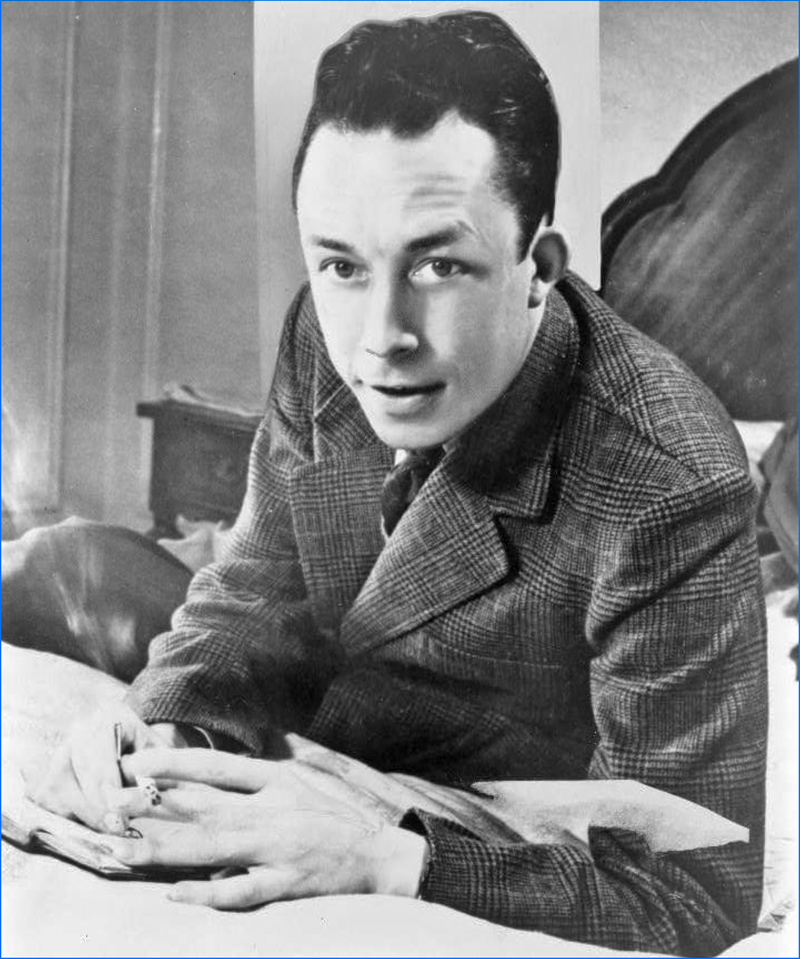
Albert Camus
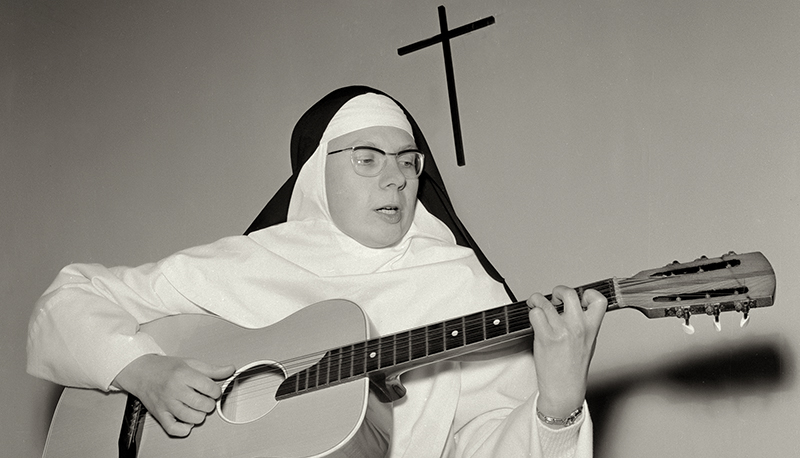
Sœur Sourire, nom de scène de Jeanne-Paule Marie Deckers (dite Jeanine), en religion sœur Luc-Gabriel, est une religieuse et chanteuse belge née le 17 octobre 1933 à Bruxelles et morte à Wavre le 29 mars 1985.
Entrée chez les dominicaines en 1959, elle connaît un succès mondial (Europe, Amérique, Océanie, Afrique du Sud) en 1963 avec ses chansons, notamment son tube Dominique qu'elle écrit, compose et interprète au profit de son ordre. Cette chanson de langue française se classe no 1 des ventes de disques aux États-Unis pendant tout le mois de décembre 1963. Sœur Sourire réussit également à classer deux albums de langue française dans les meilleures ventes d'albums américaines : l'album La Nonne chantante (The Singing Nun) se classe no 1 pendant 10 semaines au Billboard 200 en 1963 et 1964, et l'album Sa joie, ses chansons (Her Joy, Her Songs) se classe 90e en 1964. Ces performances sont inégalées pour des albums en langue française dans ce pays.
Nommée pour quatre Grammy Awards américains en 1964, dont celui de meilleure chanteuse, elle remporte celui de la meilleure chanson religieuse.
Ayant quitté les ordres, elle tente une nouvelle carrière à partir de 1967 sous le nom de Luc Dominique, sans retrouver le succès de ses débuts. À partir de 1974, les services fiscaux belges réclament à Jeanine Deckers les fortunes qu'auraient dû lui rapporter les ventes de Sœur Sourire, mais restent sourds à ses explications. Jeanine Deckers fait alors appel à son ancien couvent et à son ancienne maison de production, Philips. Si les sœurs lui remettent ce qu’elles estiment être sa part (l'aidant notamment à acquérir son appartement de Wavre, à la condition qu’elle cesse de dénigrer la congrégation et qu’elle signe un document pour solde de tout compte), Philips, qui avait touché 95 % des recettes, ne fait rien. Confrontée à une dette importante et aux intérêts accumulés, Jeanine Deckers et sa compagne, Annie Pécher, thérapeute d'enfants autistes, sombrent dans une dépression que l'alcool et les médicaments ne font qu'aggraver. Toutes deux finissent par se suicider ensemble le 29 mars 1985.
Ironie du sort, le jour de son suicide, la Société belge des auteurs, compositeurs et éditeurs (SABAM) sortait un état trimestriel de ses droits d’auteur pour 571 658 francs belges, forte somme pour l'époque. Poursuivie par l'administration fiscale belge, elle finit par se suicider en 1985.
« Dominique, nique, nique
S'en allait tout simplement,
Routier pauvre et chantant.
En tous chemins, en tous lieux,
Il ne parle que du Bon Dieu,
Il ne parle que du Bon Dieu. »

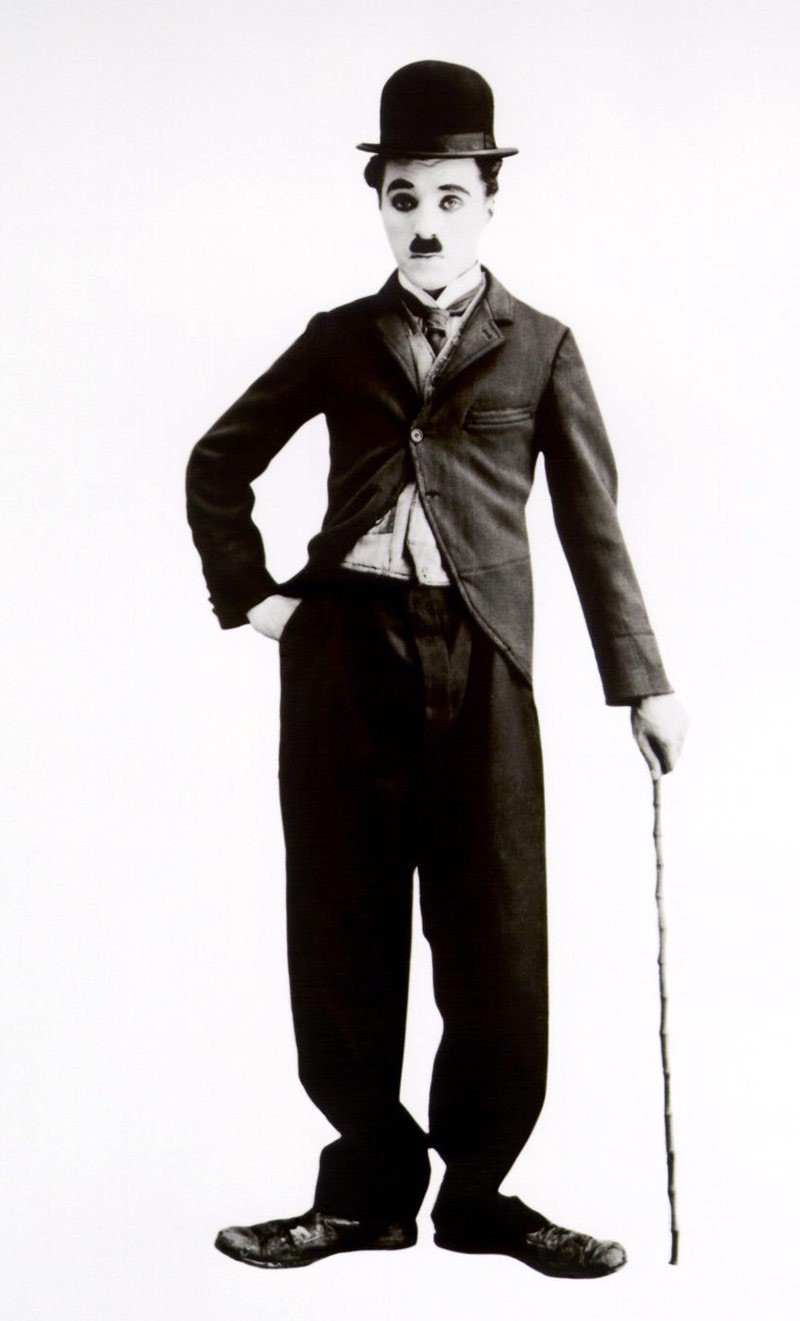
Je suis fan de Charlie Chaplin.
En 1988, j'ai photographié les petites filles de Charlie, Carmen et Dolores, avec le grand Topolino comme maquilleur.

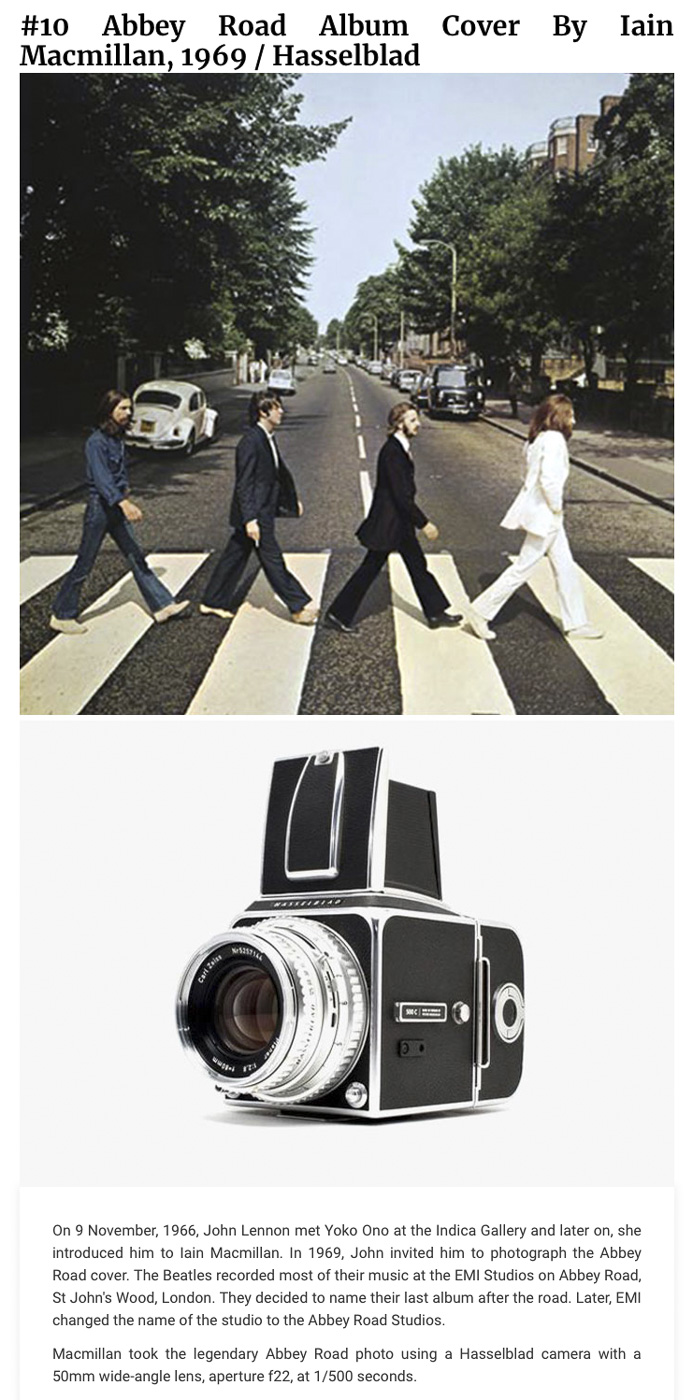
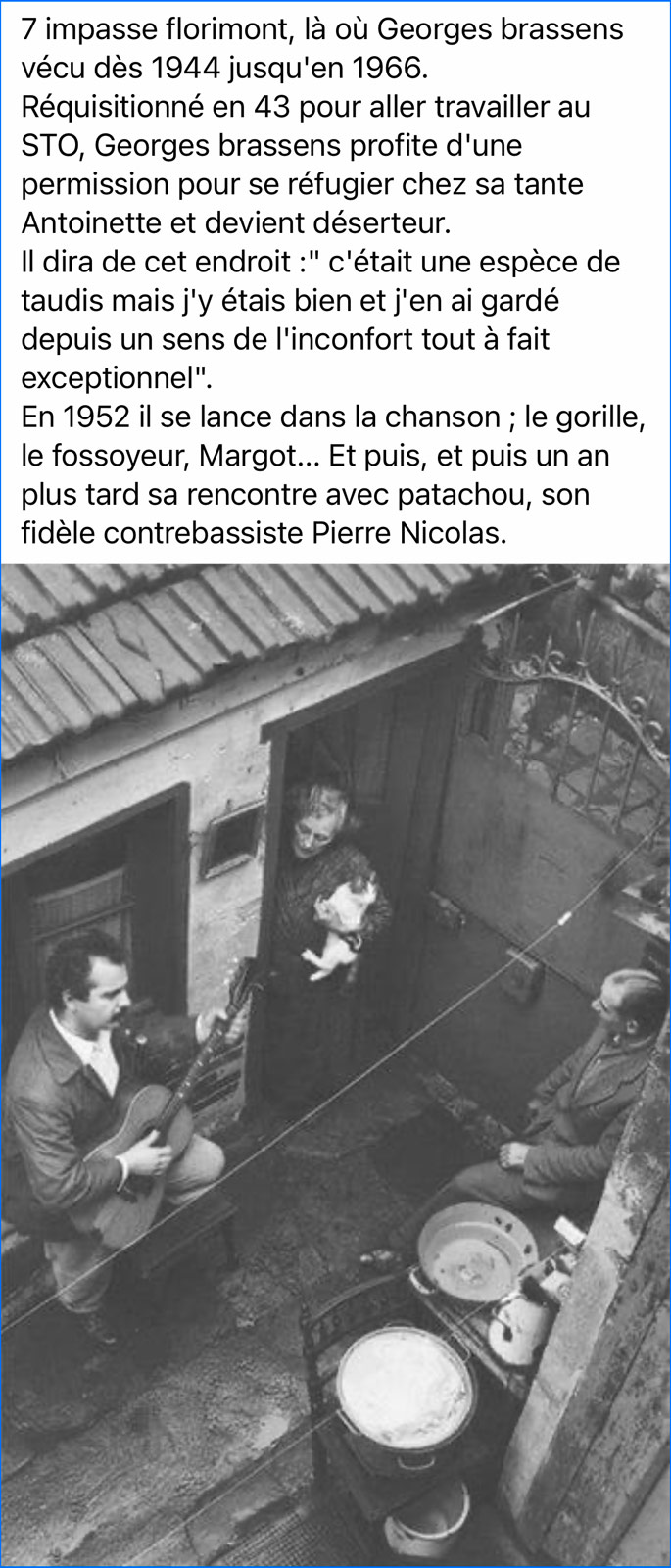
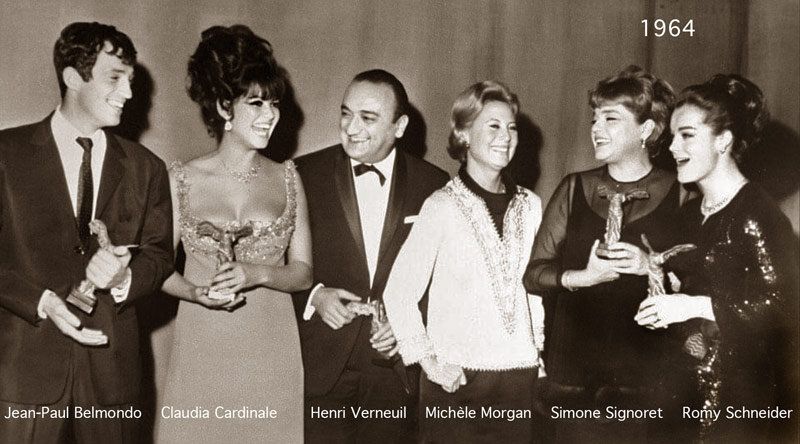
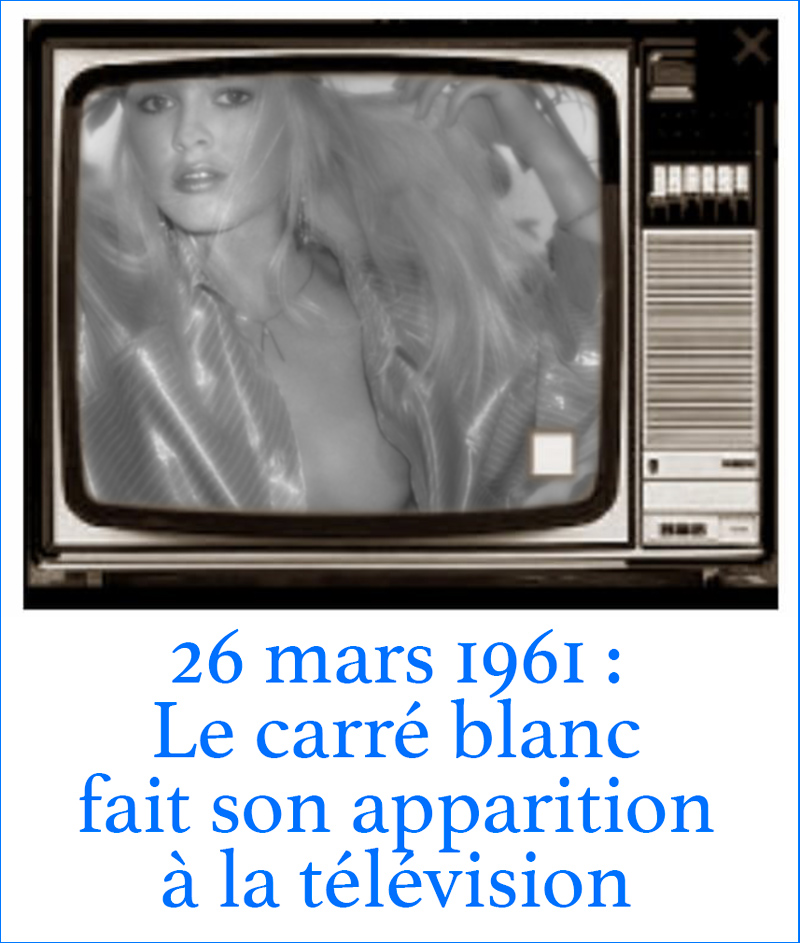
C'est en 1967, le 1er octobre, que les émissions de télévision française peuvent être diffusées en couleur, et reçues comme telles par les foyers équipés de téléviseurs adaptés. Ce passage du noir et blanc à la couleur s'effectue en direct sur la 2ème chaîne, qui a vu le jour en 1964.

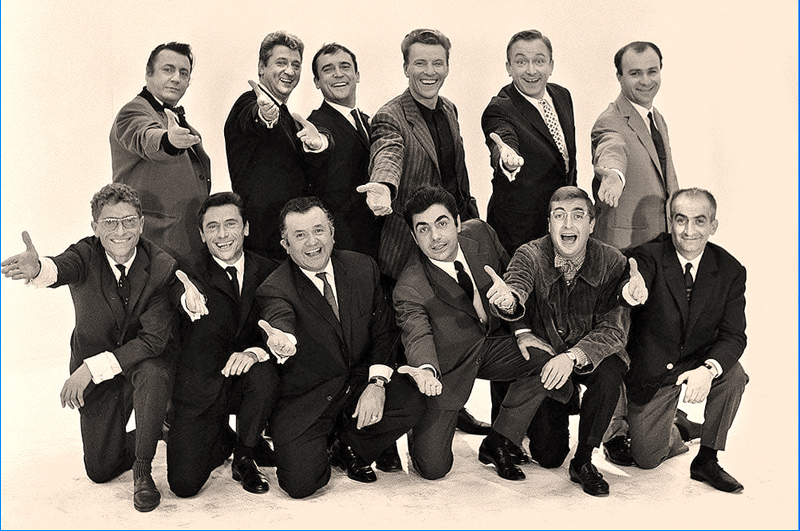
Ces chers disparus qui nous ont tant fait rire, réunis en studio en 1962, douze humoristes en spectacle à Paris à cette époque. Debout derrière de gauche à droite : Raymond Devos, Roger Nicolas, Jean-Marc Thibault, Gérard Sety, Robert Dhery, Fernand Raynaud.
A genoux au premier rang de gauche à droite : Darry Cowl, Robert Lamoureux, Jean Richard, Roger Pierre, Henri Tisot et Louis de Funès.
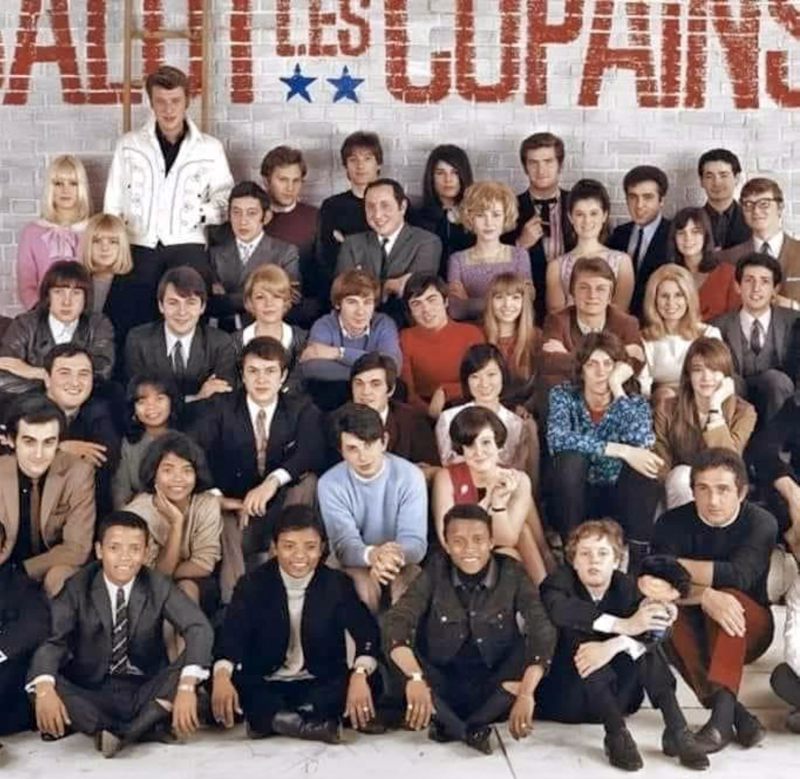
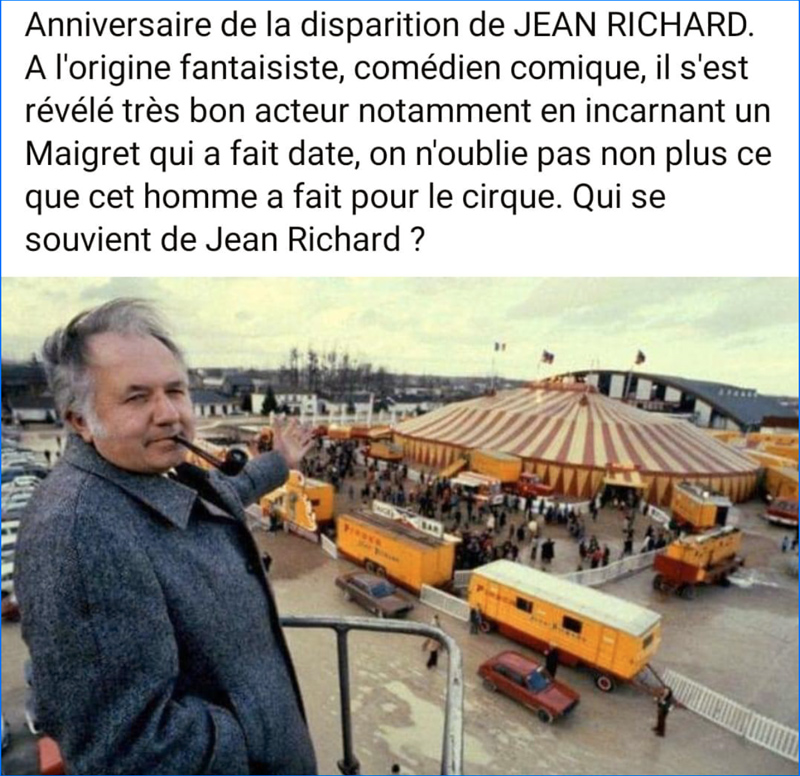

Pollux
: où est mon sucre ?
Le Manège enchanté, est une série télévision d’animation qui compte 750 épisodes de 5 minutes, créée par Serge Danot et diffusée à partir du 5 octobre 1964 sur la première chaîne de l'ORTF.
Après sa suppression en 1967, une seconde série de 100 épisodes est diffusée en 1973, suivie de deux autres ultérieurement. Deux films d’animation ont repris la série, le premier en 1972, Pollux et le Chat bleu, réalisé par Serge Danot. Au total, 98 chaînes de télévision ont diffusé la série hexagonale, des États-Unis à l'Iran, en passant par le Japon, et elle a été traduite en 28 langues.
Cette série met en scène le manège du père Pivoine sur lequel s'amuse la petite Margote. Zébulon, un personnage monté sur ressort, la transporte grâce à une formule magique, "Tournicoti tournicoton...", au pays du Bois-Joli. Elle y retrouve ses amis : Pollux le chien à l’accent anglais et à partir de 1966 Azalée la vache, Ambroise l’escargot, Flappy le lapin, le Bonhomme Jouvence, un jardinier commençant toutes ses phrases par "Hep Hep Hep". Christophe Mourthé
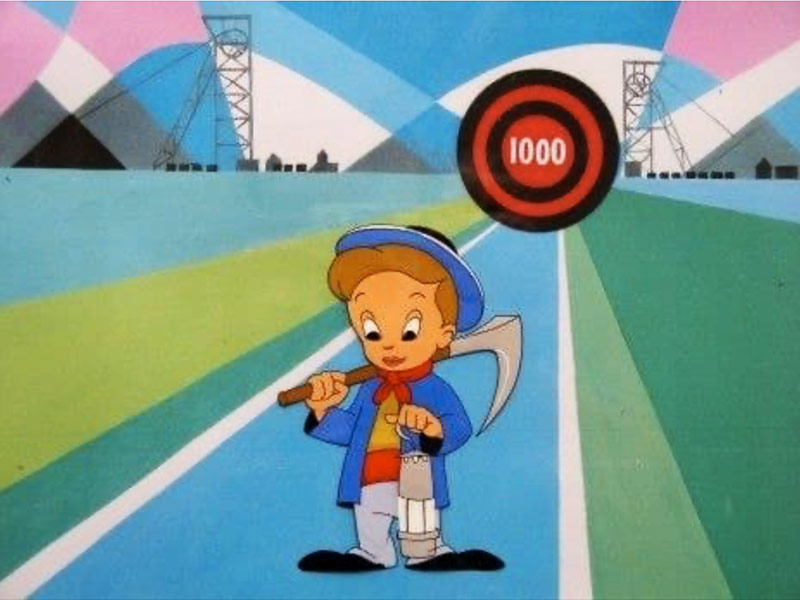

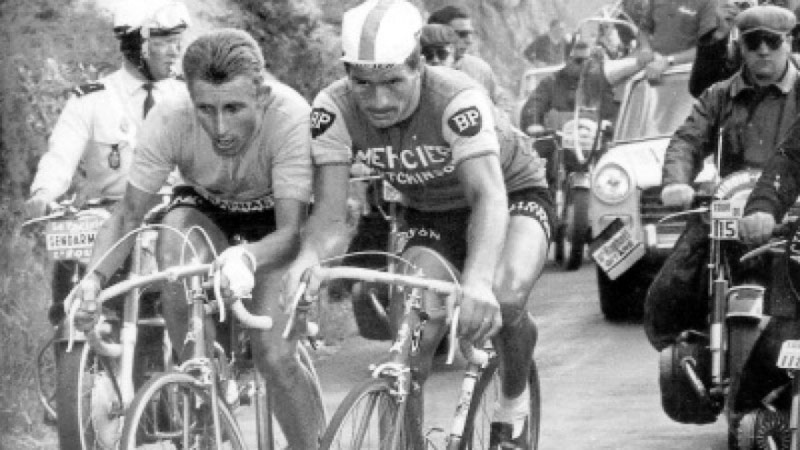
Poulidor-Anquetil 1964
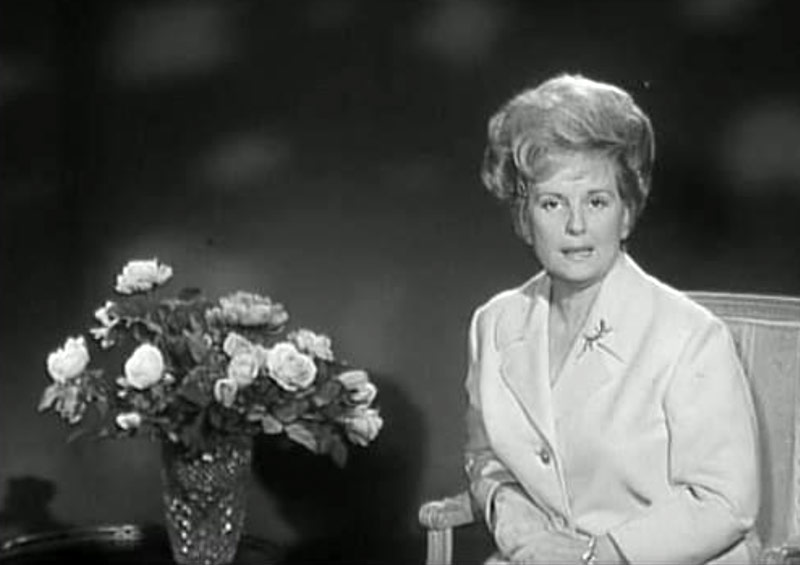
Catherine Langeais
C’est lors d’un bal à Normale Sup, en 1938, que François Mitterrand, 23 ans, rencontre Marie-Louise Terrasse, qui deviendra Catherine Langeais, incontournable présentatrice télé dans les années 60. Un coup de foudre puis des fiançailles en mai 1940. Séparés par la guerre, François Mitterrand envoie de nombreuses lettres à la jeune femme, qu’il surnomme « Mon Zou » ou Ma petite pêche ». Deux ans plus tard, elle rompt les fiançailles. Un coup dur pour le jeune homme alors éperdument amoureux. François Mitterrand, (pas si rancunier), lui remet la Légion d’honneur en 1996.
West Side Story est un film musical américain réalisé par Jerome Robbins et Robert Wise, sorti en 1961. Le film remporte 10 Oscars.
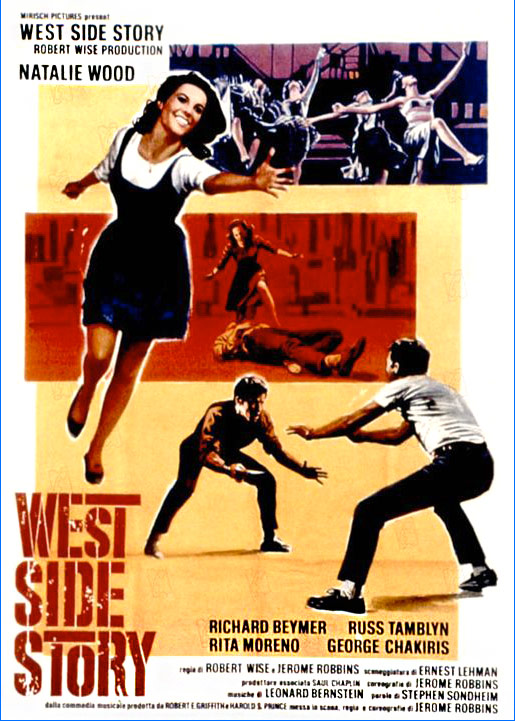
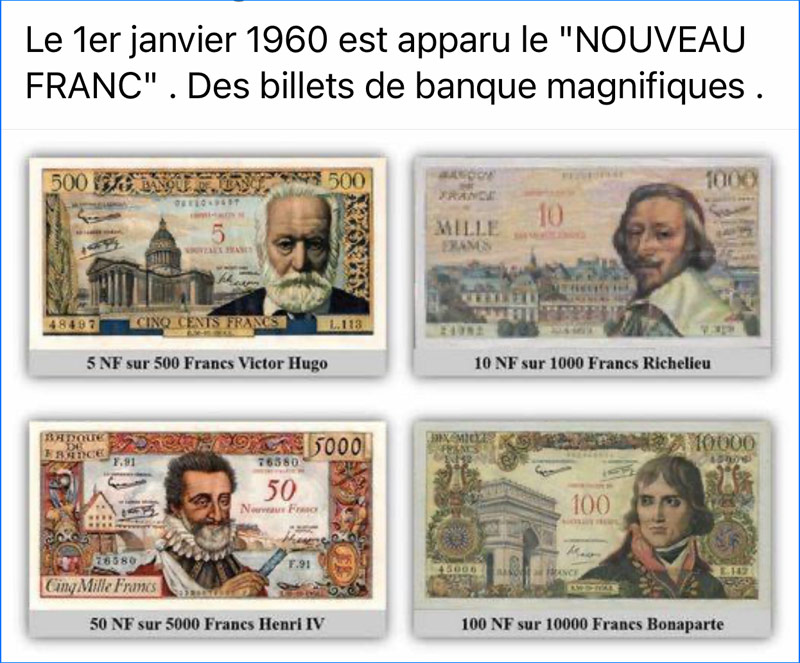

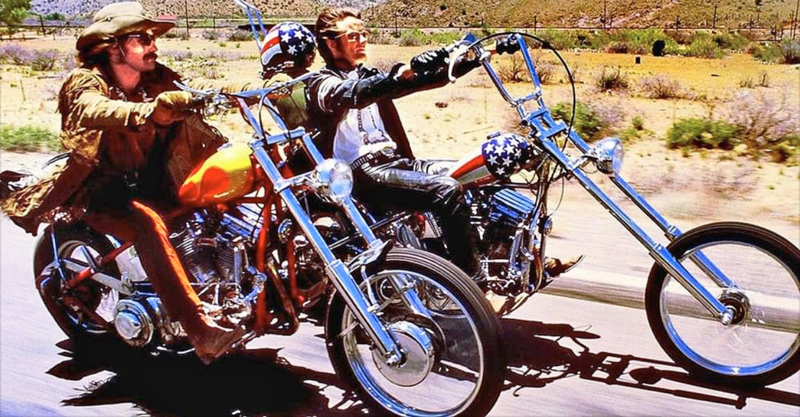
Film Easy Rider 1969
Deux hippies californiens, Wyatt et Billy, qui ont gagné de l'argent en revendant de la drogue, partent à moto pour le carnaval de La Nouvelle-Orléans, dormant à la belle étoile. En route, ils s'arrêtent un moment dans une communauté accueillante, mais l'hostilité contre leur mode de vie devient de plus en plus évidente. Ils sont arrêtés pour s'être joints sans autorisation à un défilé officiel et font la connaissance en prison d'un avocat alcoolique, Hanson, avec qui ils sympathisent et reprennent la route. La violence et la mort les cueilleront au bout de leur parcours, dans un sud xénophobe.
RÉALISATION Dennis Hopper
SCÉNARIO Peter Fonda, Dennis Hopper et Terry Southern
PHOTOGRAPHIE Laszlo Kovacs
INTERPRÉTATION Peter Fonda (Wyatt), Dennis Hopper (Billy), Jack Nicholson (George Hanson), Karen Black (Karen), Toni Basil (Mary), Phil Spector (Connection)
PRODUCTION Bert Schneider, Peter Fonda et William Hayward, pour Columbia

1965 fashion

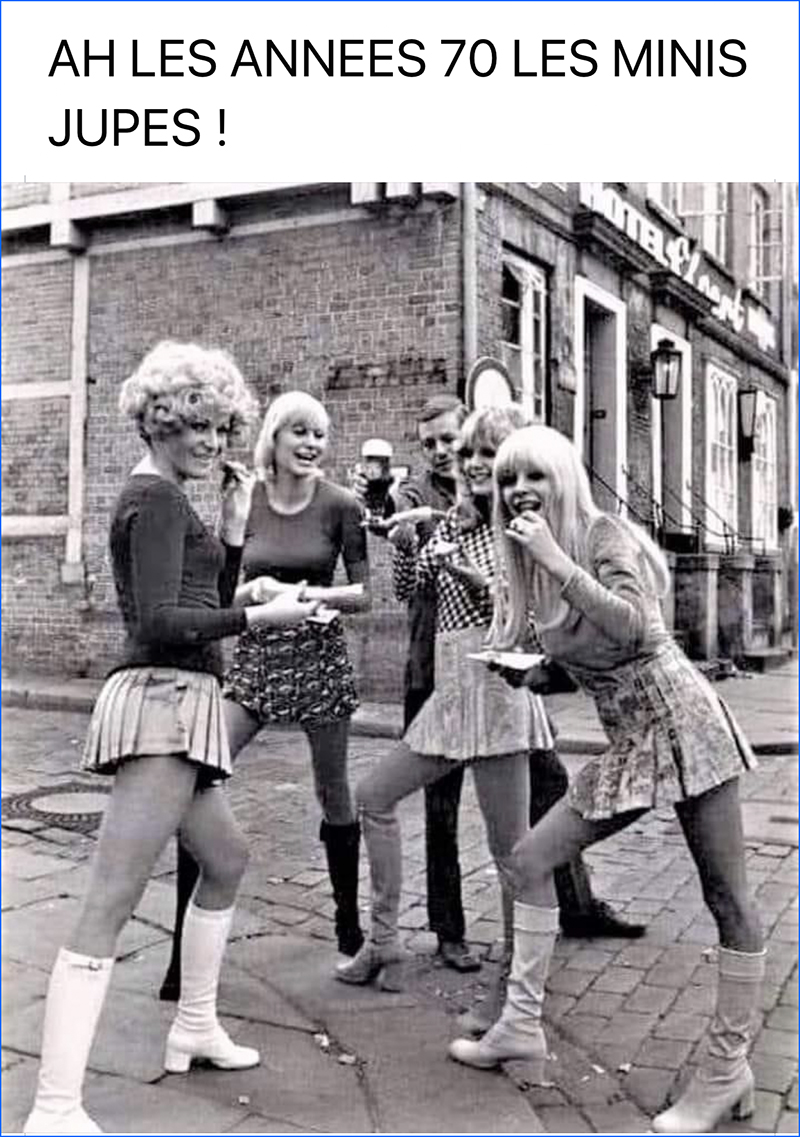
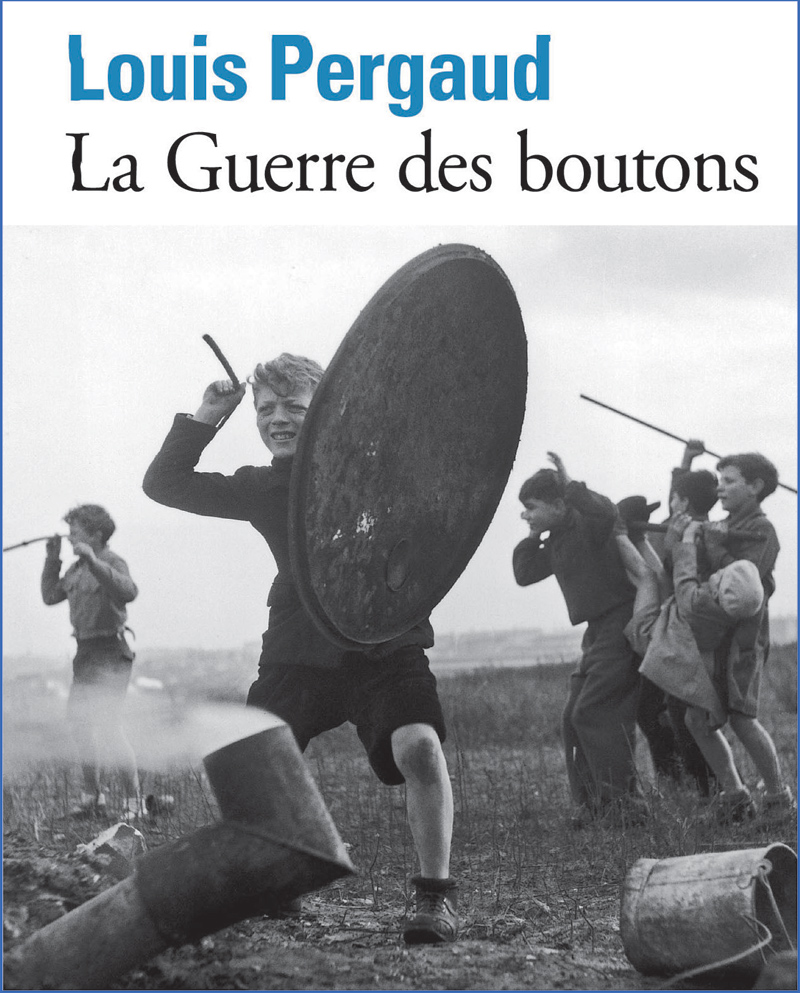
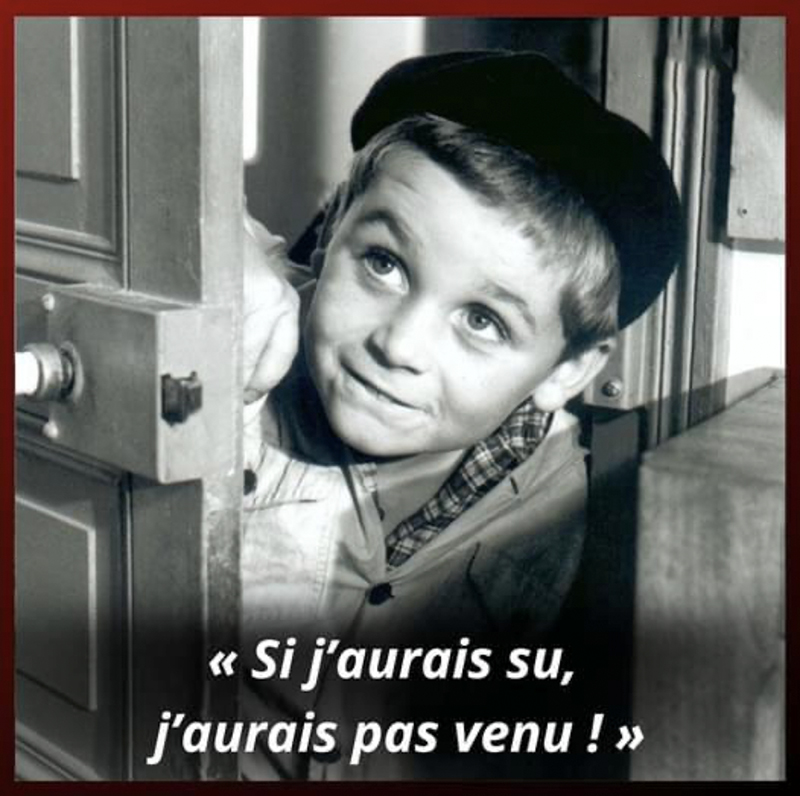
La Guerre des boutons est un film comique français réalisé par Yves Robert, sorti en 1962.
Il s’agit de l’adaptation du roman éponyme La Guerre des boutons de l'écrivain franc-comtois Louis Pergaud publié en 1912, le film réunissant André Treton, Michel Isella, Martin Lartigue dans le rôle du Petit Gibus ainsi que Jean Richard et Michel Galabru.
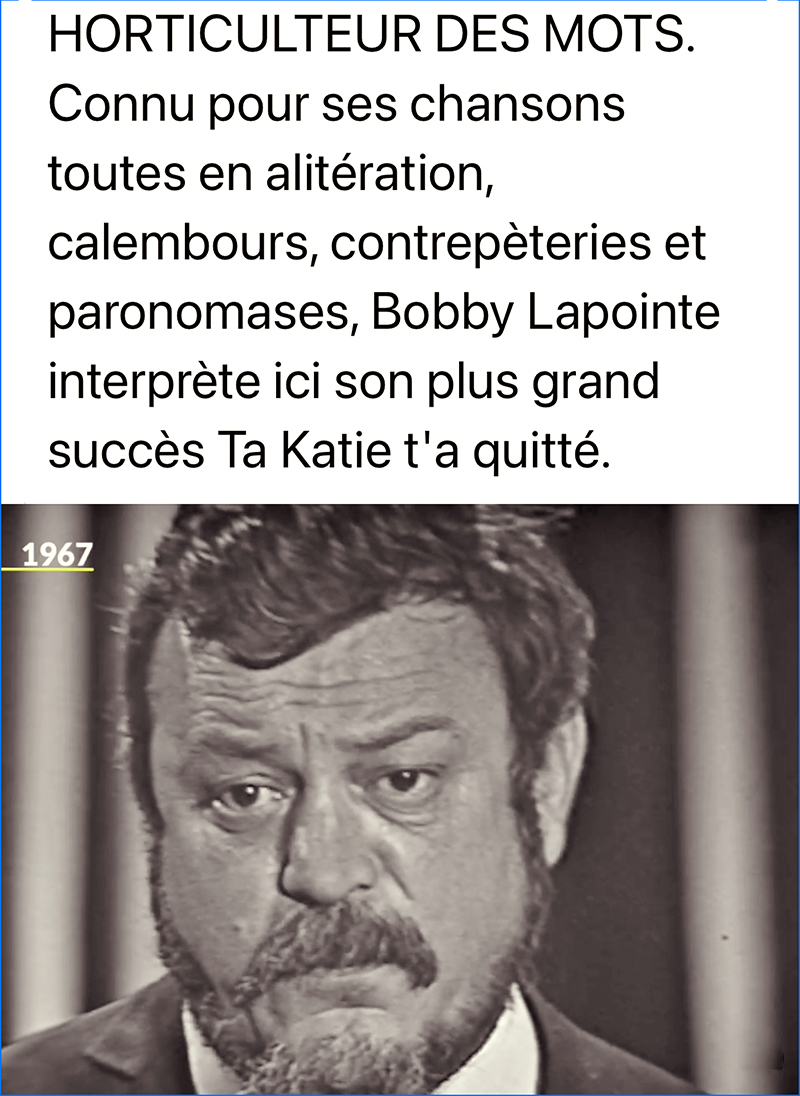
Robert Lapointe, dit Boby Lapointe, est un auteur-compositeur-interprète français, né le 16 avril 1922 à Pézenas (Hérault) où il est mort le 29 juin 1972.
Il est surtout connu pour ses chansons parsemées de calembours, de contrepèteries, d'allitérations et de paronomases.
C'est en 1954 qu'il commence officiellement sa carrière musicale : l'acteur Bourvil et le réalisateur Gilles Grangier choisissent une de ses chansons, Aragon et Castille, pour un passage musical où Bourvil chante, dans le film Poisson d'avril. Étienne Lorin, l'accordéoniste de Bourvil, est en effet devenu l'ami de Lapointe et a suggéré cette chanson à Bourvil. Bien que le film comme la chanson ne connaissent pas de succès, Lapointe est enfin introduit dans le milieu parisien.
Il fait ses grands débuts en tant que chanteur dans un cabaret parisien, Le Cheval d'Or. Il y croise Anne Sylvestre, Raymond Devos, Ricet Barrier et Georges Brassens, avec qui naît une sympathie réciproque. Lapointe est remarqué non seulement pour sa présence physique (sa taille et son aspect athlétique n'y sont pas étrangers, de même que ses airs faussement bourrus), mais aussi pour son élocution aléatoire et son style de textes tout en jeux de mots. Il devient ainsi l'attraction principale du cabaret et attire l'attention du réalisateur François Truffaut. Ce dernier imagine de lui faire jouer le rôle du chanteur de bar dans son nouveau film Tirez sur le pianiste, avec Charles Aznavour dans le rôle du pianiste. Truffaut juge utile, vu le rythme des calembours, de faire sous-titrer la séquence du chant. Boby Lapointe devient pour la presse « le chanteur français sous-titré ». Les chansons choisies sont Framboise et Marcelle. Lapointe rencontre Philippe Weil sur le tournage. Celui-ci l'engage dans un autre cabaret parisien, Les Trois Baudets. En 1960 et 1961, Lapointe y enregistre deux disques avec notamment les chansons Marcelle, Le Poisson fa, Bobo Léon et Aragon et Castille, qui rencontrent enfin le succès.
Les compositions suivantes ne démentent pas ce succès : L'Hélicon, Ta Katie t'a quitté, Saucisson de cheval, Comprend qui peut, Méli-mélodie, Le Tube de toilette, La Maman des poissons… Boby Lapointe devient un invité récurrent de l'émission Les Raisins verts de Jean-Christophe Averty, pour laquelle il va jusqu'à interpréter une chanson qui n'est pas à son répertoire habituel, Si j'avais un marteau, en maniant une faucille d'un air entendu.
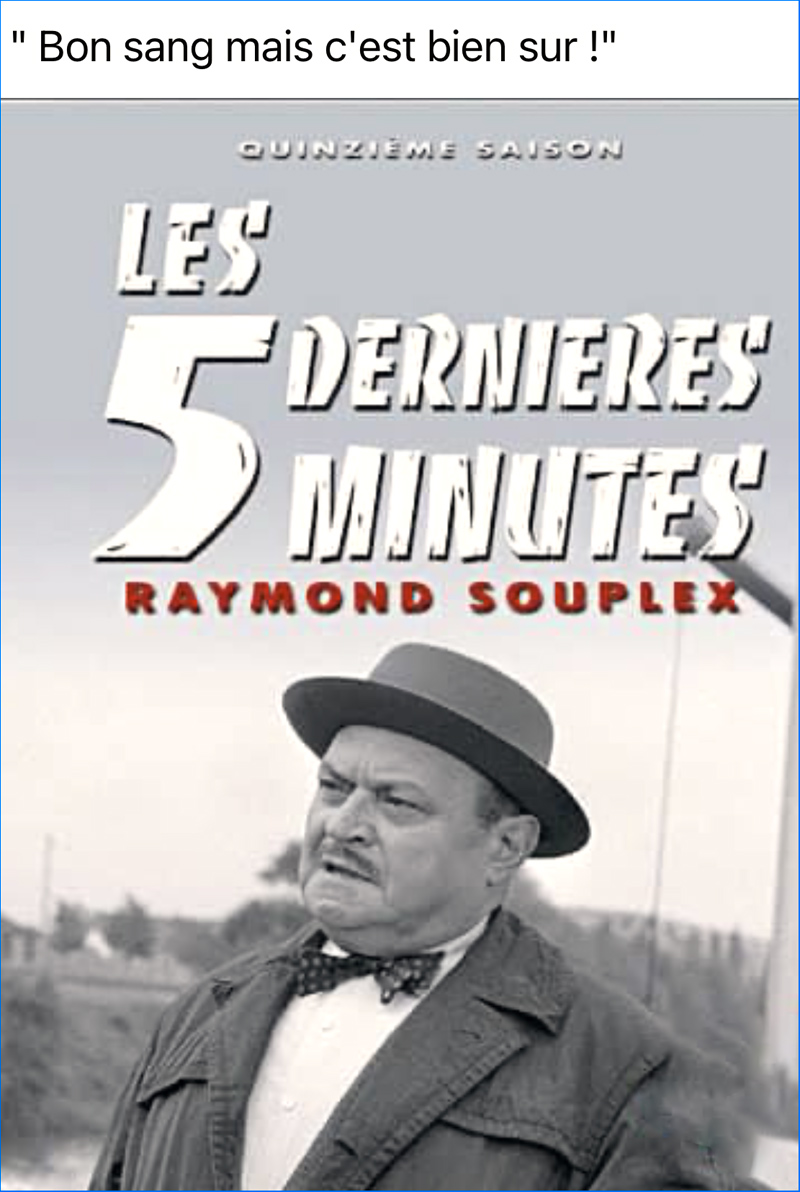
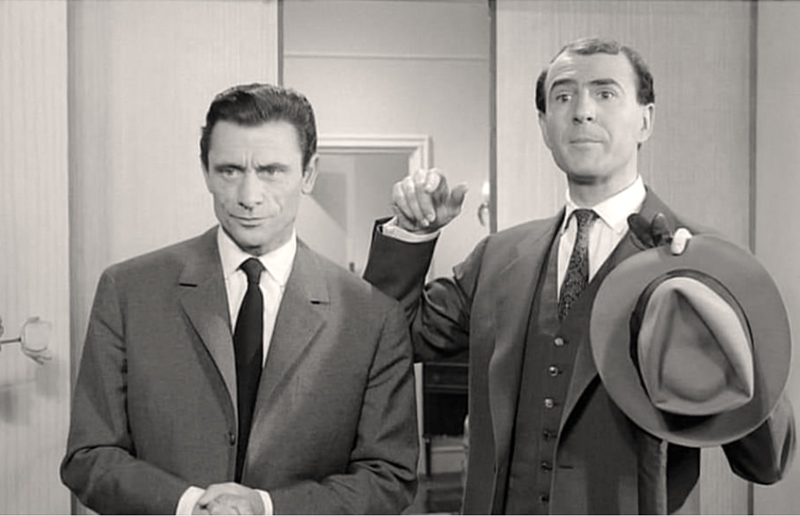
Robert Lamoureux et Jean-Pierre Marielle en 1960

"Johnny B. Goode" is a 1958 rock-and-roll song written and first recorded by Chuck Berry. Released as a single, it peaked at number two on Billboard magazine's Hot R&B Sides chart and number eight on its Hot 100 chart.
"Johnny B. Goode" is considered one of the most recognizable songs in the history of popular music. Credited as "the first rock & roll hit about rock & roll stardom", it has been recorded by many other artists and has received several honors and accolades, including being ranked seventh on Rolling Stone's list of the "500 Greatest Songs of All Time" and included as one of the 27 songs on the Voyager Golden Record, a collection of music, images, and sounds designed to serve as a record of humanity.
Deep down in Louisiana close to New Orleans
Way back up in the woods among the evergreens
There stood a log cabin made of earth and wood
Where lived a country boy named Johnny B. Goode
Who never ever learned to read or write so well
But he could play a guitar just like a-ringin' a bell
Go go
Go Johnny go go
Go Johnny go go
Go Johnny go go
Go Johnny go go
Johnny B. Goode
He used to carry his guitar in a gunny sack
Go sit beneath the tree by the railroad track
Oh, the engineers would see him sitting in the shade
Strumming with the rhythm that the drivers made
The people passing by they would stop and say
"Oh my what that little country boy could play"
Go go
Go Johnny go go
Go Johnny go go
Go Johnny go go
Go Johnny go go
Johnny B. Goode
His mother told him "someday you will be a man
And you will be the leader of a big old band
Many people coming from miles around
To hear you play your music when the sun go down
Maybe someday your name will be in lights
Saying "Johnny B. Goode tonight"
Go go
Go Johnny go
Go go go Johnny go
Go go go Johnny go
Go go go Johnny go
Go
Johnny B. Goode
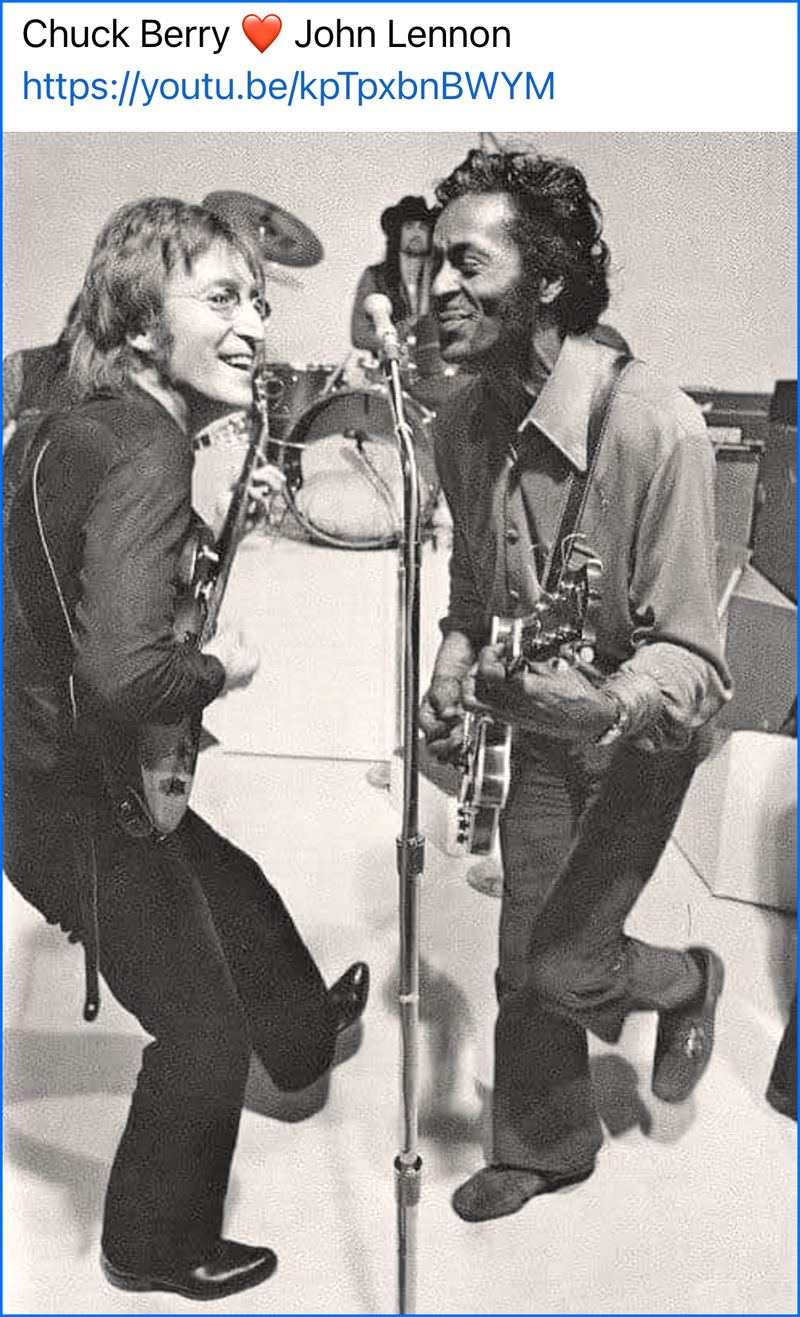

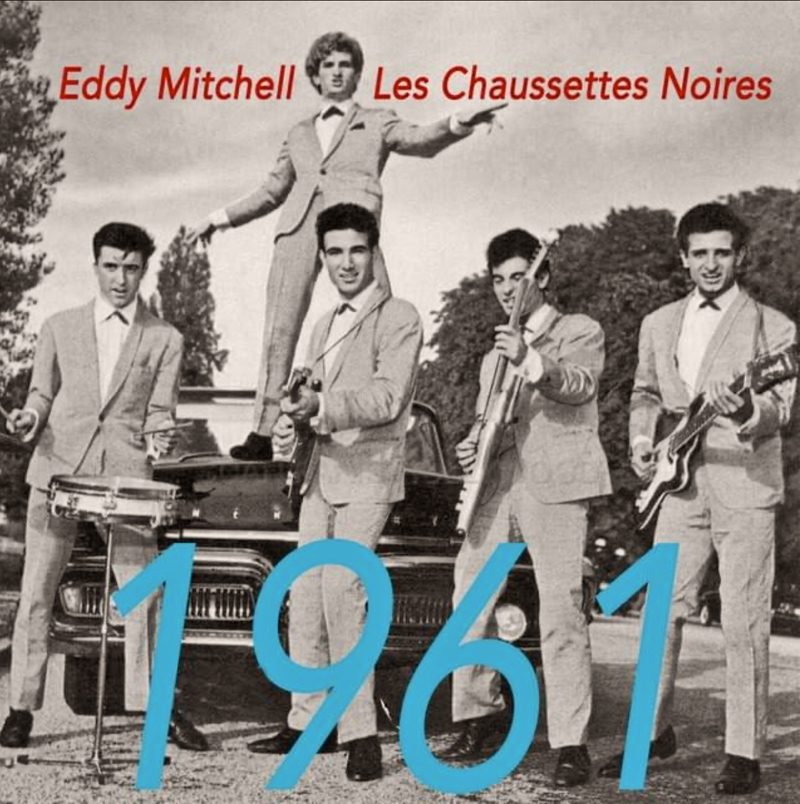
La Piste aux étoiles était une émission de télévision française de Gilles Margaritis, présentant un spectacle de cirque, enregistrée principalement au Cirque d'Hiver à Paris ou au cirque Pinder.
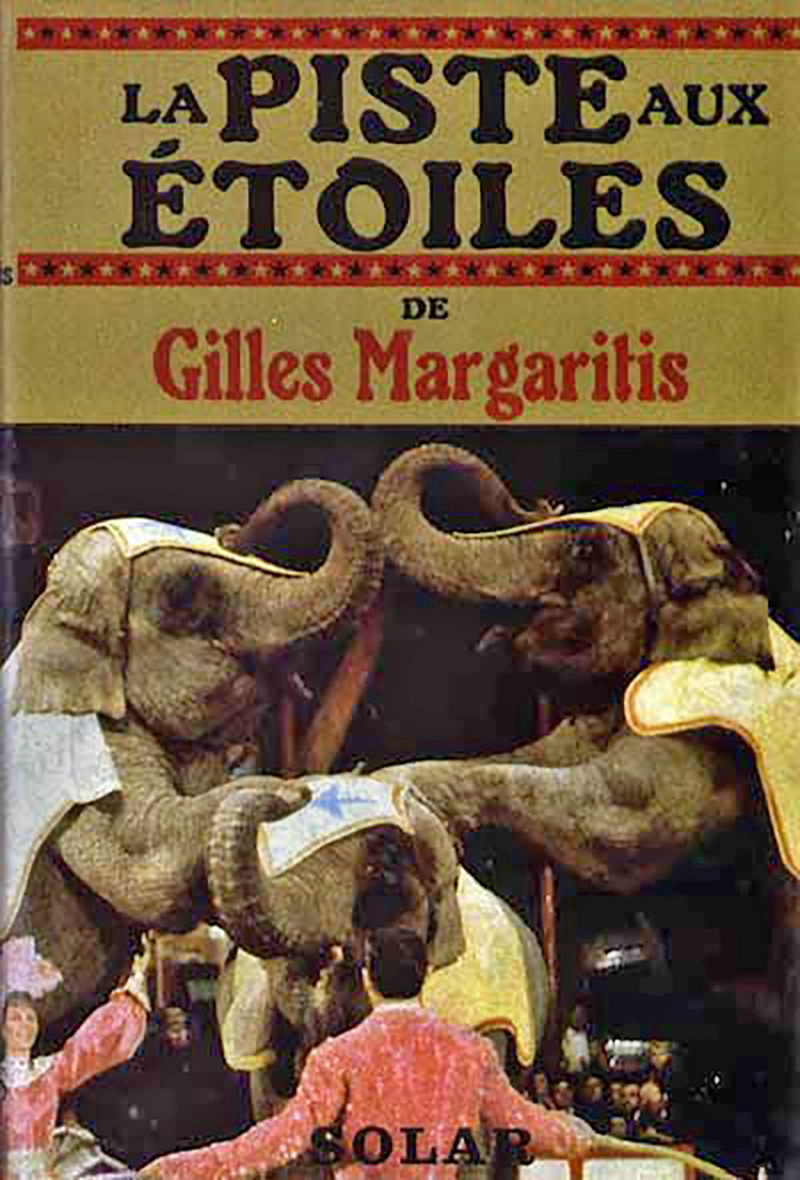
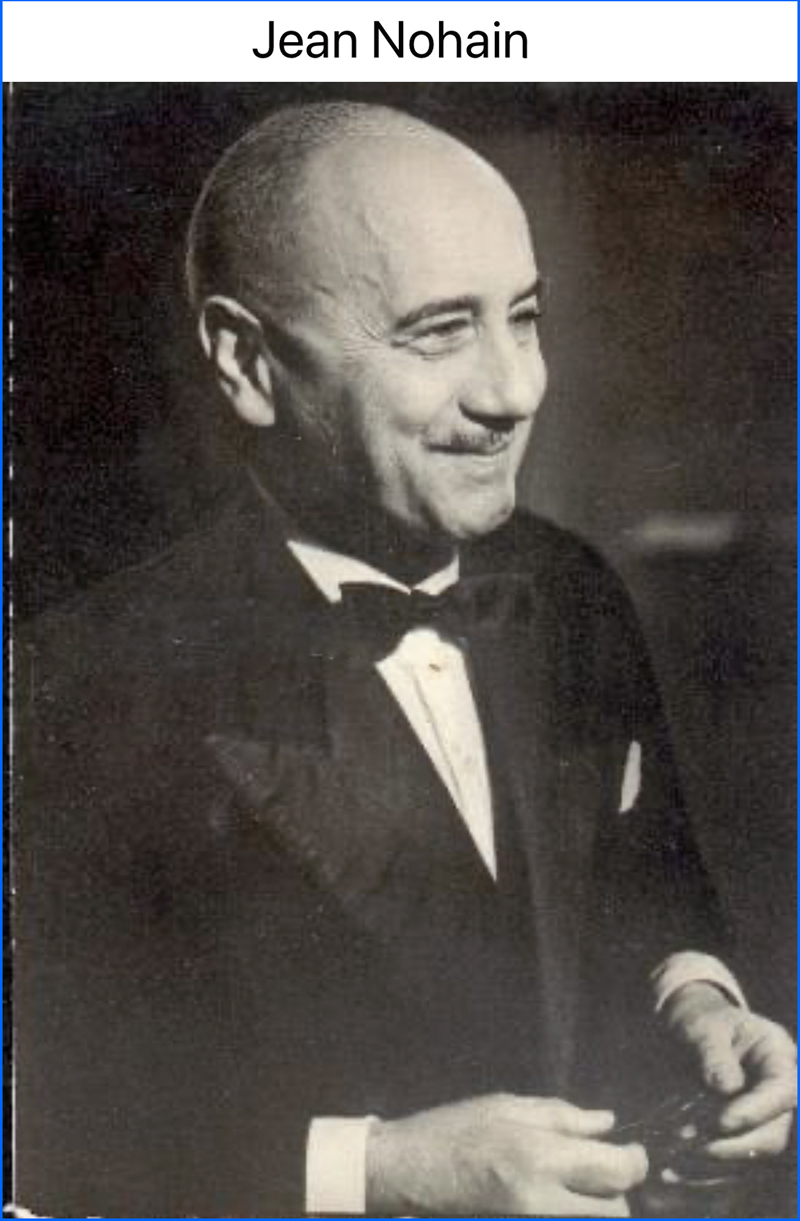
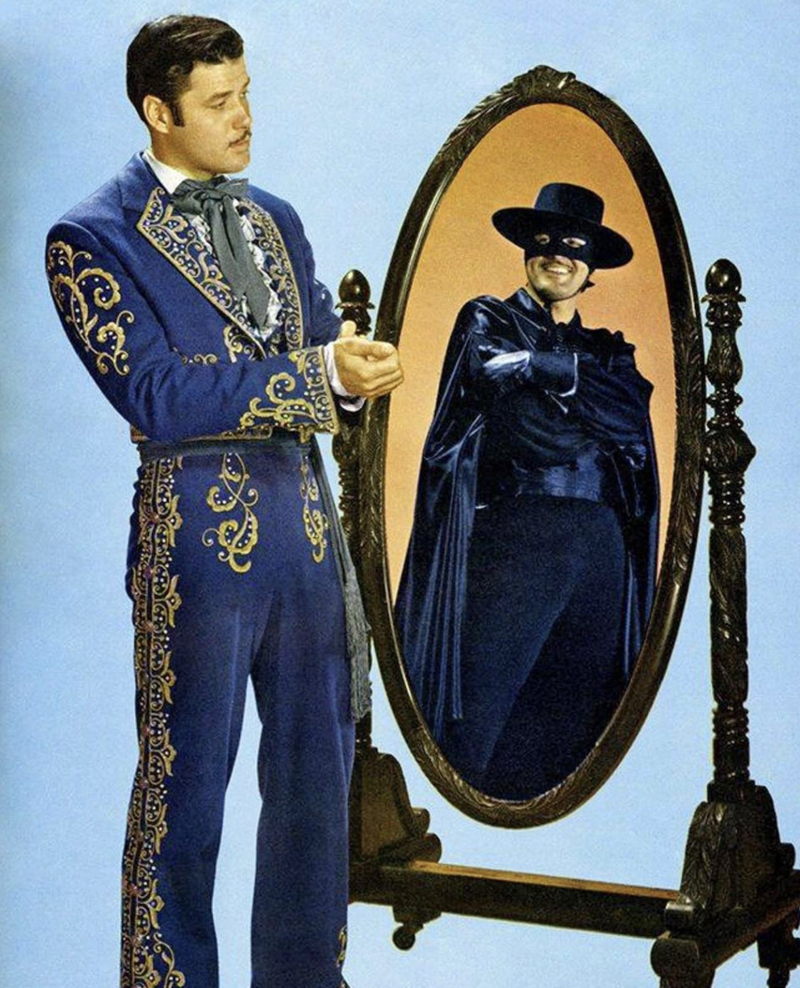
Zorro
En France, la série a été diffusée pour la première fois à partir du 7 janvier 1965. Sur les 78 épisodes, seuls 391 seront diffusés sur la première chaîne de l'ORTF lors de sa première diffusion.
Guy Williams (VF : Jean-Louis Jemma) {sauf dans l'épisode 12 de la saison 1} : Don Diego de la Vega / Zorro
Henry Calvin (VF : Fernand Rauzena) : le sergent Demetrio López García
Gene Sheldon : Bernardo, le fidèle serviteur muet de Don Diego
George J. Lewis (VF : Jacques Berlioz / Jean Ozenne) : Don Alejandro de la Vega
Don Diamond10 (VF : Jacques Dynam) : le caporal Reyes (à partir de l'épisode 14 de la saison 1)
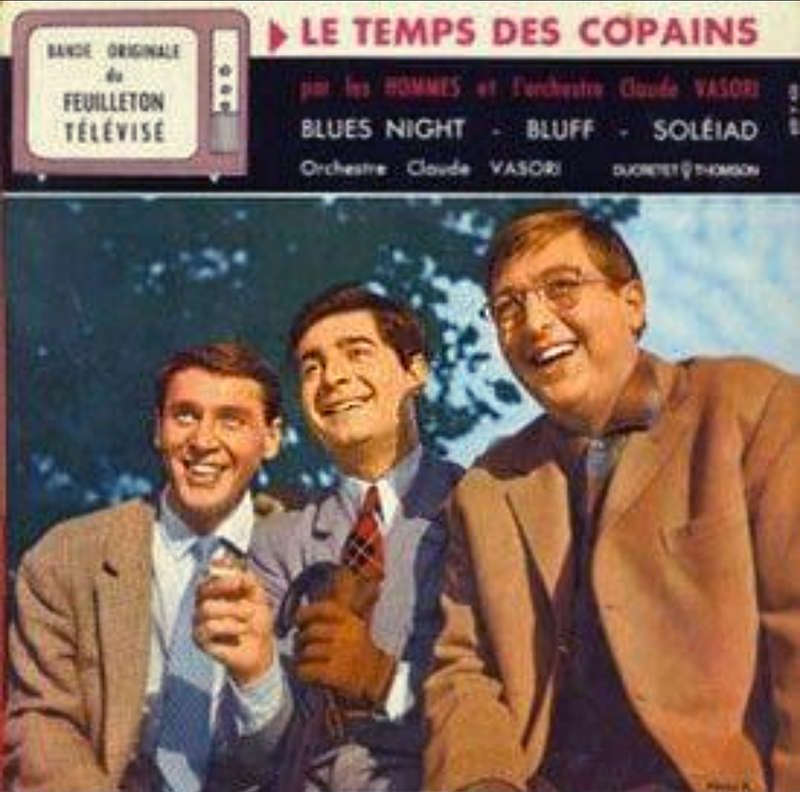

Je suis de "la génération X". Quiconque est né entre 1950 et 1980 en fait partie.
Ceci n'est pas l'apologie du bon vieux temps, ni une critique du monde en 2022, juste ce que j'ai vécu. Pour info j'aime beaucoup mon GPS.
Nous avons connu l'époque musicale la plus riche : Beatles, Stones, Floyd, Led Zep, etc..
Nous avons survécu en faisant du vélo sans casque.
J'avais les cheveux longs. J'étais un hippy. Mais j'étais bien trop pauvre pour Woodstock aux USA.
Les Monty Phyton, Guy Bedos, Bourvil, Henri Salvador, Benny Hill, Cavanna etc.. me faisaient bien rire. National Géographique et Playboy m'émerveillaient. Jacques Brel mon chanteur favori.
Nous avions beaucoup d'espoir pour l'avenir. Hitler s'estompait. Les Américains marchaient sur la lune. Le Concorde a traversé l'Atlantique, le film 2001, l'Odyssée de l'espace faisait tous rêver. Tout était à faire et à découvrir. Le politiquement correct n'existait pas encore. Kodak était ma religion. Le film "Il était une fois dans l'ouest" m'a ouvert une autre dimension au cinéma : peu de dialogue, tout repose sur les images.
Nous allions à l'école à pied entre amis, passions beaucoup de notre temps dehors, sans crainte d'être importunés. Nous allions voir nos amis sans les prévenir et ils faisaient de même. Les diplômes avaient de la valeur.
Les Mathématiques me comblaient : La seule matière ou on vous donnait la vérité avec la possibilité de la vérifier soi-même.
Pas de pesticides. Nous n'étions pas envahis par la pub. Pas de fast-food. Les chanteurs étaient célèbres pour leur talent, pas leur look. On ne photographiait pas nos repas, ni nos trajets avions pour les amis. Nous n’étions pas envahis de mots anglais, ni de sigles, les photos avaient de la valeur. On ne trouvait pas les textes des chansons sur le net. On chantait les mots anglais sans savoir leur sens.
Douglas Adams était ma meilleure littérature qui supplantait "toute" la littérature. Calvin et Hops, Sempé, Snoopy pouvaient tout se permettre. Coluche est toujours pour moi l'homme le plus intelligent du monde.
Nous avons découvert à la TV les dessins animés de Walt Disney et les Shadoks.
Le Concorde, le Paquebot France nous rendaient fiers.
Pas de Wikipedia, pas d'accès instantané à toutes les connaissances mondiales, nous allions à la bibliothèque. Pas de GPS, nous lisions des cartes. Les bouteilles étaient en verres et consignées.
Brigitte Bardot et Claudia Cardinale m'enflammaient. Les filles n'avaient pas de tatouages, ni de piercing, ni de trous dans leur jeans. Elles portaient des mini-jupes.
La libération sexuelle : après la pilule, avant le sida.
Ma sœur Martine nous lisait Tintin et Milou et Astérix à mon frère et à moi avant de nous coucher.
J'avais 18 ans quand nous avons eu le téléphone à la maison.
On pouvait photographier partout sans autorisation, sur un tarmac d'aéroport, dans un bus, dans la rue, au marché, dans une expo, etc.
Les jeunes n’étaient pas blasés de tout.
La musique n’était pas créée par ordinateur.
Il n'y avait pas de centres commerciaux, mais des petits commerces ou les gens se parlaient.
L’humanité n’était pas régie uniquement par l’argent.
On ne parlait pas encore réchauffement climatique, ni d'extinctions animales, ni de terrorisme, ni de Kardashian. Pas de sécheresse, pas de covid, pas de Putin.
Manger était simple : pas de soucis gluten, bio, halal, etc..
Des êtres humains répondaient au téléphone des administrations.
Nous avons programmé le magnétoscope avant tout le monde et avons connu l'invention du Laser Vidéo, des CD et des DVD...
Les ordinateurs sont apparus, on les appelait des micros. Steve Jobs a révolutionné ma vie. Les ordinateurs de plongée se sont bien améliorés.
Nous avons vécu sans téléphones portables. Hé oui.
Les jeunes ne regardaient pas les films sur leurs smartphones. Comment peut-on apprécier, par exemple, "Il était une fois dans l'Ouest" sur un tout petit écran ?
Nous n'avions pas de Facebook et Twitter... mais nous avons passé des moments inoubliables ensemble à refaire le monde les uns avec les autres !!!
Les parisiens ne klaxonnaient pas constamment, même derrière les poubelles, même derrière les vieilles dames qui traversent dans les clous.
Les gens se disaient "bonjour".
Pas de salle de bains, pas d'eau chaude au robinet, pas de chauffage central, WC dans la remise au fond de la cour.
Maintenant, il faut réserver partout pour tout.
Pas besoin de copier ses discussions en même temps dans WhatsApp, Messenger, Instagram, Facebook, Mail, etc.
Nous mangions ce qu'il y avait dans nos assiettes, point.
Plus de joie de vivre, de patience, de bonne humeur. J'ai vécu l'incouciance des lendemains heureux, le plaisir de me coucher sans angoisse.
Il n'y avait rien, mais il y avait tout.
J'ai découvert la photographie à travers les œuvres d’Henri Cartier Bresson, Sabine Weiss, Steve McCurry, Marc Riboud, Lucien Clergue, Robert Cappa, Willy Ronis, Robert Doisneau, Bill Brandt, Dean Collins, Peter Lindbergh, Jeanloup Sieff, Paolo Roversi, Irving Penn, Helmut Newton, Annie Leibovitz, Sebastiao Salgado, Reza Deghati, Raymond Depardon, David Doubillet, Rémy Poinot, Raymond Depardon, Peter Beard, et bien d'autres encore.


|
They call us ”The Elderly”
We were born in the 40-50-60’s.
We grew up in the 50-60-70's.
We studied in the 60-70-80's.
We were dating in the 70-80-90's.
We got married and discovered the world in the 70-80-90's.
We venture into the 80-90’s.
We stabilize in the 2000’s.
We got wiser in the 2010’s.
And we are going firmly through and beyond 2020.
Turns out we've lived through EIGHT different decades...
TWO different centuries...
TWO different millennia...
We have gone from the telephone with an operator for long-distance calls to video calls to anywhere in the world.
We have gone from slides to YouTube, from vinyl records to online music, from handwritten letters to email and Whats App.
From live matches on the radio, to black and white TV, colour TV and then to 3D HD TV.
We went to the Video store and now we watch Netflix.
We got to know the first computers, punch cards, floppy disks and now we have gigabytes and megabytes on our smartphones.
We wore shorts throughout our childhood and then long trousers, Oxfords, flares, shell suits & blue jeans.
We dodged infantile paralysis, meningitis, polio, tuberculosis, swine flu and now COVID-19.
We rode skates, tricycles, bicycles, mopeds, petrol or diesel cars and now we drive hybrids or electric.
Yes, we've been through a lot but what a great life we've had!
They could describe us as “exennials”; people who were born in that world of the fifties, who had an analog childhood and a digital adulthood.
We've kind of “Seen-It-All”!
Our generation has literally lived through and witnessed more than any other in every dimension of life.
It is our generation that has literally adapted to “CHANGE”.
A big round of applause to all the members of a very special generation, which will be UNIQUE. |
 |
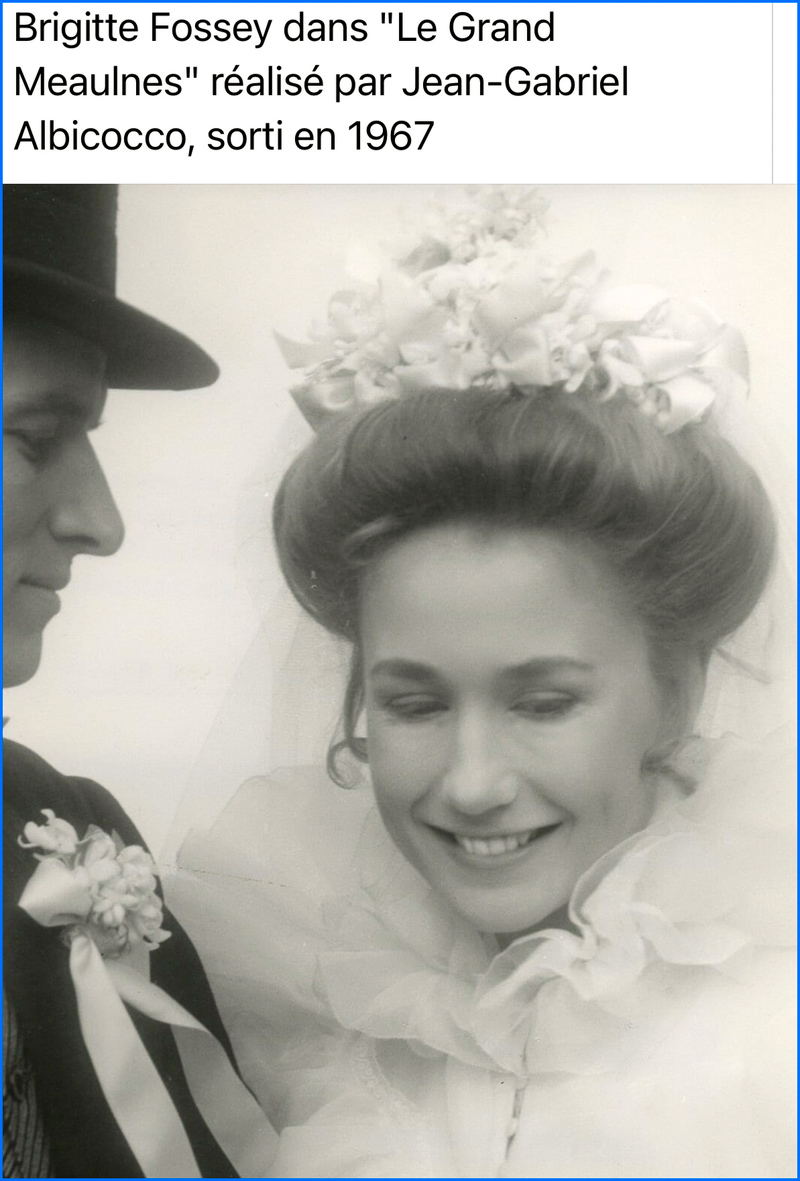 |
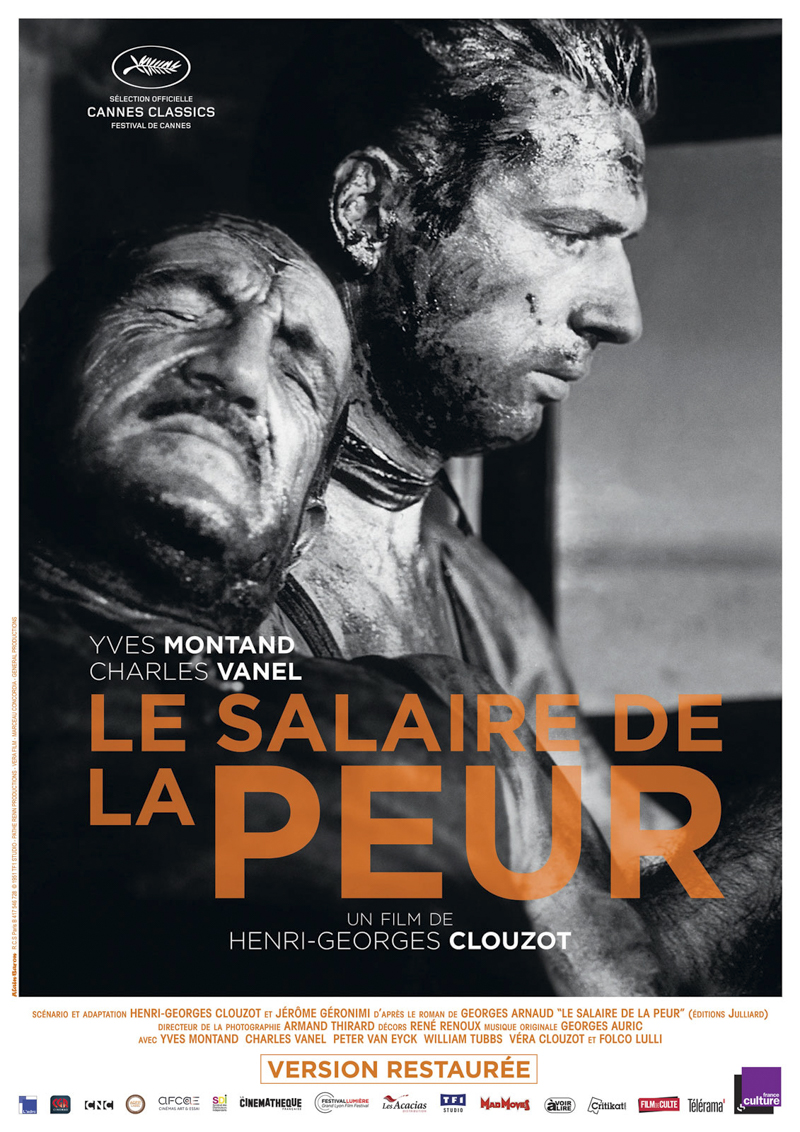 |
Music imprints itself in the brain deeper than any other human experience
|
| Some LPs of my youth. |
 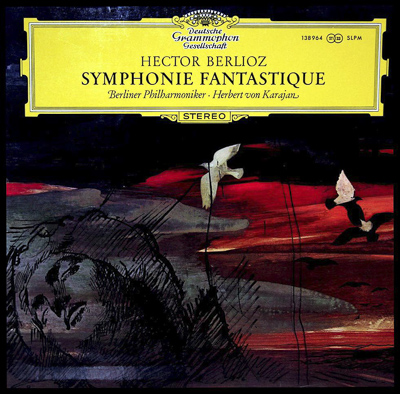
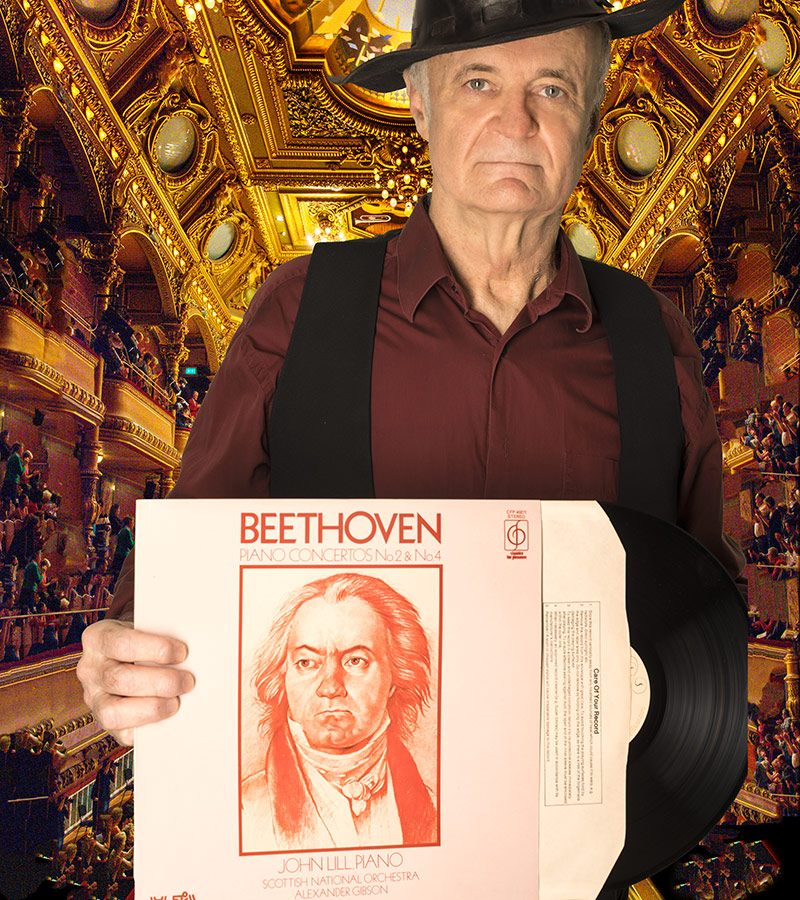 |















































































































 Drying
Drying




















































































































































 Laurel and Hardy
Laurel and Hardy

























































